
FREE Vol. 19 No. 1 (1) • October (1) 2011 • www.indianlink.com.au • FORTNIGHTLY SYDNEY Level 24/44 Market St, Sydney 2000 • GPO Box 108, Sydney 2001 • Ph: 18000 15 8 47 • email: info@indianlink.com.au Sydney • Melbourne • Adelaide • Brisbane • Perth • Canberra Lunch for Mayor Memsaab!
Sydney restaurateur Ajoy Joshi with Lord mayor Clover Moore in John Slaytor’s Shoot The Chef entry

2 <> OCTOBER (1) 2011 INDIAN LINK

OCTOBER (1) 2011 <> 3 NATIONAL EDITION


4 <> OCTOBER (1) 2011 INDIAN LINK
INDIAN LINK
PUBLISHER
Pawan Luthra
EDITOR
Rajni Anand Luthra
ASSISTANT EDITORS
Sheryl Dixit
MELBOURNE
Preeti Jabbal
CONTRIBUTORS
Ritam Mitra, Sujith Krishnan, Uttam Mukherjee, Azal Khan, Sydney Srinivas, Anusha Menon, Komal Utsav Jagad, Priyanka Tater, Farrha Khan, Ashita Vadher, Noel G deSouza, Tim Blight, Frankey Gerard Fernandes, Astha Singh, Farzana Shakir, Tom King, Nancy Jade Althea, LP Ayer
ADVERTISING MANAGER
Vivek Trivedi 02 9262 1766
ADVERTISING ASSISTANT
Nitika Sondhi 02 9279 2004
GRAPHIC DESIGN AND LAYOUT

Melissa Walsh
Indian Link is a fortnightly newspaper published in English. No material, including advertisements designed by Indian Link, maybe reproduced in part or in whole without the written consent of the editor. Opinions carried in Indian Link are those of the writers and not necessarily endorsed by Indian Link. All correspondence should be addressed to
Indian Link
Level 24/44 Market St, Sydney 2000 or GPO Box 108, Sydney 2001
Ph: 02 9279-2004 Fax: 02 9279-2005
Email: info@indianlink.com.au
Beyond the CHOGM ‘snub’

However much it is disguised, India has effectively snubbed Australia over its invitation to attend the Commonwealth Head of Governments meeting in Perth later this month by sending a delegation headed by Mr Hamid Ansari, Vice President of India. A meet which will be attended by the heads of over 50 Commonwealth countries and is to be opened by the Queen herself, is akin to sending a local district cricket team to play in a Test match against Australia in Sydney. The Indian Prime Minister’s decision not to attend was made clear over 10 weeks ago, and can be clearly construed as a sign of discontent within the Indian government over Australia’s reluctance to sell uranium to India.
The current Labor party will not sell uranium to India because of certain conditions. Firstly, the doctrine of the Labor party refuses to accept uranium sales to countries which are not signatories to the Nuclear Test Ban Treaty (NTBT). A change to this decision has to go through the party itself and there seems to be limited urgency to make this happen. Currently the government is in a precarious position both at the polls and the various controversies surrounding it, such as poker reforms, the carbon tax, asylum seekers policy confusion etc. They need another controversial issue like the
BY PAWAN LUTHRA
sale of uranium to a non signatory to NTBT country like a hole in the head! Even if there are rumblings within the government to allow this to happen, the Greens have made their stand clear on the uranium export issue, not only to India, but to any other country. It will be difficult to see this sale gain the traction it needs, considering the Greens’ close hold over the government. So, despite persuasive arguments by Indian diplomats in Australia and mainstream as well as Indian origin writers, it is hard to see the ruling Labor party in Australia moving on this issue for a while.
Meanwhile, the world moves on and India needs to build its allies strategically with a long-term view. The country is already losing its soft diplomacy to China in South East Asia, and has not been able to counter the influence China exerts in countries in the Indian Ocean. Well-known political analyst Christopher Pearson has said, “The ‘String of Pearls’ describes the manifestation of China’s rising geopolitical influence through efforts to increase access to ports and airfields, develop special diplomatic
relationships and modernize military forces that extend from the South China Sea through the Strait of Malacca, across the Indian Ocean, and on to the Persian Gulf.” The term ‘String of Pearls’ was used in an internal United States Department of Defence report titled, ‘Energy Futures in Asia’.
It is of strategic interest for India, Australia and South Africa to look at a means of checking this growing influence of China in the region surrounding it. The USA understands and recognises the play of the dragon; India is also aware of the Chinese cooperation with Pakistan on a number of issues to tame the Indian tiger in its own backyard. Now is the time for India to work with its friends on issues which can have a long term impact in the political scenario within Asia.
Australia will sell uranium to India; it is just a matter of time. Meanwhile, ensuring that relationships are maintained at the highest levels is important. A short flight from India to Perth by the Indian Prime Minister for an international summit would have helped progress international cooperation between the two countries. At times, it is important to take a short-term loss for a long-term gain.
OCTOBER (1) 2011 <> 5 NATIONAL EDITION www.indianlink.com.au EDITORIAL
What’s On
FESTIVAL
Deepavali Milan Sat 8 Oct Diwali celebration including Laxmi poojan by Panditji, excerpts from the Ramayana, cultural performances by kids and professionals, lucky draw, and snacks and dinner. 6.00pm at Hornsby War Memorial Hall, 2 High St, Hornsby.
Details Kamini Sahni 0401 059 923, Shibani Sahni 0416 601 688.

Diwali Ball Sat 15 Oct Aum Foundation celebrates the Festival of Lights at their inaugural fundraising event, a 4-hour cruise aboard the Starship Sydney on Sydney Harbour.
Details visit www.aumfoundation.com.au
Diwali Cruise Sun 23 Oct Australia Hindi Indians Association (AHIA) announces a Diwali celebration on Sydney Harbour. Open this year to non-members. Board 5.00pm sharp at Huntleys Point Wharf, Gladesville.
Details Pravesh Babhoota 0422 008 907.
Diwali Cruise Fri 28 Oct Agasteena Patel and Sonam Patel announce a Diwali celebration on Sydney Harbour, onboard the three-level Vagabond Spirit. 8pm to midnight.The four hour cruise will include vegetarian dinner with unlimited soft drinks, Bollywood DJ and music, exciting raffles and other surprises.
Details Agasteena 0421 523 414, Sonam 0413 560 046.
Grand Diwali Dinner Sat 5 Nov India Club announces Diwali Dinner with entertainment and special prizes. 6.15pm at
Castle Grand Pioneer Hall, 1-17 Castle St, Castle Hill.
Details Shubha Kumar 02 9873 1207.
STAGE
Jeevan dhan Sat 15 Oct NSW Indian Welfare Organisation presents an evening of light music, a program to promote organ and tissue donation. 6.30pm at Sydney Baha’i Centre, 107 Derby St, Silverwater.
Details Malli Iyer 02 9659 0056.
SPORT
Council of Indian Australians, together with Hornsby Ku-ring-gai and Hills District Cricket Association, invites cricket players of Indian origin for their 2011/12 cricket season. Competitive cricket games are available for all ages.
Details visit www.hkhdca.com.au
FILM
Balgandharv 9 Oct Akashwani Syndey and Marathi Association Sydney present Marathi film Balgandharv, Burwood RSL Club Burwood, 2.30pm. Details Sharad Pathak 0412 478 171.
The Bengali Detective Sun 9 Oct Antenna International Documentary Film Festival presents as its closing feature UK filmmaker Philip Cox’s documentary The Bengali Detective, based on a Kolkata private detective. 8.00pm at Cinema 1, Chauvel Cinema. Details visit www.antennafestival.org
EXHIBITION
One Hundred Flowers 1 Sep 2011 – 2 Jan 2012 The exhibition One hundred flowers (Art
Gallery of NSW), is a selection of works that have been added to the Gallery’s Asian collection over the last five years. Covering many centuries, the wide selection of art on show represents high points of artistic expression across countries and cultures as diverse and distant as Tibet and Indonesia. Outstanding among the displays is a stunning 13th-century Nepalese gilt bronze figure of Padmapani, recently acquired with the assistance of many generous donors. Other gilt bronzes on display also exemplify the quality and spirituality attained by Himalayan metal craftsmen. From India is a selection of exquisite miniature paintings, vibrant textiles and finely embroidered blouses (choli) worn by royal women of Kutch in Gujarat province.
In association with the exhibition One hundred flowers, Jackie Menzies, head curator Asian art, presents two exhibition talks, on 19 & 26 October 5.30pm, as part of the Gallery’s Art After Hours program. Details 02 9225 1744 or visit www.artgallery.nsw.gov.au
Love Lace Until April 2012 Powerhouse Museum presents groundbreaking lace works in a variety of materials. Indian artists Yogesh Purohit and Golnar Roshan are featured.
FUNDRAISER
Bollywood Beatz and Eatz Sat 3 Dec The Curries By Candlelight Committee presents a Bollywood themed fundraiser for Hornsby Hospital. 6.30pm at Hornsby War Memorial Hall, 2 High St, Hornsby. Details Shalini 0410 485 522, Kath 0422 215 389.
COVERSTORY Newnationalism
www.
patriotismquiteeasily.“Therewas timewhen theGandhianwaywasout date,”saysVarad.
SETTERS
BY SREEDHEVIIY
It’sbeen sagaworthy theRamayanaitself. singleman’sepicspiritualpilgrimageforthe sakeoftruth,forthesakeofjustice. Onecouldhaveusedthesewords describe MahatmaGandhi the1940s.Thewordsare nowinvogueagain,for gentle,soft-spoken,non-descriptivemancalledAnnaHazare. Howdoes account or sudden popularityinthepastfewmonths?Heisn’tthe firstcitizentofastforanendtogovernment corruption–BabaRamdev, well-known spiritualguru,attemptedthesame,butwithout anyrepercussions.IromSharmila, ladyin Manipur,hasbeenonan11-yearfastforthe repeal theArmedForcesSpecialPowers Act,whichhasyettooccur.Sowhatmakesthe AnnaHazaremovementanydifferent? inherentThemediaspotlightcomeswithitsown powers.Once story angledright, desiredresultsareinstantaneous.TheGandhi parallelsarealmosttoodelicioustoignore.Bu theyworkonlybecausethedisillusionment oftheaverageIndianwith governmentis sorifeandrampant, muchnow part theIndianDNA(andwhichgaveAmitabh Bachchan roaringcareer the‘70s)that
nolongeraleapoflogictobelievetheIndi citizenlivesunderanundemocratic,oppressive regime.BrisVaani localradiostationinBrisbane. runs24hours day,andservicestheIndiancommunitythroughrequestprograms, newscasts,trafficreports,andBollywood songs.Forthepastmonth,everyprogramme thathashad livedeejayhasmentioned AnnaHazare,inprogressivelyreverenttones. HismovementisreiteratedinHindi,Tamil, English,Sinhalese….Thename,likethem hascaughttheBrisbaneIndian’simagination. Thequestionremainsthough theseIndians nowwork,live,andpaytaxesinAustralia.Why would hungerstrikehappeningthousandsofmilesaway,garnernewsin localcommunity station?VaradRavalofBrisVaanifeelsthestrongest involvementcomesfromthefirst-generation ofIndians,thosewhohadarrivedin Queensland the‘60sand‘70s–andpossibly even newerarrivalsofthepastfewyears. “Thesearetheoneswhohaveexperiencedthe corruptioninIndia,”hesays.“Thefirstthing youthink whenyousay‘India’ispopulation.Thesecond,iscorruption.” AnnaHazare’sprojection hispersonality Gandhianinvolved non-violent movementisanotherfactorinhisdiasporic appeal.Acommunitythatisnostalgic its roots,willlatchontosuchiconicsymbolsof
“Butnow,withthingsliketheMunnabhai moviescapturingpublicimagination,theidea beenupdated.(AnnaHazare)isasoftspok g tlemanspeakingofthesecondwar ndepende e!”Strongwordsfrom quiet man, appealingcontrastndeequestionsti remains,though–has thisman’svictorybeen simplis one?Has complexissuebeenreduce topatrioticoneliners ordertoaccessthe adestpossible audience–after youcan’thavepeople powerwithoutthepeoplethemselves?Anna Hazareisn’twithouthisnaysayers. alilTripathi writesinim4changethattheHazareadulation ismisguided–themanwhoreformedhisown villageincludedwhippingaspunishmentfor imbibingalcohol.Gandhifastedasamethod ofself-purification,includingwhenpeoplein ashrambehaveddeplorably.It hardto imaginetheMahatmaroutinelyfastinginorder toimposehisownwillagainstademocratically electedgovernment.Andnow,AnnaHazare saysthevictoryishalf-won–andtherefurther demands referendums bemade hintingatfuturefasts,futurepassive-aggressive impositions.possiblyThecomplexitiesofsuchthingsaremost lostonthediasporicIndian,viewingthehomelandastherepositoryof cultural utopia.“There lot sentimentattachedto
thismovement,”agree Varad.“Thenostalgia there theIndians corru onfreeIndia.”Asentiment iseasiersaidthan done.Intheend,theAnnaHazaremovement symbolic thingsthatarebiggerthanthe man,andpossiblybiggerthanthemovement itself.Fordecades,theIndianvotebankhad bee tslowerclasses,boththeruralfarmerand theurbanlabourerchoosingpartymembers tha aren’tmuchcleverer themselves. TheIndianmiddle-class,characteristicin politicalapathyan crassconsumerism,neithercontributednorwereconsulted.Butwith therest non-westernworldbecomingpoliticisedandseekingreform,perhaps infectioussparkhasbeen inDe he middle-classIndianwhoisnotonlywearyof thecorruption,butsuddenlysavvyenough towant clean,viablealternativethatdoesn’tinvolvemigrating placeslikeAustralia. The Indianwantsto hisheelsinand demand changeonhomesoil.Whetherthis newwarofindependenceornot,thisisefinitely newkindof onalism,forming
TheroadtoHellispavedwithgoodintentions
CouldtheJanLokPalbillwhichseemstobegainingmomentumonthesteam ofmoralextortion,beastatementoncorruptionofadifferentform?
BY DARSHAKMEH
As as amconcerned,AnnaHazare at best,awell-intentionedex-armytruckdriver whohastappedinto richveinoftheIndian public’sdiscontentanddisillusionmentwith politicians,andrepresentstheirfrustrationand alarmat corruptioninIndiansociety.Fullmarkstohim.But, amexasperated whenpeoplecallhim Gandhian.Fora start,Idon’twanttobepreachedtoby manwhohasbeenaccused beatinguphis fellowvillagers RaleganSiddhiwithhisold armybeltforover-imbibingalcohol.Also, dictateswhatcableTVcan cannot bewatched,anduntilwhathours, his village?Addenforcedvasectomy thelist requirementsnecessaryforresidence his nativevillage another hisconditions.Excuseme,butwhoappointedyou their moralguardian?alsodon’twanttobepreachedby man whobelievesinsharia-likepunishmentof cuttingoffhandsorincapitalpunishment forgraft.ArewetalkingofAnnaHazare–allegedGandhian–ortheTaliban’sMullah Omar,here?manipulatedhavenodoubtthatheisbeing by coupleofothersinhis “team”,and generallyappallingIndian televisionchannelshave,atbest,cynically exploitedthehungerfastand worst, deliberatelyblockedopposingviewpoints frombeingaired.Forgettingmyaboveprejudices, us examinehismovement’sobjectives. Basically,theywanttofoistanunelected, extra-constitutionalauthority JanLokPal)
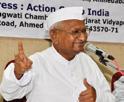
onthepeople India.Nowthatmaybeextremelyrelevantandtheneed thehourgiventhegargantuancorruptionscandals, butreally,isitinthebestinterests our democracy pushthisthrough form andtime-framedemanded,andwithout sufficientdebate safeguardsbu in,bythe electedrepresentativesofthepeople India? moreDemocraciesaremessy,crazyandnone sothanIndia,butthethoughtof “SuperSeshan”astheJanLokPalhaunts me.Somereadersmightremember hat megalomaniacIndianbureaucrat,TNSeshan, whoonbecomingIndia’sChiefElection Commissionerusurpedsuchpowersand authoritythattheelectedGovernmentof thedayquakedintheircollectiveboots his manyedictsandidiosyncrasies.Dowewant anotherSeshan LokPal? HowcanIndiahave “independent” (selectedandunelected) authority apost answerabletovirtually no-one? even parliamentaryoversight? newsuperPrimeMinister whocancallanyone account?Weneed be carefultoensurethat thecure(theerosionof democraticinstitutions) notmuchworsethanthe disease(ofcorruption). Sure, amasmuch againstcorruptionas anyoneelse–that a motherhoodstatement–but enforce demand downthethroatoftheworld’sgreatest democracybymeans shamelessmoral blackmaili.e. hungerfast, posturingand tyrannyoftheworstkind.Thegenuineness
<>SEPTEMBER 2011
Nice work, Darshak
isthemiddleclassIndianwho isnotonlyweary ofthecorruption, butsuddenlysavvy enoughtowant alternativeaclean,viablethatdoesn’ involvemigratingto placeslikeAustralia

firstly,thefactthatweneedtodefinewhatdo wemean corruption,andthenwhatdoes mean disenfranchisedthosewhoaredisempoweredand gettwooligarchiesinsteadofoneraidingoverthem.” Thinkaboutitandread repeatedly unt youfeelasuncomfortable Ido! Indianselecttheirowngovernments. thatgovernment corrupt,theyhavethe righttoelect newgovernment.Theyalsohavetherighttostand electionsif thepartiesaredeemedworthyoftheir votes.AnnaHazareproposesthat body morepowerfulthanthecurrentgovernment established.Thisbodywillnotbeelected bythepeople(andtheywillhavenosay thematter whocomprisesofthisbody) butappointed judges,IASofficers,Padma Bhushanwinnersand on. Whynotfocusonimplementingthearray ofanti-corruptionlawsthatalreadyexist? It’sconvenient protest thestreet,shout slogansandtake ‘holierthanthou’stance againstthegovernmentandgovernment officials.Weforgetthatwehavebeenequally guiltyandcorruptforsustainingthatsystem. Theself-righteousness what resent. knowMostprotestersonthestreetsofIndiamay littleabouttheproposedLokpalBilland itslong-termimplications.Theyaredesperate see change thesystem,butdesperate timesdonotcallforstupidityandtheymost certainlydonot forlettingsomeoneelse doyourthinkingforyou.Indiansareintoidol andheroworship,butithasgone bittoo thistimeand merelywellintentioned (though,flawed!)manhasbeenpainted the Gandhi. Weneedanobjectiveandration solution.Notanemotionalandimpulsiveone.The cureshouldnot worsethan disease.
Hazare’sgrievancesdonotlendsanctity tothemethodofagitation.Isarm-twisting, howsoeverpeaceful,ofinstitutionswhich havebeencreatedthroughyearsofrunning ademocracynotmuzzlingofviews?Sure, thingsneedtoquicklyimprovebutcoursesare notcorrected whippingup frenzyamong peoplebypromisingthattheJanLokpalBillis theonlypathtonirvanafromcorruption. Despitethehysteriawhich sweeping everyrung theIndianurbansocietyon thiscorruptionissue,theonlyhopeand consolation thattheIndianintelligentsiahasnotcompletelylosttheirmarbles. committee,WriterArundhatiRoysaid,“Thesearch committeewhich goingto shortlistthenamesofthepeoplewhowillbe chosen theJanLokpalwil shortlistfrom eminentindividualsofsuchclassofpeople whomtheydeemfit.Soyoucreatethispanel fromthispool,andthen youhaveabureaucracy whichhaspolicingpowers, thepowertotapyour phones,thepowerto prosecute,thepowerto transfer,thepowerto judge,thepowertodo thingswhicharereally,and from PrimeMinisterdowntothebottom, it’sreallylike parallel power,whichhaslost accountability,whatever littleaccountability representativegovernment mighthave,butI’mnot of thosewho critiquing fromthepointofview say, someonelikeArunaRoy,whohas less draconianversionofthebill,I’mtalkingabout itfromadifferentpoint viewaltogetherof
The article by the Darshak Mehta in your Sept-1 edition (The road to hell is paved with good intentions) was one of the best I’ve read lately. Being one among the many immigrants to Australia, I was not into this Anna Hazare and his social movement. However, when I began getting SMSes from India requesting support for Anna, I began to look into his work. Now that I’ve read a lot about him and his work in India, I feel Mr. Mehta’s standpoint seems to be very appropriate.
Hats off to Mr. Mehta for a great article - hope to read more of his pieces in Indian Link.
Ezhil
6 <> OCTOBER (1) 2011 INDIAN LINK
INDIANLINK
AstheHazaremovementincreasesinstrength,tempoandcomplexityback home,AustraliaIndianswantasingle,simplegoal–anendtocorruption
nlink.com.au


OCTOBER (1) 2011 <> 7 NATIONAL EDITION

8 <> OCTOBER (1) 2011 INDIAN LINK

OCTOBER (1) 2011 <> 9 NATIONAL EDITION
Lunch for Mayor Memsaab!
BY RITAM MITRA
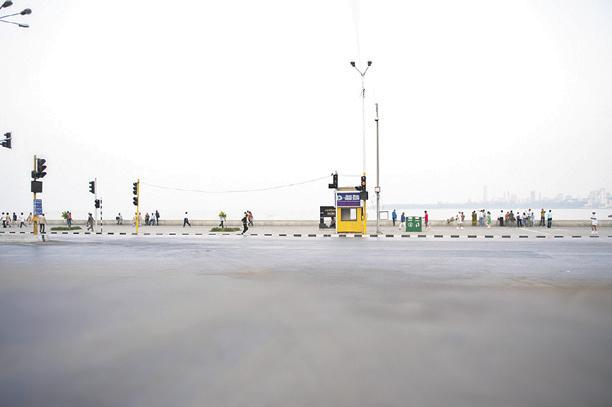
The word “art” evokes thoughts of intricately carved Greek sculptures, majestically painted chapel ceilings - or maybe even graceful ballerinas and talented musicians. However, there are a group of artists who practise a form of art not commonly referred to as one. These artists are chefs, and they do not only make dishes - they create masterpieces, just as Da Vinci did with his Mona Lisa. The Sydney Morning Herald’s Shoot the Chef competition seeks to capture the inspiration, emotion, and to a large degree, the eccentricities of Sydney’s top chefs – all through another form of art: photography. We recently spoke to finalist John Slaytor as well as his subject, Ajoy Joshi, head chef and owner of Nilgiri’s restaurant.
The competition, in its 11th year, is one of the highlights of the Crave Sydney International Food Festival. 22 finalists were chosen to be on display from October 5-28
at Chifley Plaza in Sydney, with the winning photographer taking home two return flights to South America; but for most of the participants, the competition is about a whole lot more than a holiday. For Ajoy and John, there is a lot more than meets the eye when it comes to their motivation behind their picture.
A concept is created
The shot itself is a sight many will barely even pay a second glance back home; a dabbawalla delivering lunch - albeit to the Sydney Lord Mayor in front of the Sydney Town Hall organ pipes!

“This idea was sitting in the background somewhere,” says Ajoy. “It’s a great opportunity because Cadel Evans won the Tour this year, and the Mayor (Moore) wants the city to be an all-green city, with no cars, no petrol – so a cycle is the best thing. I love cycling and John loves cycling, so we thought we’d give it a go.”
Dabbawallas (literally, ‘person with a box’) have been delivering lunches across India for 130 years. They collect and deliver fresh lunches to workers from their homes; and then take back the empty dabbas
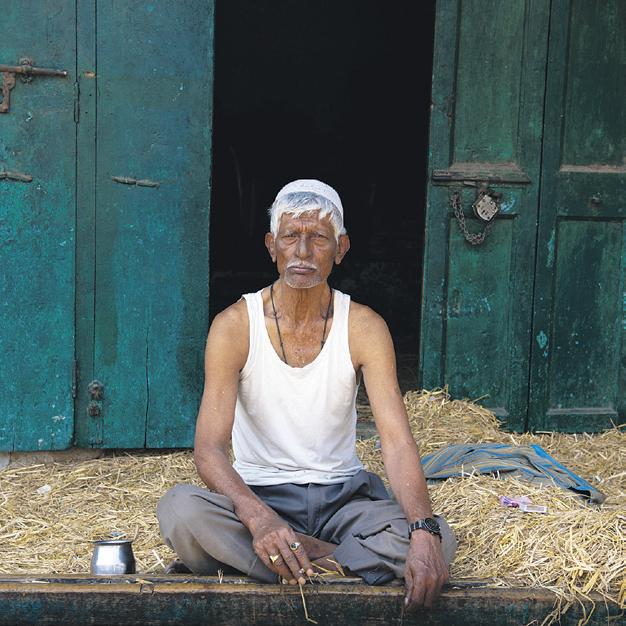
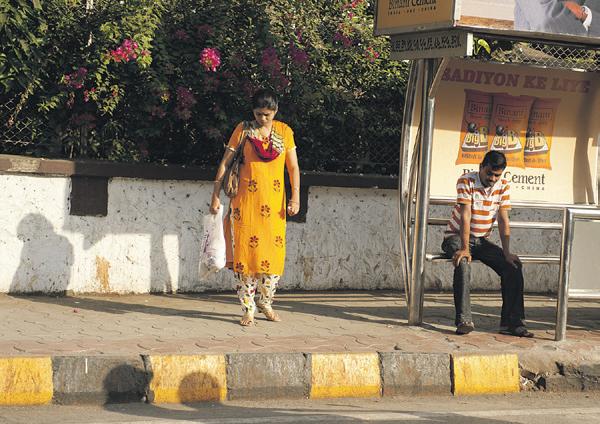
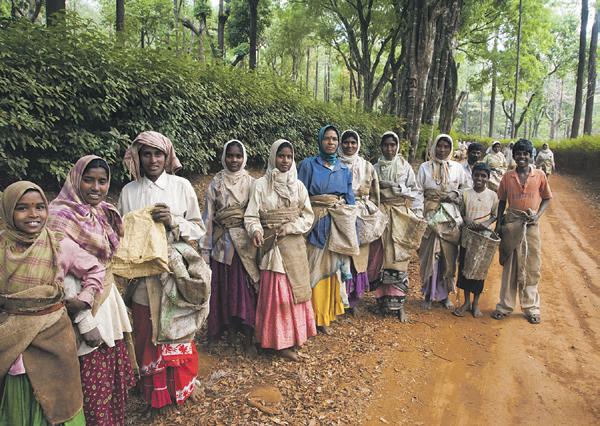

John recounts, “It all began because Ajoy wanted to take part in Shoot the Chef – he didn’t want a studio shot, because they’re too stale and too boring. So we thought, ‘Fine, let’s go out there.’ Dabbawallas, they’re extraordinary. They’ve been around since the 1880s, and it’s an extraordinary delivery system. Nothing seems to get lost, but there are no computers, just – another way of saying India is an amazing place. But it’s not your usual cliché Taj Mahal-sort of version of India. That’s why we chose the dabbawallas.”
Essential execution
Once the Sydney Lord Mayor Clover Moore agreed to take part in the shoot after a request from John’s wife, John and Ajoy were running to a very tight schedule. Ajoy recalls, “A photographer with a vision is the most important thing. The day the Lord Mayor was to come, we were practising for about half an hour to an hour, and then the PA came in and told us Clover didn’t have much time – there’s probably a maximum of 7-10 minutes she can give you. John said, ‘We’ll do it in two minutes’ – and he did!”
John’s philosophy seems simple: “As soon
as Clover Moore came, I took 3 photos. Normally photographers spend hours and hours taking photos…but life’s too short for that! We knew we had the shot, so I stopped.”
Ajoy believes creativity is “a part of human nature”, and it is competitions like this that allow creative juices to flow. “The competition is great – it recognises both the artist and the subject. A food book is not a food book unless there are good pictures. It gives the photographers a chance to showcase their art and meanwhile, smalltime chefs like me get recognised”.
It is this concept which seems to be the fundamental keystone of the competition –giving recognition to one artist through the very art form of another; even if they aren’t well known already.
Understanding Indian cuisine
As one the 22 finalists, Ajoy seeks to address what he believes is a glaring flaw in the way Indian cuisine is regarded in the public spectrum. “I’m pretty vocal about it – there are a lot of fantastic chefs in this country. We need to throw in a few lines about them. Indian chefs are not featured as chefs at

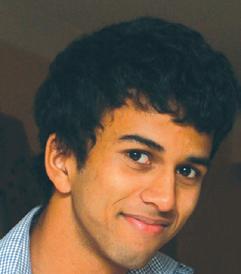
10 <> OCTOBER (1) 2011 INDIAN LINK
COVERSTORY
Sydney photographer John Slaytor’s portrait of Nilgiris’ chef Ajoy Joshi is a finalist in this year’s Shoot the Chef competition
all – we are just known as ‘curry boys’. Indian cuisine is not just about the curry – we don’t have rogan josh for breakfast, butter chicken for lunch and beef vindaloo for dinner. Nor are we Sachin Tendulkar – we don’t want recognition to a point where our private lives are scrutinised. But passion needs to be recognised,” he said vehemently.

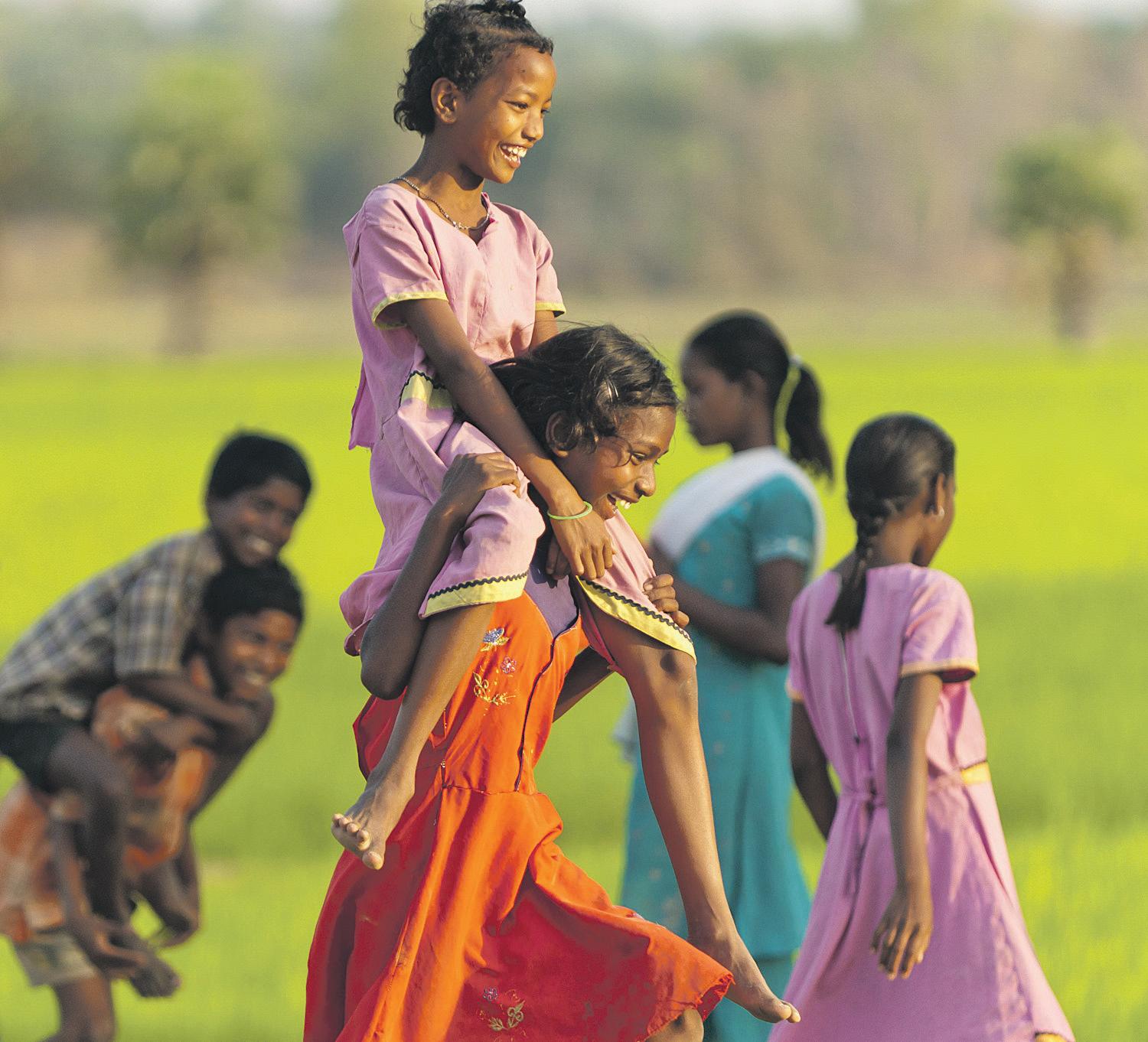
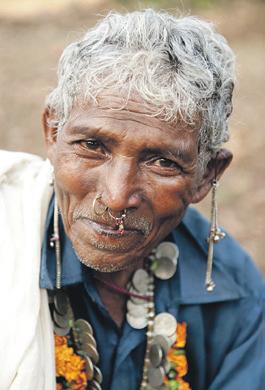

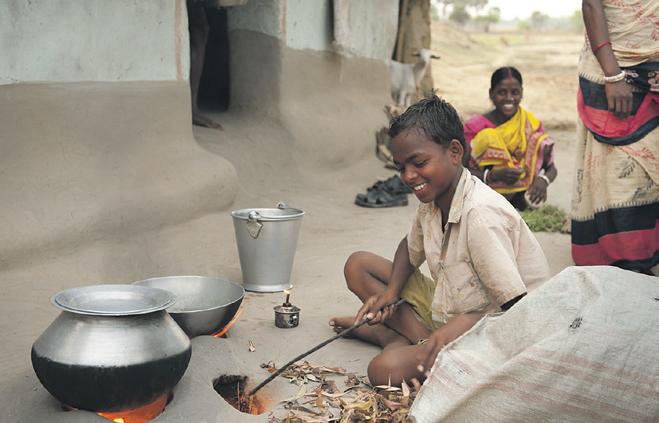

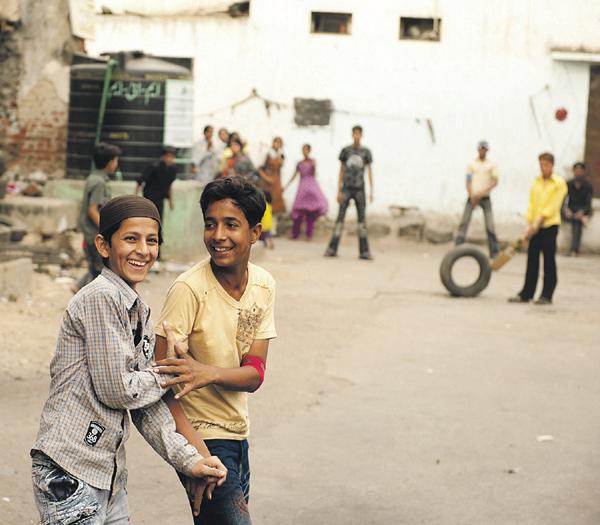



John also enjoyed the experience, “I know Ajoy was thrilled, Clover Moore tweeted it to all her followers – I think it was all positive,” he said. John has been to Mumbai twice – but hasn’t yet seen the dabbawallas in action. However, he embraced his trips to India, because as John found out, “In India when you have a camera everyone rushes towards you, unlike here where if someone sees you taking a photo of them, they think you’re a pervert. When I was in India I took amazing photos – I was in an auto-rickshaw literally whizzing through the street, and I had a lot of candid images which no one expects.”
Even though he didn’t win this year, John takes heart from a successful debut entry in Shoot the Chef. “As Oscar Wilde said,
every portrait painted with feelings is a portrait of the artist, not of the sitter. When I’m capturing tenderness between human beings, I’m really revealing that I’m a human being – it sounds a bit pretentious, but it’s what motivates me. Ultimately, it’s people that keep me going,” he said. Art will always be ever-changing; that much is a certainty, as it will continue to reflect the context in which it originates. However, often art is right before us and we don’t recognise it for what it is. The next time you go out for a nice dinner – or maybe even when you sit down to a home-cooked meal from mum, take a moment to appreciate what is before you. Because it’s more than just a meal!

OCTOBER (1) 2011 <> 11 NATIONAL EDITION
We need to throw in a few
www.indianlink.com.au
When I was in India I took amazing photos – I was in an auto-rickshaw literally whizzing through the street, and I had a lot of candid images which no one expects (John Slaytor)
Right and below; John Slaytor’s images of India
India, the reluctant superpower
An Australia India Institute conference offers a peep into the psyche of contemporary India
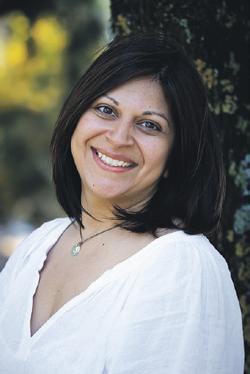 BY SUJITH KRISHNAN
BY SUJITH KRISHNAN

The Australia India Institute (AII) established in 2008 by the University of Melbourne, focuses on subjects dealing with education, business, economy, scientific, cultural and social issues. According to AII’s Director Prof Amitabh Mattoo, its aim is to promote research partnerships on topics of mutual interest to strengthen the professional ties between Indian and Australia and more importantly, to give the Australians a better understanding of contemporary India. The inaugural Australia-India Institute conference titled The Reluctant Superpower – Understanding India & its Aspirations, was held on September 22-23 at the University of Melbourne, and featured some of the best scholars and analysts from both countries. The objective of the conference was to de-construct India to a foreign audience and act as a resource to make India-Australia ties more engaging and productive. As Prof Mattoo said, “India and Australia know each other, but do not understand each other.” It is this disparity that the Institute hopes to overcome in the near future.
From Jawaharlal Nehru to Manmohan Singh
The conference could not have asked for a better start with a captivating speech by Mani Shankar Aiyar, Member of Parliament. Mr Aiyar is a member of the Indian National Congress party who in 2006 was conferred the Outstanding Parliamentarian Award by the President of India. Mr Aiyar talked attendees through how India’s foreign policy has gone through a series of changes since independence, from being realistic to less idealistic today. He went on to say that India’s foreign policy today is inclined more towards military and political power, and less towards nationalism. He reiterated this statement saying, “The only way to remain a superpower is by not fighting a war.” Mr Aiyar summed up the nation’s tentative mindset and approach towards taking on responsibility by stating: “We know we aren’t a superpower which is why we are a reluctant superpower!”

India and the great powers
Mr Aiyar’s fascinating discourse was followed by a gripping first session with lectures by Prof Marika Vicziany on India’s relations with the USA, and Mr Rory Medcalf focussing on India’s relations with China. Prof Vicziany is a Professor of Asian Political Economy at the Monash University and in her discourse she stated why America sees India as reluctant, some of the reasons being India’s soft power incapacity, human rights issues and disputes with neighbouring countries. In short, India’s relation with the USA involves “too many dialogues and no results.” According to Mr Medcalf, the economies of both India and China have been on the surge in the last few years and both these potential superpowers share
common interests in regards to border disputes, water and internal stability. However, he was quick to state, “India is not a threat to China but China is deemed a threat to India.”
India, Asia and the Indian Ocean
At the panel debate, the speakers included C Rajamohan (Senior Fellow at the Centre for Policy Research in New Delhi); C Uday Baskar (Senior Fellow at the National Maritime Foundation in New Delhi); Biswajit Dhar (Director, General Research & Information System for Developing Countries); Ramesh Thakur (Director of the Centre for Nuclear Non-proliferation & Disarmament, ANU); and Rajiv Nayan (Senior Research Associate at the Institute of Defence Studies & Analysis in New Delhi). All of them agreed in unison that the profile of the global economy of the future would depend on the relations between the United States, China and India. Also, the might of both the naval and military security systems of India and China would be a determining factor in the gradual shift of power in the future.
Human rights and the nuclear regime
Prof Yogesh Tyagi tackled the issue of India and human rights while Mr KC Singh touched upon the subject of India and the nuclear regime. Prof Tyagi is a lecturer on International Law, Chairperson of the Centre for International Legal Studies, and Director of the Centre for promotion of human rights. Mr KC Singh has served as Deputy Secretary to the President of India from 1983-87 and has also held various positions positions of Joint Secretary for administration, Head of the Consular, and Passport & Visa Division. In the fourth session, Mr Shyam Saran, who has worked as Advisor to the Prime Minister on foreign policy, nuclear and defence issues, dealt with the subject of Energy Security, Nuclear Energy and Climate Change.
India’s neighbours
Dr Suranjan Das, ViceChancellor of the University of Calcutta and Honorary Director of the Netaji Institute for Asian Studies, addressed the issue ‘India’s Pakistan Conundrum’. He pointed out that though relations between these hostile neighbours have improved considerably in the last decade, it is premature to conclude that they have buried their differences. He went on to say that the solution to the conundrum will be “strenuous and long”. Dr Rajesh Rajagopalan, who is currently Visiting ICCR Chair at Victoria University in Wellington, dealt with the subject ‘India and the Future of South Asia’. According to him, India is
undoubtedly the dominant force in the region with increased military expenditure, as a result of which the other countries in the region are insecure. Therefore, one prime obstacle facing South Asia is regional imbalance and it is a region where there is a heavy influence of global politics. The key to implementing stability in the region, he concluded, is bilateralism.
Religion, secularism and multiculturalism
Dr Swapan Dasgupta, a renowned political columnist with over 25 years’ experience, is of the belief that Indian politics has always been a case of “accommodate and adjust”, which would have to evolve if secular values are to be encouraged in the system. Dr Peter Friedlander, a Senior Lecturer in Hindi language and Buddhist studies at La Trobe University, began his discourse by attempting to define multiculturalism: “When different faiths gather together to discuss, this is multiculturalism”. India has a long way to go to be recognized as a secular state because, keeping aside the differences between Hindus and Muslims which crop up now and again, there are also intra-religious communities which fail to be in sync. Moreover, people continue to argue over caste and minority issues in many parts of the country. Being a multilingual nation, it becomes all the more demanding to infuse the values of secularism and multiculturalism.
However, Dr Ahluwalia pointed out that despite the growth of over 8% GDP in the last decade, India has had to constantly grapple with a traditional mindset and disagreements on several policies with political parties.
India’s new public diplomacy
Mr Navdeep Suri has been a member of the Indian Foreign Service since 1983, and currently heads the Public Diplomacy Division of the Ministry of External Affairs. India’s strength in soft power lies in the combined elements of Bollywood, its various cuisines, culture, history and information technology, to name a few. This prompted him to bring to light a quote by historian Nick Cull who said, “The thought of India brings a smile to the face in a way that China does not!” Mr Suri also said, “Public diplomacy involves using soft power and nation-branding.” He stressed on the fact that the vision of Brand India has to be unambiguous and that the target audience
should be appropriate for every campaign. He also highlighted how social media is now playing a pivotal role in establishing a dialogue to inform and influence the youth, to good effect. He enhanced this point saying, “Successful public diplomacy involves listening and speaking, which help establish relationships and create credibility.”
Prof David Lowe, Director of the Alfred Deakin Research Institute at Deakin University agreed with Mr Suri, stating, “Public diplomacy is more about relationships, and India’s public diplomacy is less bilateral which results in poor relationships with her counterparts.”
According to Dr Nick Hill, Director of External Affairs for the Australia-India Institute, the relations between India and Australia are good but there is scope for further improvement, and this can be achieved through further dialogue, educational exchange, and other methods.
Prof Amitabh Sinha spoke about the importance of the media industry in India, its growth and also, how political parties depend on the media and vice versa.
India’s unfinished revolutions
This session featured Prof Alok Rai, Professor in the Department of English, Delhi University and Dr Priya Chacko, a lecturer in International Politics in the School of History & Politics, University of Adelaide. Despite the language diversity in India, Prof Rai threw light on how the English language has grown to become one of the most sought after languages by the youth, who consider it their licence to success in the professional world. According to him, this is an obvious indication of the desire and hunger to take on the world, which augurs
Continued on page 14
12 <> OCTOBER (1) 2011 INDIAN LINK LECTURE
Mani Shankar Aiyar
Strategies and
solutions
BY UTTAM MUKHERJEE
It is not often you come across a speaker that defies categorisation. Dr Shashi Tharoor was introduced thus at a recent lecture on India at the University of New South Wales (UNSW). Rightfully so, because he is an elected member of the Indian Parliament from the Trivandrum constituency in Kerala, a prolific author, columnist, journalist and a human rights advocate, and has served with the United Nations.
Tharoor was at the UNSW to deliver the second Distinguished Lecture on India, in a series organised by the Australian School of Business and the Australia India Institute on September 27. Tharoor’s talk was titled India’s Changing Role in a World in Transition. The first lecture, The Arrival of the Indian Economy, was delivered by Kaushik Basu, Chief Economic Advisor to the Government of India.
More than an author
A few interesting facts about Shashi were included in his introduction, like for instance, in 2006 he was nominated for the post of UN Secretary General. He came a close second in the polls to the current Secretary General, Ban Ki-moon. He was the first Indian celebrity to get 100,000 followers on Twitter. He earned three degrees in three years at the Fletcher School of Law and Diplomacy at Tufts University and at the age of 22, Shashi was the youngest person in the history of the Fletcher School to be awarded a doctorate. Dr Tharoor is also the author of many books, including The Great Indian Novel, based on the narrative and theme of the Mahabharata. What was not mentioned, however, was the numerous controversies that the dashing Shashi has become embroiled in, in recent years!
Shashi Tharoor truly represents the new India: ambitious, confident, intelligent, brave and proud about being Indian. He was forthcoming with his views on India’s progress, its position on the global stage, the interdependency between foreign policy and domestic affairs, and the interconnectedness amongst all of us.
India’s tryst with destiny
Tharoor started off with his particular passion, India’s foreign policy (he was Minister of State for External Affairs from May 2009 until he resigned from that post in April 2010). He recalled that when he joined the Ministry of External Affairs as a graduate entrant in 1977, a senior officer had joked that foreign policy in India was akin to the love-making of elephants: it was conducted at a high level with a lot of bellowing, but the results were not known for two years!
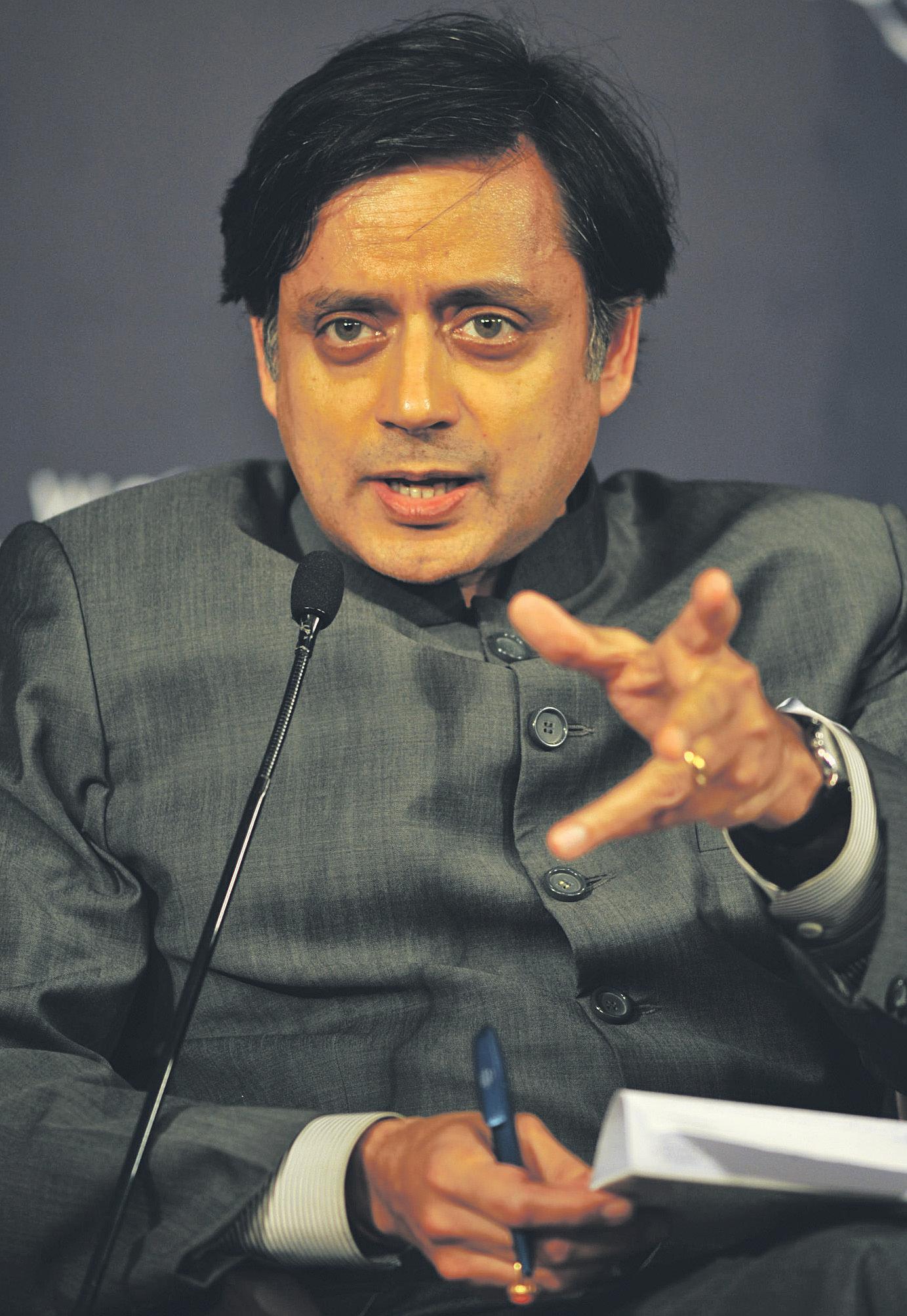
Yet, he tried to demystify India’s foreign policy for the audience. When India became free from colonial rule in 1947, he recalled, it was one of the poorest nations in the
world. Its literacy rate was abysmally low and industries and infrastructure were practically nonexistent. Following from Nehru’s famous speech of Tryst with Destiny, India embarked on a unique foreign policy - a policy of non-alignment - that meant India would not form alliances with any group, remain free of entanglements and stay out of the fights of others. Non-alignment helped India preserve its autonomy and forge economic links where it suited the country. (With a touch of humour, Shashi recalled Nehru’s answer when he was asked by the then US Secretary of State whether India was with the US or against them: his answer was, ‘Yes’).
India opened up to liberalisation in 1991, and that coincided with the end of the Cold War. Its economic reforms could take advantage of the new environment. Nehru’s words that India’s position should graduate from post colonialism to making of global rules and imposing them, Shashi observed, seemed like a dream coming true.
Shashi believes that in a world of convergence and disruption it is not realistic to think locally.
“Interconnectedness amongst nations has resulted in ‘problems without passports’ as Kofi Annan put it. The solution is that no one can solve the issues single-handed”.
Problems without passports require blueprints without borders, blueprints that require rules that India can contribute to create. For example, the safety of citizens depends on handling internal and external threats. Terrorist activities of 9/11 in US and 26/11 in India are testimony to the converging and disruptive forces where fanatics used cutting edge world technologies to wreck havoc. All nations have to unite to fight against terrorism. Similarly, Tharoor observed, the recent Global Financial Crisis showed that surveillance of risk should be for all countries, because what seems far away could
affect your own backyard. Choices made can resound far away. As someone said, “we all live downstream”.
Burgeoning all-round reforms
Although India has come a long way and has embarked on a march to prosperity, Shashi feels strongly for the disadvantaged. In the last 2.5 years, he has devoted time to listen to the marginalised people in his constituency. He is of the opinion that domestic affairs must be aligned to foreign policy.
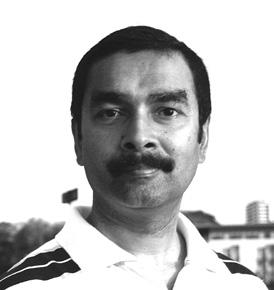
“Domestic transformation should be a priority,” he said. “Notwithstanding threats from a hostile neighbour, India has to grow its domestic market by uplifting the poor rural people. Climate policy has to advance solar, hydro and other renewable energies to respect world anxieties and meet domestic demands. Food and water are serious issues”. Foreign policy, Shashi
was emphatic, is all about fulfilling domestic objectives.
Challenges for India
The future will bring forth new challenges and opportunities, new leaders, and a change in balance of powers, Tharoor observed. Internationally, there is a need to redesign the system of global governance. “The transition is fraught with risks. New players would not want to play under old rules. The BRIC (Brazil, Russia, India, China) nations could exceed the GDP of G7 nations in a few decades”. The UN’s role has also changed in the last few decades, he said, but added that it must continue to change to reflect new world realities, otherwise it could become irrelevant.
Regarding the India-Australia relationship, Tharoor could have been more forthcoming, however. While he noted that the relationship has moved ahead after the recent public outrage and hysteria, and that “it is in good shape now”, he did not elaborate further, only touching briefly on the nuclear issue that seems to be such a stumbling block on the path to normalisation of relations.
On relationships with neighbours, Shashi was quick to point out that India was not in a competition or a zero-sum game with
Continued on page 14
OCTOBER (1) 2011 <> 13 NATIONAL EDITION
www.indianlink.com.au
An enlightening discourse by one of India’s younger statesmen highlights the country’s growth, progress and future
Regarding the India-Australia relationship, Tharoor could have been more forthcoming.
(Shashi) was forthcoming with his views on India’s progress, its position on the global stage, the interdependency between foreign policy and domestic affairs, and the interconnectedness amongst all of us
Shashi Tharoor
India, the relcutant superpower continued from page 12 well for the nation in the long run. Dr Chacko highlighted the rise of India with emphasis on the country’s relationship with the USA and how, despite frequent dialogue between the two nations, results remain ordinary.

India’s economic story
The valedictory lecture was on India’s economic story from Jawaharlal Nehru to Manmohan Singh. Dr Isher Judge Ahluwalia is Chairperson, Board of Governors of the Indian Council for Research on International Economic Relations. Despite the magnitude of the topic, she gave attendees a very concise, yet insightful discourse on the subject, highlighting the various defining moments that helped propel the country’s economy, and how since the 1990s, the Government has adopted a bolder approach to reform policies. However, Dr Ahluwalia pointed out that despite the growth of over 8% GDP in the last decade, India has had
to constantly grapple with a traditional mindset and disagreements on several policies with political parties. In her view, if India is to become a superpower, the Government would have to be prepared to deal with several challenges ahead.
First and foremost, sustaining the high growth rate of the economy is a huge challenge since it is a demanding (but possible) task to maintain this growth for extended periods. The urban sector can generate and sustain economic growth if the cities can cope with the constant flow of people migrating in search of employment. Dr Ahluwalia hoped that in the near future, a plan would be designed to connect the rural-urban divide. Labour laws need to be revamped so that more employment opportunities are created for the people; this can be achieved only through further investment in education and skills – an area that has been overlooked. She said emphatically,
“If we don’t empower our youth with human capital, it would result in an economic disaster.” One prime factor that has held India back over the years has been poor infrastructure and this demands a collective effort not just from the Government, but also a joint effort from the public and private sectors. Dr Ahluwalia ended her discourse by saying, “If these challenges are met, we would see a resurgent and more self-confident India.”
Director Prof Mattoo and his team did a magnificent job in organizing a conference of this stature with tremendous professionalism, and have achieved their objective of explaining contemporary India to Australia through this forum. The Institute has now announced their next project: Asia 2020: Indian and Australian Perspectives, to be held in Kolkata on December 5-6, 2011.
celebrates Diwali with you
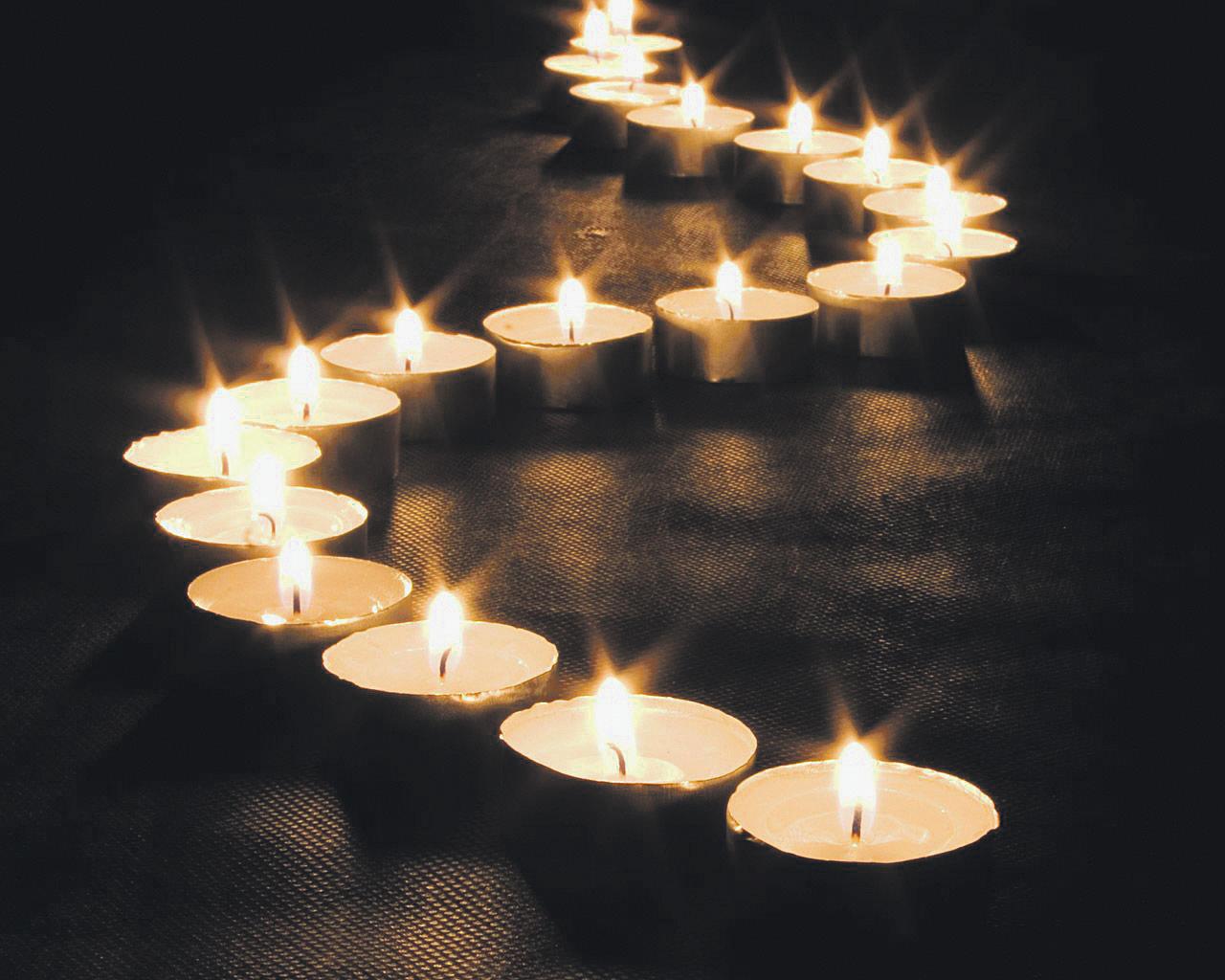

Strategies and Solutions continued from page 13
China, and quoted many examples of cooperation. However he was saddened by the continuing bitterness with Pakistan. “India will have to have an asymmetrical relation with its neighbours where we have to give more than we get”. He pointed out that the world economic crisis should give us an opportunity to promote economic integration with our neighbours in the sub-continent. He opined that as long as South Asia remains divided by futile rivalries and some continue to believe that terrorism can be a useful instrument to their strategic doctrines, it is bound to remain a distant prospect. We need to look towards an inter-related future “where geography becomes an instrument of opportunity in a mutual growth story, where history binds rather than divides, where trade and cross-border links flourish and bring prosperity.”
These dreams will turn into reality when India and all its neighbours take action to accomplish this brighter future together - a world in which a transformed India can play a major part. Shashi concluded that time has indeed come for us to redeem Nehru’s pledge of the ‘tryst with destiny’.
Q&A deftly fielded
The question and answer session was long and saw the great debater come to the fore. He fielded questions on GDP growth, poverty, and the divide between haves and have-nots with confidence. India has managed to pull 10 million over the poverty line in the last decade and the new wave of reforms will create more jobs and attract more investment, he said.
On corruption, he admitted that it was a serious issue in India and that a Lokpal may not solve it.
On a personal note about joining politics, Shashi admitted that his mother had not forgiven him for this yet. He reasoned that in a democracy, you get the leadership you deserve. “If you don’t bring your professional training, reading, intellect and awareness of the world to the political fray, you don’t have the right to criticise what you get”. More people of education and experience have entered politics and brought a different attitude and sensibility to the profession, he said.
14 <> OCTOBER (1) 2011 INDIAN LINK
LECTURE www.indianlink.com.au
Be a Pioneer in Opening an India Market



A world class company which is one of the fastest growing companies in America’s history has broken the past 100 year’s record in the Network marketing industry is NOW expanding its business into India and we are offering a GREAT, GREAT, GREAT opportunity to be a pioneer and have a business in this great country India.
We are looking for people who are genuinely seeking their BIG CHANCE and must be honest, ambitious, hardworking and teachable. We are focused in developing leaders and will provide all training and support, plus a free sample of the product will be given to those that attend the interview.

OCTOBER (1) 2011 <> 15 NATIONAL EDITION
0404 816 078 or Shelly
526 628
To secure an interview call Willie
0412
A tribute to Tiger
BY RITAM MITRA

Cricket today allegorises the world in which it resides. Its primary concern seems to be money. There are increasing controversies regarding technology and there is even a sense of power imbalance between competing nations. What a shame it is, then, that the cricketer who most epitomised class and distinction both on and off the field, is no longer with us. On September 22, we bid goodbye to Mansur Ali Khan “Tiger” Pataudi – the last recognised Nawab, and widely considered India’s finest ever captain.
Pataudi was born in Bhopal in 1941 to Iftikhar Ali Khan, the eight Nawab of Pataudi and Sajida Sultan who was a Begum of Bhopal in her own right, being the second daughter of the last ruling Nawab of Bhopal. Iftikhar passed away playing polo in 1952, and thus Tiger succeeded his father as the ninth Nawab of Pataudi at the age of 11. Pataudi was a princely state under the British Raj, and so it was merged with the rest of India in 1947; however, Tiger kept the titular dignity “Nawab of Pataudi” until the entitlements were abolished through Mrs Gandhi’s constitutional changes in 1971.
Pataudi’s world was one which revolved around sheer dignity and civility. He was not a rockstar of the modern ilk; to find a more understated personification of elegance would be a difficult task. His simple yet charismatic personality saw him capture the imagination of a generation, and take forward a country struggling to make a name for itself as an independent nation.
There were very few who did not admire the man who was, for over 45 years, the youngest ever captain of a Test team – and a similarly small number will know him better than Sydney-based Australian Hartley Anderson, who shared a close friendship with Pataudi spanning several decades. Hartley met Pataudi on a tour to India through the Australian Old Collegians in 1970.
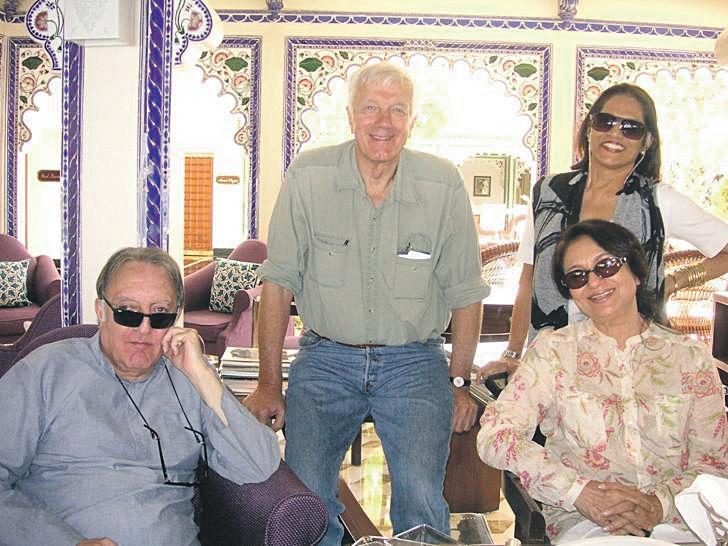
Hartley’s memories of Tiger reveal him as a charming man who valued his privacy,
had an extremely sharp wit, and was the quintessential gentleman in every aspect of his life. However, to those who knew him well, Tiger was mostly known and admired for his relaxed and gentle, yet intelligent approach to life.
“He was very much one of the boys,” recalls Hartley. “He was the editor of Sportsweek magazine and he came out here to cover the tour along with another close friend, Raj Singh Dungarpur when India came down here in 1980/81. Tiger didn’t like flying very much, so we all went down to Adelaide by train and came back by train as well. Tiger only had to file one copy of his articles a week, and his editor in India constantly had to plead with him to have even that one article done per week. He was just out here having a holiday, really.”
The Indian cricket scene in Pataudi’s time was far removed from the occasionally oppressive heights it has reached today. India had not yet even had a series win overseas, and it was a tough time for Pataudi to take the mantle. However, he was a natural leader. He was only 21 when he stepped out for his first toss as a Test captain, replacing the injured Nari Contractor. Hartley’s experiences with Tiger give further credence to his abilities as a captain. “I’d put him down as a leader by example; one, because he was a hell of a good fielder, and he really could bat,”
Established business for more than 6 years:
• 90m 2 • 6 Cutting stations
• 2 Beauty rooms
• Makeup bay • 3 basins
• Washing machine & dryer
• Kitchenette and toilet MUST be sold moving out of area in December. Great location, great clientele, good parking near school and bus stop, set in a set of strip shops.

recounts Hartley.
“Pataudi was also a leader by title, but he also had an analytical brain. He could work things out; he had the respect even of the older players in the side who were probably the next in line. And even though at that time being the captain of India wasn’t what it is now - a license to print bank notes - it was still an aspirational post. There were those who didn’t care for it but I think that he was a good choice because of the quality that he had which may not have been evident to some people.”
Despite this, Pataudi played for South Zone for Hyderabad under the captaincy of ML Jaisimha, and when asked why he agreed to play under the captaincy of ML Jaisimha, Tiger replied, “Because he is a much better captain than me”.
Pataudi was a fantastic fieldsman in the covers, and had an array of unorthodox, yet stylish shots. He famously adopted an open stance to make up for the fact that he only had one good eye for the best portion of his career, having all but lost the sight in his right eye after a car crash in 1961. It is astonishing then, that he managed to score 6 centuries and almost 3,000 runs at an average of 35, respectable figures for even an able-bodied cricketer of the time. Sunil Gavaskar idolised Pataudi as much as anyone: “I don’t think there was a single budding teenage cricketer in the country who did not try to walk like him or have a stance like him. We all tried to copy that but kept getting out bowled or leg before playing across the line. We couldn’t copy his fielding since in that era he was pretty
much a one-off who could slide and save the ball.”
The one story that perhaps typifies Pataudi’s character best comes from Hartley himself. “I’ll never forget his words at a function here in 1997 - he literally hadn’t been off the plane long before he spoke when opening a jubilee of Indian Independence photography exhibition at the Museum of Sydney on Bridge Street. He said, ‘When my father came to Australia with the English team in 1932 under Douglas Jardine, there were no Indians in Australia. When I came to Australia in 1968 as the captain of Indian team, there were very few Indians. When I look at the faces around me now, and noticing how many Indians are here, I can’t help feeling that Pauline Hanson has got it wrong.’ I thought at the time, when Pauline Hanson had a lot of popularity, that that was quite a strong statement from someone who just got off a plane.”
Indeed, it was Pataudi’s ability to assess a situation and apply to it his uniquely omnipresent wit that set him apart. Occasionally, Pataudi was seen as being too forward - or even rude - with his comments. But as Hartley reveals, Pataudi was extremely clear-cut: he made no misrepresentations as to what he thought, and that was the bottom line. “He thought deeply about what he said. His wife said once that he almost had a game with himself to say what he wanted to say using the least number of words possible. He really did think about brevity - there’s a tremendous amount of wisdom there. But he was probably at his best as a one-on-one person. He had an impish sense of humour, a twinkle in his eye. He loved demonstrating a sense of humour. There was always laughter - my kids loved him whenever he stayed with us,” recollectS Hartley.
Even with Pataudi’s background, and taking into account that his wife Sharmila Tagore was also an extremely popular actress, their humble nature was paramount to their popularity. “We went to dinner in 1997 down at Rockpool in lower George Street. The English film actor Michael Caine, who was in Australia making a film, was having dinner there with his wife. We had to restrain Sharmila from going over
16 <> OCTOBER (1) 2011 INDIAN LINK
An old Sydney friend remembers MAK Pataudi as a personification of exemplary sportsmanship combined with the dignity of a true gentleman
SPECIALREPORT
URGENT Sale, Price $49,000 (Negotiable) Please
Walk in walk out, stock optional, all
call 0405 650 097
equipment included
Sa lo n fo r sa le
Ladies required to work in warehouse sorting second hand clothing for export company. Must be able to understand & speak English.
Lansvale
POSITION VACANT Contact – Lynette on Phone: 02 9723 4199
Hartley and Pamela Anderson with Tiger and Sharmila Pataudi in Udaipur’s Lake Palace Hotel
(Casual) Monday – Friday 8.30am – 4.00pm
area
His simple yet charismatic personality saw him capture the imagination of a generation, and take forward a country struggling to make a name for itself as an independent nation.
It is not out of the question to assume that, with his charismatically charming nature, Pataudi would have been a princely figure in his own right, even without his background.
to Caine and asking for his autograph. I thought the humility of that was just something to behold,” says Hartley.
Cricket has always been referred to as a gentleman’s game, and there have been few, if any, who will have exemplified that concept as completely as Pataudi did, both on and off the field. It is not out of the question to assume that, with his charismatically charming nature, Pataudi would have been a princely figure in his own right, even without his background. It is a huge loss, but Pataudi will always be remembered as the one who steered Indian cricket in the right direction, instilling in them a vision to win, not just to show up. This Tiger was indeed a unique breed.

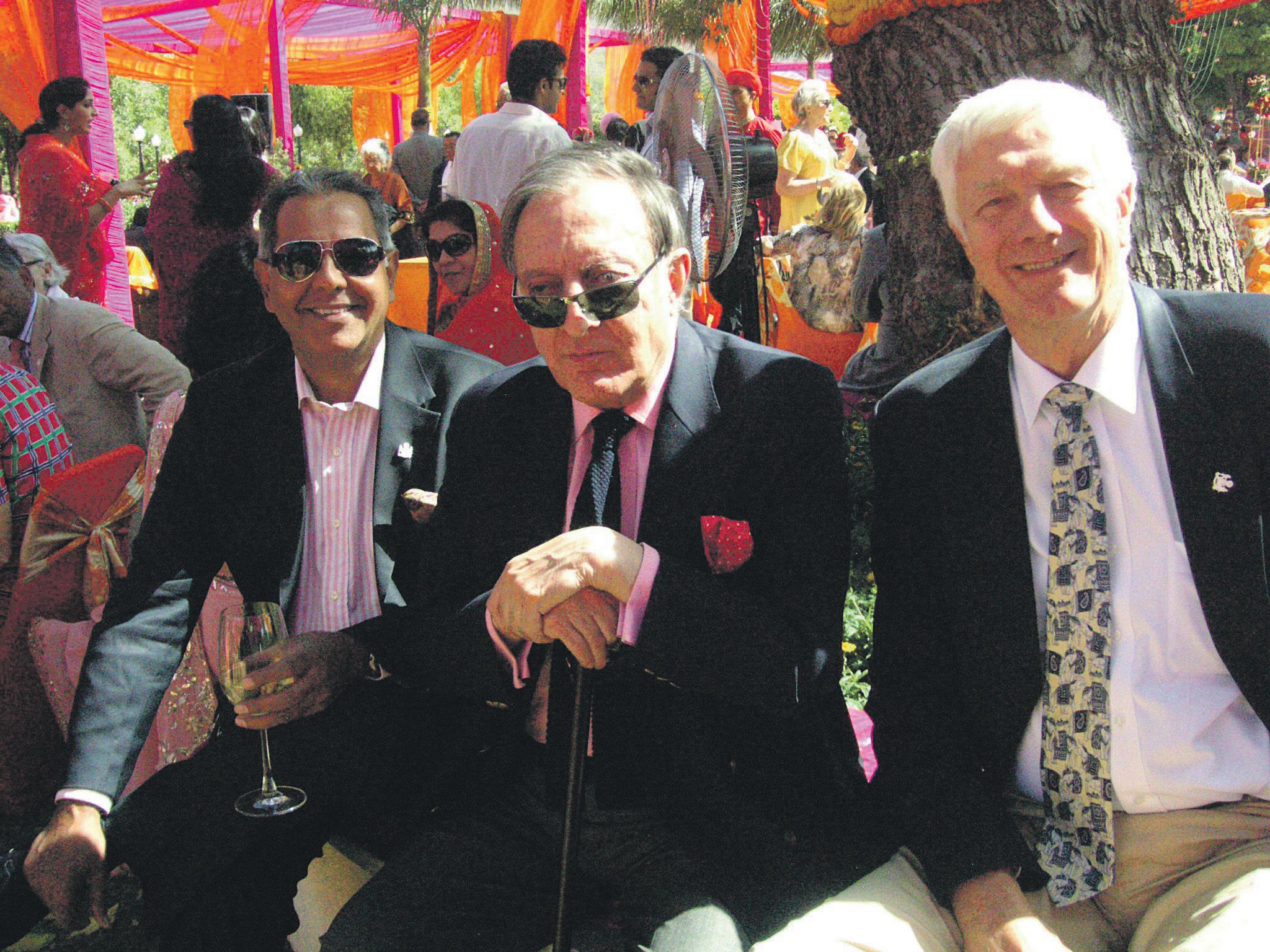
Business For Sale

Two profitable newsagencys located in one of Australia’s fastest growing towns in Beautiful Port Macquarie on the NSW mid north Coast.
• The first is located in the main street and been established since 1900.

OCTOBER (1) 2011 <> 17 NATIONAL EDITION www.indianlink.com.au
• The second is situated in the heart of the towns shopping centre next to Target. Both stores figures have shown growth each year with well over 20% return on investment. Ideal family business in a growing tourist town less than a 4 hour drive from sydney. Price $750k ono plus SAV Ph owner 0421931348
Anderson and Pataudi with Yajuvendra Singh (right) at the Udaipur test match in March this year; sightseeing with friends at Udaipur (below)

18 <> OCTOBER (1) 2011 INDIAN LINK
New visa regulations for students welcomed
With the Australian government easing visa norms, the flow of students from overseas, including India, is expected to increase, the vice chancellor of the University of New South Wales University, said on a tour of India recently. He also expects greater cooperation with universities and institutes in India.
“We are very delighted with the new visa regulations,” Vice Chancellor Fred Hilmer told IANS after the recent announcement on the new visa norms. “The new policy will see an increase in the flow of students.”
Hilmer, who was in India for the first alumni meet of the university in India, says the earlier regime was not competitive with other countries.
“We felt visa requirements in Australia were not in competition with other countries. It took too long, and the cost was too high,” he said.
Australia had tightened the visa regime, stating that many students came to the country to settle down by taking admissions in non-skilled vocational courses like cookery and hair-cutting.
The number of students going to Australia also went down significantly earlier this year following news of attacks on Indian students and the tough immigration policies. According to Australian government figures, the numbers fell by almost 50 percent in January.
The vice chancellor said the attacks were a matter of the past and were not necessarily racial.
“We had no problems in the universities; it was in some vocational colleges. But the publicity was damaging. Now that is behind us and the atmosphere in Australia is friendly and safe,” he said.
“I don’t see racial bias. Australia is an immigrant country; we have people from different nationalities,” he added.
Citing an example of diversity, Hilmer said: “We have a park in front of our library, and the only statue in that park is of (Mahatma) Gandhi. You won’t have that if we were racial. We identify people on the basis of their work.”
Today the UNSW has 20 MoUs with Indian universities.
“I’ve met on this trip the VCs of Delhi

University, Jawaharlal Nehru University and National Law University. We are looking forward to how we can get in student- and research-based collaborations,” Hilmer said.
The UNSW is known for its courses in engineering, management, medicine and science. Out of an approximate 40,000 students, around 400 are Indian.
The university has some student exchange programs and is looking forward to forging more ties. Some of the premier institutes being looked at are the Indian Institute of Science (IISc) Bangalore, and IIM Ahmedabad.
The university is now focussing on attracting more students from India through exchange programs and research collaborations with Indian institutes.
Under the new visa rules, the financial requirement for student visas will be eased and applicants will need around A$36,000 Australian less.
Post-study work visas will allow students to remain in Australia for two to four years after their course ends, depending on their level of qualification.
Visa norms relaxed to woo more students
Worried by continuing slide in the international students’ numbers, the Australian government has decided to relax visa norms further.
The decision has coincided with former New South Wales minister Michael Knight’s report that calls for loosening the onerous immigration requirements for international students.
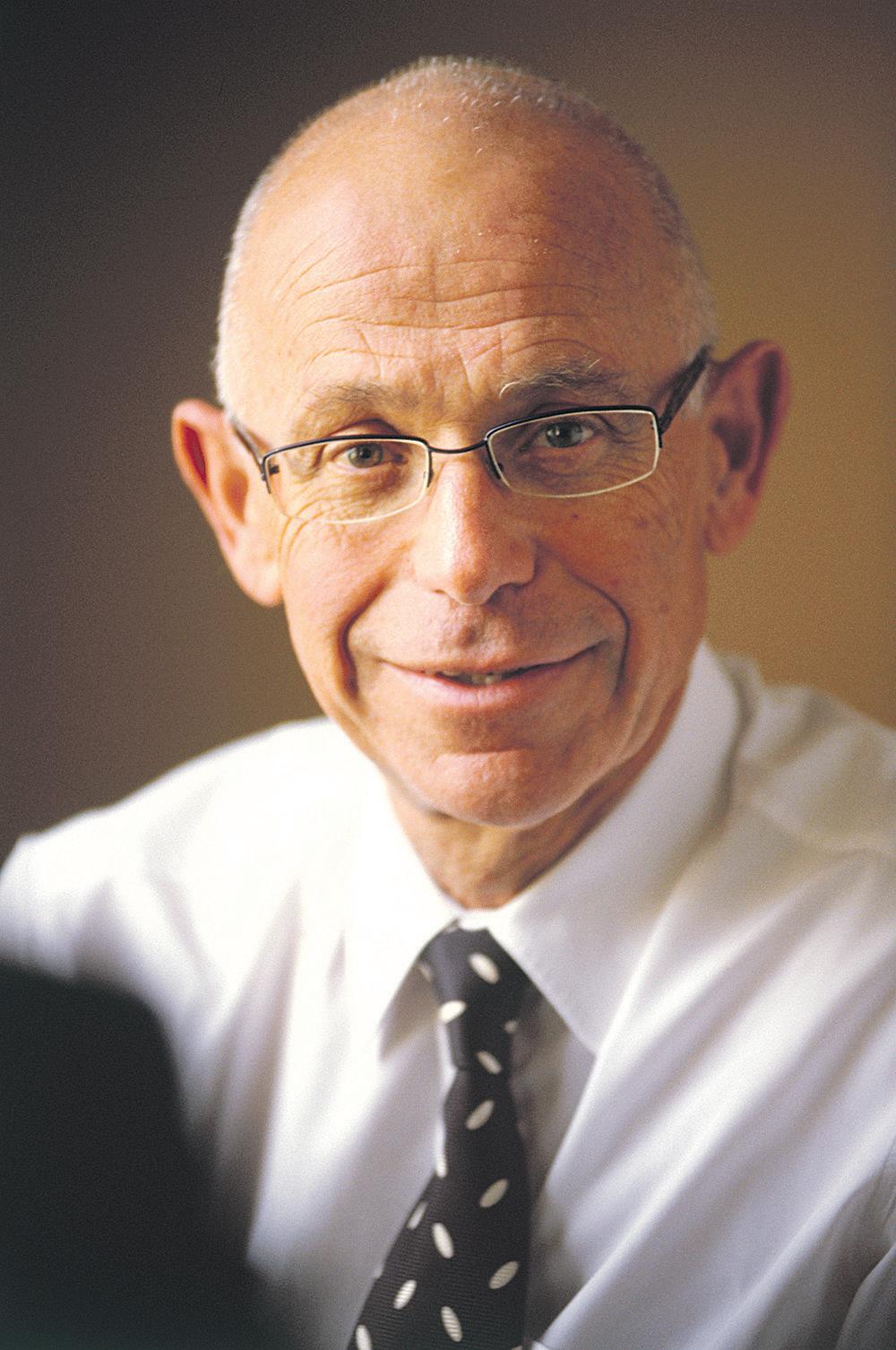
The government has accepted all 41 recommendations made by the ‘Knight Review’. These include similar assessment level for all international students regardless of their country of passport. The students would also need to show A$36,000 less to get Australian student visa.
The rising Australian dollar and global financial crisis have dealt a serious blow to the universities and vocational education colleges in the country as international students, especially from India and China, have started shunning Australia.
“The university and vocational education sectors have been concerned for some
Sant Mat is a practical spiritual path based on meditation, ethical living, service to others & love for all creation. Its goal is to enable the soul to return & merge into its source; the purpose of human life described by mystics of all traditions. Discipline & dedication are essential, as is the help of a competent living master. Entry is via a preparation program. There is no charge at any stage.

For more information...

time that the visa system was making them uncompetitive in what is stiff competition among provider nations,” Tertiary Education Minister Chris Evans said recently.
“They were wanting to make sure our visa system was allowing them to compete on an equal basis,” the minister added.
The changes proposed by the Labor government include a more streamlined visa process for international students coming down under for higher studies. This would mean easing financial criteria. International students are now required to prove they have sufficient funds to finance their studies and living expenses in Australia upfront.
The proposed changes would also see introduction of a new work visa for international students. There are speculations that this work visa could be something similar to the ones offered by Canada and New Zealand to international students once they have finished their studies.
The post-studies work visa is likely to be of two to four years’ validity depending upon the level of studies completed by the international student in Australia.
While the financial requirements would be relaxed considerably, the onus would be on the student to establish they are genuine students and have plans to return to their home country after finishing the studies.
“It’s not enough to be genuine about your studies and have no intention of going home, nor is it enough to be genuine about going home but not serious about your studies,”
Michael Knight said while speaking in a press conference in Canberra.
The assessment levels which decide financial requirements for various countries have been the major impediment for students from countries like India and China as they are classified as “high risk” countries. The higher assessment levels also mean students have to show much more funds in the bank accounts before student visa could be issued.
“Our consultations found that the financial requirements for student visas were too onerous, so we are reducing the financial requirements for some applicants, with students now needing around $36,000 less in the bank when applying for a visa,”
Immigration Minister Chris Bowen said in a statement accompanying the report’s release.
Faster, easier Australian visas for students: Peter Varghese
Australia has made the visa process for international students more swift.
The move, which will benefit Indian students among others, was welcomed by Australian High Commissioner Peter Varghese.
International students pursuing bachelor’s degree or higher will now be treated as low risk applicants, regardless of their country of origin, the Australian high commission in New Delhi said.
“This will mean less onerous financial and documentary requirements for students in this category,” it said.
Varghese said the changes were significant and would result in easier and faster visas for Indian students in a range of Australian university courses.
Students undertaking vocational courses, including those with private education providers, would continue to be assessed at higher levels, though financial requirements will be reduced for these students.
These changes will be progressively implemented from late 2011, with the full complement of changes expected to be finalised in the first half of 2012.
From IANS reports
OCTOBER (1) 2011 <> 19 NATIONAL EDITION
SPECIALREPORT www.indianlink.com.au
1st Anniversay & Diwali Sale 50% OFF on most items 1/10/11 till 26/10/11 4 Portico Parade, TOONGABBIE | 9636 1114 | 0412 240 201
Prof. Fred Hilmer, Vice Chancellor UNSW
KNOW THYSELF AS SOUL
Thyself As Soul Foundation is a not for proft association incorporated in NSW
Contact Sita 0408 880 155 www.santmat.net.au Know


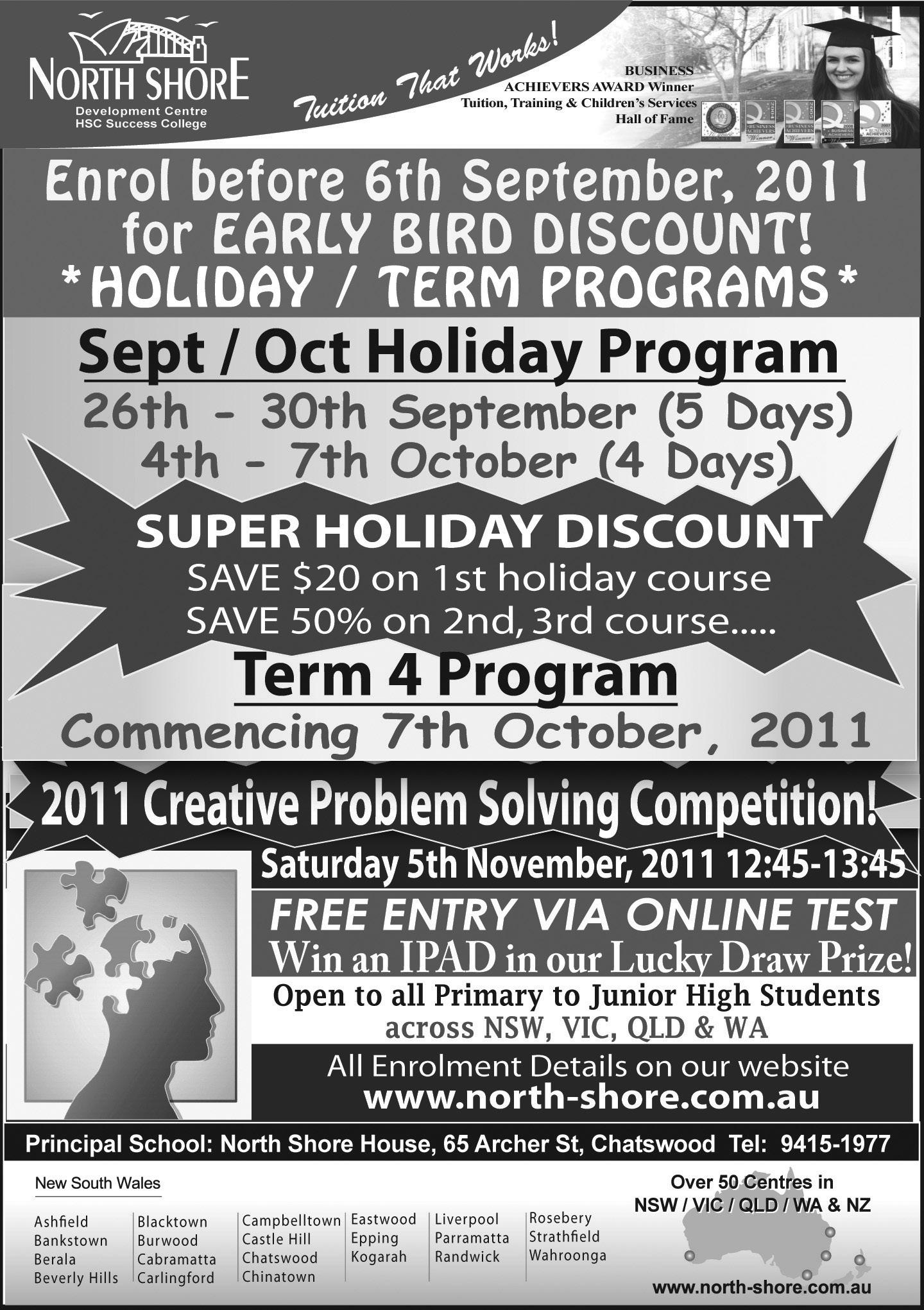
20 <> OCTOBER (1) 2011 INDIAN LINK

(1) 2011
video that became a film
BY AZAL KHAN
is a short film capturing a traditional Indian Sikh wedding in India, which premiered last month in Sydney.

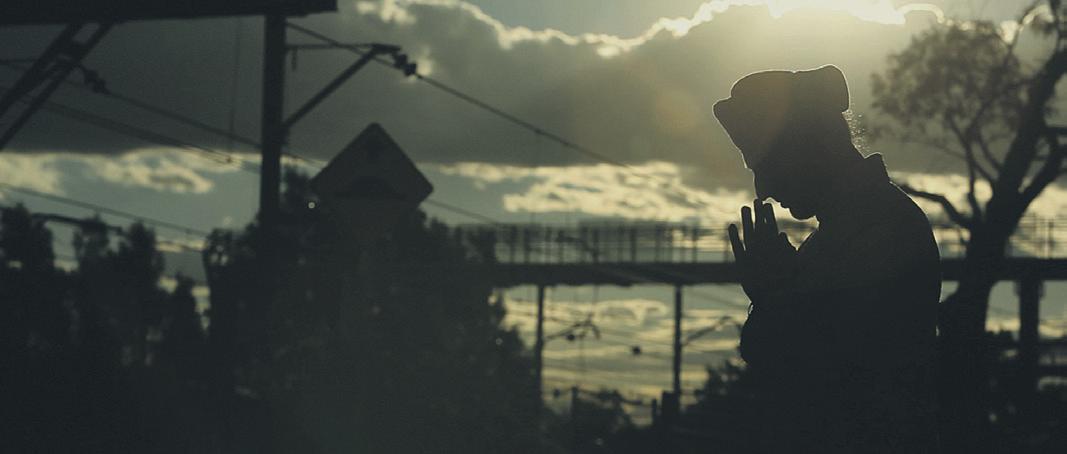



Rabinder Singh Panglia and Deepika Singh Phalora were married in December 2010 in India, and took along their cinematographers, No Limit Pictures of Wollongong to capture their 5-day long wedding.
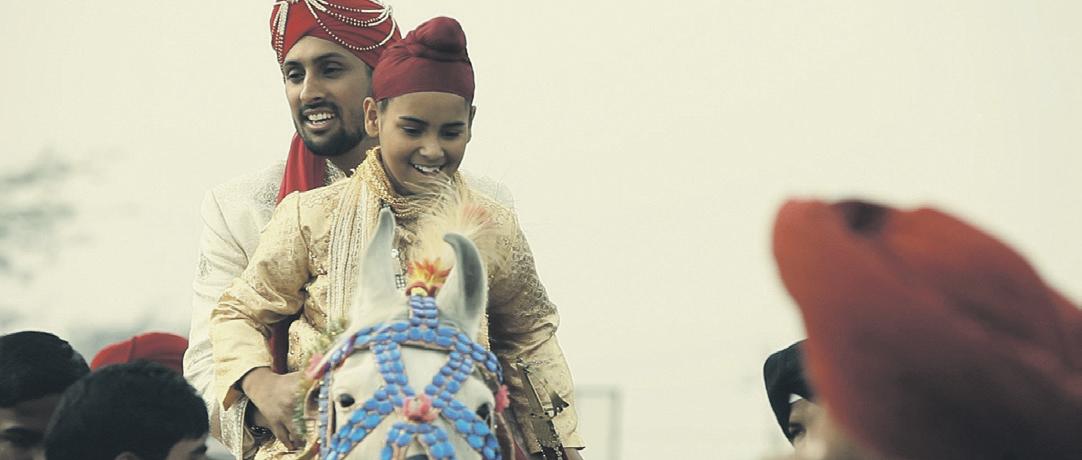
The 24-minute feature captures the essence of the Indian culture and was shot in various locations across India, including Delhi and Amritsar. Director Daniel Cartwright of award-winning No Limit Pictures said they aimed to showcase the true colours of India as well as the journey of the bride and groom.
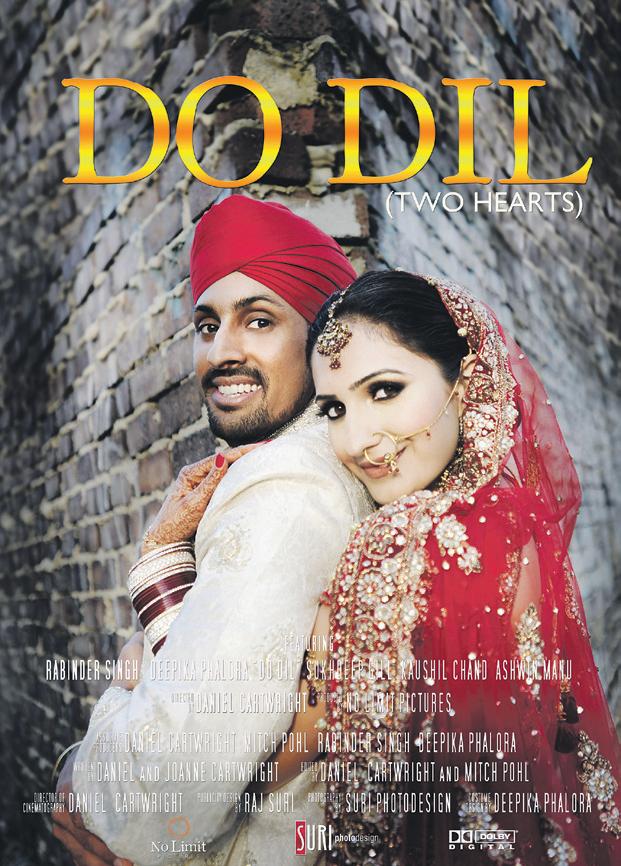
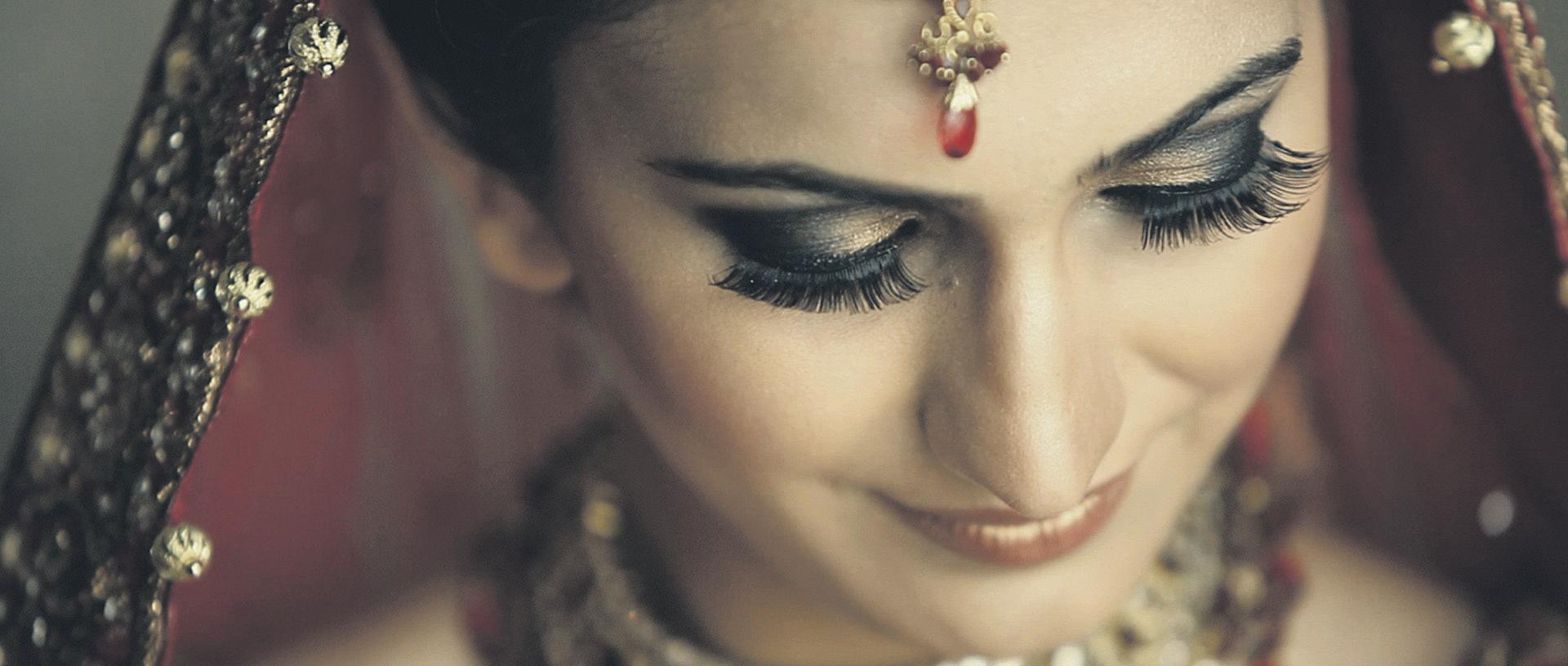
“We had the idea from day one and are the first in Australia to do something of this magnitude,” he revealed. “Initially it was a bit scary going to another country with a new culture… it was our first Indian wedding and doing a marriage over 5 days was daunting,”
The sights and scenes portrayed in the film are evocative and transport the audience to the streets of India and into the heart of Rabinder and Deepika’s vibrant wedding celebrations.
Rabinder and Deepika (Rabi and Dee to their family and friends) describe the
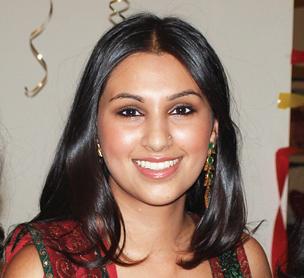
and Rabinder met and fell in love.
The director Daniel Cartwright describes the film as using a new technique of ‘wedding cinema’ where parts of the film are embellished to appeal to a modern audience, but are still based on true events.

Our Story takes the audience on a journey from when the couple first met through mutual friends to their voyage halfway across the globe in pursuit of love.
“In Hollywood there’s always a story, but it has to be made a bit more entertaining for a viewer to watch on the big screen.
The love story was shot during the wedding celebrations in Delhi and the rest was shot in Australia in the space of less than two days…it was almost guerrilla style shooting!” claimed Daniel.
Our Story captures the epic love story of Rabinder and Deepika and shows the power of love to succeed despite obstacles.
Said Rabinder, “The journey has been an interesting one and along the way, we had a blast of a time!”
And the same can be said for the audience who were taken on this mesmerising journey of love, tradition and culture.
Watch the stunning films Do Dil and Our Story on the No Limit Pictures website nolimitpictures.com.au

22 <> OCTOBER (1) 2011 INDIAN LINK
Photos: IN5AN3 Productions (premier night pictures); No Limit Pictures (screen shots) and
Suri (wedding photos)
The premiere at Beverly Hills Cinemas; inset left, the Do Dil team; inset above, the promotional poster
Raj

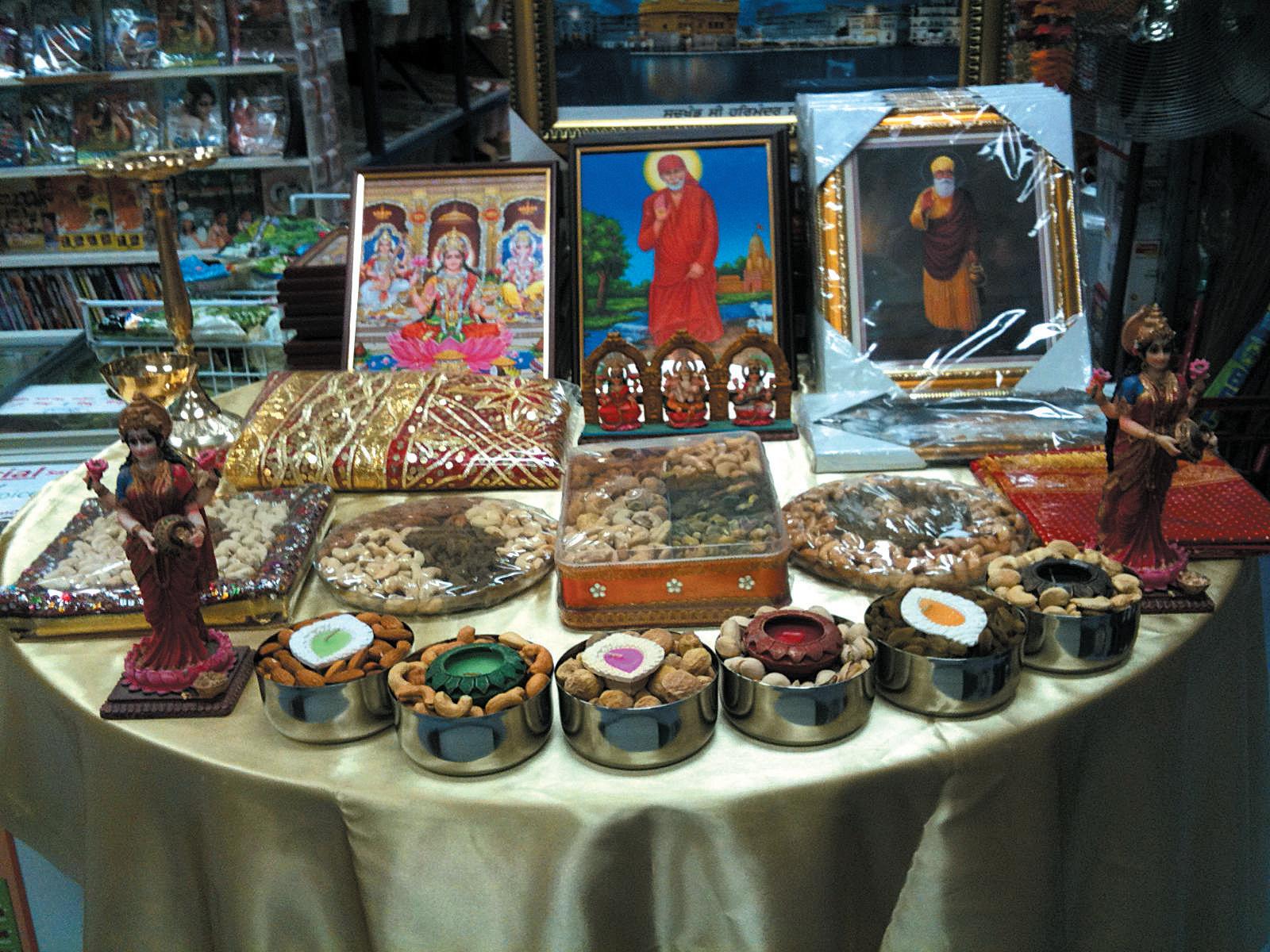



OCTOBER (1) 2011 <> 23 NATIONAL EDITION Singh Food and Spices 143 Stephen Street (cnr Sackville Street), Blacktown www.indianspices.com.au ONE STOP SHOP FOR ALL YOUR NEEDS DRY FRUIT pre packed available. Wide variety of fresh sweets available Blacktown Phone 02 9676 4677 september (2) 2011 <> 9 NAtIONAL eDItION To celebrate Karva Chauth on 15th Oct, Singh Spices invites you to Mehendi ki Shyam by Zeenat and team on 13th and 14th Oct BEST MEHENDI IN TOWN Call now to secure your booking. Special family pack food available. $39.95
Ten minutes of your time…
A rainbow of concepts and stellar performances marked a festival of short plays in Hindi
through our mother-tongue.”
BY ANUSHA MENON
India’s official language Hindi has today grown to become the second most widely spoken in the world. This position undoubtedly marks a noteworthy triumph, bearing in mind that here in Australia about a decade ago, one could easily confuse “Hindi” with “Hindu” without ruffling too many feathers! In recent years, the status of the language has altered exponentially. It has since been rendered pivotal in fostering business deals, interpreting Eastern philosophy and embracing the subcontinent’s culture. The Hindi language truly does serve a rainbow of different purposes today. Therefore, it seemed only appropriate that the festival of Hindi plays that graced the stage of Shopfront Theatre in Carlton on September 11, should be called Indradhanush, the Hindi word for “rainbow.” Indradhanush! Who could have thought of a better name? The festival, described as “A rainbow of Indian hues in theatre,” comprised of eleven 10-minute plays presented via the combined efforts of 41 budding actors, directors, producers and scriptwriters hailing from the Abhinay School of Performing Arts. Ages within the group ranged from 15 to 70, and each performer exemplified prolific talent in assuming roles that encompassed a range of colourful personas; including radio jockeys, an automated robot and even Aussie diva Cate Blanchett!
Besides a mutual passion for creative writing and acting, it was Hindi that bound the performers together. Even the robot and Cate Blanchett harnessed their roles in “tootti footti Hindi!” Festival director, Aishveryaa Nidhi said, “We wanted to provide a platform for community members to stay in touch with their roots, but in a fun way where they could express themselves
It all started in July 2011, when the Abhinay performers were given the opportunity to attend a play-writing workshop conducted by Alex Broun, award-winning Australian playwright and Artistic Coordinator of Short+Sweet Theatre in Sydney. Broun, a guru in the
pre-wedding jitters prompt her to re-evaluate whether she truly ought to tie the knot with… a robot?
Cate Blanchett wants to be
Winners at the Indradhanush Festival of short plays

Best Play/Most Popular Play: Dhalti Parchayian (2 awards)
Directed by Sukhpreet Dhamoon
Starring Aishveryaa Nidhi, Cheryl Khurana and Raj Dixit



BEST ACTOR: Shourya Nidhi for Alex Broun’s Cate Blanchett wants to be my friend on Facebook
Translated and directed by Aishveryaa Nidhi
Best Actress: Cheryl Khurana for Alex Broun’s Cate Blanchett wants to be my friend on Facebook
Translated and directed by Aishveryaa Nidhi
business of writing 10-minute plays, taught the performers how to create succinct masterpieces of their own. The plays that they produced were then translated into Hindi for the festival, and each one explored a range of social, emotional and political issues. One of the participants, Jasbir Singh Ahluwalia, was fortunate enough to have his play, Ek Nayee Subah (A New Dawn) selected to be performed at the Short+Sweet Festival 2011 in Delhi.
All eleven plays showcased for Indradhanush stood out in their own right.
One of the plays, Ek Su Sampann Var (A Perfect Match) written by Neena Badhwar and directed by Swapan Chakravarthy, was a quirky piece set in the year 2030. It centered around Reena, a young Indian woman whose
Ages within the group ranged from 15 to 70, and each performer exemplified prolific talent in assuming roles that encompassed a range of colourful personas; including radio jockeys, an automated robot and even Aussie diva, Cate Blanchett!
culminated in the terrorist attacks of September 11. The Indradhanush festival coincided with the 10-year anniversary of 9/11, and helped make the
directed by Aishveryaa Nidhi. In this play, Academy Award winning actress Cate Blanchett, finds herself on a journey towards mastering the Hindi language and attempts to secure some Hindi-speaking mates on Facebook along the way.
Aath Gyarwee Ke Liye (8 for 11th) was a play of the more poignant variety. Written by Iqtedar Abdi and directed by Nisar Sirguroh, this piece captured the intrigue and suspense of the events that
The plays that they produced were then translated into Hindi for the festival, and each one explored a range of social, emotional and political issues
of 9/11.
Indradhanush was a clear testament to the objective of the Abhinay School of Performing Arts, which is to encourage and facilitate the production and promotion of Indian art forms in Sydney. In a truly touching gesture, all proceeds from Indradhanush ticket sales are to be sent to the family of Jasdev Bhatia in Punjab. Bhatia, who was the school’s very first bhangra student, lost his life in an unfortunate accident on August 21.
24 <> OCTOBER (1) 2011 INDIAN LINK
STAGE
danceFinding the divine in
Young children danced, young girls danced and the young mothers danced! So did the audience, in glee. Sixty-one girls and a boy on the stage, each dancing his or her mind off was a treat to watch. One wondered how many lovely girls we have in Sydney! There was colour, rich costumes, lights. More than anything, there was variety. The event was Sarvesha, an evening of dance and music organised in
A theme had been marked for the occasion, namely a search for God in living beings, children, nature, parents, teachers, love, and art, in celebration and even in evil.
Supporting the performance was the rich pre-recorded music rendered by Sangeetha Ayyar and Anand Dixit, with violin support from Balaji Jagannadhan, synthesiser from Mohan Ayyar and the mridangam from Bala Shankar. Some of the improvisations in music were effectively rendered by Sangeetha Ayyar, Mohan Ayyar and Balaji Jagannadhan. Needless to say, the music was of a high order. At times it was totally instrumental, but sometimes tanam was effectively used.
Indian scripture hails the Mother, Father, Guru and the Guest as Gods. Ekalavya is perhaps the best example of one who espoused the principle “Acharya devo bhava”. This was artistically conveyed in varnam
The teacher Drona asks Ekalavya for his
finger as the dakshina. The student does not think twice, simply cuts off his finger and gives it away to the teacher. It formed great a tableau on stage when the music stopped and the dancers stood still to portray this. (See picture above left).
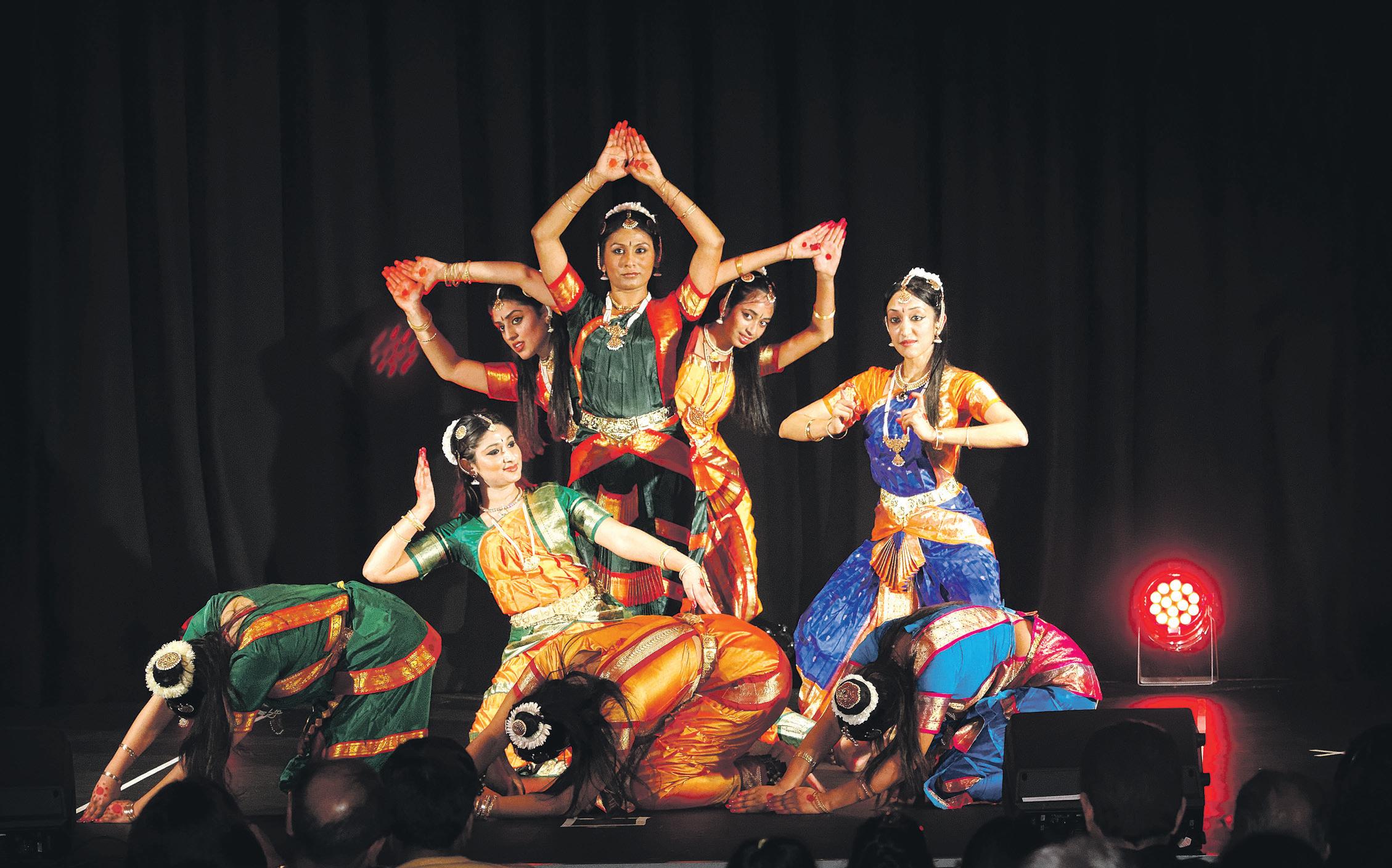
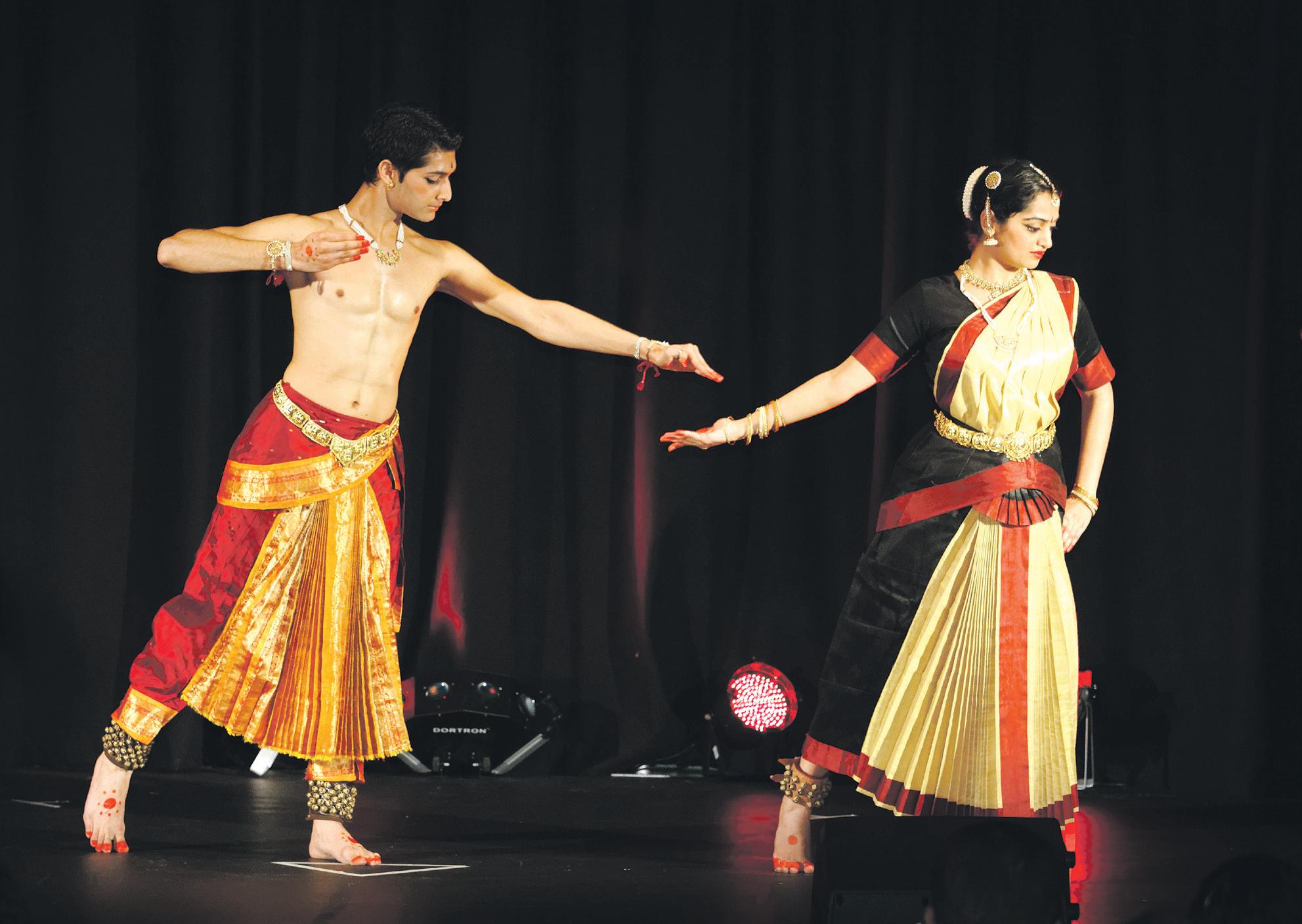
We had another moment like this when Radha disguises herself as Krishna and tries to fool her friends. The confusion among the girls and their dismay came out vividly with the rich backdrop of music in ragam
Hamir Kalyani
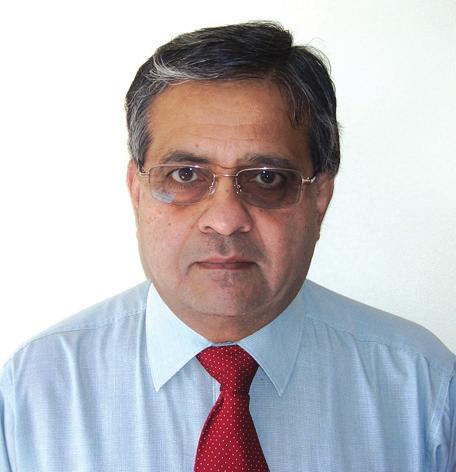
In the item “Ulegum – natiya kaleyai” the nine different rasas fundamental to all Indian art were brought out cleverly by a group of eight girls.
In another memorable sequence, Sri Rama wants to offer prayers before going to war to bring back Sita. Surprisingly, Ravana’s name springs up for the priest for the occasion. There was a dramatic time when the monkeys argued for and against
the proposal. The delight when Ravana asked for salvation and not Sita as a gift was expressed very well.
Of course, there were many other dances. The very first jathi swaram started appealingly with the swaras “sa ni sa ma ni pa ma” in raga Bahudari where the girls (in beautiful yellow and black) and Govinda Pillai brought out a very brisk movement. Vellai Thamarai had a lovely beginning and end. The Bharatiyar song “Kakai sirangile” and the Meera bhajan “Barse badaria” were enacted with pleasing lighting effects and music. The rain scene was a delight.
The last item was an anthology of practices in different parts of India and was presented by youngsters.
Hamsa, the director of the show, displayed the search for God everywhere, in every day life. And as the audience, we definitely found Him in the dance.

OCTOBER (1) 2011 <> 25 NATIONAL EDITION
www.indianlink.com.au For expert coaching in Lowest Fee Guaranteed IELTS ENGLISH GURU Suite -1, 71 A Macquarie St, Parramatta, Phone 0411 520 546, 9687 9741 www.englishguru.com.au • Power Packed Sessions. • One and Two Weeks Crash Courses Available. • Money completely refundable, if not satisfied with the first tuition session G o o d Te eth B e tter H e a l t h SPECIALISATION General, Cosmetic & Children’s Dentistr y, Scale & Clean, Root Canal Treatment, Dentures, Crown & Bridges, Teeth Whitening, Extraction & Mouth Guards MODERN AND HI TECH EQUIPMENT / EXPERIENCED DENTISTS Dr Ravinder Kaur BDS, MDS (Syd Uni) Dr Shaveta Batish BDS, Dr Juzer S Naseem BDS, Dr Divya Sharma BDS Two Convenient Locations - Mon-Fri: 9am – 5:30 pm, Weekend: 9am – 2pm Glenwood Shopping Centre, 4/60 Glenwood Park Drive, Glenwood Ph: (02) 8883 5222 Fax: (02) 8883 5293 Hassall Grove 10/211 Buckwell Drive, Hassall Grove Ph: (02) 8678 0882 DD
BY SYDNEY SRINIVAS
Dental
Photo: Le Chat Rouge Photography
Star in a shiny
A prolific writer is making inroads within Australia’s fine arts industry, bringing relevant Indian community issues to the stage
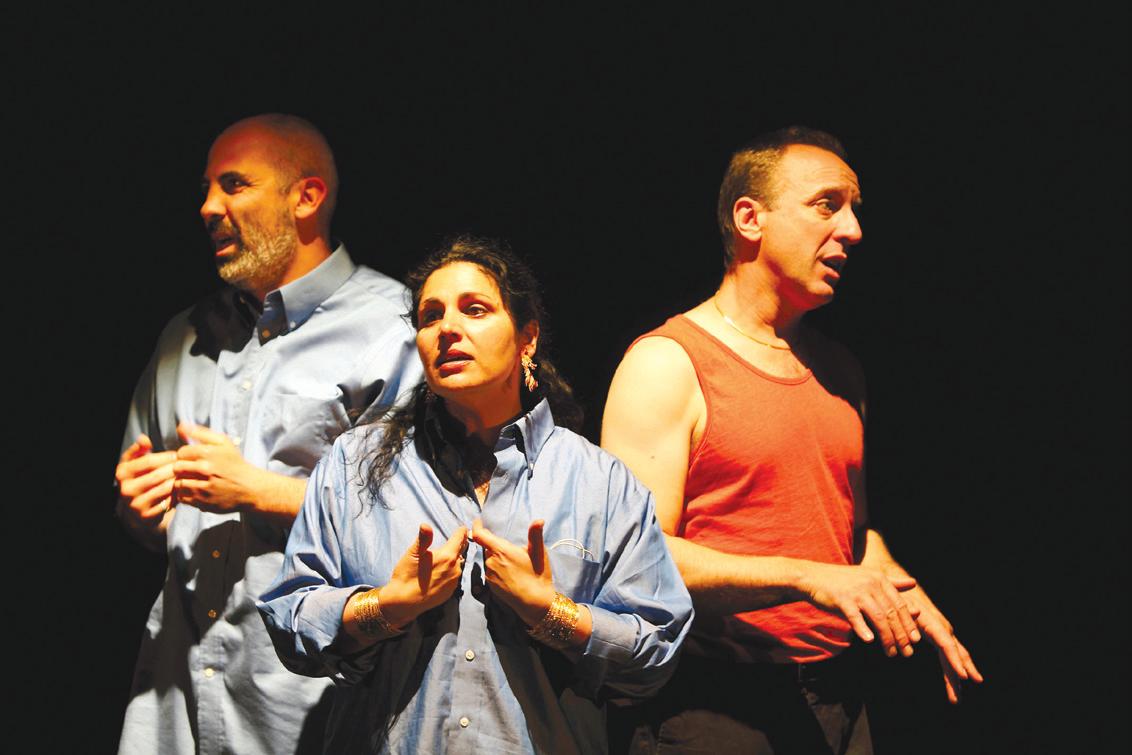 BY SHERYL DIXIT
BY SHERYL DIXIT
As an award-winning Indian-Australian writer in Australia, Roanna Gonsalves is now in elite company, although she is reluctant to admit it. However, modesty aside, it’s a journey that has been anything but easy. It’s taken her a lot of time, effort, vision, dedication and hard work to get there, and of course, being talented has helped.
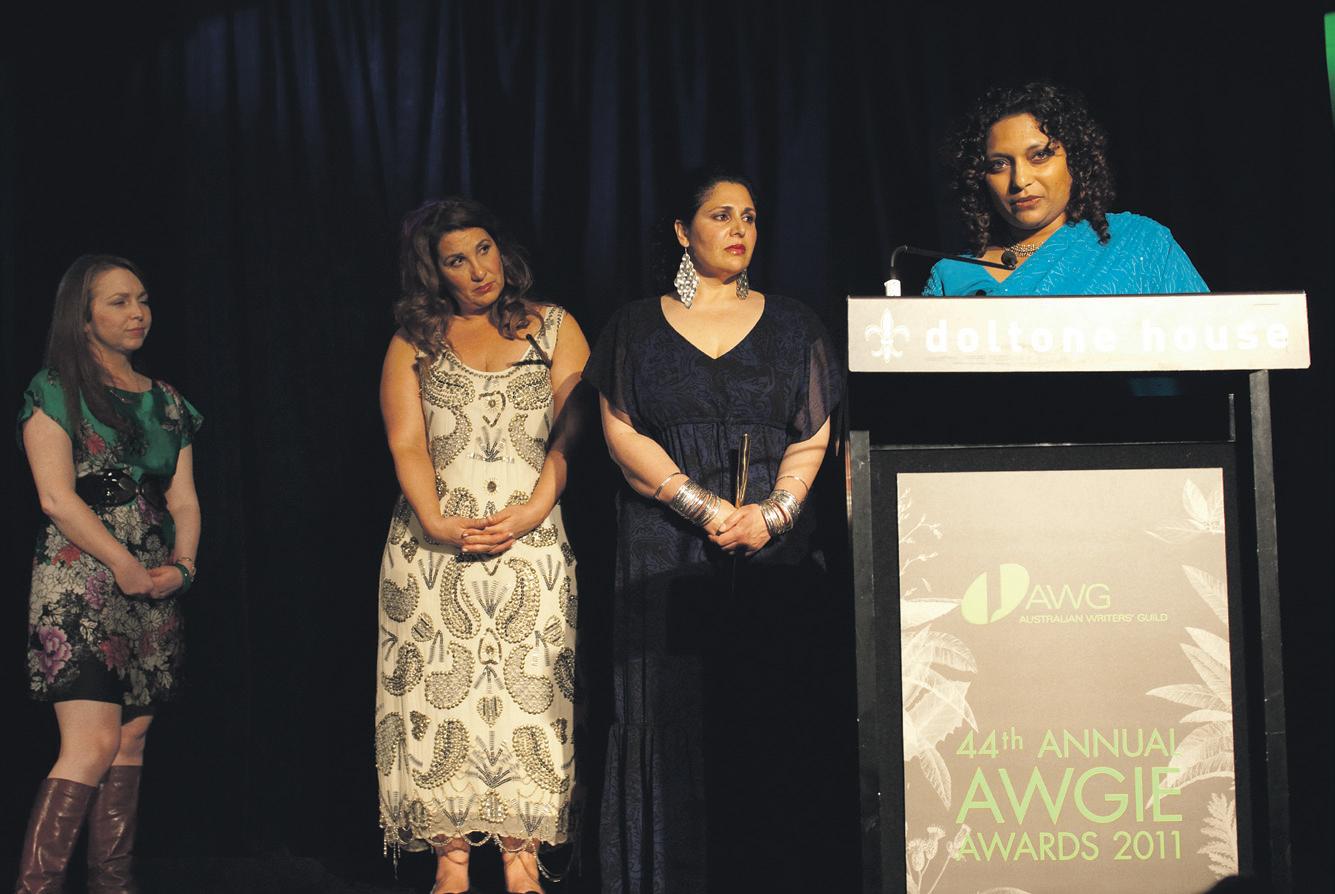


A unique subject
Roanna recently won the prestigious Australian Writers Guild award for ‘Best Script’ in the Community and Youth Theatre category for the play Yet to Ascertain the Nature of the Crime, with collaborators Damien Millar, Raimondo Cortese, Görkem Acaroğlu, and the company of actors. What is unique about this sell-out play which was scripted by Roanna, is that it takes on real perspectives of the assaults on Indian students in Melbourne through the actual words of the students, as well as education agents, counselors, Indian Australians, and even a couple of young men who hold white supremacist views.
For Roanna, writing the script was, to put it mildly, “challenging”. “Constructing a script from over forty hours of material into just an hour and trying to include all the nuances from the protagonists was one of the hardest things I have ever had to do,” confesses Roanna. “I wanted to include all the stories, the heart-wrenching, funny, unusual ones, all of which had to combine and flow to make a credible performance.”
Roanna had to work on pre-recorded interviews with students and others, as they explained their perspective on the attacks and how they felt at the time.
Intriguing execution
So how did the concept for such an unusual play come about?
“Görkem Acaroğlu contacted me to work on the script, which had come about through the idea of telling the real story by the students and others, rather than taking the view portrayed by the vociferous Indian and Australia media, some of which was frankly, over the top,” explains Roanna. “The cast and crew sat together in a week-long workshop in Melbourne and we threshed out the real issues behind the attacks, the ones that went beyond racism, like class and gender, which brought out completely different levels of complexity on the situation. For us, it was not a defining subject of whether the attacks were racist or not, it was about telling the students’ stories in their own words and voices, and bringing out the myriad issues behind what was seen as the main one”.
Roanna admits that she didn’t quite expect the play to be so successful. As a creation in what’s called ‘verbatim theatre’, the format is to use exact recordings from the subjects, even with the hesitancies of speech, pauses, erratic diction, etc., to give the audience a true feeling of the protagonist’s mind. And by adding humour, music, and even a bit of Bollywood
silk
dancing, Yet to Ascertain…. presented a nuanced view of the attacks, with a space in which the actual words of the victims can be heard.
“I went to the viewing of the play at least three to four times, and every time, the audience reaction absolutely amazed me!” says Roanna. “They would laugh, cry, go through a series of emotions that perfectly matched the performance…I couldn’t believe how connected they were with what was happening on the stage. I felt wonderful that the play had the power to involve the audience, and helped them understand the reality of the issues through the words of the students themselves”.
Winning work
And what about the award, was that expected?
“Well, when your play is nominated, you hope that you’ll win. Although I hoped, I didn’t really think we would bag the award. But when the magic moment happened, I felt thrilled and terribly excited,” recalls Roanna.
Luckily though, she had planned what to say as she walked to the stage in her shiny blue sari. In her acceptance speech, Roanna acknowledged other women writers who had made it easier for her and her genre to gain acceptance for their work. She also talked about the plight of Indian students, and specifically dedicated the award to two young students Nitin Garg and Tosha Thakkar, who were the victims of crime. What this enthusiastic writer didn’t realize until later was that, while all the other award-winners were given exactly a minute to make their acceptance speech, hers went on for a while. In fact, the number system on the screen behind her was turned off, as the audience avidly listened to what she had to say.
“I had no idea,” says Roanna. “The students issue has always been close to my heart having been one myself, and I was simply glad for the opportunity to briefly explain their issues to such a prestigious audience”.
“People came up to me later to say that they were enlightened by my speech,
People came up to me later to say that they were enlightened by my speech, which made me feel good because I thought I had been running on and repeating myself!
You have to be involved and be seen, you have to put your work out there for review through various writers forums, perhaps through mentoring, and sooner or later you will get recognized
which made me feel good because I thought I had been running on and repeating myself!” she adds with a laugh.
Scripting stripling Roanna’s talent for script-writing found expression at a very young age, where she wrote short plays to be enacted by her sister and cousins at family functions and events at the local church. She graduated in English Literature from St. Xavier’s College in Mumbai, and worked extensively within the fine arts industry in India, building up her experience and portfolio as a
26 <> OCTOBER (1) 2011 INDIAN LINK
SPECIALREPORT
From top; Roanna Gonsalves with Georgina Naidu the star of her play Yet to Ascertain
MC Libby Gorr listens on as Roanna makes her acceptance speech A scene from Yet to Ascertain...
sari
Business for Sale
Pizza Hut Franchise

LOCATION
Port Macquarie NSW
SALES
over $715K per annum
LEASE
LONG LEASE 2011+3+3
ESTABLISHED
Since 2004
PROFIT
$120,000+ p.a. (owner operator)
ASKING PRICE $279,000 + SAV
Opportunity to join one of Australia’s largest pizza networks with over 350 stores in Australia & New Zealand. Enjoy the benefits of being part of a solid franchise system with strong marketing and brand presence in Australia.
The business is currently run by a full-time manager and experienced staff with great opportunity to further develop the store by a hands-on owner. New owners will receive comprehensive training in all aspects of running the business from Pizza Hut. The store does not require any capital expenditure and the facility and equipment is in very good condition.
reporter, in script-writing and commercial videos. She came to Australia to do her Masters in Professional Writing at UTS, and has since scripted and co-scripted for plays, written articles, done documentaries and educational videos and a whole host of other initiatives too numerous to mention here. However, Roanna has found working in the fine arts industry in Australia a challenging, yet rewarding one. “It takes time to gain recognition, but overall, my experience is that the fine arts industry here has been very welcoming,” she admits. “But you have to be brave. You have to be involved and be seen, you have to put your work out there for review through various writers forums, perhaps through mentoring, and sooner or later you will get recognized. The perception about Indians in the industry is either Bollywood, or an Arundhati Roy or Salman Rushdie, but that is slowly changing.”
Roanna also feels that there’s growing awareness of multicultural issues in the broader community. “People in theatre are becoming more aware of the need to tackle sensitive multicultural issues through this powerful medium. If we can bring issues that we face onto the stage, it will be a true achievement, and that’s what I aim to do,” she says. “Theatre-goers have always been predominantly Australian but that will and should change with more Indian/ subcontinent involvement, as actors, writers or the audience. And of course, when the
issues of the community are highlighted on stage”.
Nothing’s gonna stop her
Among other irons in Roanna’s fire are a PhD at UNSW, a project with the Bell Shakespeare company, a documentary with Ana Tiwary of inDiVisual Films and her baby, a book which will be a collection of short stories. So how does she manage to balance her personal life with an increasingly prolific career?



“My parents have been wonderfully supportive in moving here and helping with my 8-year-old twin sons,” says Roanna gratefully. “The past couple of years have been difficult, but now I’m getting into my stride and am happy to take up any challenges that come my way.”
Roanna’s passion and drive are inspirational, not just for budding writers but for the broader community, as it takes courage to speak up for causes that most of us would rather lock away and forget. The cast and crew of Yet to Ascertain the Nature of the Crime have been invited to perform at Mumbai’s renowned Kala Ghoda festival in 2012. Roanna is currently seeking sponsors to help them get to Mumbai, an achievement that will be truly satisfying for this talented writer. If you think you could help, write to her at roannag@gmail.com
the team @

OCTOBER (1) 2011 <> 27 NATIONAL EDITION www.indianlink.com.au
Please email with quer ies on amaharaj@dynamicbusinv.com or Amal on 0416059327
The glory of
Durga
KOMAL UTSAV JAGAD on the Sydney celebration of Maha Navratri, a festival dedicated to the Hindu goddess Durga, the feminine principle of nature
Rosehill Racecourse in the west of Sydney was the venue for a rather unusual party in late September. The Hindu festival dedicated to the goddess Durga Mata, Maha Navratri, was organised here by the Sankalp team and Australian Indians Limited. In traditional manner, the mega folk dance fest Dandiya Dhoom was part of the celebrations, in which an entire community gets together to dance in veneration of Durga Mata.
In keeping with the distinctively inspirational theme of ‘Unity in diversity: A journey towards spirituality’, deity offerings, bhajans and pooja prayers were conducted with solemnity.
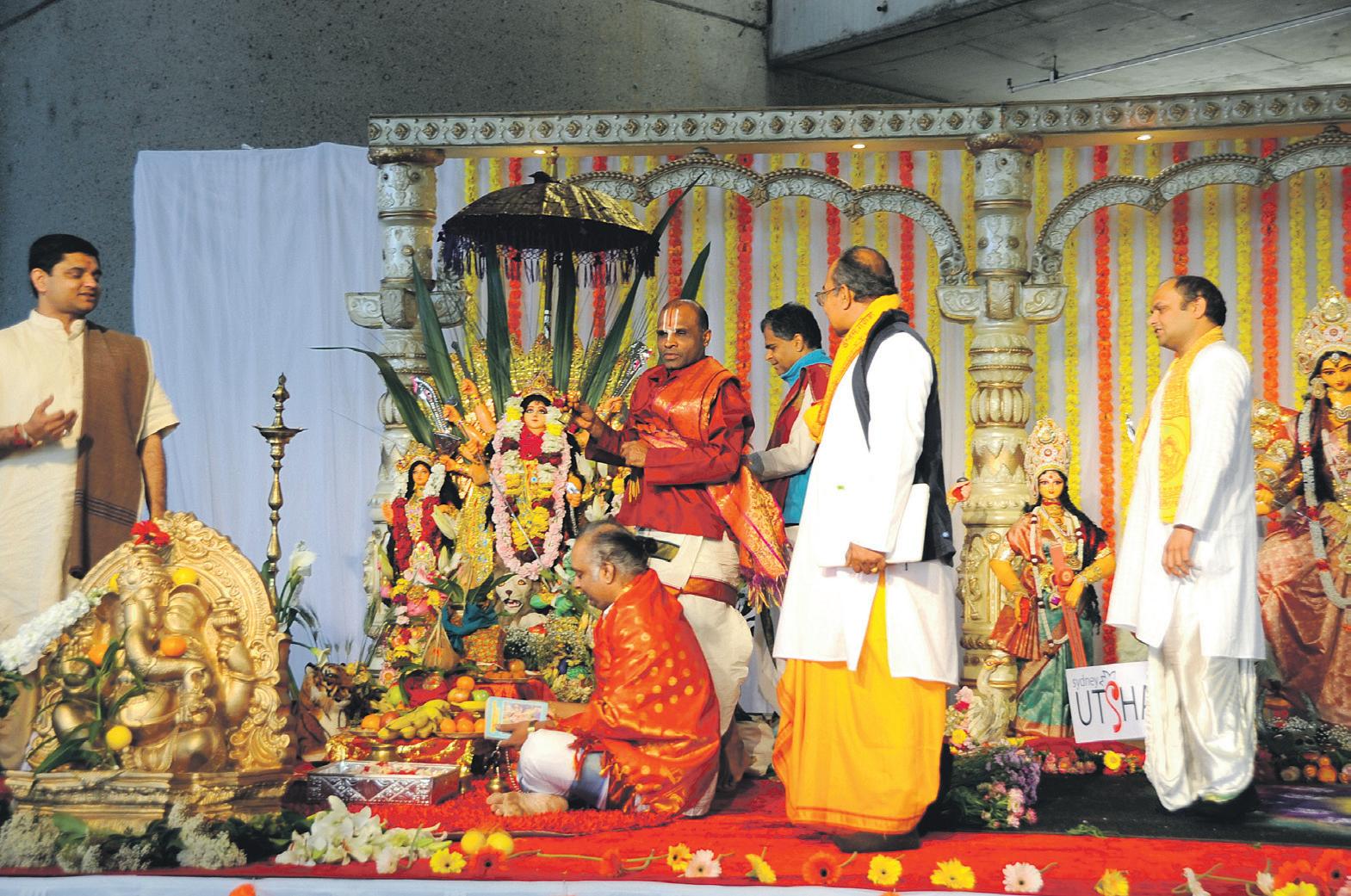
But the occasion was also about entertainment: essentially, all Hindu festivals are about celebrating life with friends, family and good food, and rejoicing in the good fortune that we have these elements in our life! A perfect blend of entertainment ensured every attendee at had something to look forward to and enjoy the Navratri celebration. A few steps in, and all the foodies had their mouths watering over the stalls catering samosas, chole batura, masala chai, besan ke laddus, kheer and jalebis. The belief that a pack of cards could present an insinuation about the future ensured the Tarot card reader never went unnoticed.
Kids clasping “Jai Mata Di” scripted balloons (orange, white and green with Indian Flag theme) were thrilled to queue up for face painting, caricature and henna.
Neni Tiwary of AustralianIndians.com.au, who looked after operational support and marketing for the event, told Indian Link, “The event was a huge success with 3,500 tickets sold. The not-for-profit organisation Australian Indians supported the cause of ‘Unity in Diversity’ and for the first time an online sale took place on our website with a record of 1,300 tickets sold online. We propose to have this Maha Navratri celebrated annually every year”. He also added, “The event was the first of its kind in Sydney’s Indian community where priests from almost all the temples of Sydney including Pandit Samir, Pandit Ajaybhai, Pandit Jatinbhai, Pandit Acharya Raman Sharma, Gitanjali, Pandit Ravi Gurrukal and others came together to perform the maha yagna and Mata’s pooja.” Idols and posters of Goddess Durga, Goddess Mahalakshmi, Goddess Saraswati, Hanuman, Ram, Lakshman and Sita added a glorious touch to the sacred air.
Festivity and colours symbolize India, and Maha Navratri was an evening full of life. There was a definite display of unity in diversity, with Indians as well as guests from other cultural backgrounds also present. Spectacular dances from India were presented on the occasion including Kathak, Odissi, Kuchipudi, Bhangra and a sensational Tandav with a live snake. A unique combination of dhol, bhangra and
garba with traditional attire of chaniya choli and kurta-lungi reminded us again of the theme Anekta me Ekta (Unity in Diversity).
The band Taal Yatra Dandiya Dhoom ensured dancers swayed to Garba and Dandiya rounds for over three hours.
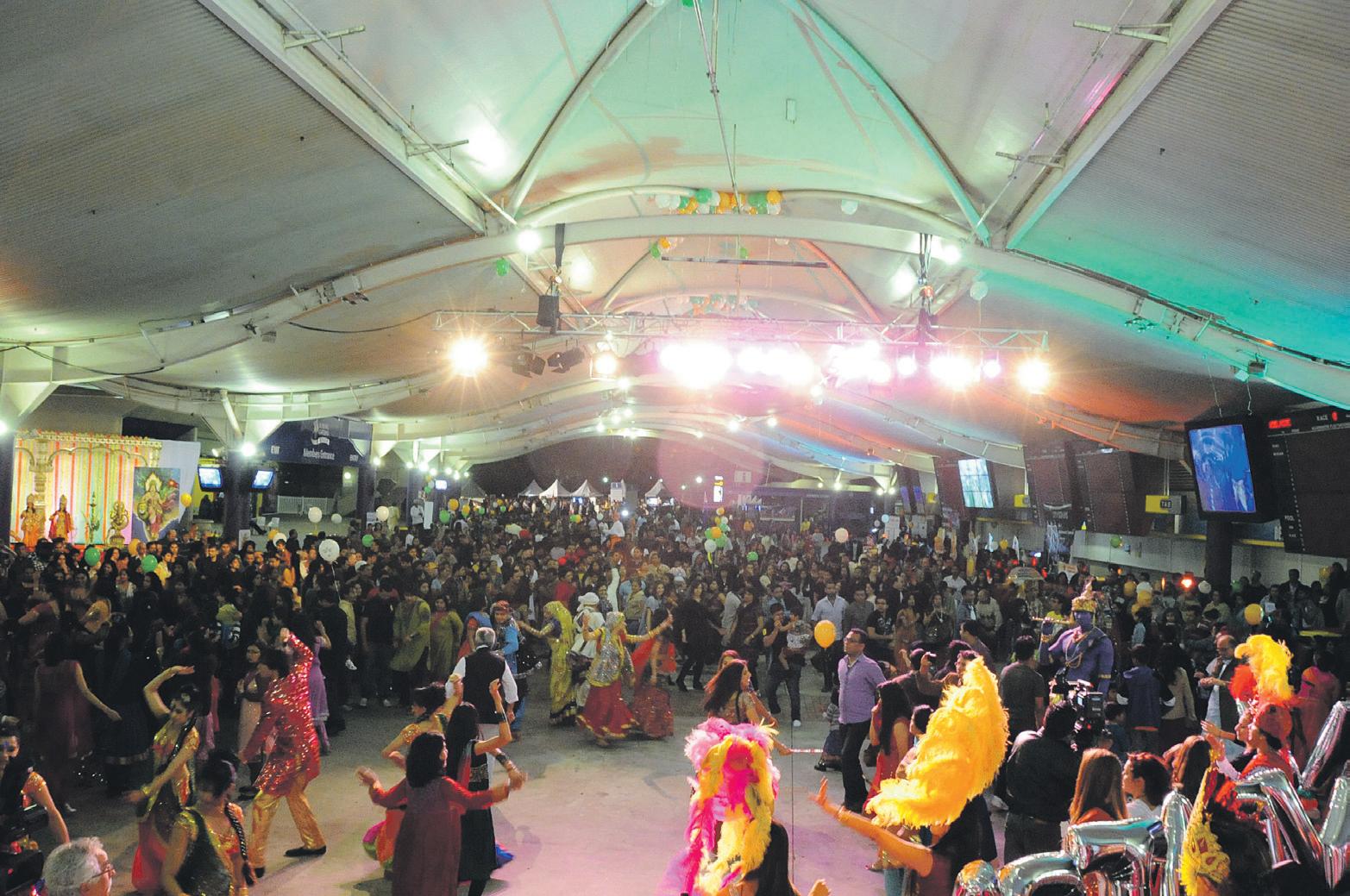
“With 47,000 views on YouTube the event is certainly a big dhamaka today” said Mr Ketan Parmar, Coordinator and drummer, Taal Yatra Dandiya Dhoom. Bollywood singer Mohit Chauhan and the ‘fastest drummer in Hyderabad’, Kishore Parmar stole the limelight of the show.
An evening like this one would certainly remain incomplete without prizes. Lucky winners like Birva Patel, Divya Dhingra and Ashok Khilani won $5000 cash prize, $2000 cash prize and photo packages by Neelsh Kale respectively. Other prizes included an LCD TV, slow cooker, blender, tickets to Mohit Chauhan’s concert and Labh Janjua Live Bollywood Bash. Best dressed male and female were also awarded gifts.
Mrs. Gargi Tripathi, Chairperson and Director Sales and Marketing, Sankalp, said, “Maha Navratri is a lovely opportunity for devotees to make offerings to Mata and with the blessings of Mata the event was organized in just 15 days thanks to the support of all sponsors and volunteers like Value Travel World, Vision Asia, Connect TV, SBS Radio, Facebook, Google, Indian Link and YouTube amongst others”.
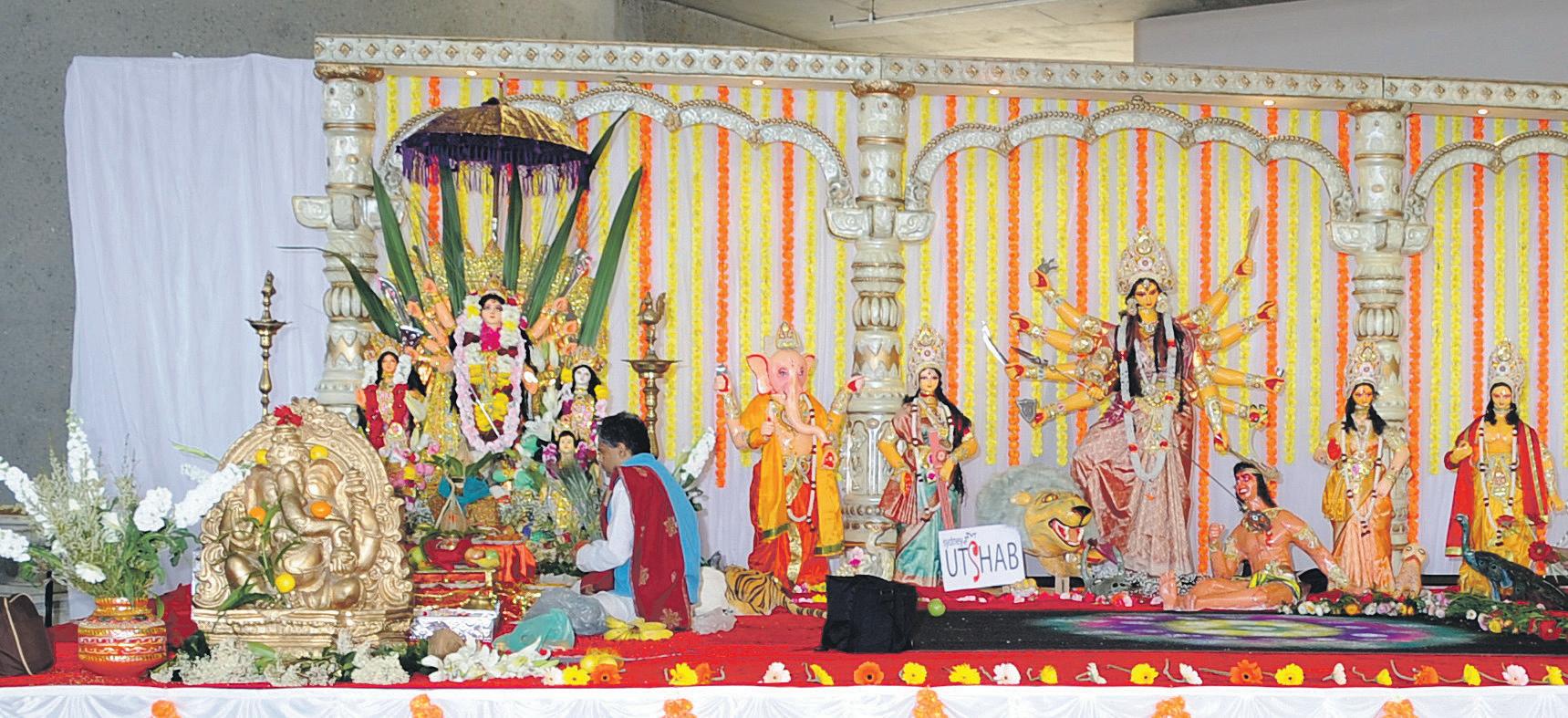
She also made a special mention of a photo exhibition called Sankaln organized for the occasion. “The photos are created by the Lalit Kala Akademi (India’s National Academy of Arts) award winning photographer Neelesh Kale. This exhibition is a photo study of how ‘Durga’ idols are created in Mumbai, India. Australian Indians Limited commissioned one of these idols to be made for our Maha Navratri Festival. The photo study covered from the initial stages of moulding the idols to the final stages of painting.”
This collection of photos shown at the Maha Navratri Festival are available for purchase, please enquire by emailing info@australianindians.com.au.
Indians certainly love their large-scale melas, and with fairs already set in the community for Independence Day, Diwali and Holi, you can rest assured that Maha Navratri will become another main event in the annual social calendar.
This year’s inaugural event has brought a wave of energizing drive to the community at large - hold the fire until Diwali and watch the community light up again with colour!
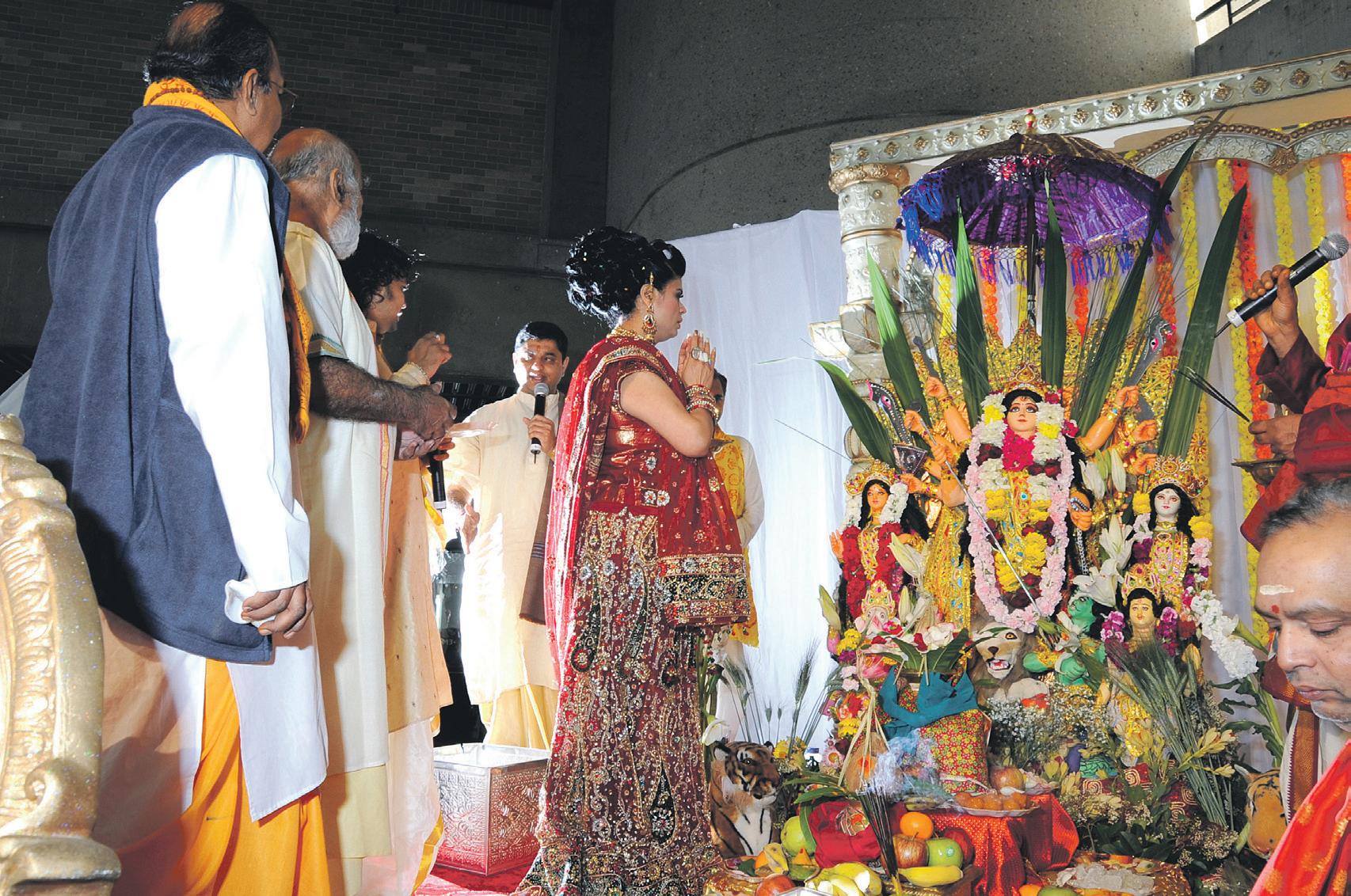
28 <> OCTOBER (1) 2011 INDIAN LINK
FESTIVAL www.indianlink.com.au


OCTOBER (1) 2011 <> 29 NATIONAL EDITION



30 <> OCTOBER (1) 2011 INDIAN LINK
one call can change your life
Only
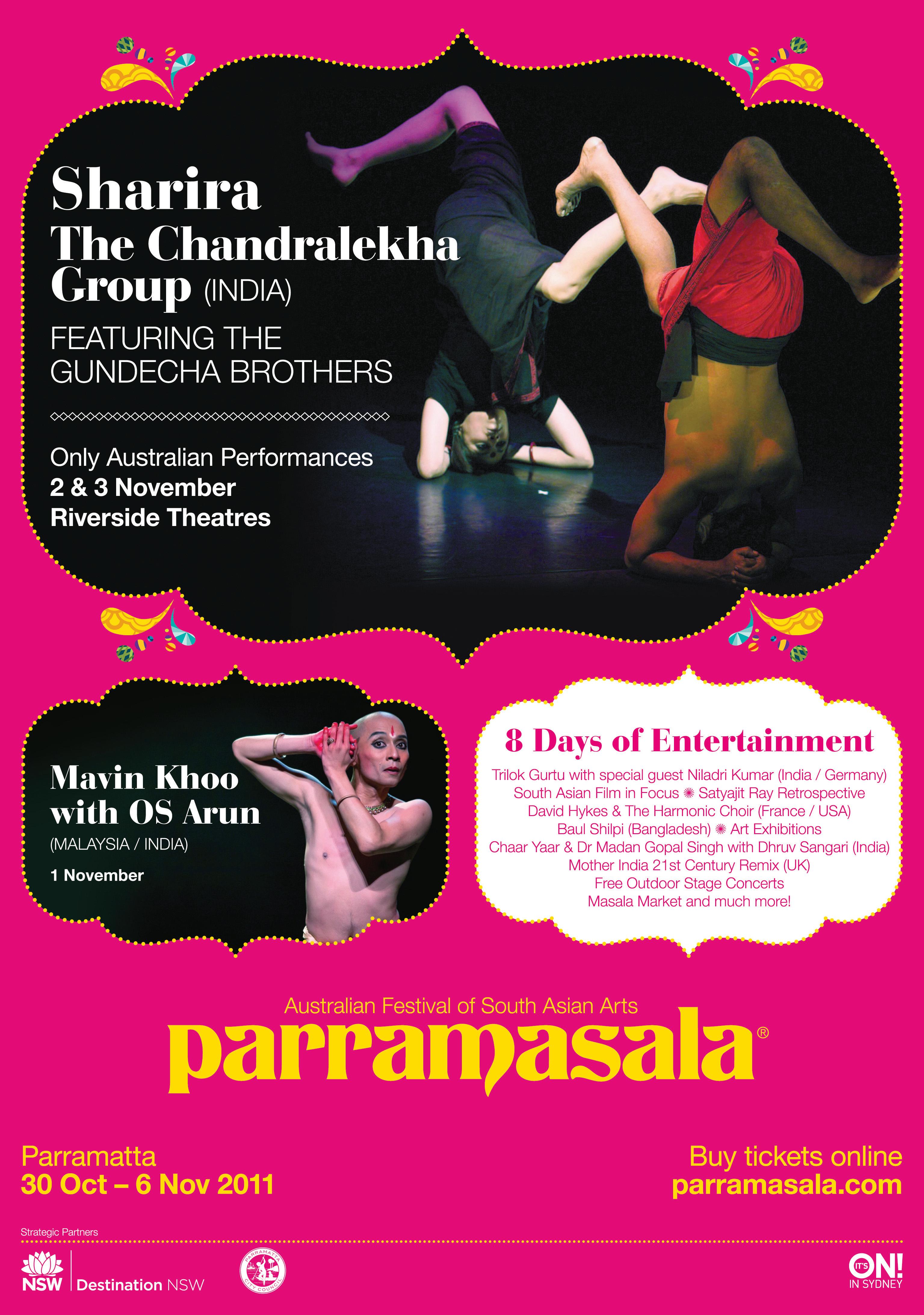
OCTOBER (1) 2011 <> 31 NATIONAL EDITION
area, huge kitchen with lots of cupboard space, separate lounge(with a/c), family and living areas, large yard with built-in bbq area, veggie patch, laundry with 3rd toilet and shower, Lock up carport plus a lock up garage, this home is located in a quiet cul-de-sac.


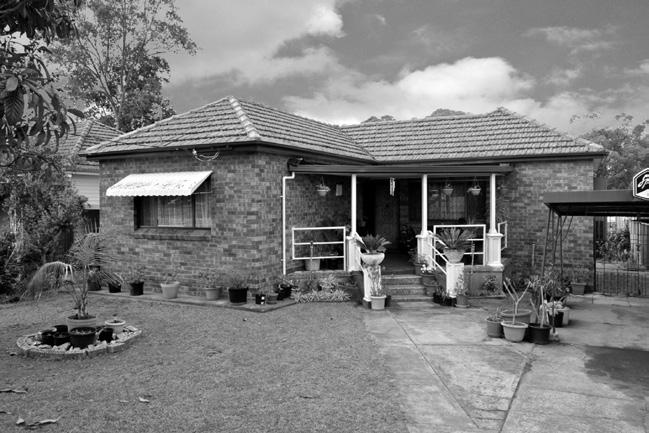
















Contact

32 <> OCTOBER (1) 2011 INDIAN LINK PROSPECT $449,000 AUBURN $369,950 STH WENTWORTHVILLE $499,950 MERRYLANDS $310,000 WENTWORTHVILLE $439,950 4 BEDROOM HOUSE Quick snap up for investors or first home owners who love being convenient located close to the train station and shops. 4 bedrooms, separate kitchen and dining area, large family room, neat original bathroom, external laundry, great size rooms and lock up garage. Close to all amenities Laing & Simmons Wentworthville 9688 4000 Contact Leanne Ollerenshaw loving care this home features lounge and dine area, neat clean kitchen, bathroom, carport and separate teenage retreat including toilet and shower Laing & Simmons Wentworthville 9688 4000 Contact Leanne Ollerenshaw MINUTES AWAY FROM ALL AMENITIES! 3 bedroom unit in a secure complex in the heart of Auburn. Features built in’s in two bedrooms, ensuite, modern kitchen with gas cooking, partially renovated bathroom & an open plan lounge & dining area with a balcony off the lounge area overlooking the tennis court & pool. Also includes, reverse cycle air con, internal laundry & basement security car space. Only minutes walk to everything with a great rental return of $450 pw. Laing & Simmons Wentworthville 9688 4000 Contact Mike Gannon INVESTORS DELIGHT Located in a sought after area of South Wentworthville is this lovely 3 bedroom home featuring plenty of natural sunlight, great size bedrooms, 2 x built in wardrobes, 2 bathrooms, 2 toilets, gas cooking, timber floors throughout, east facing front yard, with a west facing backyard & garage or potential granny flat. This property will be SOLD so don’t be miss out before it’s too LATE. Laing & Simmons Wentworthville 9688 4000 Contact Michael Cuskelly WHEN LOCATION MATTERS!!! This ultra modern & spacious apartment located close to amenities features 2 large bedrooms with built-ins, ensuite to main, very large open plan living/dining, modern kitchen with gas cook top & air con, large balcony, intercom, internal laundry with dryer & single secure car space + storage cage Laing & Simmons Wentworthville 9688 4000 Contact Alex Mich INVESTOR DELIGHT Located in a quiet cul-de-sac close to shops, schools & station this neat 2 bedroom home features main bedroom with built in, separate lounge, eat in kitchen, original kitchen & bathroom, separate toilet in laundry, ducted air con, enclosed veranda, sunroom, good sized yard & carport. Perfect for the first home buyer or astute investor Laing & Simmons Wentworthville 9688 4000 Contact Alan Fowler internal access and large private courtyard within walking distance to shops and station. Ideal first home, don’t miss out Laing & Simmons Wentworthville 9688 4000 Contact Alan Fowler A LARGE FAMILY HOME 4 bedroom house situated on a large 1045m2 (approx) block close central gardens, shops, schools & transport features include front & back drive through veranda’s, oversized bedrooms all with built-ins master with ensuite, sunken formal lounge, formal dining, rumpus with fan forced fireplace, timber kitchen with gas cooking, porcelain ceramic tiles downstairs, 3rd shower & toilet in laundry, security shutters on all the windows, R/C ducted air con, ducted Vacuum cleaner, solar panel for free electricity & DLUG with internal access. Bonus Feature :- Self Contain 2 room Granny Flat Semi Detach with Split Air Con. Laing & Simmons Wentworthville 9688 4000 Contact Mike Gannon NORTHMEAD $369,950 dining area with balcony, modern kitchen, 2 good size bedrooms with built-ins, main with balcony, 2 Toilets modern bathroom, lock up garage + security intercom. Located conveniently close to trains, shops and schools. Laing & Simmons Wentworthville 9688 4000 Contact Leanne Ollerenshaw IDEAL LOCATION Situated close to shops & transport this young 1st floor unit is ideal for the 1st home buyer or investor. 2 bedrooms, main with built-in & ensuite, open living plan, large modern kitchen with quality appliances including dishwasher, large north facing balcony, security parking & set in a popular complex. Laing & Simmons Wentworthville 9688 4000 Contact Alan Fowler IDEAL FOR THE FIRST HOME BUYER OR INVESTOR Built in 2006 this well maintained popular complex is ideally located close to shops & transport. Located on the 1st floor features include 2 bedrooms, main with walk in wardrobe and ensuite, combined lounge and dining with air conditioner, large modern kitchen with gas cook top, modern bathroom, good sized balcony off lounge & security parking. A must to inspect. Laing & Simmons Wentworthville 9688 4000 Contact Alan Fowler NORTHMEAD $359,950 MOUNT DRUITT $299,000 HIDDEN TREASURE!!! Three bedroom townhouse features large bedrooms with built-ins to all, living + dining opening onto great size backyard, plenty of cupboards in the kitchen as well as in laundry, split air conditioning , internal access to single LUG + single car space & all this comes within minutes walk to shops, schools & train station. Laing & Simmons Wentworthville 9688 4000 Contact Mike Gannon CONSTITUTION HILL $639,950 ROOTY HILL $329,950 GREAT STARTER Situated at the back of a well maintained complex is this lovely 2 bedroom townhouse featuring large main bedroom with ensuite, built in wardrobes, modern bathroom + 3rd toilet downstairs, separate lounge & dining areas, modern kitchen with gas cook top, dishwasher & plenty of cupboard space, internal laundry, ducted air conditioning, alarm & intercom, good sized private back yard & single LUG. Laing & Simmons Wentworthville 9688 4000 Contact Alan Fowler WENTWORTHVILLE $369,950 LOCATION LOCATION LOCATION Only minutes walk to the station and shops this well presented 2 bedroom villa is in a sought after complex. Features include: modern bathroom, modern kitchen with gas cooking, open floor plan, separate toilet, lock up garage and private court yard. Be the first to inspect Laing & Simmons Wentworthville 9688 4000 Contact Alan Fowler GUILDFORD $399,950 GUILDFORD AUCTION QUIET LOCATION Close to schools and transport this 3 bedroom townhouse offers street frontage and driveway. 2 Bathrooms, 3 toilets, modern kitchen with gas cooking, spacious living areas, lock up garage, set in a small complex of 5 and more. Ideal for the investor or first home buyer. Not to be missed. Laing & Simmons Wentworthville 9688 4000 Contact Alan Fowler 758SQM BLOCK Options Are Endless with this one! Whether you are looking for a nice residential home to start a family, an investment property or land to build on; this property ticks all the boxes. Located in a quiet residential street this lovely 3 bedroom home is a must to inspect! Features include 3 good sized bedrooms all with built in wardrobes and ceiling fans, modern kitchen with dishwasher, oorboards throughout with carpet to all bedrooms, combined ounge and dining with air conditioning & ceiling fan, modern athroom with toilet separate, internal laundry, under cover entertainment area + great back verandah to watch the kids play, Lock up garage and a large 20m, Frontage. Opportunities like this one don’t come along everyday so BE QUICK and don’t miss out! Open For Inspection: Saturday 12:30-1:00pm Auction: Saturday 29 October 2011 onsite at 1:00pm Laing & Simmons Wentworthville 9688 4000 Contact Alan Fowler 0413 057 699 or Leanne Ollerenshaw 0414 790 887 WENTWORTHVILLE $280,000 DESIRED LOCATION, DESIRED PRICE This well maintained top floor 2 bedroom unit is situated in a quiet street within walking distance to shops, school & station. Features spacious combined lounge & dining area, neat kitchen, updated bathroom, main bedroom with built in wardrobe, internal laundry & carport. Perfect for a 1st home buyer or investor. Laing & Simmons Wentworthville 9688 4000 Contact Alan Fowler BRAND NEW HOME: 3 bright sunny bedrooms with built in’s, ensuite & walk in robe to master, spacious modern bathroom & media area upstairs, beautifully presented stylish kitchen with gas cooking, dining, separate lounge & family rooms downstairs. This ducted air conditioned home has beautifully polished timber floor boards throughout, laundry with 3rd toilet, internal access to LUG with car space. Conveniently located within walking distance to schools, shops and transport. Laing & Simmons Wentworthville 9688 4000 Contact Michael Cuskelly GREYSTANES $799,000 $625,000 This home was defi t is ready for your family to move straight in - don’t miss this opportunity. Features include 5 bedrooms, main with ensuite and balcony, plus office
Laing & Simmons Wentworthville 9688 4000
bench tops,
splash
dishwasher
oven,
lounge
entertaining
toilet,
1163sqm block. Laing
Wentworthville 9688 4000
Leanne Ollerenshaw 5 bedrooms all with built-ins, master bedroom with: ensuite separate toilet, walk in robes & French doors to balcony, 2 bathr
glass tile
back, new
& doubl
separate dine area, spacious
room, study & games room with wet bar, 3 zone ducted air-con, floating floor boards & carpet in bedrooms, double + single LUG with Mezzanine & storage area, undercover
area, outside laundry with extra
security intercom &
& Simmons
Contact Michael Cuskelly


OCTOBER (1) 2011 <> 33 NATIONAL EDITION
PRIYANKA TATER on Hindi Samaaj’s annual harbour cruise
It’s a sunny, yet windy Sunday afternoon, the perfect weather for a cruise…and yes, that’s exactly what we are headed for, the annual cruise party organised by the Hindi Samaaj. to promote Hindi language. My husband and I reach the designated pick-up point at Gladsville Wharf almost half an hour before the stated time of 2pm. (However, we later got to know that the timing printed on the ticket was in accordance with the Indian Standard Time, IST!)
And we are not the only ones honouring punctuality; there are families who’ve made it even before us. I spot the organisers too, they are the ones with the badges, looking the most busy.
I introduce myself and my better half to one busy soul, Dev Tritapthi, who’s quick to rope in my husband for some volunteering. As the two carry cartons of soft drinks and food, Dev makes an important point, “We have been doing this for the past 5 years. We have absolutely no political agenda. You will see a mix of Hindu, Muslim, Sikh, Isaai here”.
And yes, as more and more people pour in, the ‘mix’ becomes evident. Most of them seemed to know each other as they hugged and exchanged greetings. Oh! It felt
so nostalgic, reminding me of the extended family picnics that we used to have back in India, when I was a kid. Only this one was not just for fun but for a cause as well - to keep our mother tongue thriving in this home away from home, and to celebrate it.
Finally after an hour and a half’s wait, the cruise ship stations itself as we prepare to step on. Three decks filling in almost 350 people, this was one big family of Hindi lovers on-board! Some of us head for the upper deck to capture the beauty of Sydney harbour on camera, while some prefer staying indoors.
On the lower deck, the formal launch of the event is set to begin.
Richa Sharma, the vice-president of the Hindi Samaaj, starts off nostalgically: “Iss nauka vihaar mein mujhe Amitabh Bachchan ki film ka ek gaana yaad aa raha hai”, and breaks into Do lafzon ki hai dil ki kahani… She also proudly mentions that this year, it’s an allwomen committee.
Gunjan Tripathi, the President of Hindi Samaaj, introduces the executive committee that includes secretary Nirupama Verma and Treasurer Madhu Dwivedi . Sanjeev Sharma, Pradeep Upadhyay, Sunil Srivastava, Vijai Krishna Dwivedi, Mala Mehta and the
sponsors Value World Travel get a special mention for their constant efforts and contribution towards the propagation and promotion of Hindi language.
And amidst the subject of Hindi, there was a bit of science too! Scientia Professor at UNSW Veena Sahajwalla, who is better known as one of the experts on ABC’s New Inventors show, made her presence felt with her pleasantly unassuming attitude.
“When I got a call from Gunjan, I just asked one thing. ‘What is the goal of this?’ When she explained that it is about keeping the culture alive and exposing the new generation to our culture, I was all for it. If I can put back something into the community, I would love to”.
The self-confessed ‘nerd’ has just been announced as one of the winners in the Telstra NSW Business Women’s Awards.
Soon after all the formal introductions, young Divya takes centre stage for a dance performance on a medley of Hindi film songs. Well-known Sydney based poet Abbas Raza Alvi follows with a mesmerizing string of poems. I have to say that his recitation of his beautiful piece of work, Rangeen Patangey gave me goose bumps… I wouldn’t be surprised if there were others too who
shared the same feeling.
George from Wollongong needs a special mention too, who transcended the language and culture barrier to be a part of the Hindi Divas celebrations. “I have never played on a boat before”, confessed George holding on to his guitar. While he belted out a beautiful rendition of Kaise mujhe tum mil gayee from Ghajini in his Aussie accent, his wife (of Indian origin) sweetly held the mike close enough to his lips for him to be heard by all.
While George spelled the magic of AR Rahman, Riaz Shah simply amazed everyone by making Md Rafi come alive through his voice. I bet, with eyes closed, it’d be impossible to tell one from the other.
The celebrations gained momentum with the lower deck transforming into a discotheque. Kids, adults and senior citizens (whose number apparently was significantly high as compared to the past times) were all gyrating.
This effort by the Hindi Samaaj only went on to prove that no matter which part of the world we Indians choose to in, our hearts will always sing, “Hindi hain hum watan hai Hindustan hamara…”
What’s the Hindi word for harbour…? Hindi Divas celebrated in Canberra
Hindi hain hum, watan hai…
Hindi Samaj of Canberra in association with the Vishnu Shiva Mandir of Canberra organised a cultural function to celebrate Hindi Divas on 25 September 2011.
The function commenced with a beautiful rendering of the Hindi song Humko mann ki shakti dena by the students of Canberra Hindi School.
Santosh Gupta, Hindi Samaj of Canberra, addressed the gathering which included a presentation on the efforts to include Hindi in Australian school curriculum.
The program included Hindi poetry reading by a number of local poets. Niranjan Aggarwal, Rama Sharma, Sarika Bhatia and Kishor Nangrani recited patriotic and humorous poems. Tarun Augasti entertained the audience with an old Hindi film song. The students of the Narrabundah College participated in the program with an audio visual presentation which included a story by Munshi Premchand and the recital of an extract from Tagore’s Geetanjali
It was very encouraging to see children participating in the program enthusiastically. Shreya Bhatt mesmerised the audience with her rendering of Vande Matram, Yash Augasti played a song on keyboard and Setu Gupta, Canberra Hindi School student, recited a poem. A Hindi tongue twister competition was the highlight of the program which children thoroughly enjoyed.
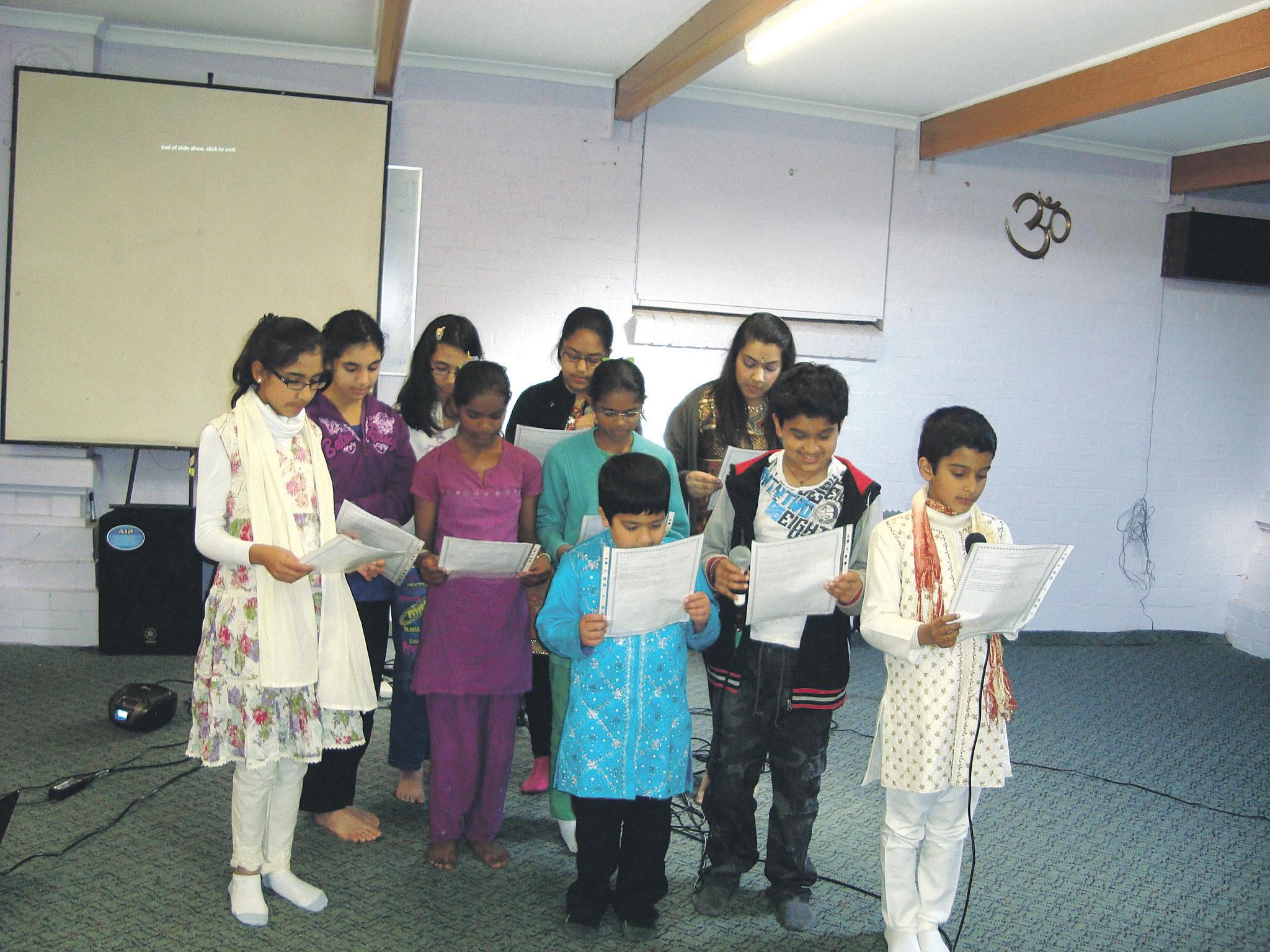
The program organised at a short notice, demonstrated the affection and enthusiasm for Hindi in the nation’s capital.
Kishor Nangrani
34 <> OCTOBER (1) 2011 INDIAN LINK COMMUNITYSCENE
Our warmest wishes for a joyous Diwali & Happy New Year filled with peace & prosperity



OCTOBER (1) 2011 <> 35 NATIONAL EDITION
Wannabe a Bollywood star?
A new reality show aims to identify acting talent for the Indian film industry
So you think you can be a Bollywood actor.
Well, here’s your chance. And you won’t even have to go to Mumbai!
SBS TV is soon to start a reality show for Bollywoodwannabes right here in Australia, with a grand prize for the lucky winner - a chance to star in a Mahesh Bhatt movie.
The four-part series, to be produced by WTFN Entertainment (of Bondi Vet and Keeping up with the Joneses fame), is titled, what else, Bollywood Star.
Describing the project, Michael Ebeid, SBS Managing Director, said, “The series will follow the hundreds of hopefuls who will audition for a part in a Bollywood movie as they’re whittled down to six finalists who will travel to Mumbai to immerse themselves in Indian culture and experience the glitz and glamour of the Bollywood movie scene. The final winner will be selected by Mahesh himself and take away the prize of a role in his next feature film”.
He added, “Bollywood Star continues SBS’s commitment to pushing the boundaries with commissioned content with this exciting take on the talent search format”.
Applications are currently open, with details at www. sbs.com.au/bollywoodstar. Applicants can be from any cultural background, but they must be over 18. National auditions are due to be held in Sydney on Saturday 22nd October at the National Art School,
Taylor Square, Sydney.
And yes, Australia’s most well-known link to the Indian film industry, Anupam Sharma, is also involved in the project: he will head the judging panel.
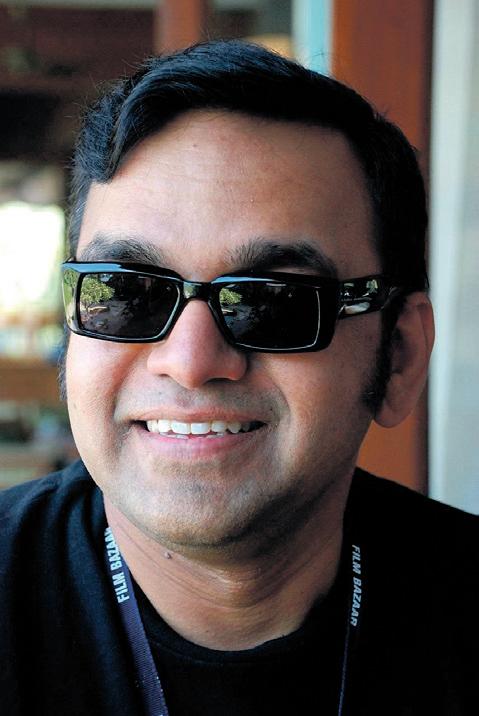
“I’m really excited about the project,” he said on Indian Link Radio recently.

“For one thing it brings me back ‘home’ to SBS where I started off my career. And secondly, Bollywood Star offers the first real opportunity to get into India’s film industry professionally. I think any one who’s interested in Indian films should try out, and we know there are many out there! It’ll be an opportunity of a lifetime”.
Describing the process, he said, “After the auditions on Oct 22 will be the heats and then the final 6 will be announced. They will be taken to Mumbai where they will be mentored in different departments in film”.
While Anupam claims he doesn’t know the details of the film that the winner will get to star in, he says it will
The series seems to have the potential of going beyond the ‘talent show’ genre, and becoming a social documentary of sorts. It can do this if it can successfully tap in to the role of Bollywood in the Indian psyche – the inexplicable hold it has over the population despite its quirkiness, or the manner in which it unites the country like a religion, or why its stars are venerated like gods.
Or even why it is now beginning to fascinate non-Indians.
Anupam also emphasized that auditions are open to people of non-Indian background are also welcome to apply.

“In India we’ve always welcomed people of all backgrounds in our film industry, and some of them have gone on to do brilliantly well. Katrina Kaif is one of our leading stars today, and Kalki Koechlin has been making her mark in recent months.”
He might as well have mentioned Australian actress Tania Xaetta who did bit roles in a handful of Hindi films. Another Australian, Emma Brown Garrett, launched her Bollywood career in 2010 with the Bengali film Shukno Lanka, and then scored a role in the Deols’ Yamla Pagla Deewana. Emma was seen in Rohan Sippy’s Dum Maaro Dum shortly, which stars Abhishek Bachchan. And of course we had the Bollywood baddie Bob Christo who passed away this year, also of Aussie origin. The India-born and NIDA-trained Nick Brown (Kites) has also been successful in the Indian
So how would Anupam advise Bollywood
“We’ll be looking for passion. Bina kashish (Nothing happens in life without passion). And this is especially true in Bollywood. If you have you’ll find yourself on that
And there’s really plenty to look forward to, Anupam says. “In our films, it’s not just about the lead man or lead girl. We have the poor suffering mother, the unmarried sister, the hero’s best-friend-side-kick, the seductress vamp, the terrorizing villain, the comic… so don’t be shy, just go for it!
Apan ko bhi hero
And how are they going to filter through all the applications?
“Well, that’s where the legendary brains and the creative skills of the WTFN team comes in. There’s a whole army of people already vetting the applications that have come in. And I can tell you we’ve been bombarded with applications, which is just great!”
Even as he spoke on Indian Link Radio, one caller, the singing-dancing senior Gargi Shah, rang in to ask if she stood a chance. Anupam gently guided her to the SBS website and urged her to apply.
While there will no doubt be great interest among the Indian community here, will the mainstream tune into the series at all?
“I’m sure they will,” Anupam stated emphatically. “Look, I ensured for myself before getting into this, that it would not relegate Bollywood to some freak status, or, you know, somehow make us the ‘item number’ of the world’s entertainment industry. The UK version of the show not only had many non-Indian viewers, but also non-Indian participants, one of who was in the final six that went to Mumbai. And do you know, it’s only been a week since the series was announced by SBS, and this is the fourth media interview I’m doing, and the first to an Indian channel!”
So far, he revealed, there’s been a good mix of Indian and non-Indian applicants according to his information. (Of course he hasn’t seen the applicants – he will see them on camera with the rest of us).
What about language barriers for the non-Indian participants?
“When has language stopped anyone? Katrina Kaif, or even the southern actresses Hema, Sridevi – why even Arnold Schwarzenegger – made it despite language issues, didn’t they?”
Now that you’ve got it straight from the expert himself, go for it, non-Indian readers!

Bollywood Star is slated to go on air on SBS ONE in 2012.
Anupam Sharma spoke to Priyanka Tater on Indian Link Radio
36 <> OCTOBER (1) 2011 INDIAN LINK vestment retail premises 195sqm (on 2 Titles), below a new 39 apartment building, and with main road exposure to 45,000+ vehicles/day on Norther n Beaches. • $2,045,000 • 6 Month Rental Guarantee LIFE PROPERTY GROUP PTY LTD NARELLE ATACK 0419 396 788 BUSINESSS FOR S PH 0424 852 670 or 0425 296 747 INDIAN SUPERMARKET / CONVENIENCE ST T/O $8500 pw+ INCREASING + LOT OF PO Cheap Rent $375 pw +gst (No Outgoings), Long Lease. Huge Shop Space with lot of storage, rear access and Plenty of Parking Busy Main Road Loca on in BLACKTOWN AREA. Owner commi ed elsewhere. PRICE $ 75,000 + Stock Call SBS!
SPECIALREPORT www.indianlink.com.au
“BollywoodStar continues SBS’s commitment to pushing the boundaries with commissioned content with this exciting take on the talent search format”
Michael Ebeid, SBS Managing Director
Sydney’s Anupam Sharma (above) will head the judging panel to pick an actor to play a role in Mahesh Bhatt’s (right) next film

OCTOBER (1) 2011 <> 37 NATIONAL EDITION
people parties places
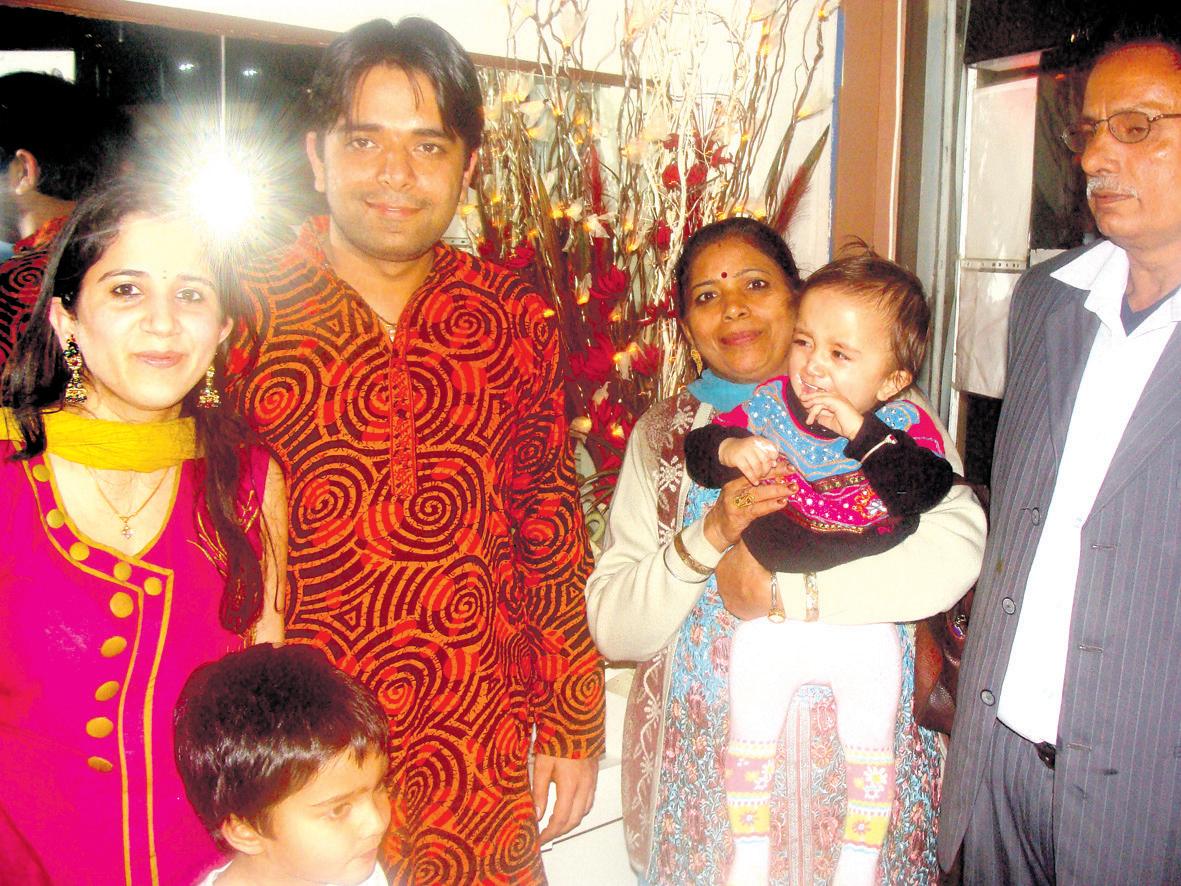

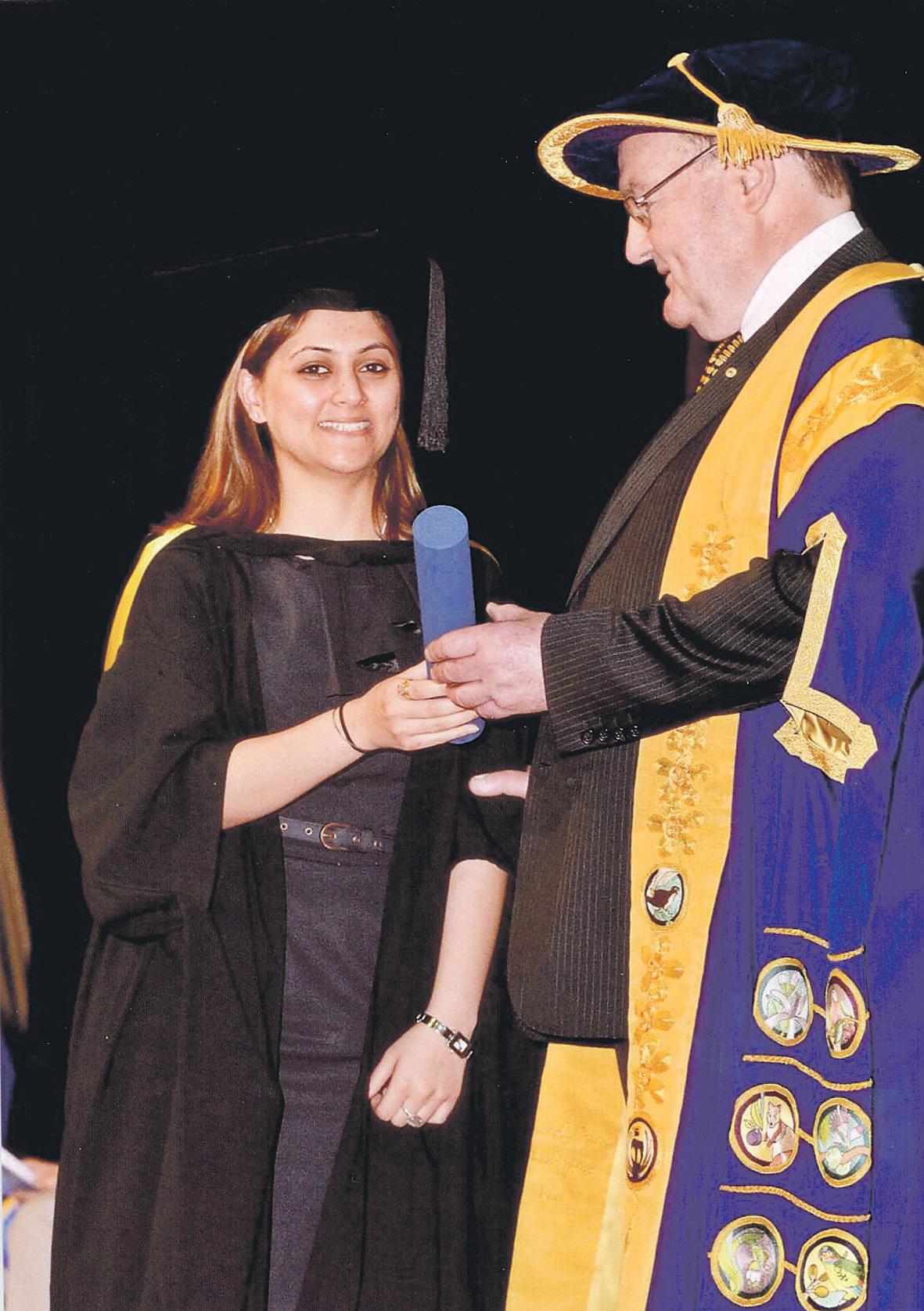

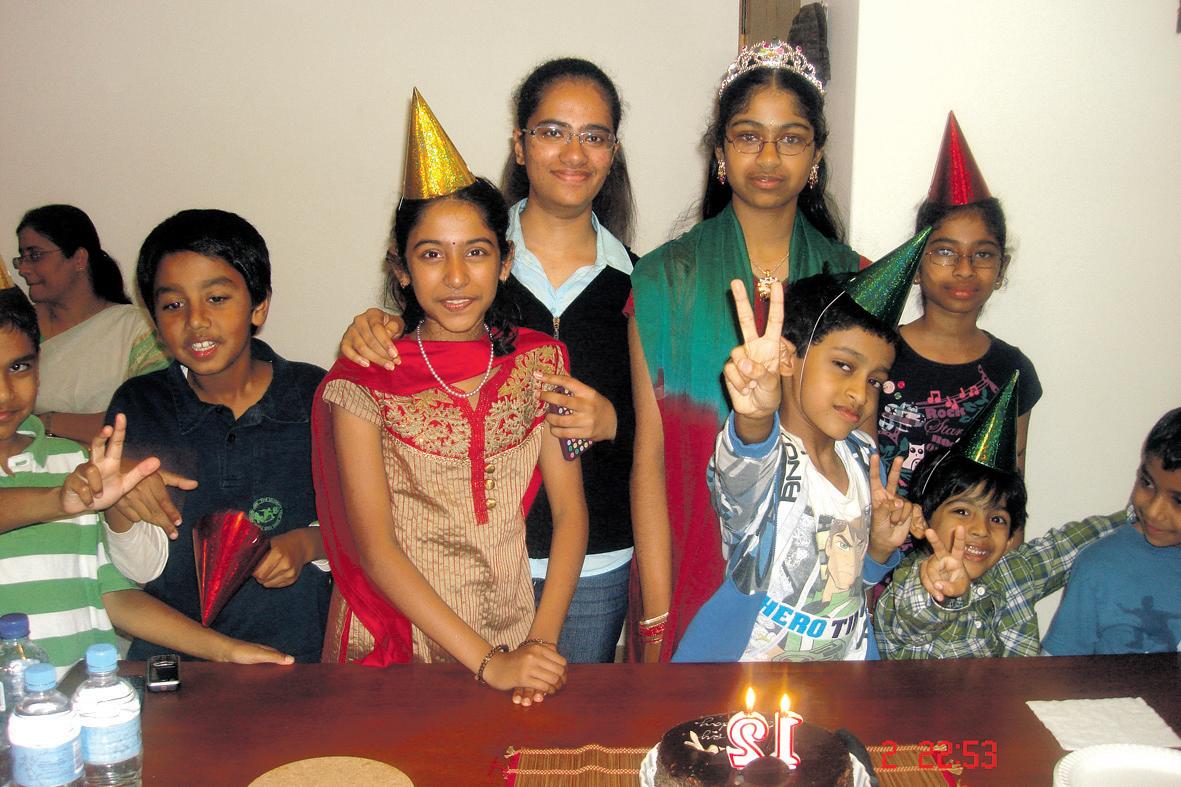








38 <> OCTOBER (1) 2011 INDIAN LINK THISMONTH www.indianlink.com.au
IndianLinkstaffer Nitika Sondhi
Do you have a photo for this page? Email it to info@indianlink.com.au
Reyen Shah and friends perform a dance at the Mahavir Janma Vachan Day celebrations in Sydney
obtains her Masters degree in Accounting from the Southern Cross University
Devishi Kalra (seen here with parents Shtakshi and Praveen and grandparents Mr and Mrs CL Kalra) celebrates her first birthday
Hari (9) and Harini (12) Lakshminarayanan celebrate their birthday with friends pictured above and right
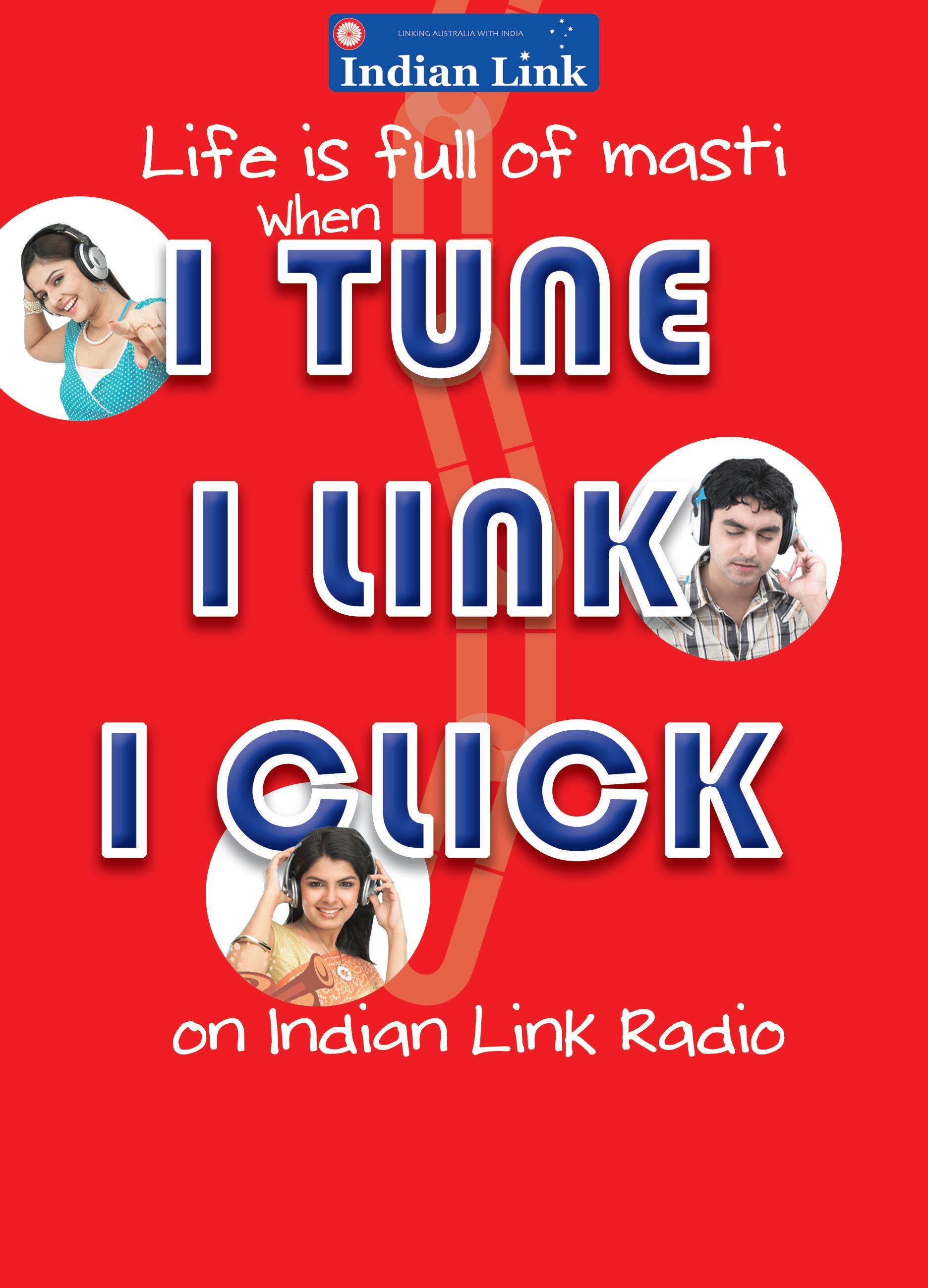




OCTOBER (1) 2011 <> 39 NATIONAL EDITION online www.indianlink.com.au at home / in car Subscribe to Indian Link Radio for $9.95 each month * Conditions apply: Minimum 12 months subscription, $ 50 refundable deposite call us 1800 015 847 24/7 masti Talkback News



40 <> OCTOBER (1) 2011 INDIAN LINK
First Home Buyers- 31st Dec 2011 is approaching, act quickly and you can save up to $18,000 !
 By Navjeet Singh Matta, ASIC Licensed Mortgage Broker also Director- Gain Home Loans (Full member MFAA)
By Navjeet Singh Matta, ASIC Licensed Mortgage Broker also Director- Gain Home Loans (Full member MFAA)
Well, I guess the honeymoon is over for the NSW first home buyers on 31st Dec 2011 when the state government will start charging stamp duty staring 1st January 2012. This means that the first home buyers will have to shell out more to purchase their first dream home which will make their dream a bit difficult if not impossible. NSW was one of the only state left which was still exempting stamp duty (also called transfer duty) for first home buyers, for your information the other states like Victoria, QLD and SA have been charging this duty for a long time now. My opinion is that the state government chose a wrong time to implement this decision. We still need lot of stimulus and exemptions to move the economy forward, anyway rather than criticising let’s get on with it. The positive side is that there is still time left to get this exemption until 31st Dec 2011. As long as you sign the purchase contract on this date or prior to this, the exemption may apply and you could easily save $18K on a $500K property purchase or $9K on a $300K purchase. The other positive thing is that the $7,000 Federal government grant is still available for eligible first home purchasers and that will lessen the impact a bit. If you are a first home buyer and have been delaying the decision, now is time to think about it, if you are unsure about anything do contact us at Gain Home Loans, our company has been helping first home buyers since 2004 with arranging home loans and also will help you find the right property through our RP Data system so that you do not pay above the market value of the property To know more about how we can help you, call us on 02 9676 3417 and speak to one of our experienced consultants. Our services are absolutely free.
The impact of Global Economy on Property Market and Interest Rates.
I got a phone call from one of our customers the other day who was seriously interested in selling two of his five investment properties. He was worried about the recent tumbling of the share market all over the world including Australia and thought that it will have a negative impact on the property market too and that is why he was considering offloading some of his property portfolio and sell the properties before the market price goes down. But I asked him how did he come to this conclusion that the property market is going to fall? He said the last time share market crashed there was a crash in the property market too in US and Europe and he feared that the same may happen here in Australia too. Anyway, I did not argue too much with him but just told him to do some more research before he makes any decision. Buying a property incurs some initial costs and one should think twice before they take a decision to sell the same. I have realised that most of the crashes (or gains) that happen in the share market are more in emotional nature than real practical reasons. I must remind all of you, the last time GFC hit the world, Australia was least impacted amongst the developed world. The interest rate dropped to record 42 years low and the government introduced lot of incentives and measures to boost the economy. The property market actually went up, in some instances upto 15%. This simply means that the Australian economy is much stronger than the other developed economies around the world and has more resistance than the countries which are in deep trouble with their debt issues. This is one of the reasons I think that the property market will stay stable in the time to come. The other major reason which will uphold property values is the acute housing shortage in the major capital cities around Australia. The property prices have continued to grow in the wake of high demand from investors, up graders and first home buyers. If you are interested in getting more detailed figures, just shoot me an email about any suburb or city you are interested in and I’ll email you the RP Data report for the same. My email address is nsmatta@gainhomeloans.com.au It’s a free service so make the most use of it !

The interest rates are falling, is it temporary?
I have outlined in some of my previous articles, how the major banks have been offering better discounts to outbid each other and to also get a larger share of the mortgage market, on the other hand we are being also told that these discounts are not sustainable and sooner or later the banks will recover their margins. Australia has only four major banks which have the lion share of the mortgage market and which actually is concerning. Previously we have seen all major banks increasing the interest rates outside the Reserve Bank and which make you believe that there is an acute shortage of competition against these major banks. So in future too, these major banks can potentially increase the rates and the current discounts may just be like a honeymoon !The government has tried to do it’s bit by making funds available for smaller player but then it’s too little for this market. Apart from these major lenders there are lot of second-tier banks and credit unions operating who offer really good services and excellent products. These lenders do not have too much media presence as the majors but do have good offerings, so if you want to compare and save, do contact an experienced mortgage brokers who can help you choose the right home loan for you. Contact us at GAIN HOME LOANS ,Lvl 1, 15 Flushcombe Rd, Blacktown, visit our Website or call us 7 days a week on 02 9676 3417 or 0412 452 429.
OCTOBER (1) 2011 <> 41 NATIONAL EDITION
Disclaimer: Any advice given in this article does not take into account the personal needs and objectives or financial situation of the reader The reader should consider the appropriateness of this and seek professional advice before making a decision whether to acquire or continue the products and services mentioned.
Muslims fund, organise this Ramlila
Naseem Khan is satisfied with the modest earnings from his small tailoring shop. But every year around Dusshera, Khan turns slightly worried.
He starts accepting orders in bulk to raise his income, not for his family, but for raising funds for organising Ramlila: the mythological play based on the Hindu epic Ramayana.
Like Khan, many Muslims in Mumtaz Nagar village of Uttar Pradesh’s Faizabad district have been keeping alive the village’s decades-old custom, under which all arrangements for holding Ramlia are looked after by members of the minority community.
“We take pride in following such a tradition that exhibits communal harmony in a true sense. Every year when we organise the play, we get a unique feeling of serving the almighty. After all, our Hindu brothers are the creation of the same supreme power that has made us,” 42-year-old Khan said in a telephone interview from Faizabad, some 126
km from Lucknow.
“Besides entertainment and enjoying other religious aspects, we derive a great satisfaction by organising Ramlila that, in a way, instills a sense of brotherhood among members of the two communities,” he added.
Muslims organise the mythological play under the banner of Ramlila Ramayana Samiti (RRS), a committee that was constituted by Muslims of Mumtaz Nagar village around 47 years ago for the promotion of communal harmony.
Mumtaz Nagar has a population of around 800 people, more than 65 percent of them Muslims.
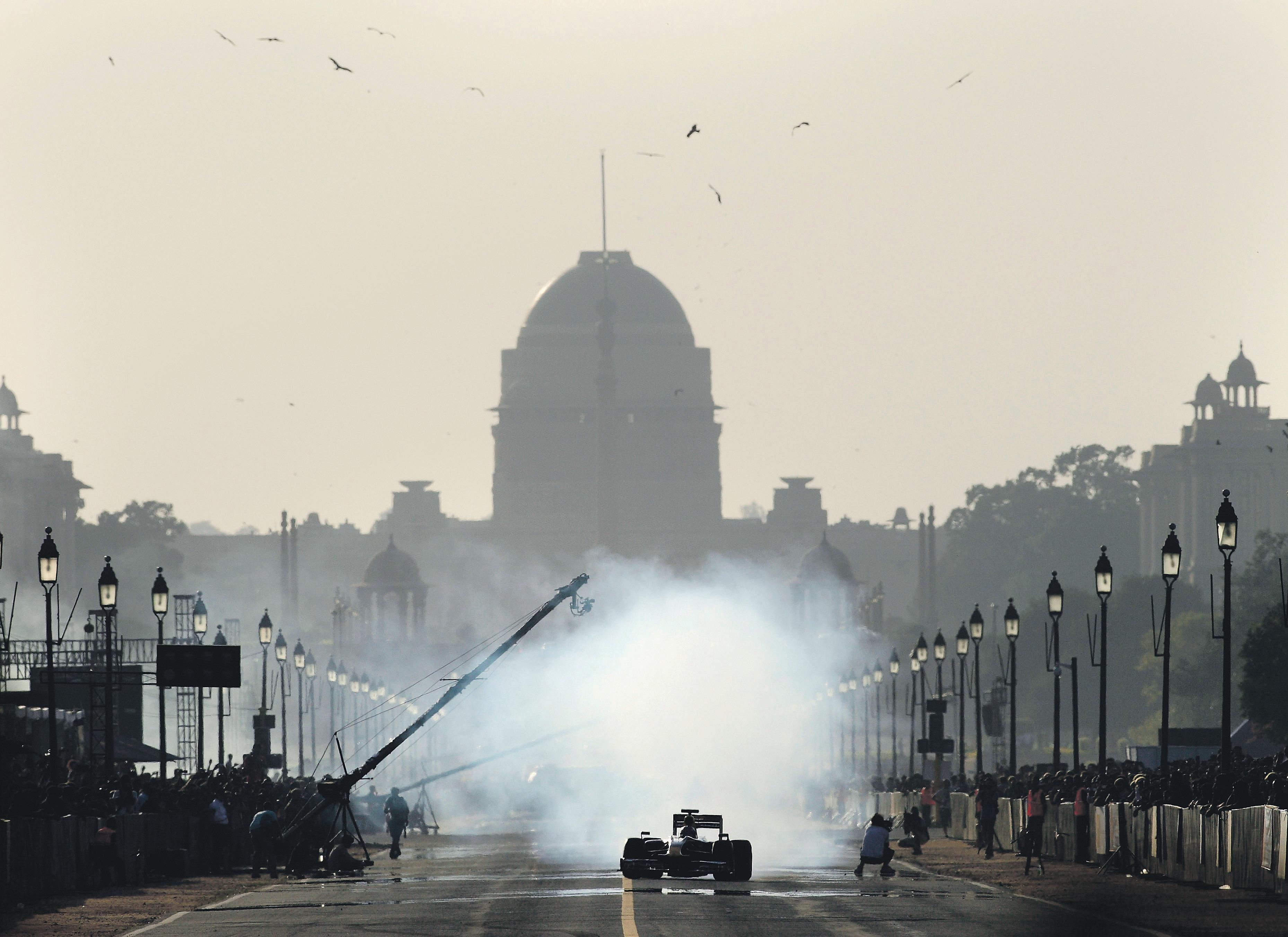
“Being a Muslim-dominated village, Mumtaz Nagar used to be livelier on Muslim functions than Hindu festivals. As there was a limited population of Hindus, our ancestors thought being in majority they should do something for enhancing the celebrations of Hindu festival,” said Majid Ali, RRS president.
“Muslims from various walks of life are in the committee. Irrespective of their financial situation, Muslims of the village make every
effort to generously contribute the funds required for staging the play. Those Muslims who cannot contribute anything for the play don’t mind working as labourers for making arrangements for the play,” he added.
This time the Muslim-funded Ramlila was between October 1-8, and was staged on an elevated cemented structure that was built by the Muslims when the first Ramlila was staged in 1963.
Interestingly, Muslims have not confined themselves only to the contributions for the Ramlila. A few among them enact the play too.
“Though the protagonists of Ramlila are Hindus, a few Muslim villagers also play small roles that also fosters bonding between the two communities,” said Ali.
New Puja wardrobe: Jeggings, maxis, gowns
It’s those five days when the closet gets a facelift. And this Durga Puja, it’s not just the elegant saris and ethnic kurtas that have made it to the wardrobe - jeggings, gowns
made of Baluchari saris, maxis and Benarasi corsets have followed suit.
Popular markets are flooded with narrowcut jeans, jeggings, butterfly cut tops, spaghetti strap gowns, printed short dresses and maxis. Shopkeepers say the demand for western dresses has gone up this season.
“In our retail stores, western dresses for both men and women are selling more than traditional dresses,” said Manish Agarwal, business head (east) of Future group, which operates popular retail stores such as Pantaloons and Big Bazaar.
“For women, the first choice is narrow cut jeans, a mix and match of loose floral print tops with jeggings and for men the most popular clothes are short length cotton shirts with narrow-cut jeans, cargo shirts,” Agarwal said.
As per tradition, men and women, irrespective of their age, put on new clothes during the five days of the Puja. New clothes with a touch of both latest trends and tradition are considered a must.
DIWALI ART COMPETITION

42 <> OCTOBER (1) 2011 INDIAN LINK
Photo: AP Get set for DIWALI!! Calling all kids 10 years and under. Create an art work on the theme of DIWALI. Use poster colours, paints, crayons, colour pencils or craft paper. Send in your work, on plain white A4 paper, to: Indian Link, GPO Box 108, Sydney 2001. Last date for submission 10 Oct 2011. The winning entry will be designed into Indian Link’s Diwali cards for the year 2011. For more details, ring the Indian Link office on 02 9279-2004, or email info@indianlink.com.au
Formula One racer Daniel Ricciardo of Australia performs, as the Presidential Palace stands in the background in New Delhi, Oct. 1, 2011. Ricciardo performed on Delhi’s famous Rajpath in a demonstration run ahead of the country’s inaugural Grand Prix later this month
?
“Women look best in saris during Pujas. But this year, other clothes such as Anarkali style dresses, one shoulder dresses, kalidar kurtus and bandhgala waistcoats with churipants are also getting a good response,” said Pali of the renowned fashion designer duo Mona-Pali.
Agnimitra Paul, a fashion designer who has designed outfits for Bollywood personalities like Sridevi and Esha Deol, says: “Young girls who love to wear gowns during pujas can opt for gowns made of Baluchari saris.”
However, the demand for conventional red and white saris that ooze the perfect look for the biggest cultural gala of eastern India remains high.
“At this time, the sale of saris increases by up to 75 percent. Saris such as jamdani, tussar silk, pure silk, dhakai benaroshi, rajshahi silk and ikkat are hot favourites,” said Binoy Chandra Pal of the 100-year-old Ramprasad Bastralya Sari store.
On the other hand, young men are also experimenting with Indo-Western fashion.
“Young men and college-goers are also trying Indo-Western fusion clothes such as jeans with traditional kurtas which has a lot of embroidery work on it,” said Abhisek Dutta, a designer.
Short-length cotton shirts with narrow-cut jeans, cargo shirts in mono colours, striped and check shirts are also doing the rounds.
However, some designers feel Puja being a traditional festival, people should stick to dhotis, kurtas and sherwanis.
“Men look best in traditional and ethnic dresses. Young men now try colourful tasar dhutis (Bengali for dhoti) along with kurtas. They also try sherwanis,” said Sarbari Dutta, who designs men’s clothes.
3 young Indian American scientists honoured by Obama
Three Indian Americans, Dr Kartik
A Srinivasan, Sumita Pennathur and Hari Shroff, are among 94 researchers honoured by President Barack Obama with Presidential Early Career Awards for Scientists and Engineers.
The presidential early career awards embody the high priority the Obama administration places on producing outstanding scientists and engineers to advance the nation’s goals, tackle grand challenges, and contribute to the American economy, according to the White House.
El Paso, Texas-born Srinivasan, 31, is the project leader of the research group on nano-fabrication at the Centre for Nanoscale Science and Technology. He has published over 40 peer-reviewed papers in scientific journals.
Foxboro, Massachusetts-born Pennathur, 33, is assistant professor of mechanical engineering at the University of California in Santa Barbara. Her research is focused on using fundamental fluidics knowledge at both microscale and nanoscale to create novel devices for practical applications.
Kerala-born Shroff, 29, heads the lab at the National Institute of Biomedical Imaging and Bioengineering, a part of the National
Institutes of Health under the Department of Health and Human Services.
Obama said, “It is inspiring to see the innovative work being done by these scientists and engineers as they ramp up their careerscareers that I know will be not only personally rewarding but also invaluable to the nation.
“That so many of them are also devoting time to mentoring and other forms of community service speaks volumes about their potential for leadership, not only as scientists but as model citizens,” he said.
India, Russia to review defence ties
India and Russia began a review of the entire spectrum of their defence cooperation apart from exchanging views on regional and global security at the 11th inter-governmental commission on military technical cooperation in Moscow recently.
The meeting was be co-chaired by Indian Defence Minister A.K. Antony and his Russian counterpart Anatoly Serdyukov.
Among the issues that the two sides discussed, included the joint development of the fifth generation fighter aircraft (FGFA) and medium transport aircraft (MTA). Indian Air Force will get 250 FGFAs and 45 MTAs later in this decade.
These apart, India and Russia will also review the refit of Admiral Gorshkov aircraft carrier that the Indian Navy bought in 2004. The delivery of the warship has been delayed by four years and is expected to arrive only by the end of 2012.
Antony, who arrived in Moscow on an official visit, will “discuss urgent issues of bilateral relations in the (military) sphere”, the Russian defence ministry said in a statement in Moscow
The head of Russian state arms exporter Rosoboronexport, Anatoly Isaikin, said in September that India remains Russia’s largest strategic partner in military-technical cooperation.
He said Russia was taking part in 20 tenders in India, with which it has a military-technical cooperation agreement until 2020.
The cooperation programme stipulates that Russia will transfer the K-152 Nerpa attack submarine to India on a 10-year lease by the end of 2011. The deal was signed in 2004.
Other aspects of cooperation include the contract to supply India with 80 Mil Mi-17-V5 helicopters, four of which were delivered recently to IAF. The contract will be completed by the end of 2013.
The Indian delegation includes Defence Secretary Shashikant Sharma, Secretary (Defence Production) Shekhar Aggarwal, Lt Gen M.S. Buttar, Air Marshal R.K. Sharma, Vice Admiral N.N. Kumar, DRDO Chief Controller of Research and Development Avinash Chander, Hindustan Aeronautics
Limited chairman and managing director Ashok Nayak and Director General (Acquisition) Vivek Rae.
INCOME OPPORTUNITY



Kerala author happy to figure in Nobel shortlist
Leading poet and critic K. Satchidanandan is happy to figure on the list of 18 probables in the race for the prestigious Nobel Prize in Literature this year.
Speaking to the media in Kochi recently, the veteran writer expressed happiness at the news.
“I feel it is as good as getting the award that my name is there in the list of probables,” said 65-year-old Satchidanandan, who was in Kochi to take part in a meeting.
He is now based in Delhi.
A multifaceted personality with works in both Malayalam and English, Satchidanandan is an academician, editor, translator and playwright.
Born in Thrissur, he started his career as a professor of English at K.K.T.M. College, Pulloot in 1968, and moved to Christ College in 1970. He voluntarily retired from this post in 1992 to take up the editorship of Indian Literature, the English journal of the Indian National Academy in Delhi.
In 1996 he became the executive head of the Sahitya Akademi for a decade (1996-2006).
He currently edits Beyond Borders, a journal of South Asian literature and ideas. Satchidanandan is married, with two daughters.
He has to his credit 22 collections of poetry, 16 collections of translations of poetry and 19 collections of essays on literature, language and society.
He has 24 collections of his poetry in translation in 16 languages including Tamil, Hindi, Bengali, English, French, German and Italian.
He has introduced several poets like Garcia Lorca, Alexander Block, Pablo Neruda, Cesar Vallejo, Bertolt Brecht, Paul Celan, Zbignew Herbert, Eugenio Montale, Giuseppe Ungaretti, Mahmoud Darwish and Yehuda Amichai to Malayalam readers through translations and studies.
With Pakistan in mind, Delhi and Kabul seal strategic pact Amid souring relations between Islamabad and Kabul, India and Afghanistan recently signed a defining pact to forge an allembracing strategic partnership that will entail an annual security dialogue and expanded cooperation to combat terror emanating from Pakistan.
Prime Minister Manmohan Singh and Afghan President Hamid Karzai, who is in New Delhi on a two-day visit, held “detailed and frank discussions on terrorism”, officials said.
Afghanistan shared its findings with India on the complicity of Pakistani spy agency ISI in recent terror attacks in Afghanistan, including the assassination of former president Burhanuddin Rabbani, Karzai’s chief interlocutor with the Taliban.
In a move that is set to annoy Islamabad, India formally expressed its intention to “assist, as mutually determined, in the training, equipping and capacity building programmes
for Afghan National Security Forces”.
However, Indian officials said this was part of the continuing training program.
Signalling their resolve to partner in peace and development, Manmohan Singh and Karzai inked an strategic partnership agreement that seeks to incrementally accelerate their ties across a broad spectrum of areas.
The pact envisages an annual security dialogue between the national security advisers that will focus on a joint fight against international terrorism, organized crime, and illegal trafficking in narcotics. The pact outlines annual summits and meetings between foreign ministers.
“India will stand by the people of Afghanistan as they prepare to assume the responsibility for their governance and security after the withdrawal of international forces in 2014,” Manmohan Singh said.
He stressed that “India will do all it can to help Afghanistan”.
Manmohan Singh also outlined India’s decision to enhance assistance in the fields of capacity building in agriculture, health and education, key priorities for Afghanistan.
Describing India as “a steadfast friend”, Karzai updated on his evolving strategy to continue Taliban reconciliation process and attempts by Pakistan to control the future dispensation in Kabul.
In a clear reference to Pakistan, Karzai said Afghanistan “recognizes the danger this region is facing through terrorism and radicalism that (are) being used an instrument of state policy against civilians and innocents of our countries”.
The strategic partnership pact envisages the setting up of a Partnership Council, headed by their foreign ministers, which will be the nodal body for coordinating the strategic partnership.
The council will convene annual meetings.
The two sides also signed pacts for cooperation in mining and hydrocarbons and agreed on a host of initiatives to increase trade and investment to make Afghanistan “a trade, transportation and energy hub connecting Central and South Asia”.
Neither Manmohan Singh nor Karzai mentioned Pakistan by name, but made implicit references to Islamabad while talking about the need to defeat “outside interference”.
“Terrorism threatens our entire region, and no country can remain immune to its lethal effects,” said Manmohan Singh, adding that the people of Afghanistan “deserve to live in peace and decide their future themselves, without outside interference, coercion and intimidation.”
Karzai’s visit to India takes place amid worse relations between Pakistan and Afghanistan on one hand and between Islamabad and Washington on the other.
Underlining India’s statement to stay engaged with Afghanistan, Manmohan Singh said India will participate in the forthcoming conferences in Istanbul and Bonn.
OCTOBER (1) 2011 <> 43 NATIONAL EDITION
IANS
TO BE THE VERY FIRST PIONEER IN INDIA Experienced, Successful Network Marketer is looking for business partner to launch Indian Market as a Ground Floor Opportunity. This World-class Fast Growing International Company achieved $3.7 BILLION sales in 6 years and debt free. This company has just opened In Malaysia and Thailand. Only one product, health beverage, no stocking required. WE ARE LOOKING FOR PEOPLE TO WORK WITH PERSONALLY. Must be Ambitious, Hard working, Honest & Teachable. We are only looking for people who are genuinely and seriously seeking opportunity and desire to change life. Free Sample will be provided, Modern Office To arrange a meeting, contact : Zan 0414 767 419 (English)
India
in the air!



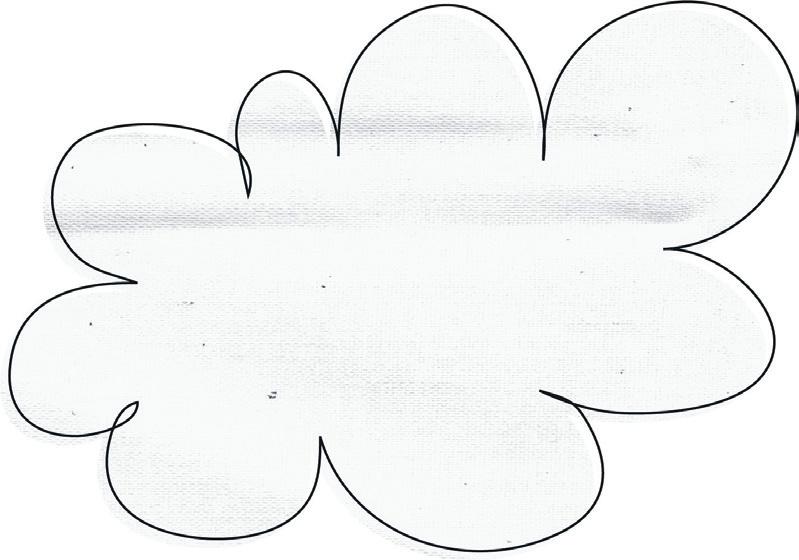

It was a Bollywood affair at Haberfield Primary School’s fund-raising night
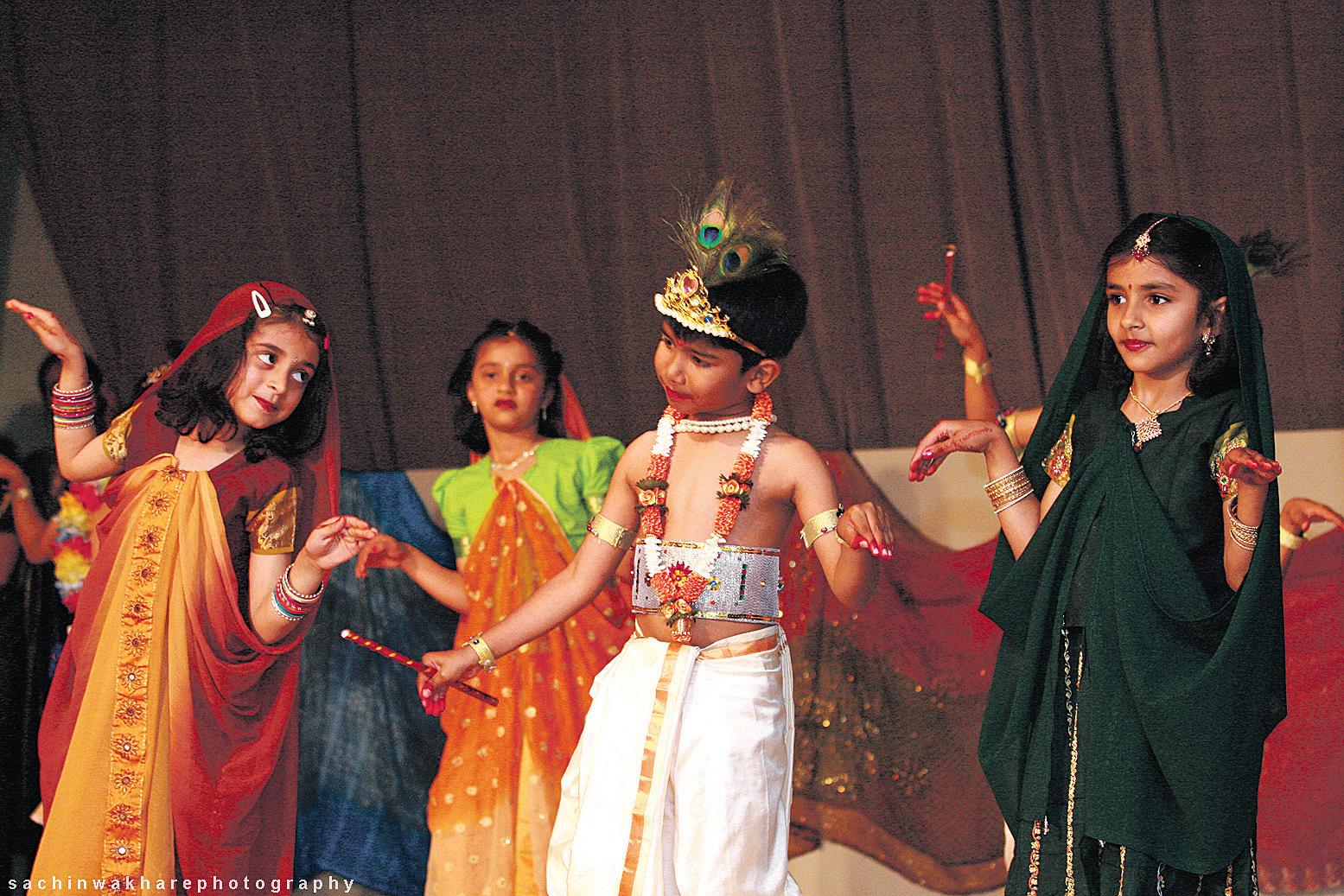
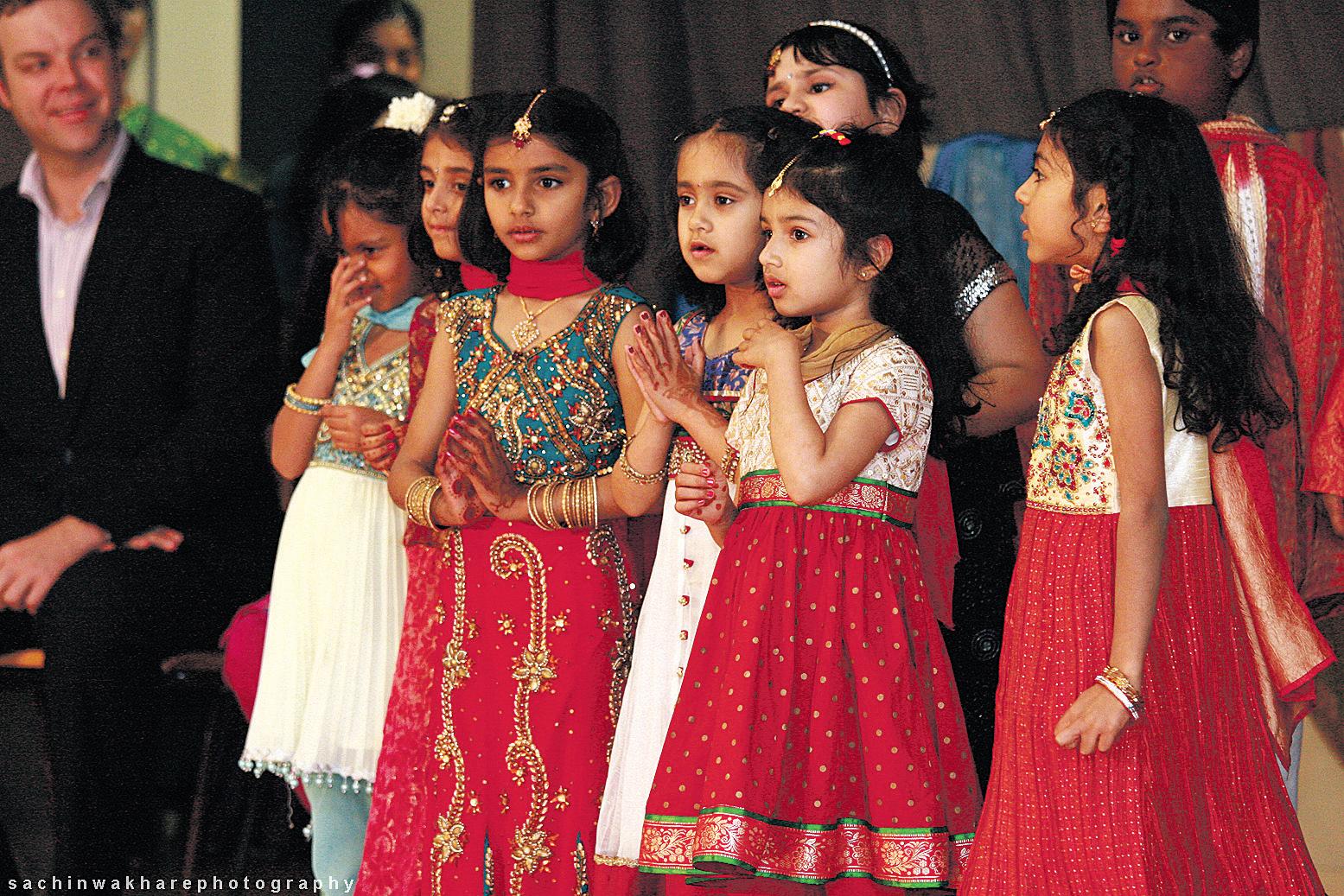

It’s usually a sea of yellow and blue at Haberfield Primary School, but on this occasion, it was a sea of bright reds, pinks, oranges, peacock greens - and a whole lot of other colours - as the school community got together to enjoy an Indian night recently.
Saris and samosas, gulab jamuns and henna, chunnis and forehead tikkas, bangles and bindis, shiny silks and golden scarves, jootis and jhumkas, bhangra and Krishna, Bharatanatyam and Ganesha…. there was India in the air!
The food, the music, indeed the overall vibe of the place, was upbeat and joyful, as the 400-odd crowd embraced Indian culture for one night.
Organised by the school’s P&C committee with Indian-origin parents at the school, the event was the annual fund-raiser.
“The idea actually germinated last year,” Sachin Wakhare, a parent at the school, told Indian Link later. “Haberfield Public School (HPS) celebrated their centenary year in 2010, at which a glimpse of India’s culture, tradition and food was very well received by the wider community. The enthusiasm following this celebration gave birth to an idea of organising a stand-alone event at the school this year, titled Timeless India: A Bollywood Night, showcasing the rich diversity of the Indian subcontinent”.
Together with the P&C Committee, Indianorigin families at the school started work nearly two months before the mega event.
Known affectionately as ‘Team Bollywood’, the P&C Committee and Indian parent volunteers organised themselves into different committees to take charge of each and every aspect of the event.
“For example, all matters relating to publicity namely tickets, posters, flyers and marketing through newsletters were meticulously designed, overseen by the relevant committee. And food, now that was a huge task! The menu was elaborate, from entree to several kinds of desserts, from north Indian to south Indian cuisine, mostly cooked and donated by parents.”
Then there was the cultural performance to take care of. Plus surprise gifts for the audience, which included vouchers to be won through raffle tickets, a dinner voucher at an Indian restaurant for best dressed person, and a gift hamper for best dance moves in the jam session for the wider community.
“To make it a complete event, we thought everyone should have the opportunity to dress in colourful Indian clothes,” added the women in Team Bollywood. “Weeks before the event, a stall of pre-loved Indian clothes and accessories and even henna application, was run efficiently by parent volunteers”.
And being very environment-conscious himself, The President of the P&C Dr. Kalpesh Gandhi had to include a sustainability element to it all.
“Yes of course! We were very motivated to make this a green event. We got the supplies donated by Bio Pack, a carbon neutral supplier of biodegradable plates and cutlery. We thought it would demonstrate a great example in sustainability for our children as future citizens of the planet”.
As for the stage performances, a fashion show of Indian outfits brought in a touch of razzmatazz. Regarding the dances, carefully picked melodies, clever choreography and weeks of practice, made it all worthwhile.
“We had Bharatnatyam from the south, Bhangra from the north and Garba from the west - a true reflection of unity in diversity. And of course a Bollywood medley which truly mesmerised the crowd. The foot-tapping numbers performed by the bedecked children, sent them all into a frenzy… they got up to do their own version of the change-the-bulbwhile-patting-the-dog dance!”
The story of Timeless India was narrated and equally supported by beautiful posters, and showbags were donated by Tourism India’s Sydney office.
So it looks as though the entire event was project-managed meticulously.
The Principal Ms Karlynne Jacobsen certainly thought so. “We are all surprised and happy about how professional the event has turned out,” she declared on the night. “Certainly one of the best nights I have ever had in school. I dare any other school to put up a show like this...”
The occasion was graced by Jamie Parker (MP, Balmain) and Lyall Kennedy (Mayor of Ashfield), who were the guests of honour.
“It was a great opportunity to experience the colour, life and joy of India, with incredible food, music and dancing,” Mr Parker said later.
“I was honoured to be a guest and would like to thank and congratulate the P&C and Indian members of the school community for such a successful and enjoyable event.”
He also indicated he would make a mention of the event in a forthcoming private speech in Parliament regarding communities.
Gabrielle Brown P&C executive, noted, “The young children of all origins, were so entertaining as they tried out the dance moves themselves. I have never seen young children so well-behaved and enthralled at such a late hour. An excellent result financially and socially. Congratulations to the wonderful Team Bollywood”.
For their part, Team Bollywood noted magnanimously, “The willingness and initiative taken by parents, in spite of their busy schedules, is what made the event feasible. But what was most satisfying to us was the manner in which the teachers, parents and students of the school, all got caught up in the spirit of it and celebrated it like as though it was Diwali for all! We would describe it as an enriching, bonding experience”.
All the parents involved in the team put their heart and soul into the event, not just as a way of contributing to their children’s school community, but to feel involved with the community at large in their adopted home.
All kids no matter what their ethnicity enjoyed themselves to the core.
For the P&C committee, the event was a huge success as it raised a handsome sum of more than $6000 for the school. But for the thrilled parent team, the success of it all was “the many, many happy faces” they remember from the night.
44 <> OCTOBER (1) 2011 INDIAN LINK WELLNESS
Sheryl Dixit, Rajni Anand Luthra


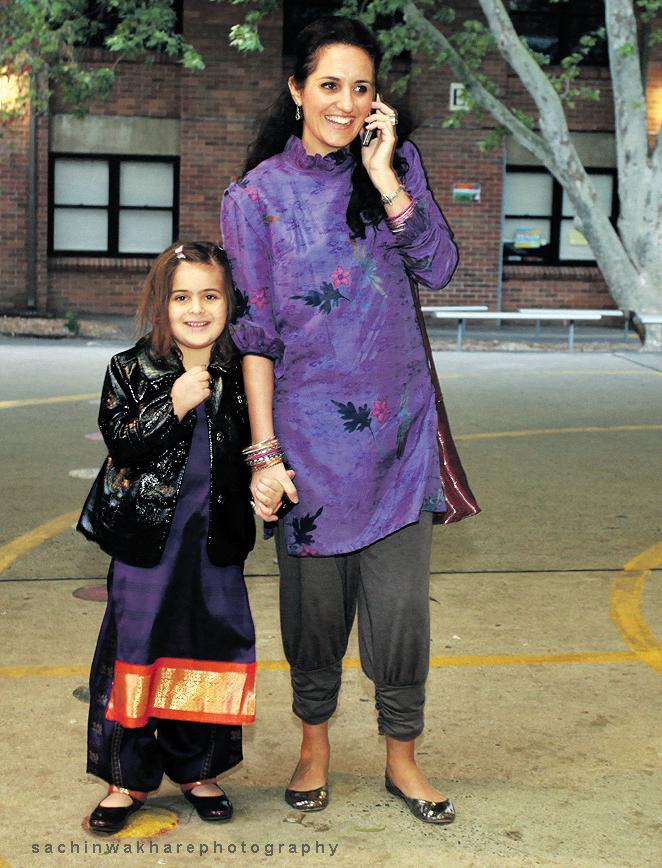
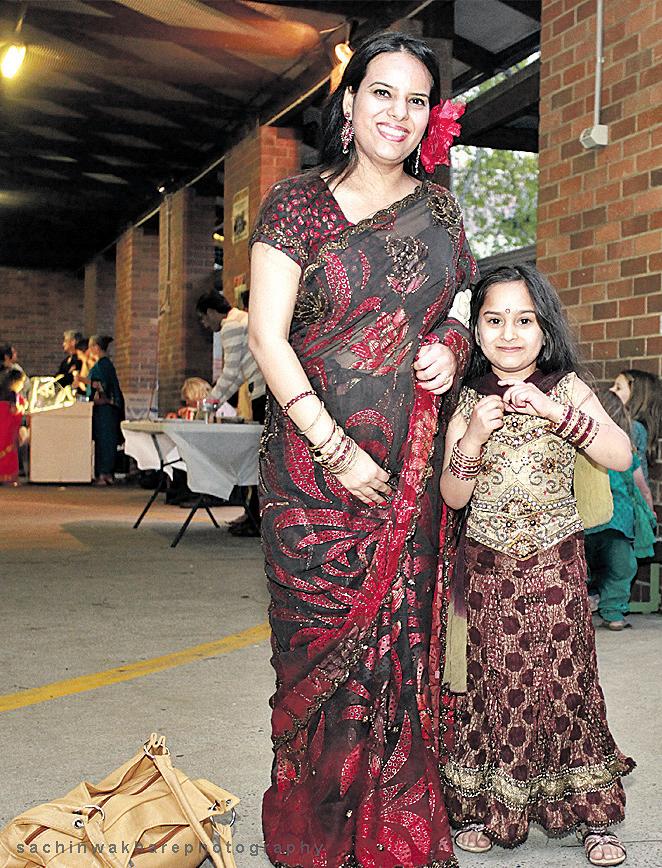

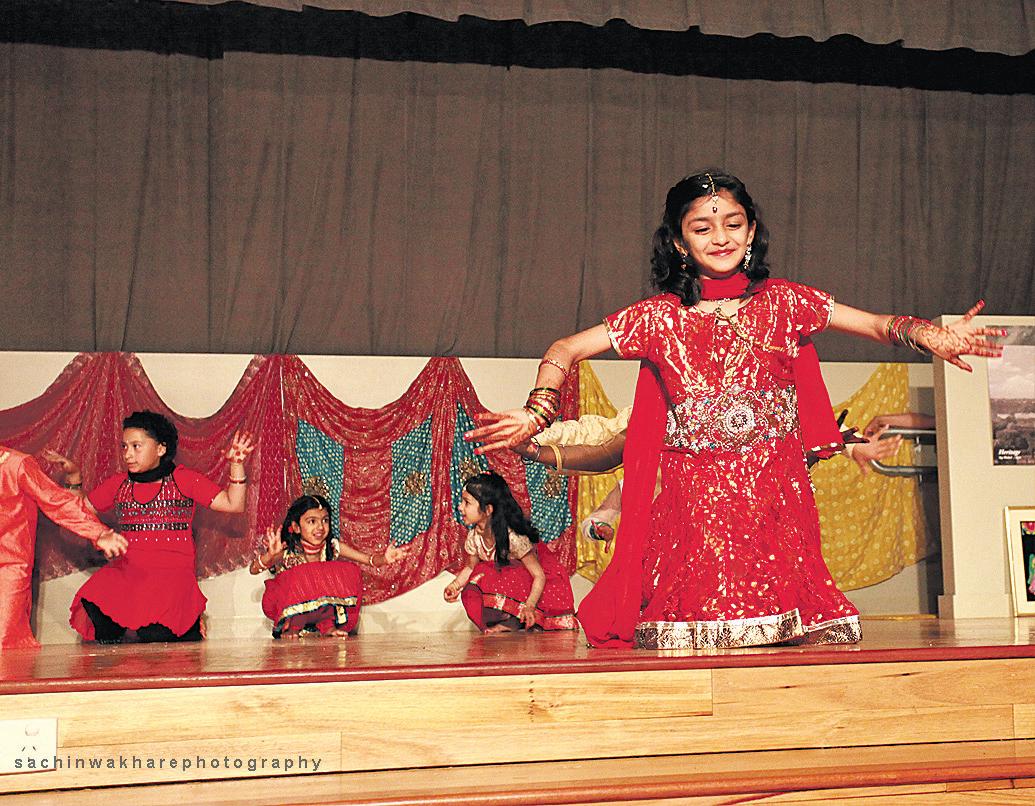


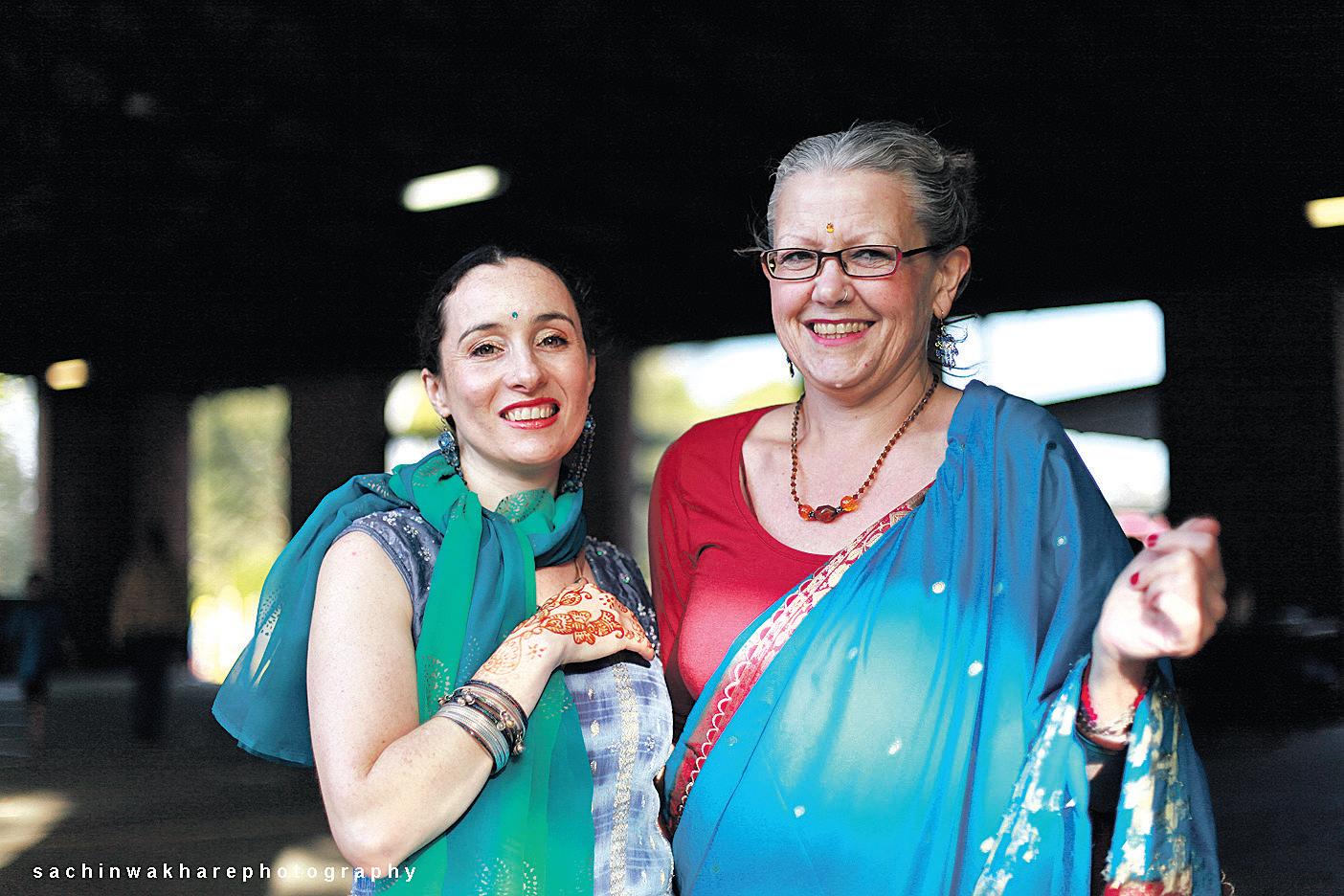
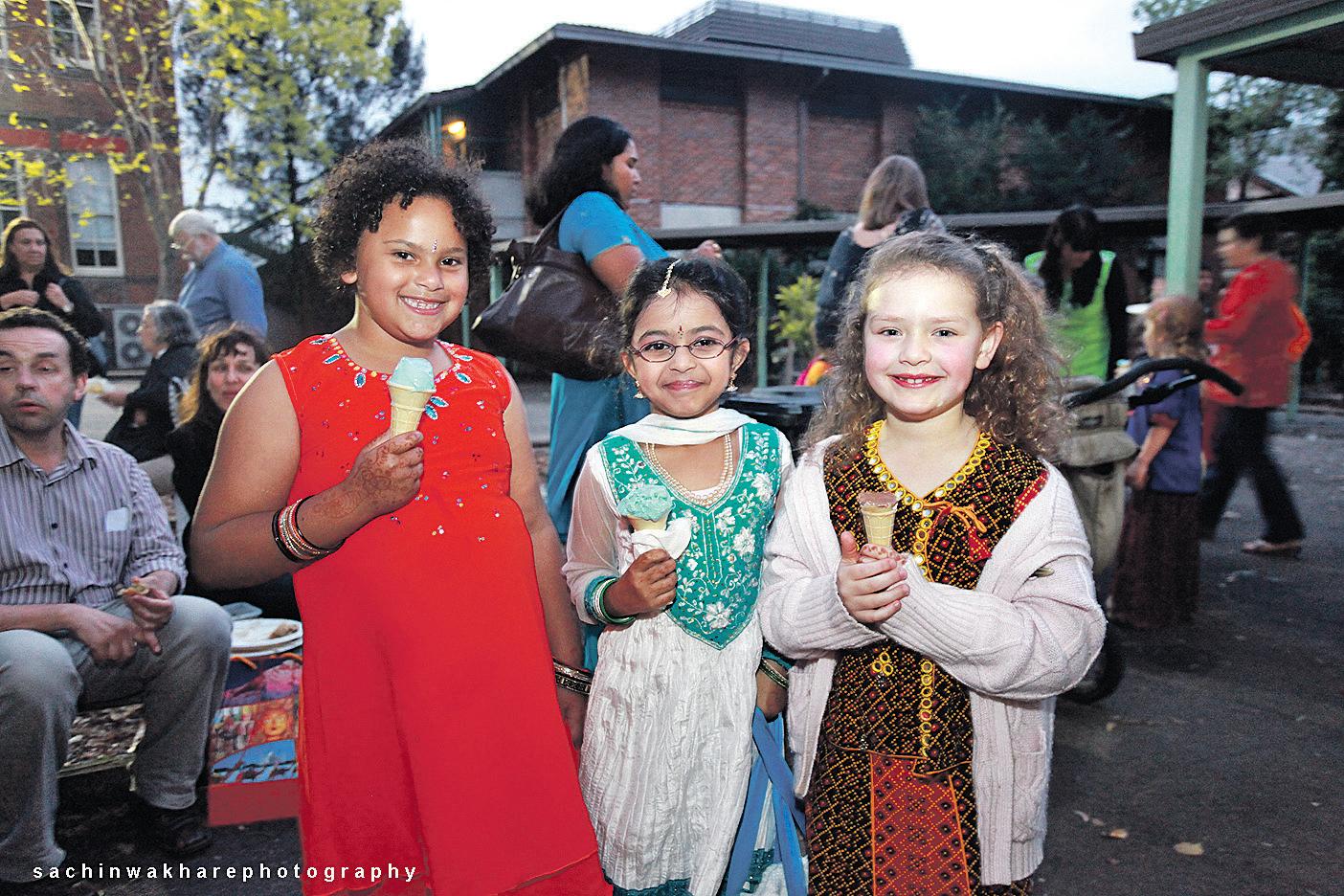


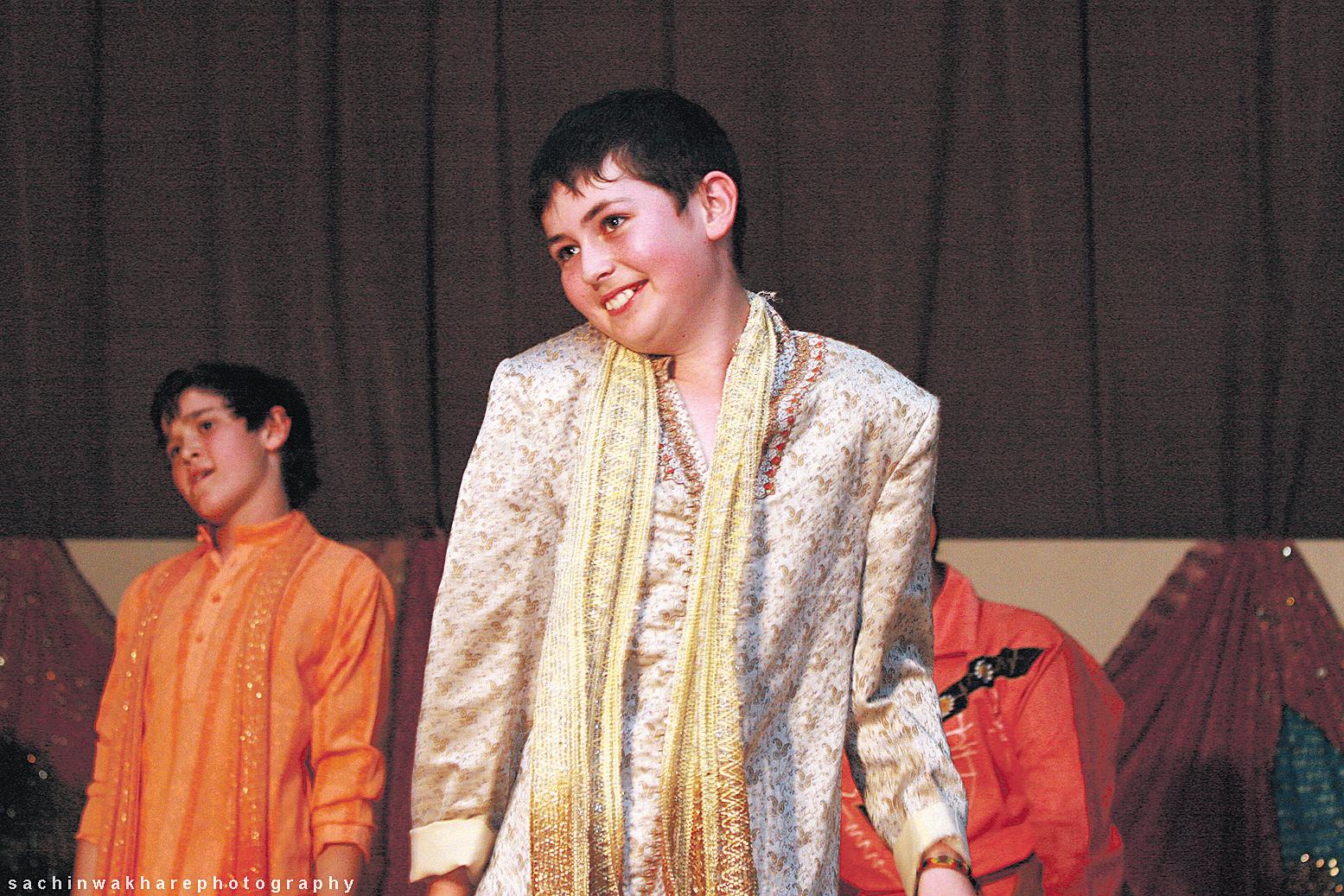




OCTOBER (1) 2011 <> 45 www.indianlink.com.au
A delicious offering
BY FARRHA KHAN
I have never met Tanveer Ahmed and only know him through his media pursuits, namely his opinion column in the Sydney Morning Herald and his writings for Indian Link. His recently released memoir, Exotic Rissole provides an encouraging and touchingly honest insight into his life that had me laughing out loud, smiling or nodding along with him as he told his story through the pages of the book.
“I admired his crew cut and was riveted by his rat’s tail, which he sported with great confidence. I wished I could have one, but my parents were horrified at the idea, believing it would be my first step towards the juvenile justice system,” begins Tanveer, throwing us into a life that undoubtedly many can relate to.
Set in the western suburbs of Sydney, the memoir begins with a prologue that sets the tone and introduces a very young Tanveer Ahmed and his best friend Daryl. Tanveer manages to not only look at himself as an exotic creature to Daryl and his mother, but manages to reveal how this little Bangladeshi child would find Daryl and his family exotic in the way only an innocent child can.
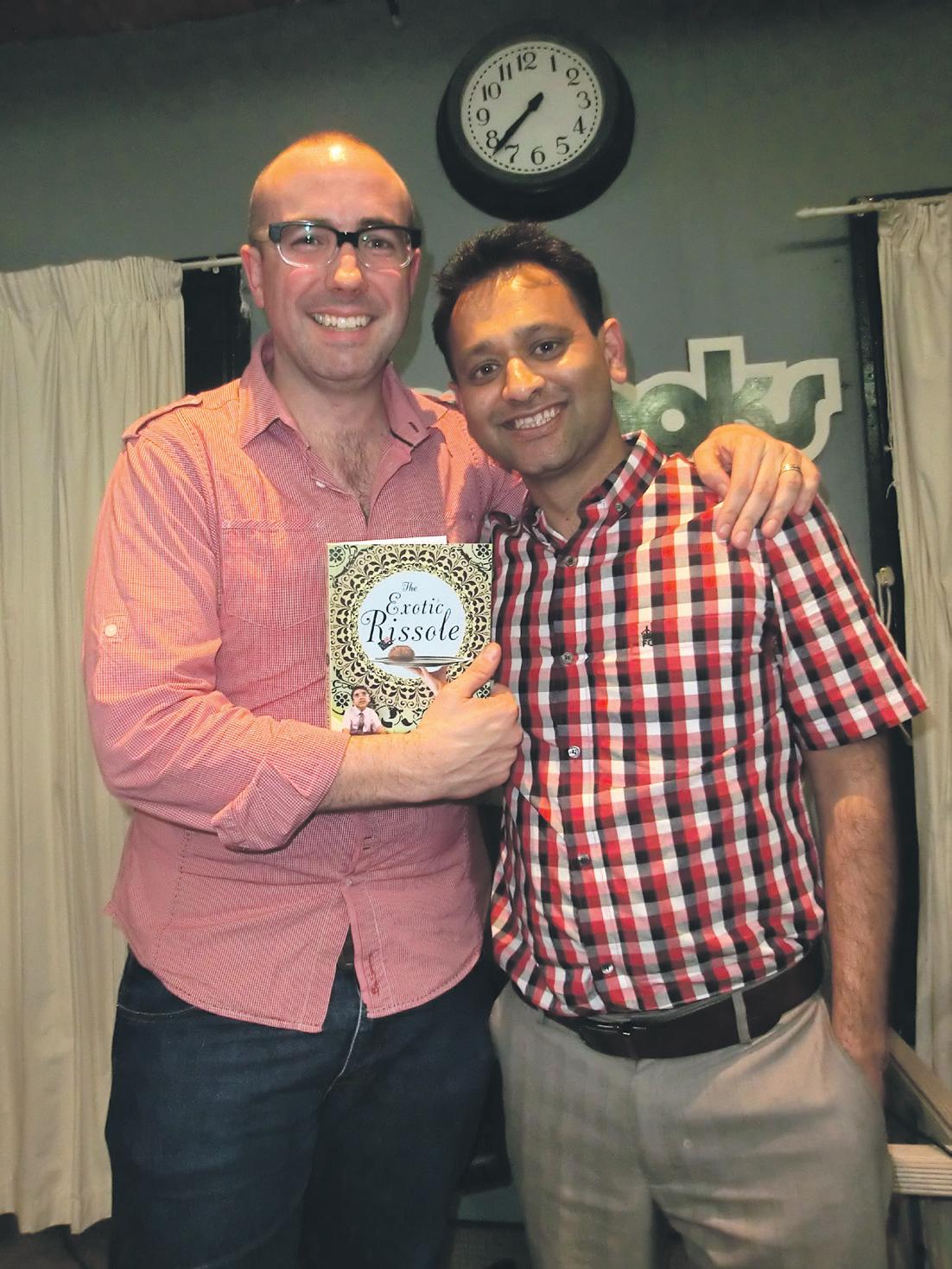
Tanveer then moves backwards, to his first days in Australia and the trauma of immunizations, something foreign to most migrants. As we get an evocative glimpse of what prompted many Bangladeshi’s to migrate in the 1970s in hopes of a better life, Tanveer manages to beautifully explain how difficult it is to migrate, to leave one’s home and cultural societies so entirely to go live in a country that perhaps, you hadn’t even heard about before.
Moving between Bangladesh and Australia, Tanveer delves and dissects perhaps the most telling moments of his life and the lives of his family. While he does talk about the cultural issues his father dealt with, the cultural aversions of marrying outside one’s cultural group, and his own marriage to Alina who is of Ukranian decent, he shows an interesting insight of going back to one’s country and the worries he had of how Alina would react to Bangladesh and its culture, and how people would react to her. Funnily, he explains how she had watched Monsoon Wedding to prepare for the trip.
From the story of his parents meeting and marrying amidst the war post the Indian-Pakistan separation, to shaking off his Sydney Grammar uniform before getting off at Toongabbie train station; from his first girlfriend, to being part of a cricket team that was almost confused to be a terrorist group; from to his first visits back to Bangladesh or even standing up to his father when his sister decided she wanted to work while she studied - the first half of the memoir would make you believe this is like any other mixed cultural identity memoir or novel. But you’d be wrong!

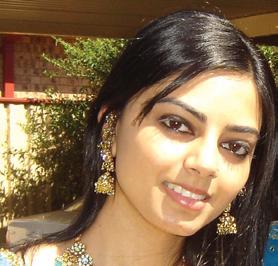
Tanveer’s memoir is very personal and he doesn’t fall into the trap of simply writing only about the cultural dimensions of his
identity. His most revealing chapters explain his ‘fifteen minutes of fame’. It began as a stand-up comedy stint that many months later landed him a gig as an Indian accentladen caricature for a game show. “Looking back on the entire period it was as if I was afflicted with some rare strain of brain disease, a crazed Bingo-themed dementia,” he writes.
Tanveer reveals his own confusions of his career path, of disliking dead bodies as a medical student and his early aversions to shock therapy. The most confronting for him, he explains, was the death of one of his patients outside a medical institution. The death occurred in the patient’s own home, and for a long time, he blamed himself for the elderly man’s death. Tanveer explains how difficult it was to decide to move away from a medical career to becoming a ‘mind doctor’ or psychiatrist, and how much more difficult and trying it was emotionally to pass the exam so he could practice psychiatry.
The memoir, however, feels like there are many holes to be filled with more details, more stories and more insights. Tanveer Ahmed has lived a life with many dimensions, a child in a poor Bangladesh on the brink of civil war, growing up in the western suburbs of Sydney, attending Sydney Grammar and travelling as a medical student and doctor. A stint on television, a beautiful marriage, a media career and with parents and a sister that have undoubtedly their own share of stories, I wish this memoir were longer and more detailed.
The Exotic Rissole is a touching memoir with cultural collisions, confusions and allusions. But it’s not just another memoir or story about mixed cultural identities, it is the story of a young man’s journey through a life of many paths, a journey that definitely isn’t complete.
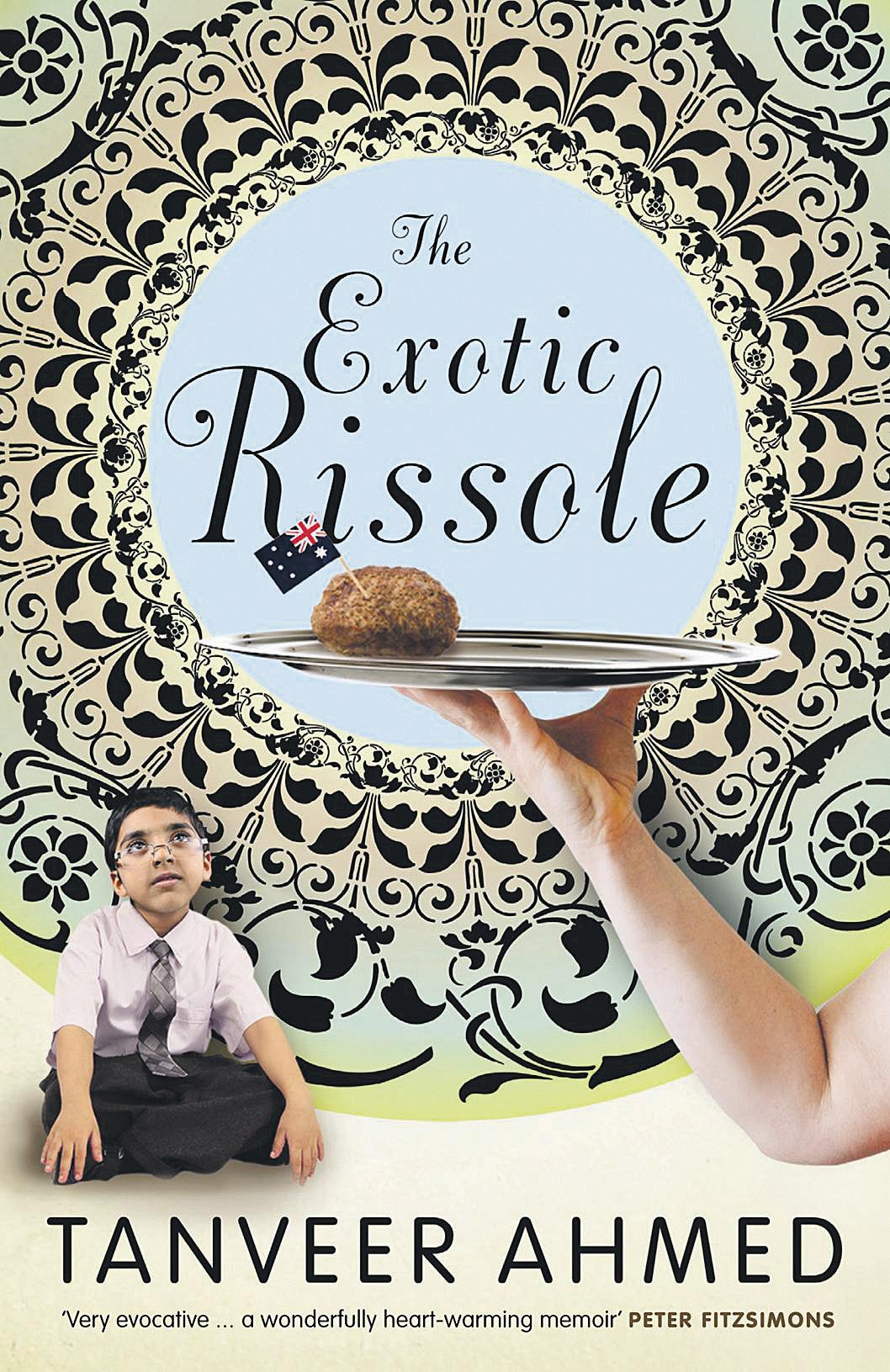
Tanveer manages to not only look at himself as an exotic creature to Daryl and his mother, but manages to reveal how this little Bangladeshi child would find Daryl and his family exotic in the way only an innocent child
Tanveer explains how difficult it was to decide to move away from a medical career to becoming a ‘mind doctor’ or psychiatrist, and how much more difficult and trying it was emotionally to pass the exam so he could practice psychiatry.
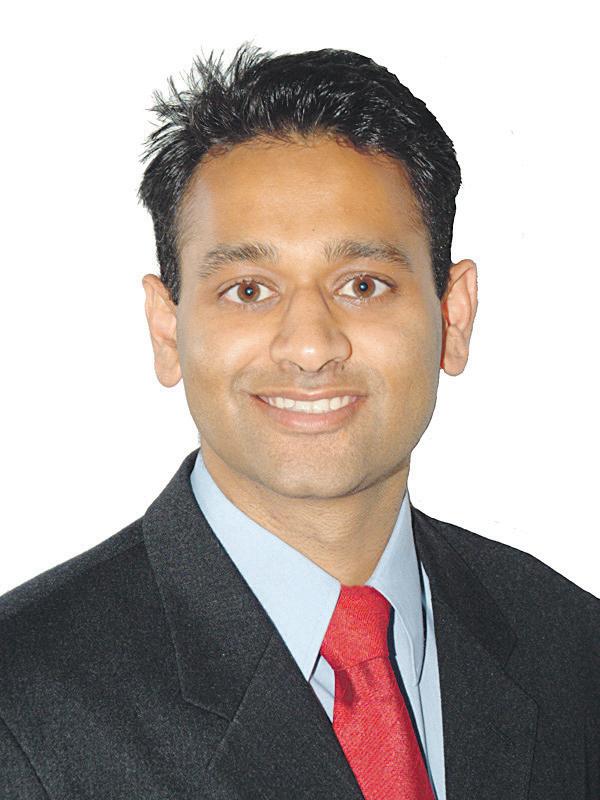
46 <> OCTOBER (1) 2011 INDIAN LINK BOOKS
Tanveer Ahmed’s memoir covers aspects of his life with wit, compassion and understanding, leaving the reader with a craving for more
www.indianlink.com.au
Tanveer Ahmed with Julian Morrow (left) and Bob Carr (below) at the Gleebooks launch of his book
$1299/- *
World Travel Hub wishes all a very Happy Diwali




OCTOBER (1) 2011 <> 47 NATIONAL EDITION



48 <> OCTOBER (1) 2011 INDIAN LINK


OCTOBER (1) 2011 <> 49 NATIONAL EDITION
Myth of the Lokpal
answerable to anyone!
BY NOEL G DE SOUZA
The recent anti-corruption agitation in India was able to muster considerable support, particularly through media coverage. It was launched with a swiftness and organizational skill which raised the suspicions of conspiracy theorists. At its helm was a practically unknown person, 74-year-old Anna Hazare, who got swift recognition from several important political figures, mostly from the opposition ranks. Others who joined in the fray included some well known film stars.
The man at the helm of the agitation is portrayed as impeccable in character signifying a corruptionfree record. That may be so. However, the pronouncements made by those running the movement were interpreted by some as being dictatorial, as they harboured no dissent from anyone. Thus Aruna Roy, member of the National Advisory Council, who leads the National Campaign for Peoples Right to Information (NCPRI), was disturbed at the movement’s intolerance of dissent.
Is the Anna movement really a people’s movement? The House of Representatives in India is called the Lok Sabha meaning ‘House of the People’. Several political parties such as the Bharatiya Janata Party, the Janata Dal and Janata Dal (Secular) also include the term “Jan” meaning ‘people’, with each of them claiming to represent the people.
Whilst Team Anna brooks no criticism of its leader or of his lieutenants, Anna himself has been highly critical of the current central government’s ministers.
A much-publicised Star News-Nielsen survey conducted in mid-August found that 87 percent of respondents supported the Jan Lokpal Bill as proposed by Anna Hazare. The survey was conducted among 8,900 persons spread over numerous cities in India. That figure might not be very representative even in Australia with only a 22 million population, leave alone in India with 1,200 million people and an electorate of some 700 million. The survey was possibly conducted when the significance of the Anna proposals had yet to sink in. The survey showed a much lesser awareness of the Lokpal Bill in India’s southern states.

Whilst Team Anna brooks no criticism of its leader or of his lieutenants, Anna himself has been highly critical of the current central government’s ministers. He has thus seemingly adhered his movement with the main opposition party. His movement increasingly looks like having polarised the Indian political scene.
The Anna movement has centred around the establishment of a Lokpal (“people’s protector or keeper”) or an ombudsman to whom complaints can be made and who can be expected to redress grievances. The proposed bill is referred to as “Jan Lokpal”; “Jan” also means “people” so the bill emphasises that the choice of having a “protector” is people-driven. The noise and agitation surrounding the appointment of the Lokpal is astounding, given that there are already several Lokayuktas in a similar position at the state level.
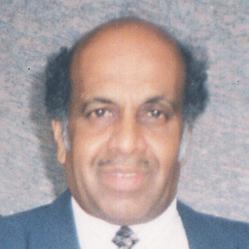
The proposed Lokpal is almost a mythical entity. He/ she is supposed to be allpowerful, as even the Prime Minister of the country could be under his/her watchful eyes and scrutiny. His/ her credentials are allegedly impeccable, meaning that the Lokpal will be unbiased and evidently non-political, himself/herself being non-corrupt, having a jurisprudential mind and perhaps being non-
Much has been made of Anna as a ‘Gandhian’. Wearing Gandhian attire or living a life of austerities does not produce a mahatma; numerous Indian politicians have dressed in that fashion, have made pious statements and preached austerities, but when in power they have not hesitated to have fire opened on demonstrations. The martyrs memorial in the heart of Mumbai bears testimony to the many who died in police firings whilst agitating for a Maharashtra state.
During Anna Hazare’s fast there were many leaders who were concerned about his health by the tenth day. India has had a history of people fasting and even dying for a variety of causes. It would have been folly to have a martyr and the consequent disturbances. There was a sigh of relief when he broke his fast and surprisingly emerged hale and hearty, and even able to deliver a speech. Several political fasts and pilgrimages (yatras) are currently taking place in diverse parts of India.
Wearing Gandhian attire or living a life of austerities does not produce a mahatma; numerous Indian politicians have dressed in that fashion, have made pious statements and preached austerities, but when in power they have not hesitated to have fire opened on demonstrations
The original Lok Pal bills have been scrutinised by the Central Bureau of Investigation and considered to be unworkable. It is for the Indian Parliamentary system to come up with a workable solution with no outside pressure.
Devadutt Patnaik, an official of the Odisha Vigilance Department who has been highly decorated for over two-and-half decades of anti-corruption investigations, suggests inserting a clause in the Prevention of Corruption (PC) Act for appointing a Lok Pal with the powers of a chief judicial magistrate.
50 <> OCTOBER (1) 2011 INDIAN LINK
While India burns with the fervour of anti-corruption, the bill itself and its promoters seem to display inflexible and unreasonable traits
OPINION
Live and let live?
In an epoch-making legal ruling, the death penalty is carried out for a prisoner incarcerated for two decades, giving rise to questions about the need for this form of capital punishment
hardly an advocate for the “beyond reasonable doubt” proof – there was, for many experts, significant doubt regarding the events on that night (which also happened to be a rainy one – traditionally a logistical nightmare for prosecution witness testimonies).

Other aspects to consider include the length of Davis’s stay on death row. For 22 years – more than half his life, Davis awaited an imminent death. In Australia, a maximum sentence attributable for a crime such as murder is a life term – 25 years, but this includes the possibility of parole, depending on the circumstances of the case. This means that Davis, notwithstanding the aggravated conditions of the victim being a police officer, could have potentially served his sentence already, were he in a jurisdiction similar to the one we live in.
BY RITAM MITRA
Capital punishment is a concept inherent in humanity itself, with its origins dating back to the beginning of recorded history. The recent execution of Troy Davis in the US state of Georgia, however, has raised more questions than it answered, putting the death penalty in the spotlight for all the wrong reasons – as is often the case.
Originally, capital punishment was meted out in the form of beheadings; apt, given the term is formed around the Latin word ‘capitalis’, meaning literally ‘regarding the head’. As the years have passed, more humane methods have been implemented in different jurisdictions with 58 nations still actively practicing capital punishment; but by and large, developed nations have abolished the death penalty. This is with the exception of the United States, who in 2010 executed 46 prisoners – more than Saudi Arabia, Sudan and even the troubled state of Libya. Out of the remaining nations, 96 have abolished it, and the rest have not used it in the past ten years.
The case of Troy Davis has brought to the forefront the long-standing debate over whether capital punishment has a place in civilised society. 21-year-old Davis was arrested for the August 18, 1989 murder of off-duty police officer Mark MacPhail, after MacPhail was shot in the face and heart while allegedly trying to break up a fight between Davis and a homeless man, Larry Young. The
case was brought to the police by Sylvester Coles, who was in fact, the one originally involved in the disagreement with Young. Davis surrendered himself to the police a few days later, and after being put before a grand jury to determine an initial indictment in November of the same year, he was sentenced to death in 1991. His final address to the jurors before the verdict was emotional, “Spare my life. Just give me a second chance. That’s all I ask,” he pleaded, stressing that he believed he was being convicted for “offences (he) didn’t commit”.
Davis filed several times for appeal; however, the only motion granted was the automatic elevation of his case to the Georgia Supreme Court, as is compulsory for cases where the death penalty has been granted in the lower courts. After almost 20 years in prison as a death row inmate, Davis was given a first execution date of July 17, 2007, only to be granted a last-minute stay on July 16. On three occasions in total, Davis had to prepare himself for death, only to be granted last-minute stays on all three occasions. The fourth and final execution date of September 21 was also marred by a delay; however, Davis was pronounced dead at 11.08pm, 25 minutes after the lethal cocktail was first introduced into his body.
Davis’ story is controversial for several reasons, including the fact that seven witnesses recanted their initial testimonies, that there was no physical evidence to link him to the crime, as well as inherent controversies regarding unfair jury selection; Davis was an African-American man accused of murdering a white policeman, yet faced a predominantly white jury.

The first and most important thing to note, however, is that the US uses an adversarial system of law just like Australia and India; the magistrates and judges do not make their own enquiries, such as in an inquisitorial system like France. Under adversarial law, the burden of proof for murder lies with the prosecution to prove beyond reasonable doubt that the defendant was, in fact, responsible for the crime. The concept of beyond reasonable doubt is the main point of contention which has led the Pope, former US President Jimmy Carter, as well as organisations such as Amnesty International, to condemn Davis’s execution. The situation is simple; many supporters without a direct interest in the case will concede there is a chance Davis was indeed responsible for the murder - evidenced by the 172-page judgement which included 34 witnesses that testified for the prosecution, five of whose testimonies remained unchallenged by the defence. However, the fact that a man was executed based solely on witness testimonies is
…many supporters without a direct interest in the case will concede there is a chance Davis was indeed responsible for the murderevidenced by the 172-page judgement which included 34 witnesses that testified for the prosecution, five of whose testimonies remained unchallenged by the defence.
Additionally, Davis had to mentally prepare himself for death in the days leading up to three separate dates, before he was finally executed on the fourth date. This is a tortuous existence for someone who is already on death row, regardless of whether or not he committed the murder. Contrary to what some believe, President Barack Obama could not have granted him a pardon - the crime was brought to the courts by the state of Georgia and was thus not a Federal crime under which the President of the United States can lawfully grant clemency.
The Troy Davis execution is definitely a landmark one; either it has upheld the rule of law and confirmed that the law of the most powerful country in the world is not something that will bend to throngs of protesters, however influential they are – or it was the killing of a man who could possibly have been innocent. At what point do we draw the line between risking an innocent life against punishing a guilty man? Perhaps Davis was guilty – but then, perhaps he was not.
OCTOBER (1) 2011 <> 51 NATIONAL EDITION
www.indianlink.com.au
As the years have passed, more humane methods have been implemented in different jurisdictions with 58 nations still actively practicing capital punishment; but by and large, developed nations have abolished the death penalty.
Supporters rally during their unsuccessful bid to save Troy Davis
loveBangalorestories

Real stories and real people from India will make the essence of Tom Cowan’s latest cinematographic venture
BY PRIYANKA TATER
As I wondered which film personality I should feature next on my radio show Lights Camera Action on Indian Link Radio, the answer dropped straight into my lap. By some quirk of fate, Australian film-maker Tom Cowan had just got in touch, wanting to talk about his latest project – a film set in India!
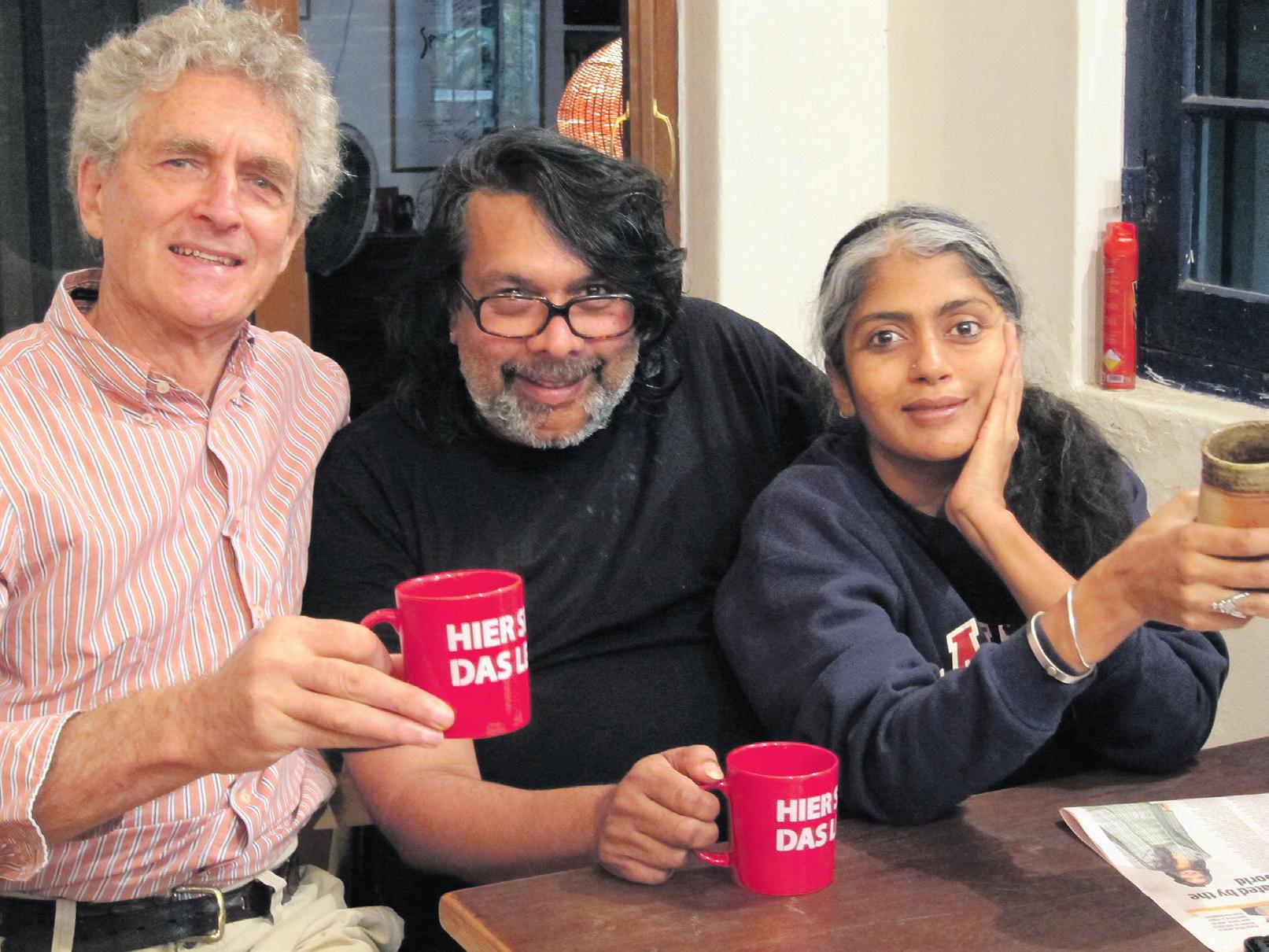
Film buffs will know Tom Cowan as the man who shot the path-breaking and controversial Kannada film Samskara based on a novel by the same name, written by Jnanpith award winning writer U R Ananthamurthy. Despite being initially banned by the censor board for portraying caste-based politics, it was finally released and went on to win the President’s Gold Medal for the Best Indian Feature Film of 1971.
He started his career as a trainee at ABC TV and during this tenure, he directed The Dancing Class that went on to win the AFI’s Best Film of the Year and a first prize at the Commonwealth Awards in Edinburgh. Since then, there has been no looking back for Tom, who is among Australia’s most distinguished as a director, cinematographer and producer. Awards have continued to pour in, among the most notable being Journey Among Women that won the AFI’s Most Creative Feature Film Award in 1977, running for 16 weeks in Sydney’s George Street and selling in 17 countries. Tom’s first IMAX film as Director of Photography was Antarctica that won the Prix du Jury at the Festival de la Geode, and Samskara won India’s Best Feature (President’s Award) and many international prizes, including the Silver Lion at Locarno. And now this great Australian filmmaker is all set to repeat history with yet another offbeat, India-based film titled Bangalore Love Story Tall and athletic with a soft, gentle voice and a warm persona, Tom Cowan sat before me and took on the gigabyte of questions I had for him. Here are excerpts from the interview.
Priyanka Tater: Tom, tell us first about your association with India - how did Samskara happen?
Tom Cowan: I got very, very lucky. I was introduced to Satyajit Ray in 1967, when he came to Australia. He said that if I ever planned to go to Calcutta, he’d show me around the studios and the editing. I was thrilled because when I saw Pather Panchali, his first film. I was enthralled by it. I fell in love with India from that very moment. And when I did get to India, I actually didn’t meet him until years later. But I went down to Madras and met Pattabhi Rama Reddy who was preparing Samskara; I had been introduced to that story around a campfire, told to me by the young artist Vasudev, while we sat on the sand together at the beach. I
was totally surprised and amazed at such a great story, because I had seen Indian films but they were not of that calibre, apart from the Bengali ones. I didn’t know Pattabhi then, but I said to Vasudev that I’d do anything to be a part of Samskara, I’ll make the tea! He said, ‘No, no, I’ll introduce you to Pattabhi, he’s looking for a cinematographer’. So we met in Madras, hit it off instantly and it’s a lifelong friendship. However, though we met in Madras, the film was based in Karnataka as per the novel, and hence we shot it there.
PT: And now you are going back to Bangalore for yet another film.
TC: It is called Bangalore Love Story and I am making it with Pattabhi’s son Konarka Reddy and Kirtana Kumar, who’s a theatre director. It is a very unusual film, and certainly not a Bollywood one. We are collecting love stories and then we plan to workshop with those stories to make a script. It would be a raw and hopefully, beautiful film, with real stories and real people acting in it.
PT: What made you choose Bangalore?
TC: Bangalore is where I have friends and support. The resources there that are available to me are far beyond what I could get in Mumbai, as I just don’t know so many people in that city. I’ve known Bangalore for 40 years and I know all the nooks and crannies. Also Bangalore is such a dynamic city, it’s got this contrast between tradition and ultramodernity.
PT: Why real people and not star actors, considering that south India has some names to reckon with?
TC: We could get a starthat would certainly attract people to the film. But a star acting a part in a movie is a fantasy; it’s not the real life of that character. So, I am going for rawness and for real people enacting
I didn’t know Pattabi then, but I said to Vasudev that I’d do anything to be a part of Samskara, I’ll make the tea!
has a quality you can’t get in a Bollywood film, and it would be silly to try.
PT: What is the kind of release are you looking at for the film?
TC: We will take the film to festivals first. It’s a way of broadening it out and it will do well at festivals. Then we plan to release it in India, followed by Australia, as we have control of the film in these two.
PT: How has the Australian film industry changed over the years?
hundreds of Australian actors in Hollywood doing quite well. They’ve taken the lead from the likes of Mel Gibson, Judi Davis, Eric Bana and others who have done well. Finally, my curiosity gets the better of me and I ask Tom if he has a few lines to share in Hindi, to which he is quick to reply, “I am not good at Hindi. Because I have spent most of my time in the south, I know more of Kannada and Tamil. I like Hindi, the sound of it is very graceful. I like listening to it without understanding it. And in Bangalore Love Story, most of it will be in English, as in Delhi Belly. So my not knowing Hindi should not be a problem!”
Proving yet again that cinema has no language barriers! Good luck to Tom, and watch out for Bangalore Love Story
We had an era where the bureaucrats had a stranglehold on films, so all the films were safe but nobody of course, wants to see safe films and that’s why Australian films were in the doldrums for so long.
TC: It is an exciting era. I started making films even before there was a film industry here, and I have gone back to that. I operate as if there was no film industry here. That’s just me, but having said that, there are some really good films being made at the moment in Australia, and films that people like. The recently released film Red Dog is wonderfully successful, and deservedly so. We had an era where the bureaucrats had a stranglehold on films, so all the films were safe but nobody of course, wants to see safe films and that’s why Australian films were in the doldrums for so long. But now it is changing and young filmmakers are taking the bull by the horns. It’s a golden age of actors in Australia. Young actors have the opportunity to do good work in theatre and even if they are in soap here,
A call for authentic love stories from Bangalore
Tom Cowan wants to talk to you if you have an authentic love story based around Bangalore. The stories must relate to, or be appropriate to the city of Bangalore, in southern India. Cowan would like to interview anyone who can help with stories of ‘raw’ love from this region with a view to including these in the script of his upcoming film which will be filmed in Bangalore. His co-director is Kirtana Kumar a Bangalore based actor, film maker and theatre director who is currently staging the modern classic, The Bald Soprano in Bangalore.
Details contact Marie Geissler 0416 285 727, 02 9380 5501, or email marie@geissler.com.au
52 <> OCTOBER (1) 2011 INDIAN LINK
INDOPHILE www.indianlink.com.au
Tom Cowan with Konarak Reddy, son of Samskara director Pattabhi Rama Reddy, and Kirtana Kumar, theatre director, during auditions for Bangalore LoveStory
Boon or blight?
The Indian experience continues to enchant as well as annoy, writes TIM BLIGHT
Another month has passed and I am now personally richer (although monetarily poorer) for yet another set of cultural experiences from India. For this month I have had a week in which to do a whirlwind tour of the south, taking in Kanyakumari, Madurai and Mysore. On the road I have been both charmed and frustrated, made new friends and one or two enemies, and have been preoccupied by the unending questions which life in India throws up.
World wanderlust
Kanyakumari is a truly beautiful part of the world, and many Indians have been quick to point out the irony in that while I have visited ‘the end of India’, many Indians haven’t. I attribute this to two factors; firstly, I am a traveller. If I could be paid to never have a permanent address, I would. The second reason, and in my view the most important reason why I have seen more of India than many Indians, is because I wasn’t born here. Like many Australians who travel the world but never see Tasmania, I think when one is visiting a new place it is common to maximize the experience by seeing everything possible; for many Indians, Kanyakumari will “always be there”.
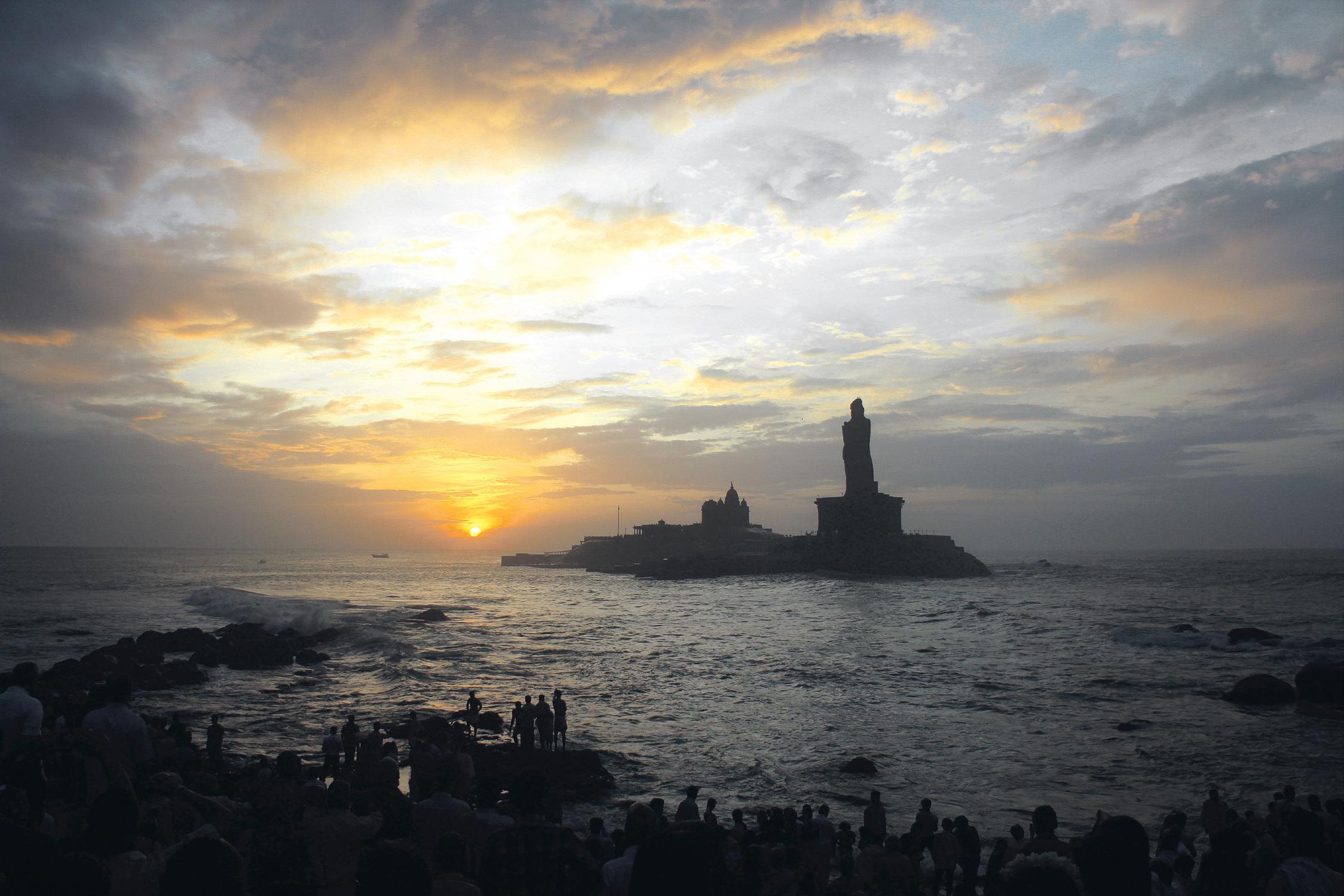
Touristy travails
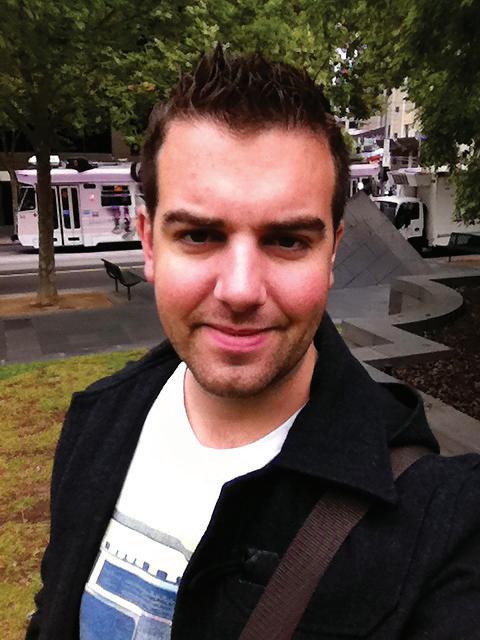
An Indian friend once told me that, “The only foreigner that India appeals to is a foreigner without money!”
The quote was his uncle’s, and he was making reference to India’s place on the overland ‘hippy trail’ of the 1960s and 1970s, and the resulting ‘banana pancake’ in Mumbai and Delhi was when foreigners would line up for a kitsch, inauthentic slice of “the real India”. While I disagree with the statement – as a foreigner who has
money, is not a hippy and still loves India – I nevertheless see his point. What’s more, it’s cringeworthy for people like me to then visit tourist sites where some locals (understandably) take advantage of this. Upon arriving at the Gandhi memorial at Kanyakumari, a shoe-wallah took my chappals and then with one hand, smeared a spot of tikka on my forehead while chanting “Om Shanti…”. I will reveal here that I prefer not to wear tikka for a variety of reasons (both personal and religious), but I assumed that this was standard procedure before entering the memorial so I accepted it graciously.
It was only upon collecting my shoes that I realized that no-one else was being tikka-ed, and when I asked about it, the man told me that he had “said a traditional Hindu prayer for (my) family in… where was I from? Australia! Yes – Australia!” I don’t know if he was expecting an additional tip for this ‘service’, but he certainly didn’t get one! I spent the rest of that day running away from enterprising babas trying to tikka me.
I’m a local, ain’t I?
On the other hand, I have met so many Indians who are so worldly and perfectly able to understand that Westerners are just as dynamic as Indians. “You’re not rich,” said a businessman who I met on the train.
“Of course, when you bring Australian dollars to India, then you have more purchasing power. But this kind of economics makes no sense – back in Australia, you are no richer than I am here,” he argued, citing his middle class family. It was refreshing to hear someone summarise it so concisely –prior to this, even I was beginning to question my logic.
Being a foreigner in India has both advantages and drawbacks. It opens up doors and affords extra hospitality in certain places. However it’s particularly galling that I could live my whole life here and I would still not pay the same amount as a local simply because of my skin colour. When, upon arriving at Chennai Central Railway station, an autorickshaw driver asked me for Rs. 350 for a trip across town, I snorted with laughter, telling him “I’m a foreigner, not an idiot!” Eventually I found someone who would take me for Rs. 140, about double what I should have paid, but upon arriving at the destination the driver told me that it was one kilometer further than he had expected. He asked for another Rs. 30, which I refused to give him, and it ended with me shouting “Main Chennaiker hoon!’ in the only Indian language I know and walking off. For all this, I still love India – after all, being ripped off by a taxi driver pales in comparison to the drunken, violent shenanigans of Australian late-night taxis. Certainly, I feel immensely safer here than I do on the streets of Australia after dark – the throngs of pedestrians who occupy the streets and the low levels of random violent street crime contribute to this.
A matter of perspective
So while India, of course, comes with its challenges, I still love it here and I’m not a hippy. As an employed foreigner who shaves, I think India rocks, and while it’s not perfect, no country is. It’s a cross-cultural debate of positives versus negatives, and it’s one with which I’m sure many Australian Indians will be familiar.
Like many who Australians travel the world but never see Tasmania, I think when one is visiting a new place it is common to maximize the experience by seeing everything possible; for many Indians, Kanyakumari will “always be there”

Certainly, I feel immensely safer here than I do on the streets of Australia after dark –the throngs of pedestrians who occupy the streets and the low levels of random violent street crime contribute to this.
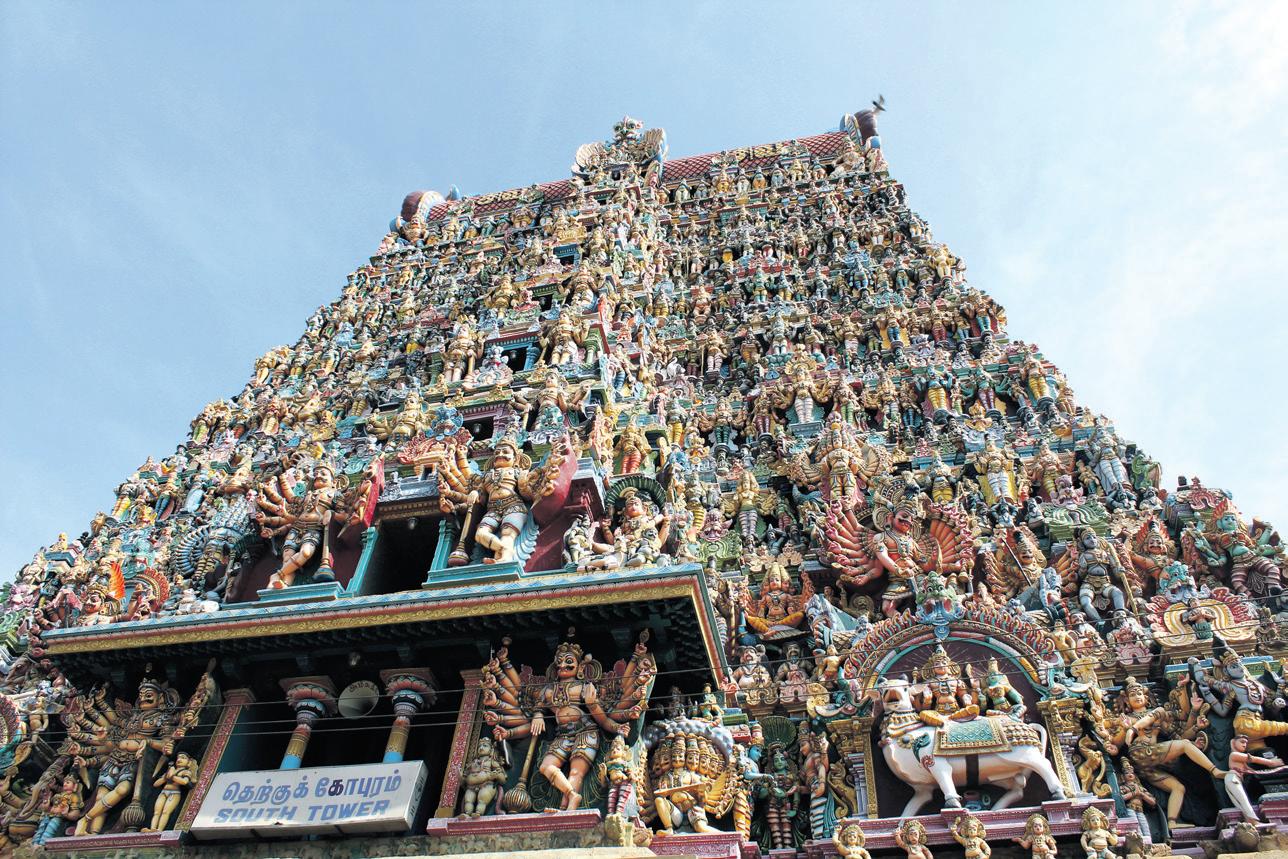
(1) 2011 <> 53 NATIONAL EDITION www.indianlink.com.au
indophile
Clockwise from left: Sunrise at India’s most southerly point, Vivekananda Memorial at Kanyakumari ; Sri Meenakshi Temple, Madurai; Maharaja’s palace Mysore
It’s up to you
Here’s a method of taking control of your life and making it work for you, in the most positive manner
BY ASHITA VADHER
How to create the life you want
Diwali is a time for celebration, families and feasting. The New Year symbolises new beginnings. Now is the time to take stock of your life. Is it everything you had hoped for?
So that you can learn more about yourselves and, in turn, have a deeper understanding of how you can shape your lives, I have created a monthly life strategies program for you.
Decide on your destiny!
Each of us has what it takes to live a life of our choosing. Over the next few months, I will give you the tools to take your life to the next level.
Friends Are you surrounded by positive people that support, challenge and nurture you?
Family Are you spending enough quality time with loved ones?
Motivation How driven are you?
Confidence Have you got the confidence in yourself to reach your potential?
Wheel of Life exercise
Use this simple tool known as the Wheel of Life, which is an effective way of getting a snapshot of your life, and it will identify areas of potential growth for you. The eight sections in the wheel of life collectively represent harmony or balance.
How to use the Wheel of Life
Step 1: The eight sections of the wheel represent different aspects of your life. First decide which aspects are the most important to you. (Use suggestions in the highlighted box above). Insert one in each of the eight boxes.
Step 2: The centre of the wheel is 0 (not even a little bit satisfied with that aspect of your life) and the outer edge is 10. Give each of the eight chosen aspects of your life a mark out of 10, and draw a line from spoke to spoke to form a new edge to the
wheel that represents your score for that area in your life. Shade in the areas to get a true sense of the proportion of each section.
Your Wheel of Life
So, looking at your wheel of life, are there any surprises for you?
• What do you think about your life, as you look at your wheel?
• If this were a wheel on a car called ‘life’, how well would you car run? If you are like most people, you may well be experiencing a certain level of discomfort!
• Is it a bumpy ride?
• If your life isn’t what you want it to be, do you have the inner resources to make the big, lasting changes you wish for?
• Maybe you’re thinking things are just fine as they are? It is human nature to stick with what we know. That’s how we are kept safe. However, being safe leads to stagnation. Remember, human beings are organic
matter; this means that we are either ripe and rotting, or green and growing. Which would you rather be?
It’s often said that if you keep doing what you’ve always done, you’ll keep on getting what you’ve always had.
Before you decide to remain in your comfort zone, think for a moment of the bumpy ride you’re getting right now. How long are you prepared to put up with the discomfort?
If your life falls short of what you want it to be, some lasting changes need to take place.
Think for a moment what it would feel like to have a score of 10 in the areas of your life that are most important to you?
If this is what you want, check in with me here every month and together we will create the life you want. There is one simple thing I ask of you and that is a 100% commitment to taking Action!
I look forward to catching up with you soon!
We all live life at the level we have learnt to experience. For some, this means that life is filled with joy, opportunities and achievement. For others, life could be a struggle – full of pain, disappointment and uncertainty. For many people, it’s likely to be a mixture of both. Whatever the level, you now have the opportunity to choose a new one.
Understanding your life today
The first step to take towards creating change in your life is to assess where you are now. Knowing what is happening today will help identify what action is required to make a better tomorrow.
Think about the following:
Spirituality This is about what is going on within you and doesn’t necessarily have to do with religion.
Career Are you doing what you love to do?
Finances Are you in control of them or are they controlling you?
Physical environment How organised is your life? Clutter around you is clutter in the mind!
Health and well-being Are you nourishing your body and strengthening it?

Fun and recreation Do you have enough joy and laughter in your life?
Personal growth Are you expanding who you are and nurturing your mind?
54 <> OCTOBER (1) 2011 INDIAN LINK LIFESTYLE www.indianlink.com.au
10 10 10 10
Remember, human beings are organic matter; this means that we are either ripe and rotting, or green and growing.
It’s often said that if you keep doing what you’ve always done, you’ll keep on getting what you’ve always had.
“We






OCTOBER (1) 2011 <> 55 NATIONAL EDITION 5/32, York Street, Sydney, NSW 2000 Tel: (02) 9262 1661 Fax:(02) 9262 1217 Email: ram@ramworldtravel.com.au Web: www.ramworldtravel.com.au
* Competitive international airfares to all parts of the world *Special airfares to Indian sub-continent *Package and tailor made tours to India and Nepal *Holiday packages to all parts of the world *Round the World Airfares *Hotel accommodation, car hire and guide services *Travel Insurance *DAILY DEPARTURE TOURS OF INDIA FROM: $975 P.P (ask for color brochure)
ONE STOP SHOP FOR:
always make our travel arrangements through Ram World Travel for its excellent service and best price!”
Stories by Shivangi
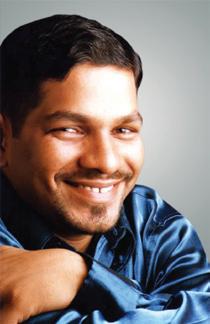
A budding Adelaide writer has just published her first book
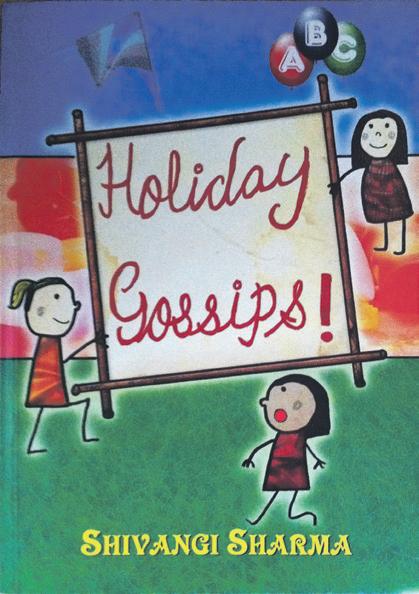 BY FRANKEY GERARD FERNANDES
BY FRANKEY GERARD FERNANDES
She is only 12 years old, but her passion for writing has already led this budding Indian Australian novelist to want to inspire other children to take up their pens and write.
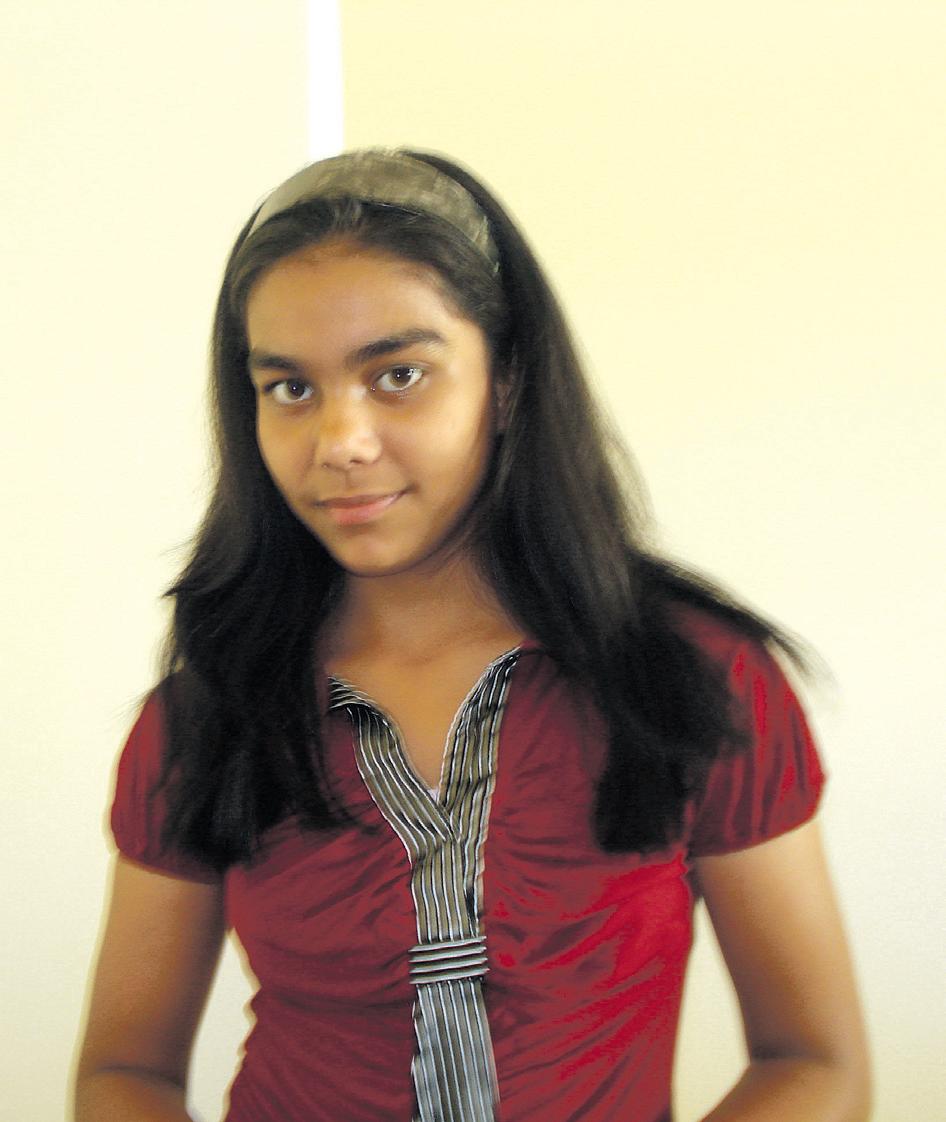
Meet Shivangi, the only daughter of Dharmender and Ritu Sharma who relocated from northern India to Adelaide in 2007. Perhaps it was the upheaval of moving to Adelaide that gave her material to work with, heightening her sense of discovery and fuelling an interest in linguistic expression, as one could speculate. However, Shivangi has enthusiastically penned no less than 15 short stories in less than a year, and her father has proudly complied them into a self-published book entitled Holiday Gossips, which he has begun to sell amongst the Indian community.

Shivangi’s grandfather RS Sharma wrote and edited stories in India, so perhaps the urge runs in the family. But what truly prompted this student of Linden Park Primary School in South Australia to take up writing a book? With a smile, Shivangi says, “I started writing these stories when I was in Year 5 and finished them in Year 6. Then dad asked me to publish them, and of course I thought he was joking, but he wasn’t! We got them published this year when I was still 11. This book is dedicated to my grandfather.”
Far from the stereotyped only child tied to a computer screen, Shivangi is a healthy and active young girl who enjoys scuba diving, has a keen interest in flying and aspires to become a pilot, and of course, keep on writing stories.
The fifteen short stories which make up the collection are, according to Shivangi, works purely from her imagination. They draw on her own experiences of relocation, life in India and Australia, and deal with
issues that other children in her situation struggle with.
While describing her favourites like Christmas Parade, A Trip to Boarding School and Shivangi’s Stressful Day, she elaborates on the concept behind some of the stories.
“I think that Christmas Parade is a good story as there are talking animals in it. I thought kids might like that because it’s a good creative idea. A Trip to Boarding School is a funny and surprising one which explains about how I want to be a pilot,” she says. “Other stories in the book are good as well and
they all have a different aspect and idea so kids know what it’s like to suffer, to have fun and to have a surprising day,” adds the young writer.
Shivangi also admits, “I wrote all the stories on my own, but mum helped me do the cover and dad did the info page.”
With such encouragement perhaps Shivangi will be the next Arvind Adiga or Arundhati Roy, or perhaps she will simply find joy and meaning in life through contributing this talent to her community, expressing herself through this creative art and allowing her stories to resonate with others. Isn’t that what the arts are all about? Well done, Shivangi!
56 <> OCTOBER (1) 2011 INDIAN LINK THEYOUNGONES
I wrote all the stories on my own, but mum helped me do the cover and dad did the info page.
Maths can be cool!
A Year 7 student talks to his class mate about coming tops in a state-wide mathematics competition
BY VINEY KUMAR
Seyoon Ragavan, age 12, Year 7 from Knox Grammar School, Wahroonga in NSW, has topped this year’s UNSW Mathematics Competition, competing against over 300 of the best mathematical brains in the state. He scored 29 out of 30 in the demanding 3-hour exam in the Junior Category - an exam open to students up to Year 10 in NSW and Canberra.
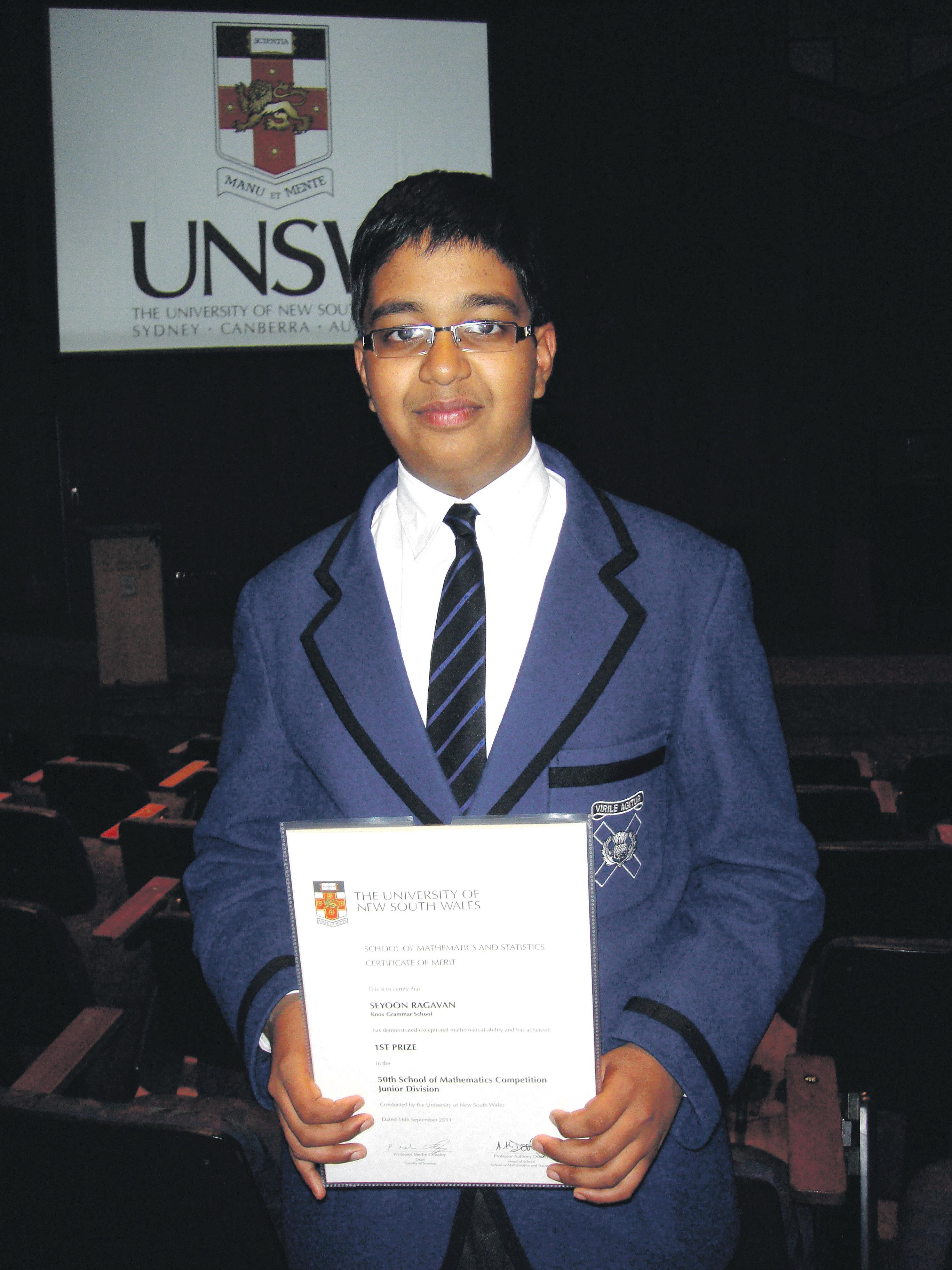

Viney Kumar: Seyoon, how do you feel after this magnificent achievement?
Seyoon Ragavan: I guess it twas a shock when I found out. But other than that, a great sense of euphoria and thrill. I knew I’d always come within the top few in the nation in high-level mathematics contests like this, but I’d never won one. It really was a great feeling!
VK: When did you first get truly interested in the subject of mathematics?
SR: Year 4 or Year 5.
VK: Which is your favorite branch of mathematics that truly appeals to you?
SR: Definitely number theory! I love the way it has to use all this crazy maths to prove something that looks ridiculously simple. Take Fermat’s Last Theorem, for example. I also like the ‘crazy maths’ involved here - though I
only took that up recently.
VK: Who are your greatest inspirations?
SR: I’ve gained inspiration from a lot of places... my parents inspire me a lot. Some past legendary mathematicians that inspire me are Leonhard Euler and Carl Friedrich Gauss. I’ve also been inspired by some past Maths Olympians - namely Sampson Wong, Andrew Elvey Price and last, but definitely not least, Terry Tao.
VK: How did you get to where you are today? How much effort did you have to put in?
SR: Parents, parents, parents - I cannot stress enough the importance of my parents in my mathematical development. They still jokingly tell me tales of back then when I was 3 or 4, and how I was struggling with principles in mathematics (though I wasn’t handling stuff for 3-year-olds). Thanks to them, I’m where I am today.
From about Year 2 onwards, my teachers have also been of paramount importance in this journey (and still are). I can’t forget the painstaking effort involved in the amount of support I was given.
On my part, I did have to push through a lot of obstacles; I could never walk around them because avoiding challenges simply means that you won’t improve. I had to break all of them. My improvement rate, now when I look back at it, was quite unrealistic. For example, in Year 3, I got a Distinction in the Year 5 Australian Mathematics
competition; in Year 4 I got a High Distinction and in the Year 7 paper, just 4 marks short of a prize! But a lot of it was effort and this, I guess, is the culmination - for now. Hopefully there are many more to come.
VK: What are your plans for your future?
SR: I don’t know. I can tell you one thing though, whatever I end up doing later on, it will involve some form of thinking outside the square. In other words, I won’t be sitting at a table doing stuff that calculators are made to do.
VK: What do you do in your free time?
SR: I do a lot of things. I love music - I play the drums, mridangam and piano, and I sing both carnatic and western music. Otherwise, I amuse myself on Math Links (the venerable Facebook of Mathematics), or do some computer programming.
VK: What advice would you give to future mathematics aspirants entering this competition who have a passion for maths like you?

SR: Don’t walk around those obstacles. Face them, break them and move on to the next one. Do it with all your heart, throw in all your energy, and you’ll be rewarded. Make sure your passion is known to the rest of the world - be proud of it. Love your numbers and seek the answers. Regarding the competition itself, expect the unexpected!

OCTOBER (1) 2011 <> 57 NATIONAL EDITION www.indianlink.com.au
On my part, I did have to push through a lot of obstacles; I could never walk around them because avoiding challenges simply means that you won’t improve.
Seyoon Ragavan of Knox Grammar School
Music & dance, glitz & glamour
Uni students strut their stuff at Cultural Night 2011
 BY ASTHA SINGH
BY ASTHA SINGH

It was a show by the students, of the students and for the students, as always. The Indian community’s mega event for the youth, uni students’ ‘Cultural Night’ was packed yet again with dance, drama, fashion and music. This year, its theme The Movie incorporated a volley of linked performances throughout the four hours of the exciting show.
With rigorous schedules of auditions and rehearsals, the students’ passion and commitment came to the fore in the epic show. The significant proceeds generated from this massive event went to two specially picked charities Ekal Vidyalaya and Isha Vidya. With the help of the performers, audience, volunteers and sponsors, our community’s university students continue their tradition in helping underprivileged kids in rural India get access to education.
The dynamic committee of seven members Deepak, Astha, Cheryl, Janu, Su, Basil and Johnny were drawn from the Indian societies of the five major universities in Sydney. Bravely, this year’s organising team broke with convention and decided to do away with the MC. Instead they came up with the idea of playing short clips as part of a movie and linking the performances with each other, in an attempt to make the show even more interesting. It worked!
The Movie, of course, was as conventional as you could get. Boy meets girl as auditions are on for Cultural Night 2011, love blossoms as the rain pours, hearts break as the traditional parents get involved, misunderstandings are resolved as the good guy bashes up the baddie, all’s well that ends well as the hero gives a sermon to conclude. (There would have been a car chase sequence too, but it seems the reallife parents didn’t allow it. Either that, or the fact that some of the cast looked too young to have their P plates). Still, the movie segments served as the perfect sutradhar (and that means ‘segue’ to those of you who don’t understand Hindi), and the audience lapped up the heart wrenching conquest of love, where the lovers unite through Cultural Night 2011.
The boy band Halfway Crooks kicked off the night, with the multi-talented Chiranth Wodeyar on guitar and vocals becoming more and more confident with each number (perhaps the girls in the audience squealing out the boys’ names had something to do with that growing confidence). But they certainly got the audience all warmed up. They were followed by comedy duo Loose Motion, whose act was based on brown superheroes. They showed off a fantastic flair for comedy, but wonder how those poo references went down with the smattering of parents in the audience…? Following up the “motion” suggestions, the next act, Far Leg Movement, showcased their own moves in their energetic dance performance jamming and shuffling to classic as well as contemporary tunes.
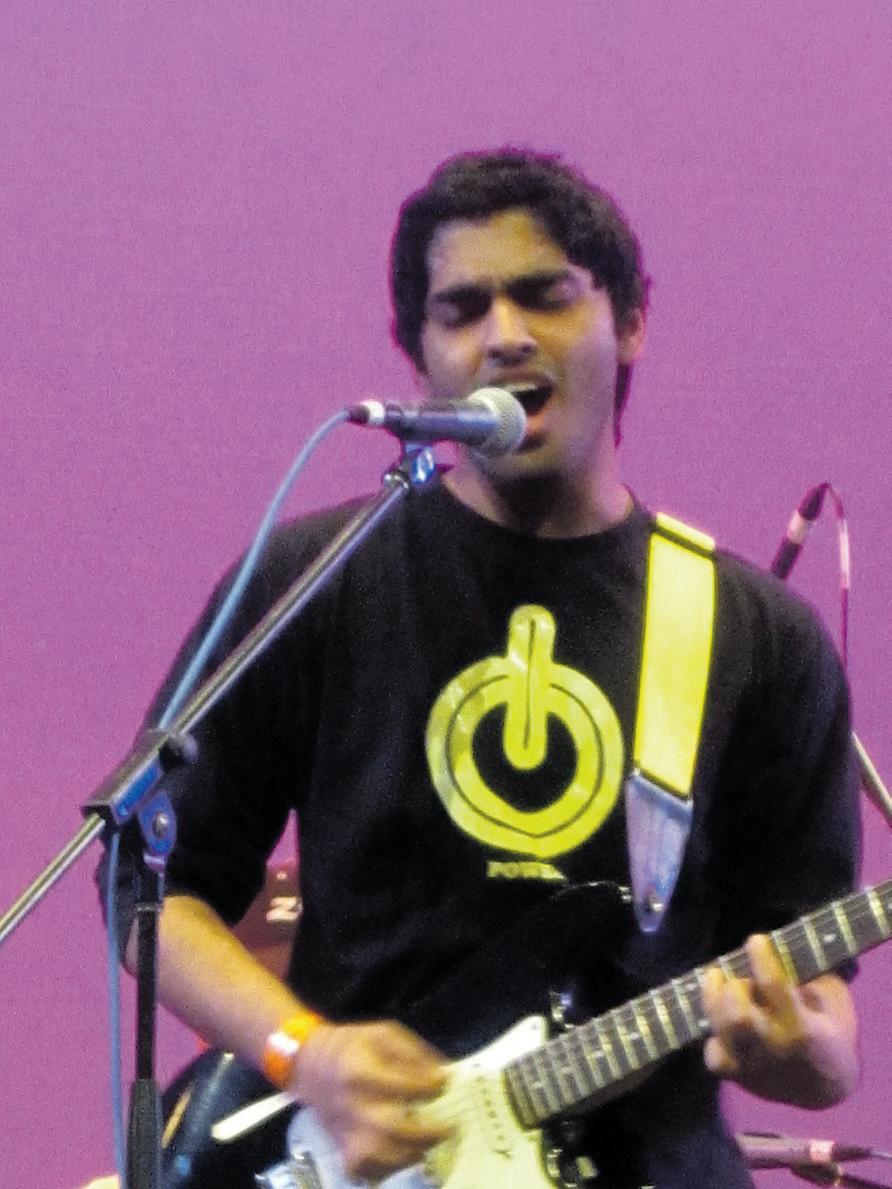
Shreya Misra and Aanchal Bharadwaj’s ‘Bollywood fusion’, brought on the Indian links to the show, followed up immediately with the Fashion Show (Traditional) featuring Anita Gupta’s gorgeous designs.

The movie continued on in between segments, telling the tale of star-crossed lovers Raj Singh and Priya Sharma.
The hugely talented Shaun Premnath played a cover of John Butler in his own unique style, fusing tabla along with guitar. The Vishwas group from UNSW presented ‘Love through the ages’, a dance performance of Bollywood romances from the ‘50s to today: an innovative number that turned out just wonderful! The thoroughly professional Platinum
Bhangra got the audience totally pumped up – don’t we just love these mast Punjabis, they can put us in an upbeat mood any time! It was another that ended the first half – Jagpreet Grover’s folk Punjabi numbers were beautifully rendered, and those of us who understood his particular style of music could gather immediately that he is artiste of some calibre, certainly a name to look out for in coming years.
Intermission was announced just as Priya’s parents were forbidding her to meet the man of her dreams Raj – shock horror!
The second half of Cultural Night 2011, after delicious dinner packs were lapped up eagerly, was even more refreshing and peppy.
It was all glamour and sophistication - with a good dose of naughty flirtation thrown in - during the second Fashion Show (Western), featuring Bhrasi (designs by Bhim Raj Singh), choreographed by Neelu Vee. The playful mood was kept up by the dancers of Road2Bollywood troupe, who impressed not only with their nimble footwork and brilliant choreography, but also their quick costume changes, dramatics, and some very cleverly picked numbers – how could we not have had Sheila ki Jawani?! Truly one of the highlights of the night.
Indian Dance Centre and Lashkara Regiment groups kept up the Bollywood beat in their own styles.
Meanwhile the lovers on film were pining away, so the musical act by duo Arpita Singh and Rajshri Roy expressed similar pathos. Their numbers Tere bin and Aa bhi ja might as well have been sung by Raj and Priya, so that the audience could have had a collective cry at the unfairness of it all… sob!
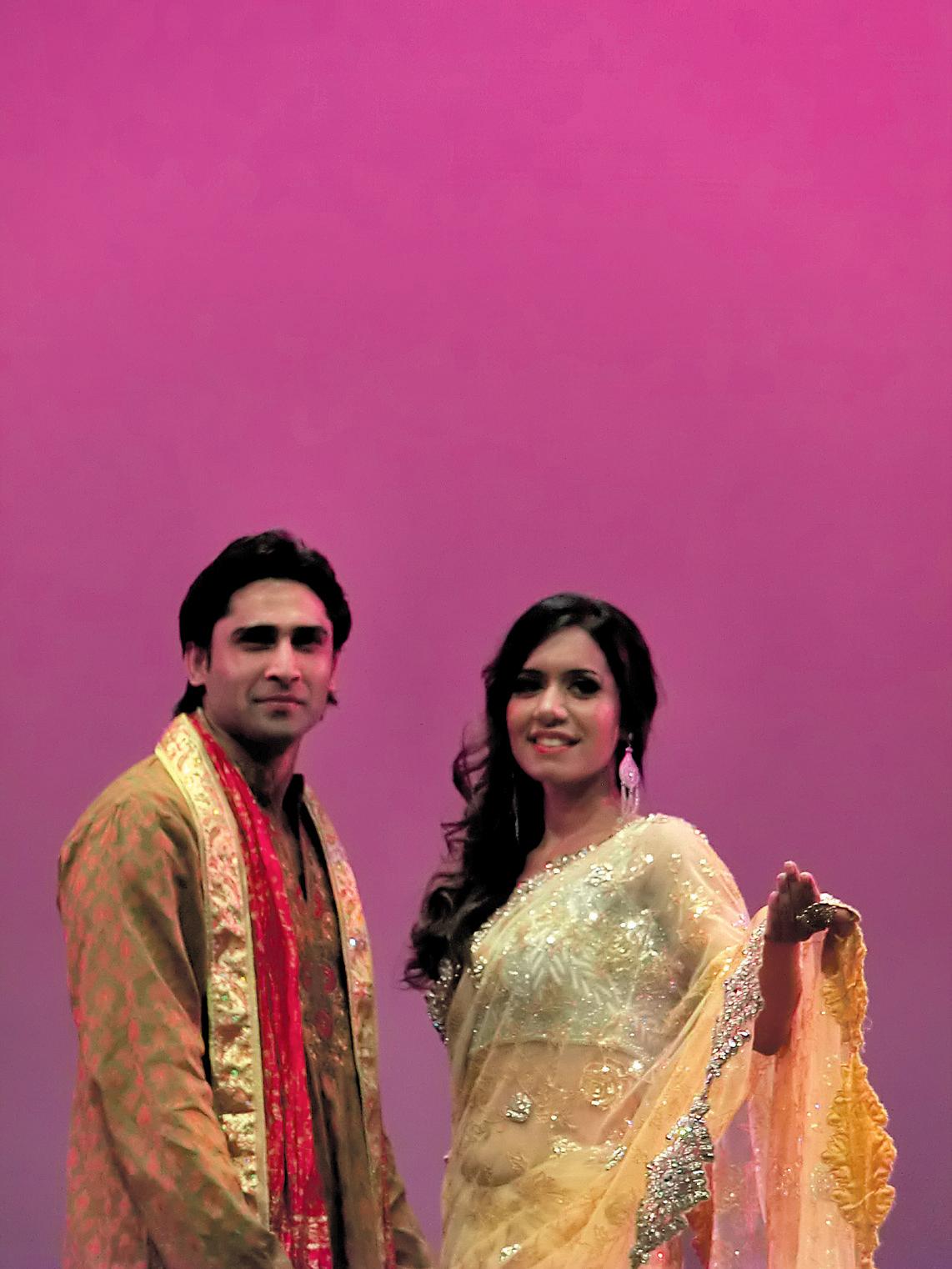
The next act not only showed just as much feeling, but surely became the surprise event of the night. Hip Hop Showcase, featuring Z-man (Zafar Hyder) and L-Fresh the Lion (Sukhdeep Singh Bhogal) combined elements of hiphop culture like beatboxing and mcing. Their unique sounds, and lyrics suggesting an essential underlying oneness or sameness, were nothing short of inspiring.
The kathak fusion by the Ruchi Sanghi dance group - an elegant kathak performance to contemporary Bollywood songs - was beautifully executed, and gave ample opportunity to the girls to show off their years of
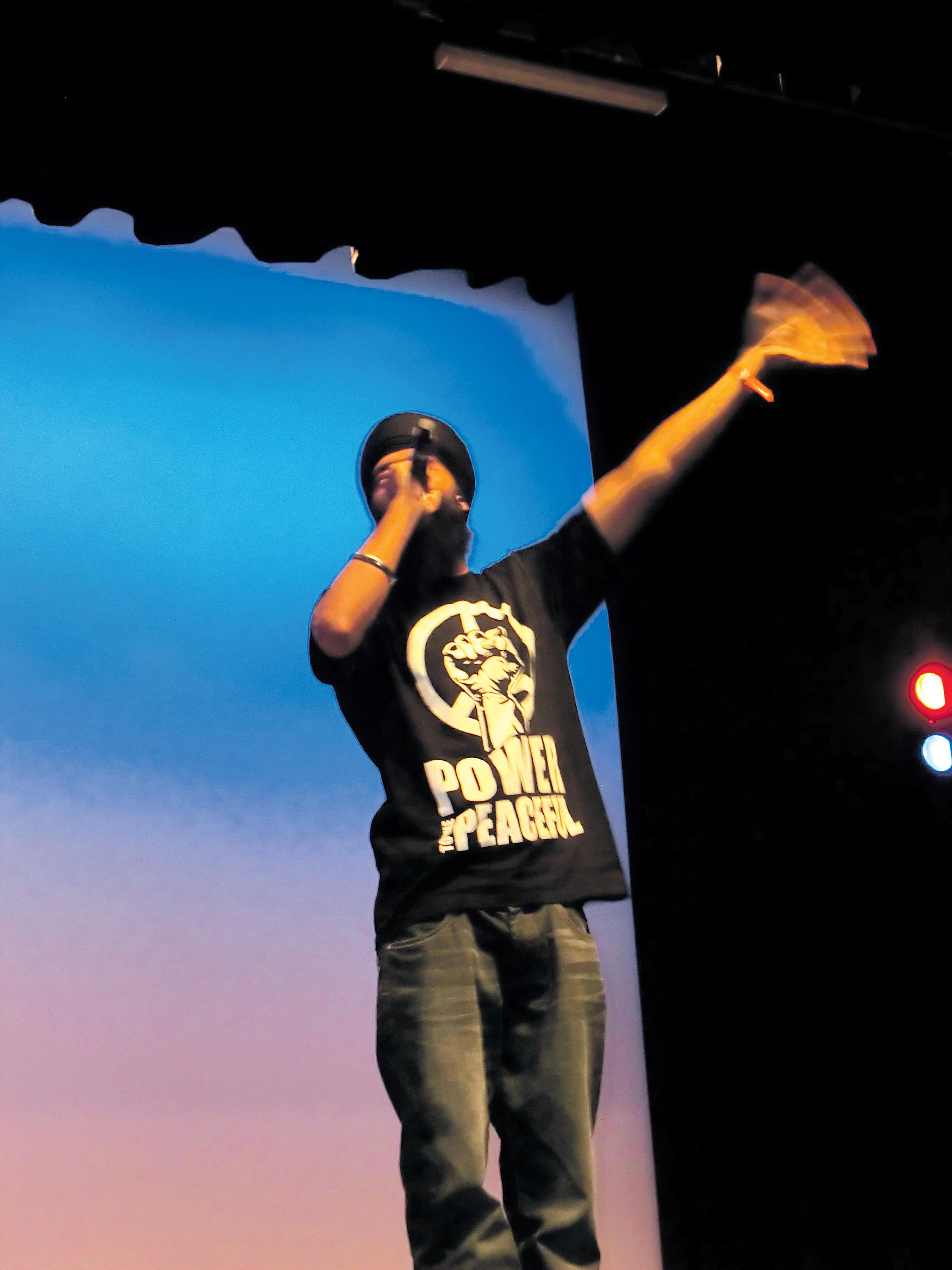
58 <> OCTOBER (1) 2011 INDIAN LINK YOUTH

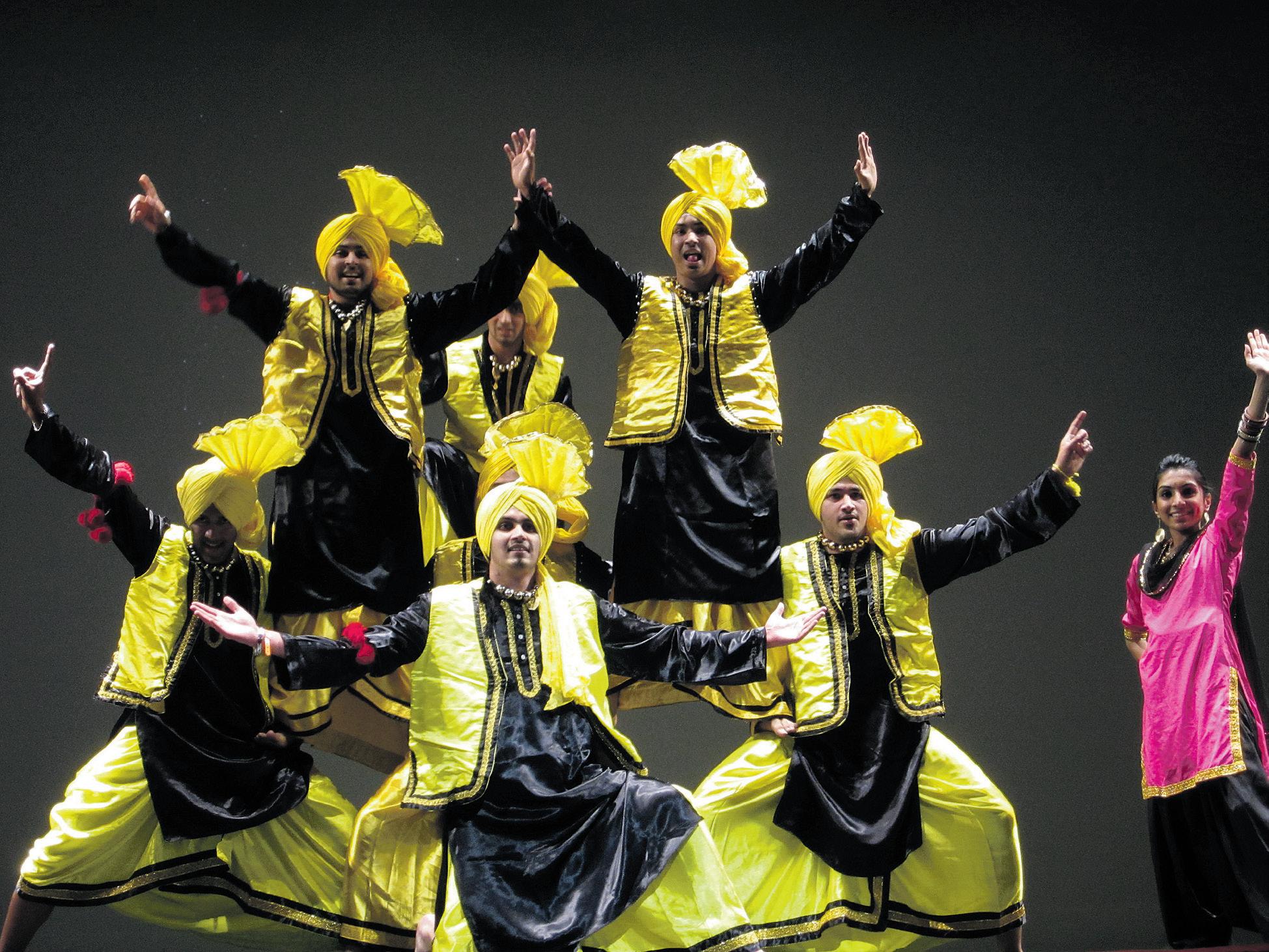
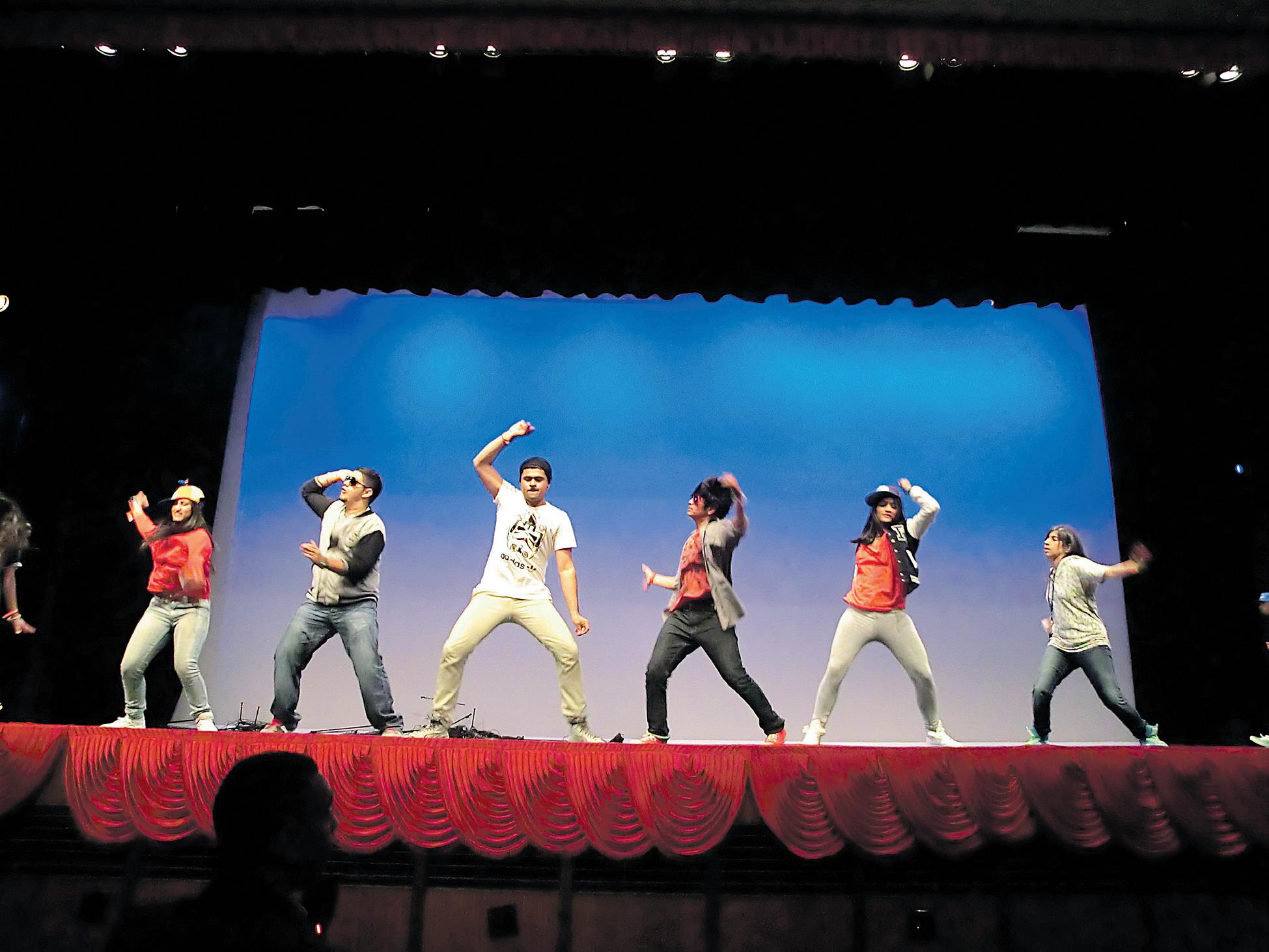
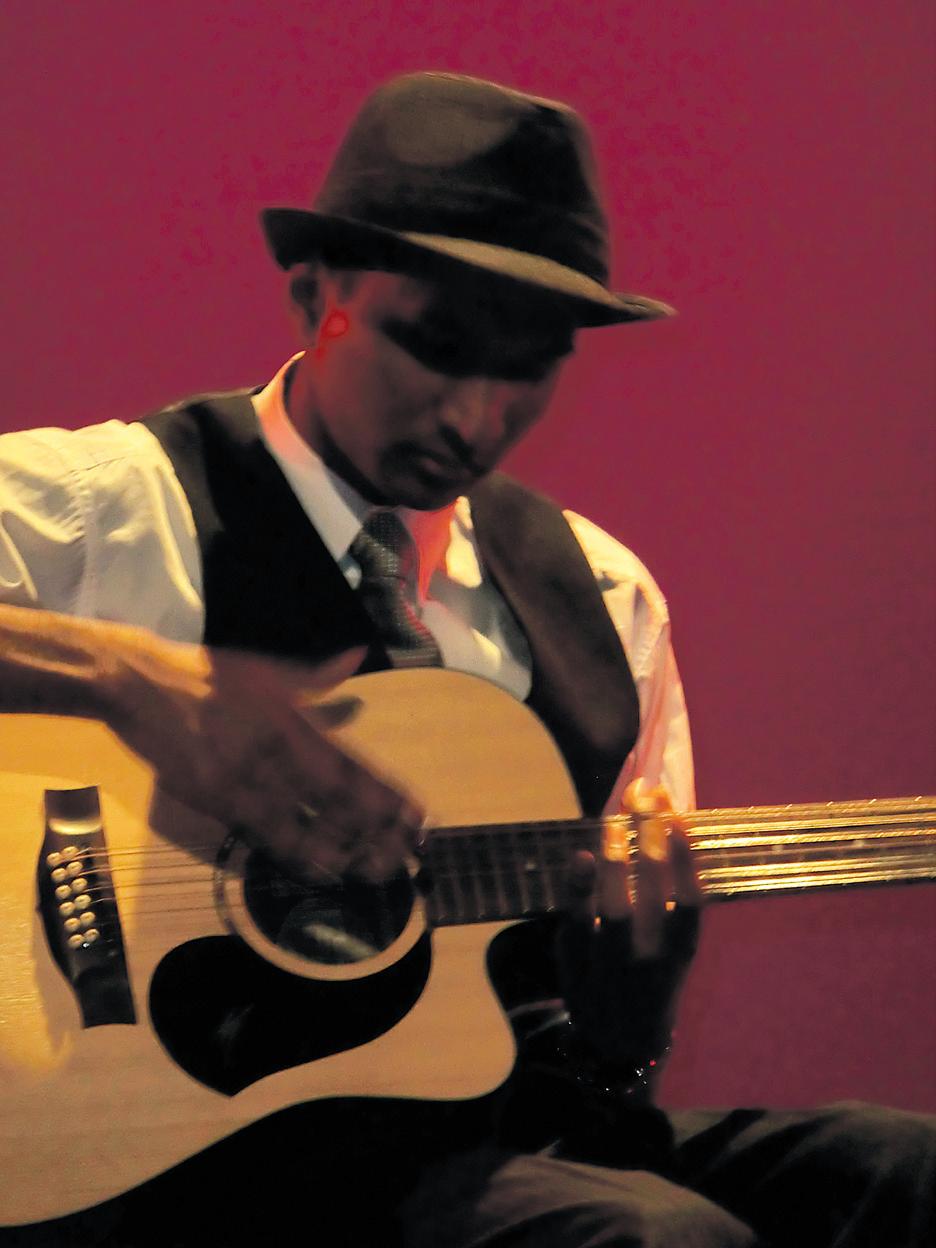
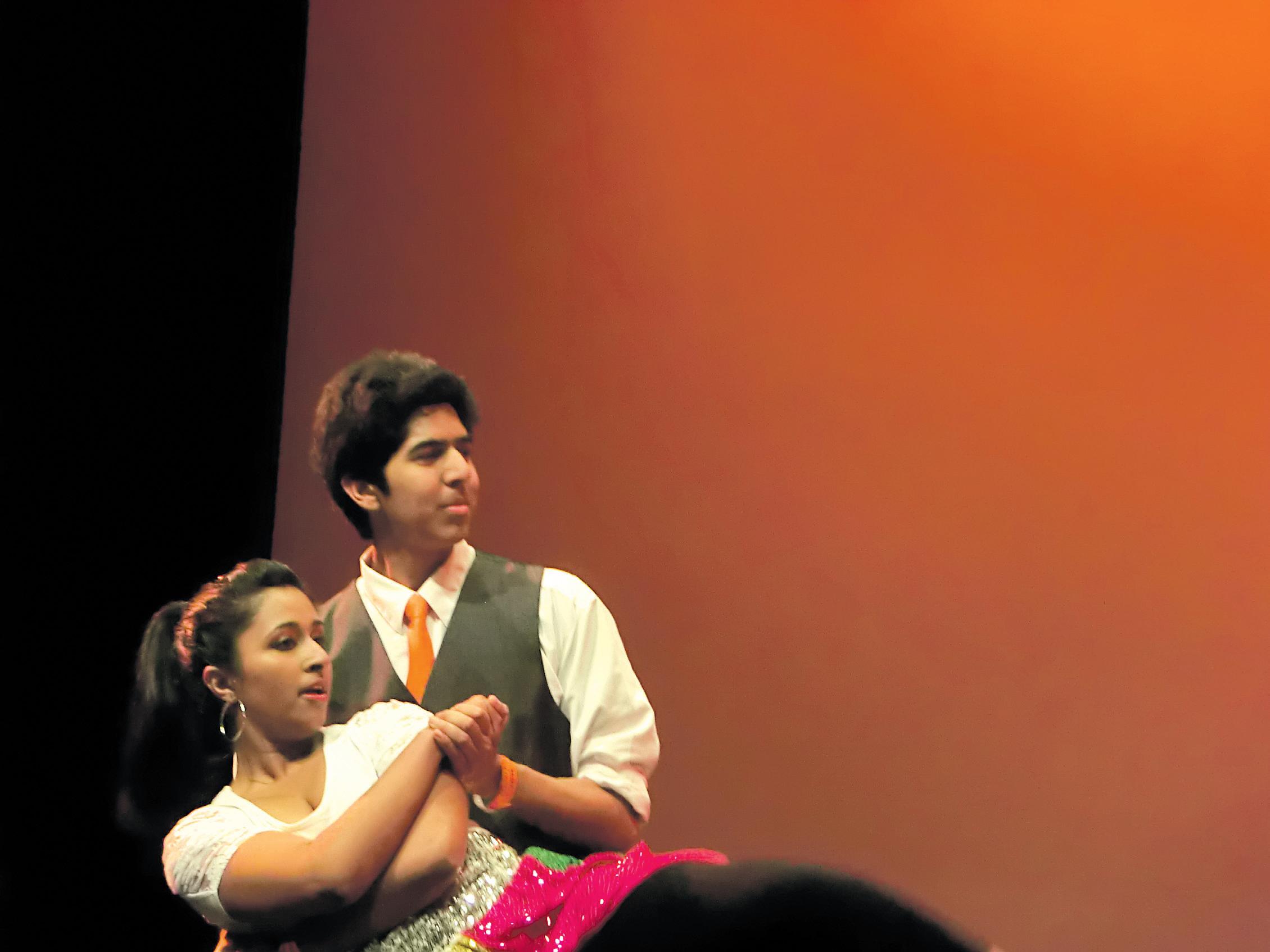

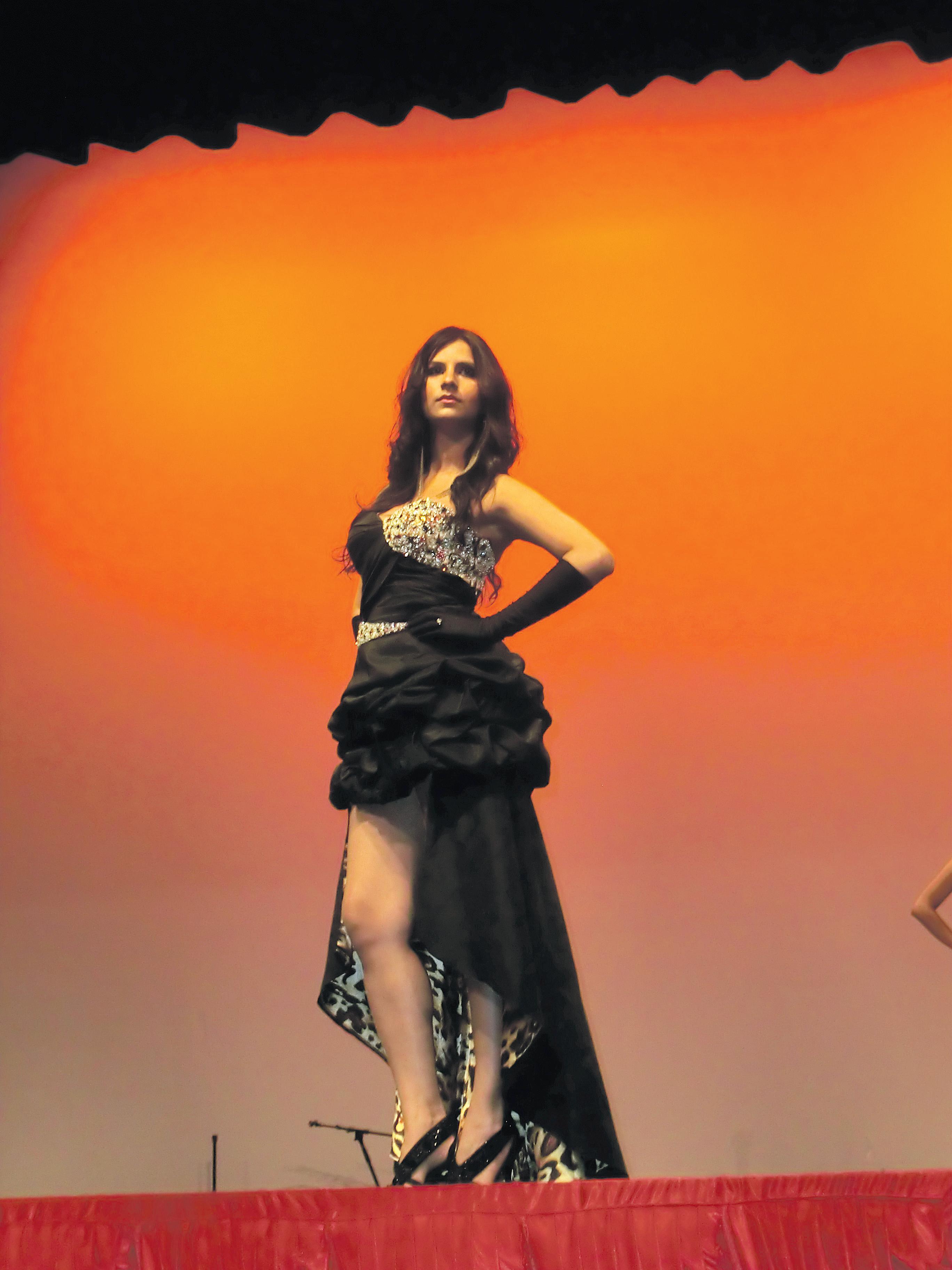


OCTOBER (1) 2011 <> 59 NATIONAL EDITION www.indianlink.com.au OCTOBER
Skincaredecoded
pigmentation on the skin. Retinol is produced in the body naturally, and all retinoid forms of vitamin A are used in skincare products as anti-aging ingredients.
Vitamin A is readily absorbed through the skin and is proven to increase skin turnover. It increases the production of collagen to give the skin a firmer, youthful appearance. Tretinoin which is also a retinoic acid is used in cosmetics and creams to treat acne.
Vitamin C
Vitamin C acts as an antioxidant by protecting the body against oxidative stress. It is being hailed as the most effective anti-aging ingredient on the market today. Vitamin C fights off free radicals to protect the skin collagen, hence preventing wrinkles and other signs of aging. But not all Vitamin C is good. Many acidic forms of it found in some skincare products can cause a stinging sensation and even irritation to sensitive skin. Daily use of these acids can, in fact, increase the formation of free radicals. However, magnesium ascorbyl phosphate which is a form of Vitamin C is a good ingredient to look for in creams as it is highly effective in fighting free radicals, and is not an irritant.
Alpha-lipoic acid
This newish ingredient is being touted as the most effective universal antioxidant that not only repairs past damage, but also helps prevent future deterioration of the skin. It fades away fine lines, increases the levels of antioxidants and gives the skin a healthy glow. Since it is soluble in both water and oil, it can permeate into all parts of the skin cells providing powerful protection against free radicals.
Peptides
There are many types of peptides and they are increasingly being used in skincare products as anti-aging agents. They have proven to surpass the benefits of retinol in smoothing wrinkles and reducing other signs of aging. Peptides are also recommended for use on the neck to reduce wrinkles and tighten up the delicate skin there. The results are usually apparent with prolonged continuous use.
antioxidant properties is essential
Copper peptide
If you answered ‘yes’ to any of the above questions, then relax, because help is at hand.
To start, let’s concur that with age our skin loses elasticity and begins to sag, resulting in the appearance of wrinkles as the collagen and elastin in our bodies break down. These are both proteins that keep the skin firm and elastic, but as their molecules are much too big to be absorbed by the skin, it is no use applying them topically. So if you see a product advertising collagen in the list of contents, know that it’s of little or no use; instead it is advisable to look for ingredients that will stimulate the skin’s own production of these chemicals.

Look for a quality product that will give your skin a youthful, radiant appearance by reducing fine lines, even out discolouration and pigmentation caused by age spots, and flatten those bags under the eyes. Your skin care regime should have as many of the ingredients listed below in the product. Also, it is not enough that a product merely has these ingredients in it; it is important that their concentration should be fairly high to have any real results.
Coenzyme Q10
CoQ10 is a popular ingredient in quality skincare products nowadays. This vitamin-like substance with its powerful
substance starts depleting. So it is a good ingredient to look for in a skincare product, but unfortunately not all forms of CoQ10 are as beneficial as one particular version called NanoLipobelle H-EQ10. This type of coenzyme Q10 can penetrate down seven layers deep into the skin, providing greater protection from free radicals. It also promotes the natural production of collagen and elastin resulting in a powerful anti-wrinkle treatment for you.
Retinol
Retinol is a derivative of Vitamin A and is proven to reduce fine lines and wrinkles, improve skin texture, even out skin tone and raise the hydration level of your skin. It is also effective in reducing the visibility of mottled
Copper peptide promotes collagen and elastin production while also acting as an antioxidant, delivering faster anti-aging results than many other ingredients on the market. It also removes damaged collagen and elastin from the skin and scar tissue by activating the skin’s repair mechanism. Copper peptide boosts the body’s natural tissue building process making the skin firmer, smoother and softer.
Hyaluronic acid
This ingredient helps bind moisture to the skin, preventing it from drying and flaking. It is used in eye creams, moisturizers, skin serums and toners due to its skin-hydrating qualities. Skin cells need water to live and remain healthy. The continuous use of sodium hyaluronate improves the skin’s water content, making fine lines and wrinkles disappear.
Urea
Urea is present in every healthy cell. With its hydrating properties, it can increase the water content of the skin to an amazing level while maintaining suppleness and getting rid of tough, tight and flaky skin. A good cream containing urea can promote your skin’s ability to draw moisture from the atmosphere and plump up the cells reducing wrinkles and fine lines.
Now that you’re a savvy consumer, check if the products on your dresser measure up and if not, well, it’s time to go shopping!
60 <> OCTOBER (1) 2011 INDIAN LINK WELLNESS www.indianlink.com.au
Choosing products with the right ingredients to boost your skin can make a huge difference to its look and texture, writes FARZANA SHAKIR
So if you see a product advertising collagen in the list of contents, know that it’s of little or no use; instead it is advisable to look for ingredients that will stimulate the skin’s own production of these chemicals.
Copper peptide promotes collagen and elastin production while also acting as an antioxidant, delivering faster anti-aging results than many other ingredients on the market
4TH ANNIVERSARY


To celebrate four years of hard work and commitment by teachers, students and management, Edu-Kingdom College branches will be running a promotion for all new enrolments.



OCTOBER (1) 2011 <> 61 NATIONAL EDITION NSW Ashfield 02 9799 5110 Bankstown 02 9707 2611 Blacktown 02 9676 1799 Castle Hill 02 8850 1911 Eastwood 02 9874 9055 Hornsby 02 9476 6020 Hurstville 02 9570 8728 Liverpool 02 9601 2442 Parramatta 02 9890 7177 Strathfield 02 9746 8548 VIC Box Hill 03 9899 7871 Footscray 03 9687 4888 Glen Waverley 03 9887 8064 Oakleigh 03 9568 1008 Preston 03 9471 9966 Richmond 03 9004 3762 Springvale 03 9574 1588 St.Albans 03 9367 9999 NZ Newmarket +64 9 524 0073 Dannemora +64 9 265 0900 North Shore +64 9 410 0095
ENROL FOR... 20 WEEKS (High School)
WEEKS (Primary School) AND RECEIVE ; OFFER ENDS 15th OCTOBER 2011 DON’T MISS OUT! Stocks are limited! *Conditions Apply - Offer cannot be used with other promotions GIFT 1 GIFT 1 BRAND NEW ACER ICONIA TAB A500 •16GB OR BRAND NEW ACER LAPTOP + LAPTOP BAG •15.6” widescreen •4G memory •500 HDD •2 year warranty
30



62 <> OCTOBER (1) 2011 INDIAN LINK

OCTOBER (1) 2011 <> 63 NATIONAL EDITION
All I want for
Indian Link Radio presenters make up their wish lists
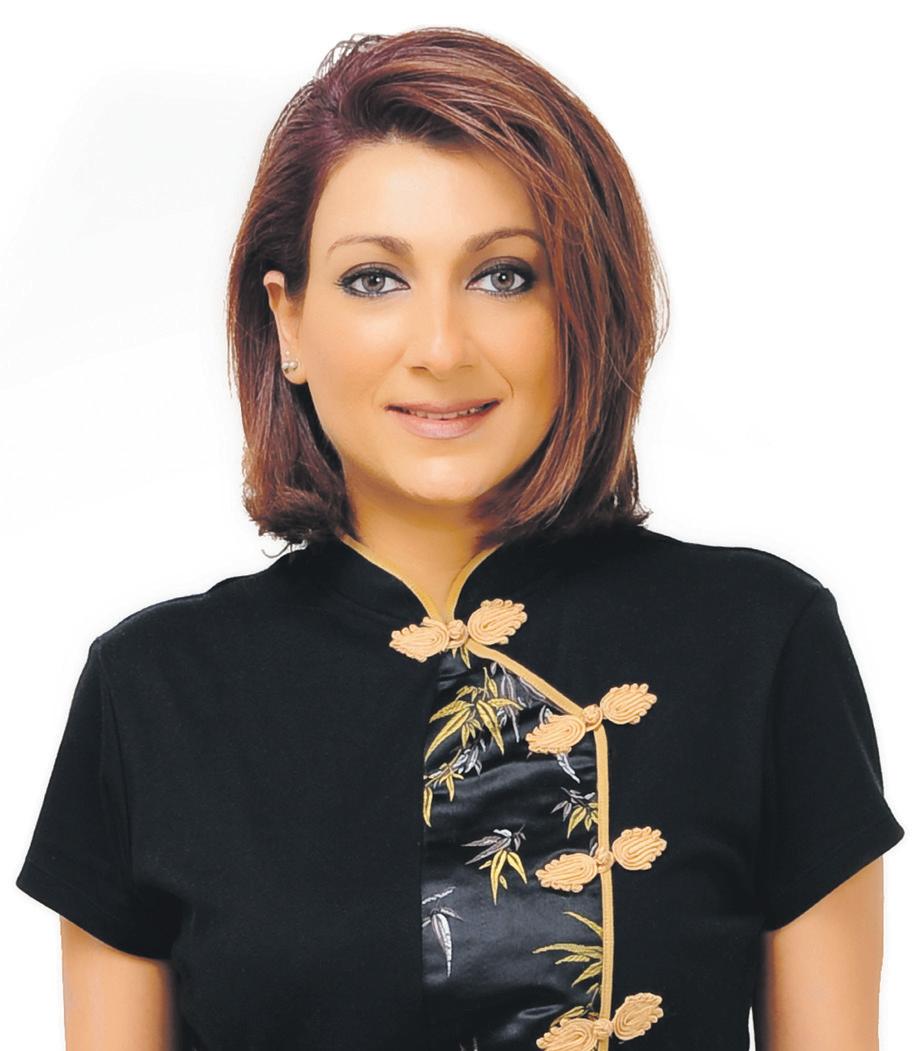
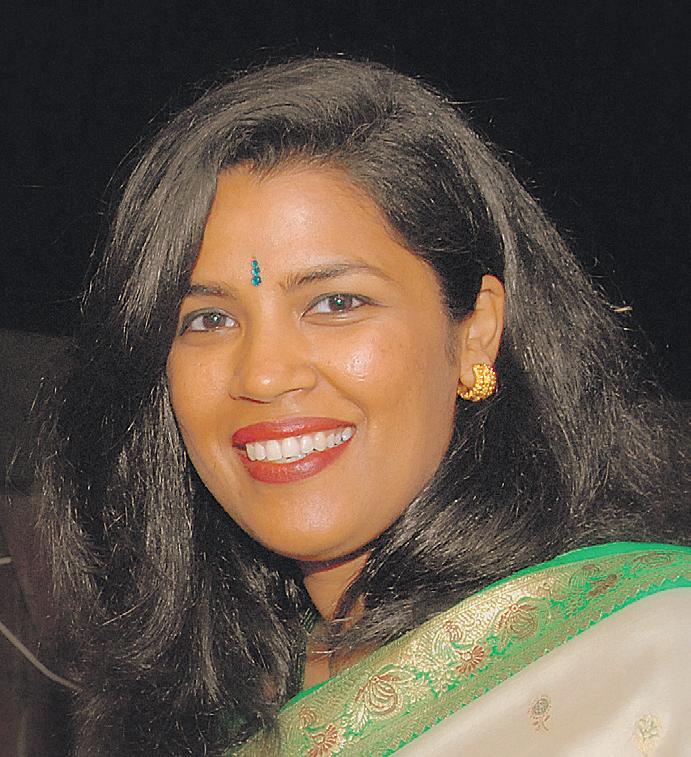

Diwali
MANOJ MENON
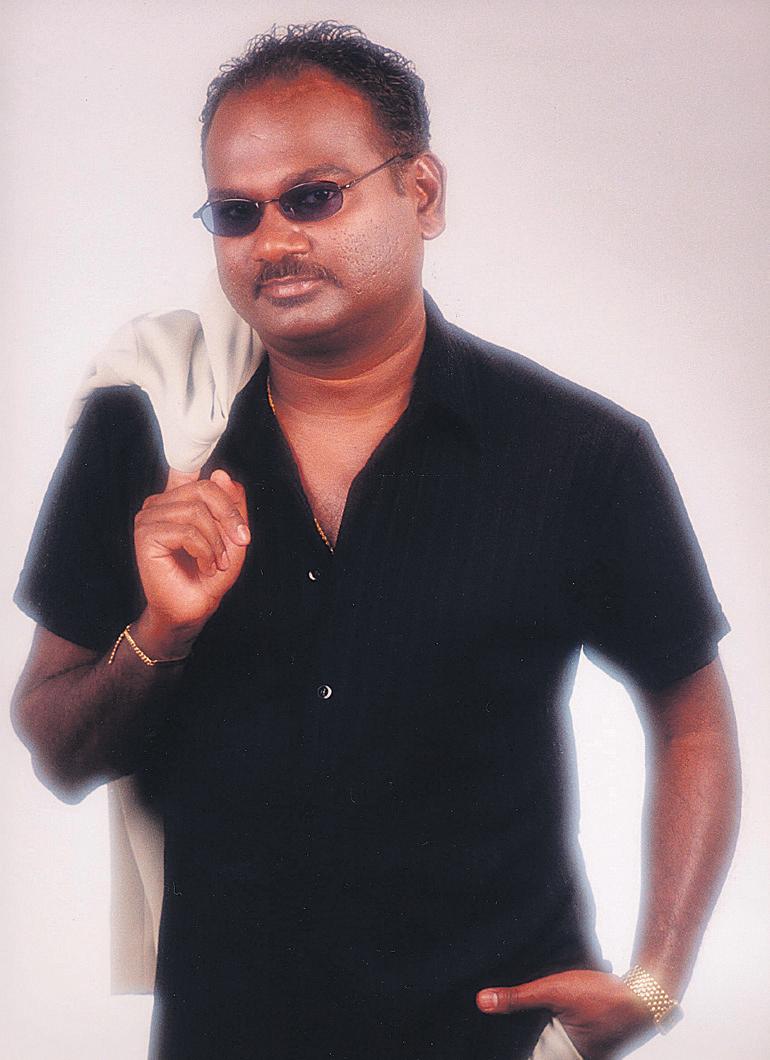
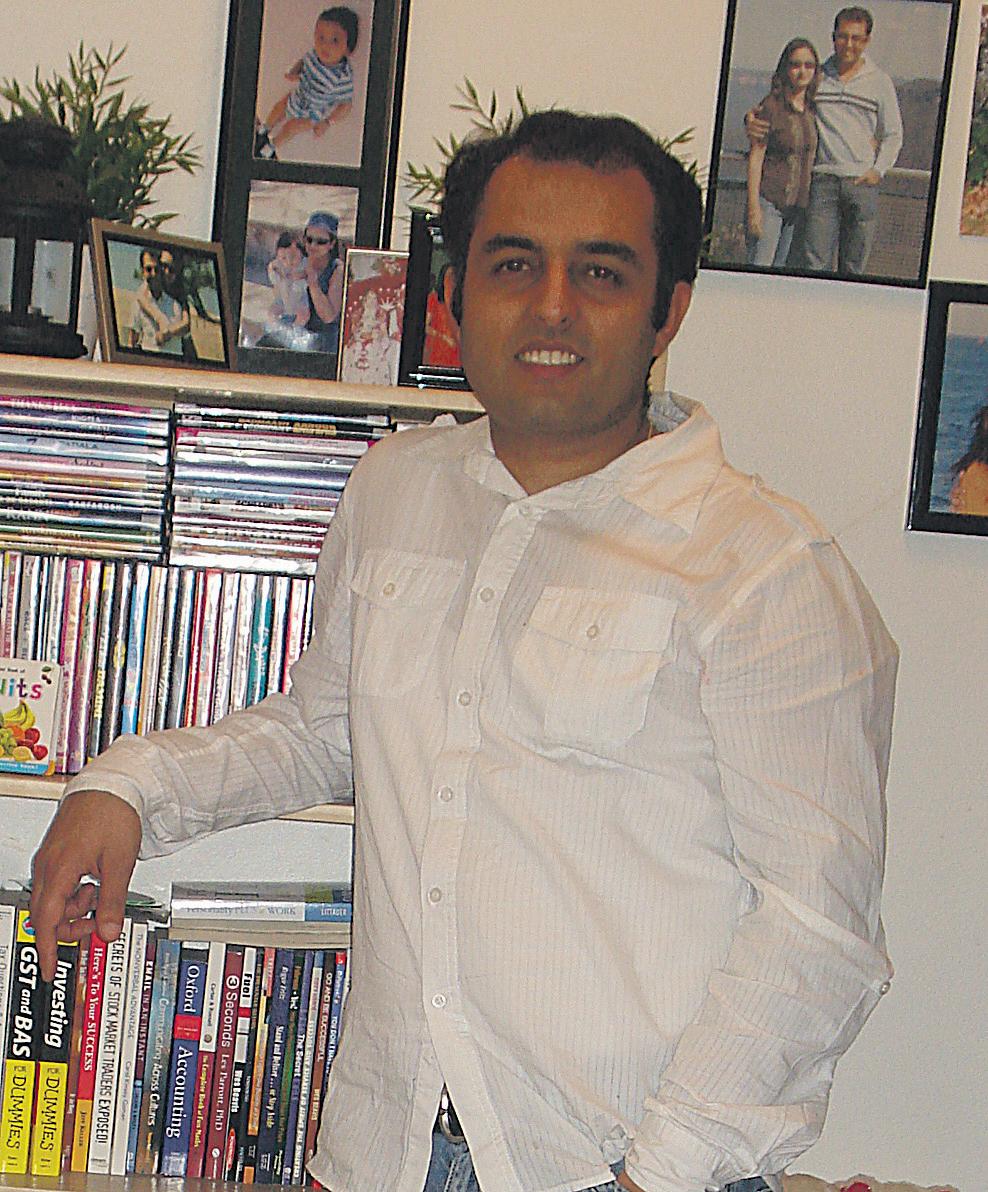
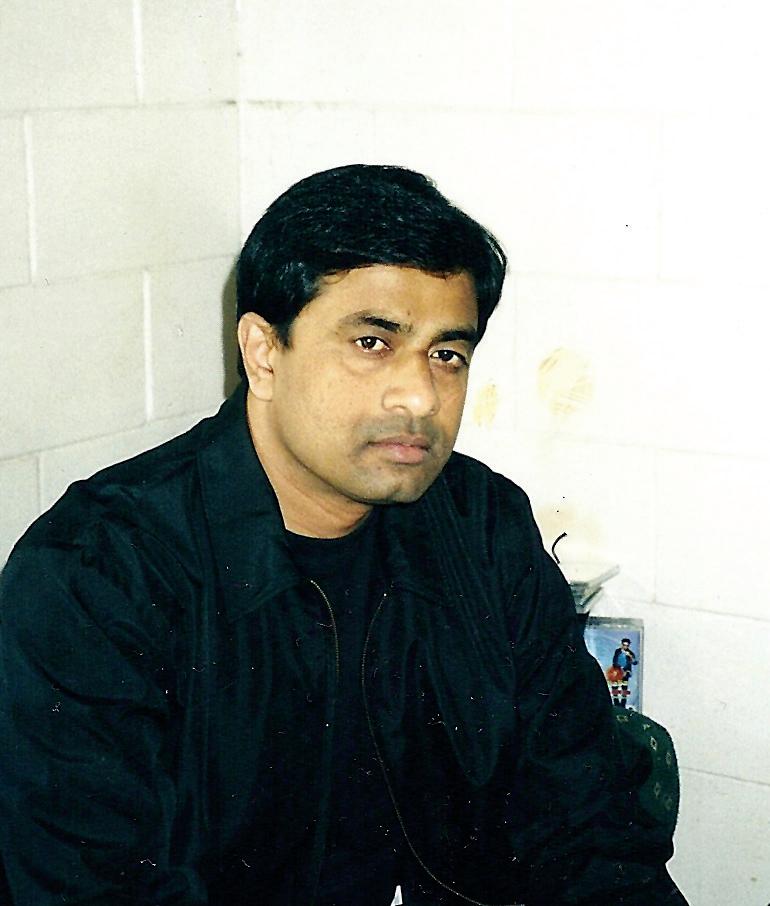
Patakon ki tarah aapki zindagi mein kuch hulchul ho.
Mithaiyon ki tarah aapki life mein mithas ho.
Deepon ki jyoti ki tarah aapka bhavishya ujval ho Happy Diwali to you and yours!
And for me personally, it looks like one of my long-standing dreams - of becoming a radio presenter on one of India’s FM stations - is going to come true. I hope it is this Diwali! Hopefully I’ll soon get a chance to interview two of my favourite personalities at the moment Sonu Nigam and Katrina Kaif.
PRIYANKA TATER
This Diwali pray hard to Maa Laxmi, the Goddess of Wealth: looks like another GFC is just round the corner!! Wish you all a very (to the power infinity) happy and safe Diwali
uske liye new clothes chahiye honge, na? Um, so ok at last count I had 350 outfits but absolutely nothing to wear…! So maybe 50 more would make my life easier. Kyun ki jab bhi kahin jana hota hai, ek hi dialogue hota hai, ‘Yaar dress toh koi hai ni mere paas, ab main kya karun??’ Lagta hai nayee dress leni hi padhegi, aur fir nayee dress ke saath koi puraani heels toh pehenta nahi… so some new shoes for me as well, thank you!
Baaki, sabhi Indian Linkii - sunne or padhne waalon ko meri taraf se bohat bohat Diwali Mubarak!
since childhood… and some Collete Jewellery maybe…. and tons of honey macademias!
gujiyas, kaju burfis, chumchums, boondi laddoos, coconut laddoos, rasmalai… Dil maange more, man! I want this Diwali, someone to invent magical ‘slimming mithai’! And another wish would have to be, as many new parents will understand, a full night’s sleep, please – just one full night?!
Bhaiyon aur un sabhi bhaiyon ki pyaari beheno ko Diwali ki dher saari shubkamnayein....
Wishing all my listeners a happy Diwali and a prosperous new year: make most of this Diwali, live life to the fullest, with no regrets…Hasiyeh aur hasaaiyeh, masti mein jhoomieh!
NEELAM
SHRADDHA ARJUN

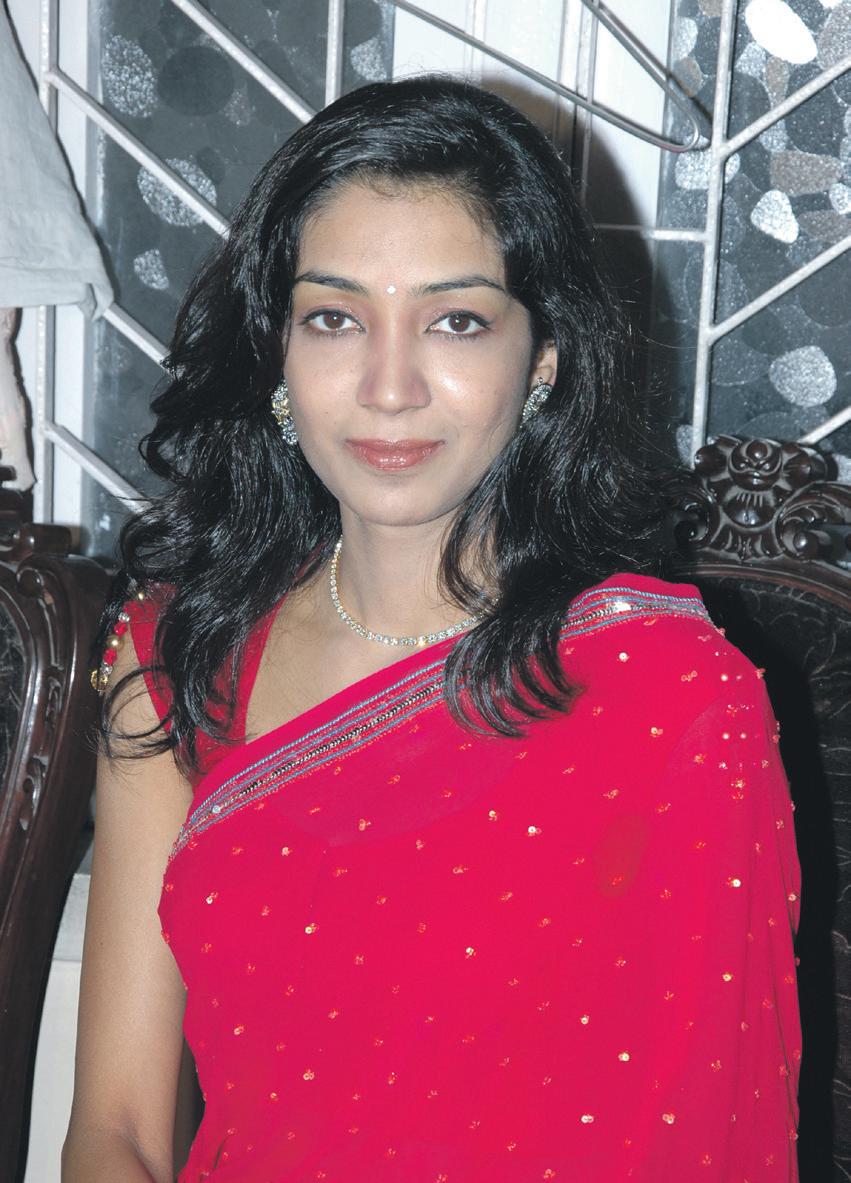
Maybe a lottery win, as I’m getting married in a month’s time! Or perhaps a life-long Diwali party, with lots of friends and great food and of course the comfort of guiding lights to lead me on.
I’d also like to turn all the firearms in the world into Diwali crackers, so that there are no more bomb blasts and killings anywhere. Here’s wishing everyone a happy and joyous Diwali.
VASUDEVAN
What I’d really love is to eat the yum kheel bataashe, gujias and mithais my Mum used to make.... I want to light lots of diyas, crackers aur phuljharis. I’d like to have all of my family from all over the world together on Diwali and light diyas with them together.
On a lighter note, I want to go for a ride at night in outer space and touch the stars... and I want to teleport myself from my home in Melbourne to the Indian Link Studios in Sydney so I can meet my team of mast anchors!
And for all our listeners, wishes for every joy and prosperity. Here’s hoping that the Festival of Lights brings a world of joy, happiness and contentment to your homes, to last the whole year through. Happy Diwali!!
UZMA BEG
I would like a starry Diwali. I want a huge cake, pink and delicious, and my favourite actors and singers to jump out of it shouting “Woohoo, Uzma’s the best”. The first person to jump out would be my all-time favourite Mr. Bachchan of course. No matter how old he gets, he still does his own stunts, so jumping out of my cake shouldn’t be a problem! (Since it’s Australia I’ll get insurance just in case). The next actor to jump out would be Aamir Khan sans shirt with his post Ghajini body with ‘Uzma Uzma’ written all over his torso. And definitely Saif Ali Khan, singing “Jab bhi main Uzi dekhoon mera dil diwana bolay bach bay bholay bholay”! Since Kareena is on a perpetual diet there’ll be no chance of her being anywhere near my cake to ruin it for me and Saif! Pitbull would be next: I’ll ask him to rap out my praises in that hot sexy voice of his: “I was thinkin’ of her, she was thinkin’ of me, the next thing we know we were thinkin’ of three... let it rain over me and Uzi...”! And Hrithik Roshan could jump out of my cake saying “Jab Uzma meri girlfriend hay to usski kissi aur se shaadi kyun hue, ma?” All my Diwalis would come together then. Hope you have a starry Diwali too.

64 <> OCTOBER (1) 2011 INDIAN LINK
RADIO www.indianlink.com.au
Australia’s only 24/7 Hindi Radio Ring 1 8000 15 8 47 to subscribe


OCTOBER (1) 2011 <> 65 NATIONAL EDITION


66 <> OCTOBER (1) 2011 INDIAN LINK
India



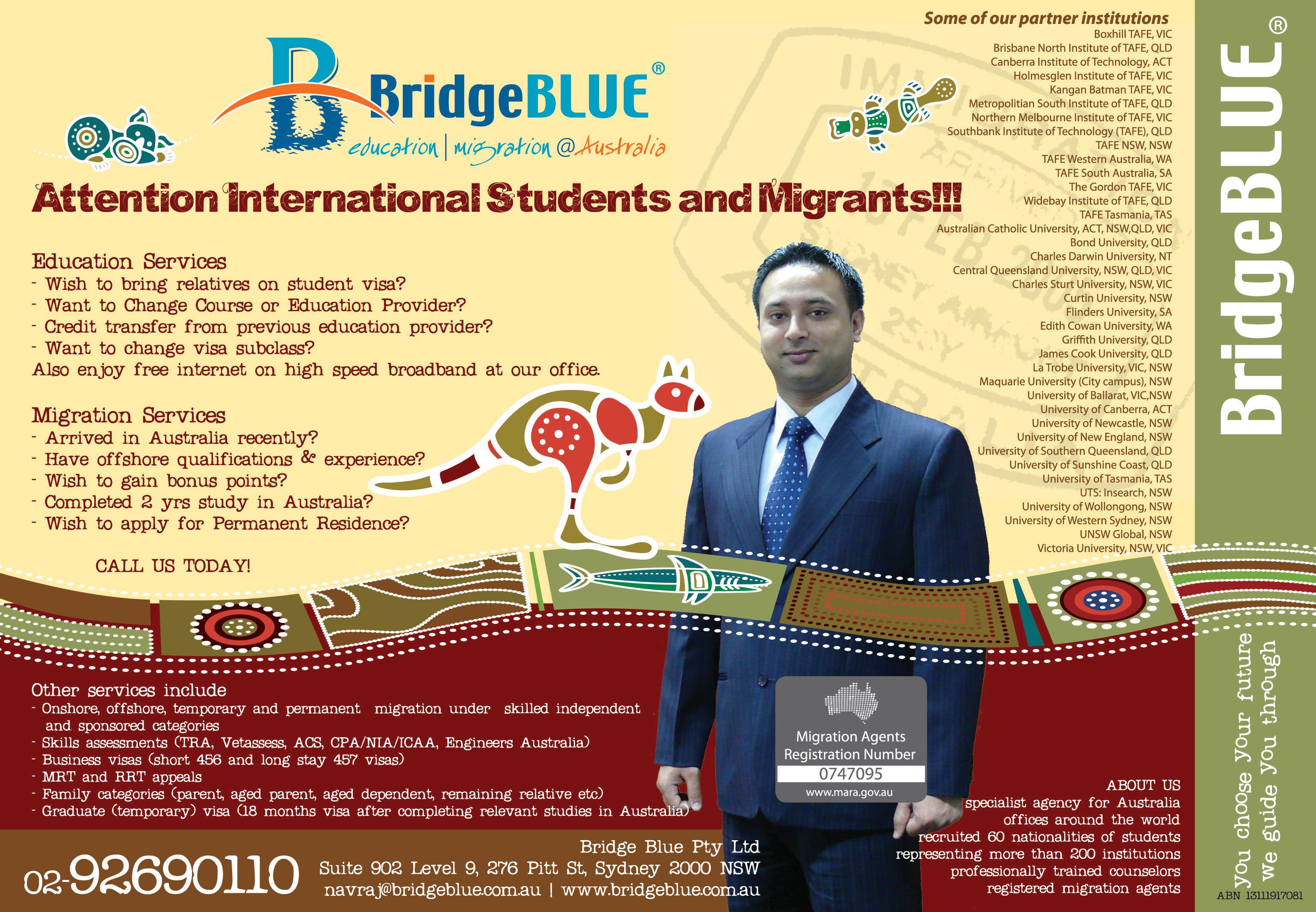
OCTOBER (1) 2011 <> 67 NATIONAL EDITION
Experienced, Successful Network Marketers who are looking for a Ground Floor Opportunity with a large, debt free, International Company soon to launch into the Sub Continent. This Company is present in 19 countries. Only one product, no warehousing, health beverage. We are looking for 3 leaders. Must be Ambitious, Hard working, Honest and Teachable. Give me a call. I am 79 years old I am only looking for people who are genuinly seeking 'their Big Chance' in life and are prepared to work hard to get it. Free sample of product given to all who attend the interview Call Helen on 0414461673
NSW Real Estate Agent Licence FOOD SAFETY SUPERVISOR TRAINING • Cer tificate IV in Property Ser vices • Complete at your own pace • Nationally accredited course • Flexible workshops • Four clusters, only $750 per cluster Under the Food Safety Supervisor Act 2009 all businesses selling hot food must appoint a food safety supervisor to take part in a compulsory training. Dates available for the training are: • Wednesday, 12 October • Tuesday, 18 October • Tuesday, 25 October Contact JobQuest Tel: (02) 9897 5431 or 0403 454 196 Email: ben@jobquest.org.au Contact Anita at JobQuest on 9897 5431 or anita@jobquest.org.au SHASHI HAIR & BEAUTY SALON AND BODY PIERCING CENTRE We use all dermalogica products Mobile: 0411 140 963 Blacktown Shop 2073, Level 2 Westpoint Shopping Centre Tel: 9679 9288 Mt Druitt Shop 222 Westfield Shopping Centre Tel: 9675 1200 St Marys Shop 26 St Mar ys Village Tel: 9833 3334 Merr ylands Shop 1014 Stockland Merrylands Tel: 9682 2002 NOW OPEN IN STOCKLAND MERRYLANDS • Threading • Facials • Waxing • Tinting • Body Massage • Acrylic Nails • Ear, Nose And Body Piercing • Ipl-Permanent Hair Reduction • Weight Loss • Body Treatments • Micro-Dermabrasion • Non-Surgical Face Lift • Painless Skin Tag Removal • Massage • Haircut, Perming, Keratin Treatment, Hair Colouring, Foils, Tint Regrowth, Full Colour, Chemical Straightening, Up-styles Yes we do Shahnaz Facials Hair Ser vices Gift Vouchers Available
Your chance to have a business in
Training for
Rice trails through
Gorgeous green terraces on misty mountainsides engulf this charming rustic region, which has kept its centuries old traditions alive and thriving
BY THOMAS E KING
Freshly brewed Filipino coffee warms me as I wake to a brisk breezy morning in Banaue. It wasn’t the opportunity to savour flavourful brews that had lured me to the northernmost mountain provinces of the Philippines but rice or more precisely vistas of virtually endless rice terraces cascading down steep mountainsides like jade waterfalls.
Apayao is the topmost of seven rugged mountainous provinces. Almost nudging the northern coastline of Luzon Island, this province is one of the least explored and least developed areas in the country. Benguet, the southernmost of the seven zones, on the other hand, is the most visited due to the establishment many years ago of its pine treeaccented provincial centre of Baguio as the cool climate summer capital of the Philippines. Wedged in between are the aptly named Mountain Province and neighbouring Ifugao. Both provinces are spread across the broad sides of the Grand Cordillera Range. Even from the balcony of my comfortable hotel room in Banaue I could clearly see terraced rice fields that had been carefully carved into the slopes of this mighty mountain range. It was early in the day but the pale light of the mid winter’s morning was sufficient to illuminate a timeless scene of farmers toiling their tiered paddy fields. It’s a daily activity I learned later that has continued unbroken for more than 2000 years.
A battered old jeepney transported me along a bumpy road that winds a few km through the hills to Dianarra. The vantage point here has a sweeping vista over what’s been called the ‘eighth wonder of the world’. Enshrined on the World Heritage List in 1995 as the Rice Terraces of the Philippine Cordilleras these ‘stepping stones to the sky’ were hand crafted by the ancestors of the indigenous Ifugao tribal people using primitive tools. Much of the work was done by women because the men were constantly on guard against head hunters!
I was surprised to learn the terraces are spread over some 10,360 sq. km of the northern Philippines and that if they could be placed end to end they would stretch halfway around the globe, a distance ten times the length of the Great Wall of China! The terraced mountainsides vary in height from a substantial 865 m to a breathtaking 2 km. Constant maintenance is undertaken to protect one of mankind’s greatest agricultural achievements from erosion and landslides.
Each rock reinforced terrace is irrigated using an ancient network of bamboo pipes linked to streams deep in rainforest seclusion. Water is channelled to flow through each terrace and then down to the next. April and May are the best months to see fields abundant with slender stalks of green. In June and July the prevalent colour is gold as mature crops await traditional methods of labour intensive harvesting.
The panorama at this vantage point was entrancing but I pressed on a few more km uphill to an even more magnificent sight, an awesome amphitheatre lined with emerald velvet. Just 400 people live in picture perfect
Bangaan, a tiny settlement semi circled by towering paddy terraces. Sitting inside a small village school which clings to the hillside and overlooks the idyllic setting I chatted with Elizabeth Majhen, one of five teachers who guides the destiny of 120 elementary students. She recalled the days not long ago when she walked for three hours to Banaue just to buy soap, sugar and salt. “Life then was simple but happy,” she says. Change is inevitable, she admitted. But she is genuinely gratified that these isolated Ifugao children are able to obtain a basic education. Behind the satisfaction I detected a note of sadness, however, when she said those who are educated often don’t want to spend their lives as farmers doing back breaking work in the rice terraces. Perhaps, one day there will be no one willing to tend terraces, she lamented. I thought of her comments as I set out next day to explore 20,000-strong Banaue. Attractive is not a word I would likely use to describe this town as it has more of a quaintly ramshackle style of architecture. Unpainted weathered wooden houses line the main street which during my interlude several seasons ago was muddy.
A ribbon of mist slowly swept across the green hills surrounding town. I dreamily watched this occur while sitting in a rustic cafe and sipping another coffee. A few other visitors had the same idea and we casually chatted about our travel experiences in this far flung corner of the Cordillera region.
In addition to Banaue and its world famous rice terraces there are other ‘gems’ to be found in the mountains. I proceeded on to Bontoc, the provincial capital of Mountain Province. The three hour drive was exceptionally spectacular and in places more than scary as there were sheer drops to distant doom below should any driver’s concentration falter.
The bulldozed road is being improved with funds from the World Bank. This seems to be a near constant process, I was told, as Nature does her best to ensure that road crews are kept ever busy with general maintenance duties or, on occasion, significant reconstruction work. Landslides caused by heavy rains or infrequent earthquakes are not uncommon and the wise traveller does not plan a time-tight itinerary through the Grand Cordillera Range.
This imposing mountain chain stretches for 320 km from Baguio to practically the northern tip of Luzon Island. In places, this ‘dragon’s spine’ is 60 km wide. Five of the highest peaks in the Philippines are embraced by malachite coloured mountains including the 1865 m Mt Polis, a lofty sentinel which straddles the boundaries of Ifugao and Mountain Province.
As the road zigzagged across yet another steep mountainside I dared to look over the edge of the gravelled track. The sun was sparkling off the Chiko River far below and it looked like a necklace of diamonds was floating in the area’s major waterway.

The air out here is clean, crisp and clear. Local people probably think the whole
Enshrined on the World Heritage List in 1995 as the Rice Terraces of the Philippine Cordilleras these ‘stepping stones to the sky’ were hand crafted by the ancestors of the indigenous Ifugao tribal people using primitive tools.
1. Bulul, the rice god of the Philippines keeps watch over the terraces.
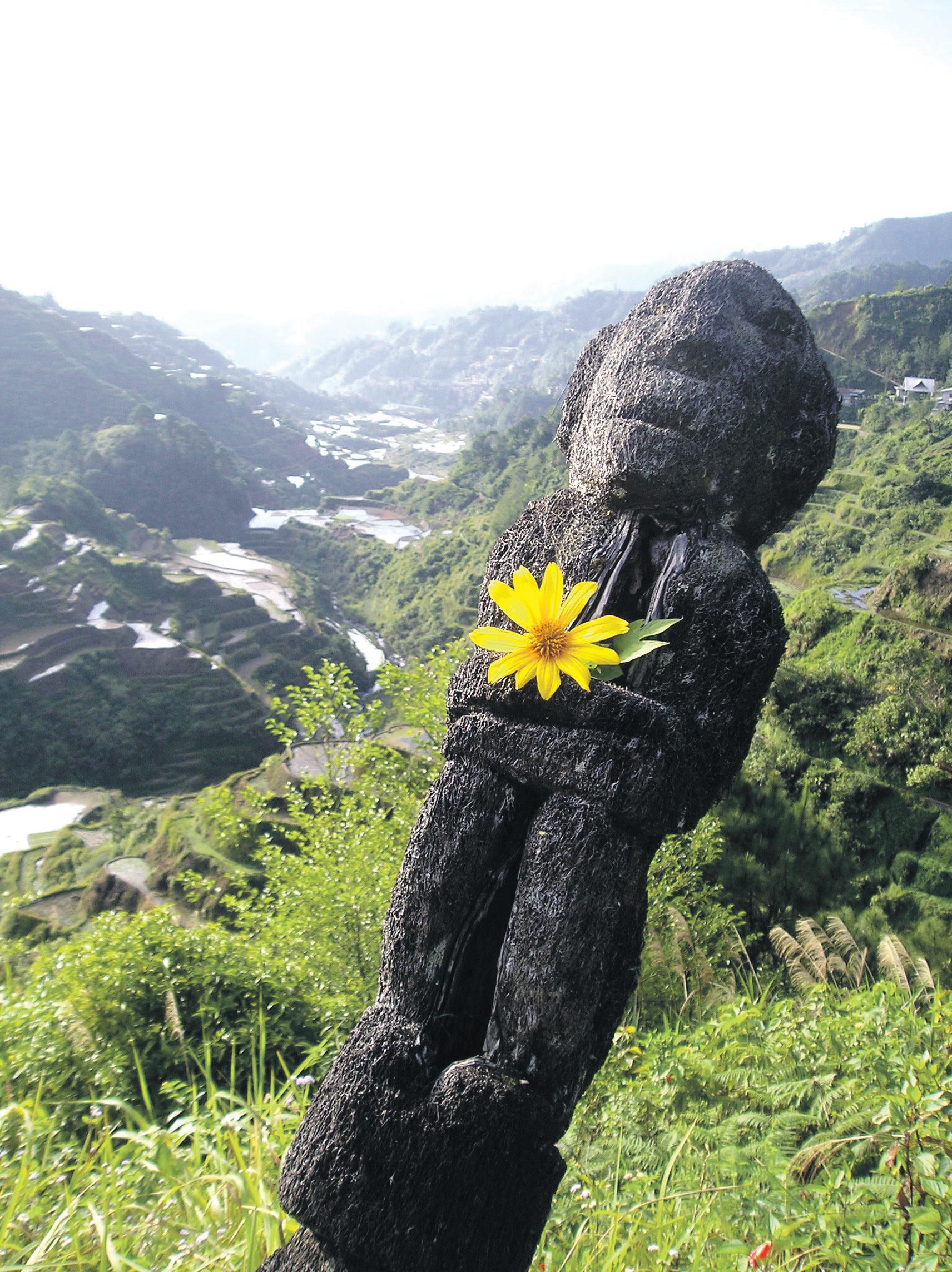
2. Exquisite woodcarvings and fine basketry are popular souvenirs.
3. Set between jungle and mountain, Banaue is a picturesque town.

4. Ifugao children recount tales of their people during cultural presentations.
5. A farmer ploughs his terraced fields with time tested buffalo power!
April and May are the best months to see fields abundant with slender stalks of green.
68 <> OCTOBER (1) 2011 INDIAN LINK
TRAVEL
3
Banaue



Travel notebook
BANAUE/NORTHERN PHILIPPINES

GETTING THERE
Flights Philippine Airlines operates six Airbus A330 flights a week linking Sydney and Manila and six weekly Airbus services connecting Melbourne with the capital of the Philippines. Manila/Northern Philippines can also be a culture/adventure/shopping stopover en route to India. The flag carrier has five flights a week between Manila and New Delhi. Return economy flights are available from Sydney to Delhi via Manila from $1672* including taxes or from Melbourne to Delhi via Manila from $1654* including taxes. Philippine Airlines’ new India services and increased Australian frequencies come as the airline celebrates its 70th anniversary.
See your travel agent or phone toll free Australia wide 1 300 888 725. See www.philippineairlines.com
SIGHT SEEING
Travel There are several ways to get to the rice terraces. Join a guided jeep tour. (Make a booking with a local tour operator as soon as you arrive in Banaue.) Arrange for a jeep driver to drop you at a specific location for an extended walkabout. (Ensure you make arrangements for the return journey.) Walk! Before setting out get a detailed walking map at larger inns and hotels in Banaue. It’s recommended to use the services of an accredited mountain guide. There are also accommodation inclusive guided tours of Banaue and other mountain destinations that depart from and return to Baguio.
INFORMATION
Start planning your holiday with advice from experts at the Philippine Department of Tourism Office in Sydney. Brochures and maps are also available to those contacting the helpful office at Level 7, 301 George St, tel. (02) 9279 3380. Visit www.philippinetourism.com.
au. Lonely Planet’s Philippines: a travel survival kit and Southeast Asia on a Shoestring are popular guides available
world is this perfect as few have ventured beyond valley walls. Geographically and economically they still remain very isolated. One upside of this remoteness is that the people’s culture and traditions have survived
After more twists and turns we finally reached Bontoc, the somewhat frontier reminiscent capital of Mountain Province. Though this regional hub has far more shops and facilities than Banaue none were of interest as I directed my attention to the small but artefact-packed Bontoc Museum. Displaying a fascinating mix of antiquities on the inside and exhibiting representations of houses used by the various mountain tribes, the museum is an absolute must-see attraction.
The lush valleys and pine-covered peaks of the Cordilleras are home to 33 groups and subgroups of indigenous people who many researchers conclude originated in neighbouring Indonesia and South China as long ago as the Neolithic Age. Mountain tribes like the Igorot – most native Bontoc people are a sub tribe of this group – and Kalingas have the largest numbers. (In Banaue, just 48 km away, the dominant people are the Ifugao.) My concentration was broken as the sound of nearby crashing gongs alerted me to the start of a festival. I was handed a glass of potent rice wine as I watched age-old dances performed by nakedto-the-waist men clad only in colourful loin cloths and costumed women with tattooed arms. The rhythm was nearly hypnotic as the men bowed and beat their gongs while the women circled around them with arms upraised like eagles in flight.
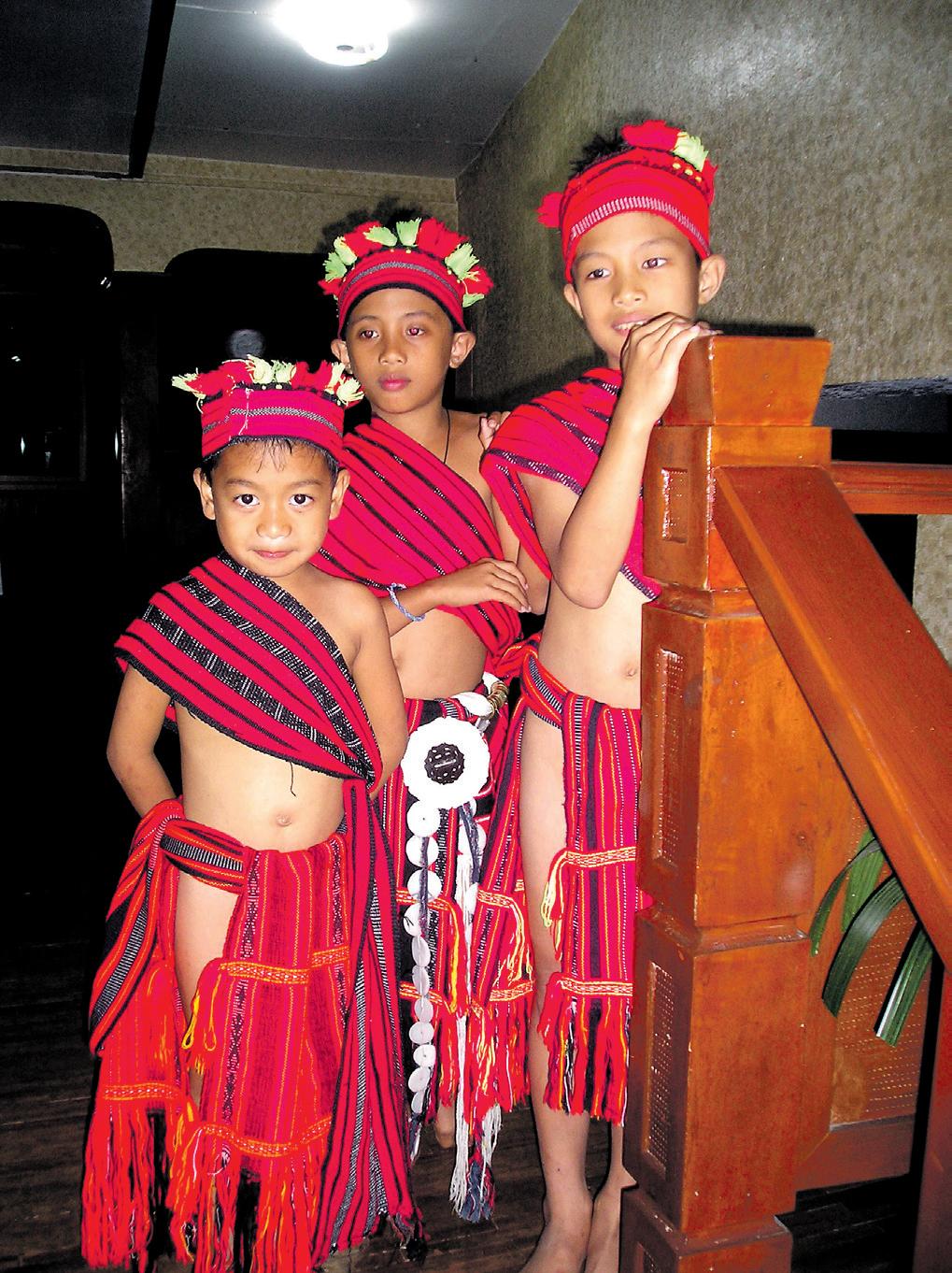
Celebrations ended and I departed for Banaue. It had been a long day of discovery. Exhausted yet exhilarated back in my room at sunset I ventured out to the balcony and gazed over the now silhouetted dusky scene. Farmers were still hard at work repairing terraces and tending fields of green. I wondered for how many more years this
E. King
OCTOBER (1) 2011 <> 69 NATIONAL EDITION
www.indianlink.com.au
Photo:Thomas
1 5 4 2

70 <> OCTOBER (1) 2011 INDIAN LINK

OCTOBER (1) 2011 <> 71 NATIONAL EDITION
Diwalidelicacies
These special dishes can be cooked to honour any celebration, to bring a touch of festivity to the occasion
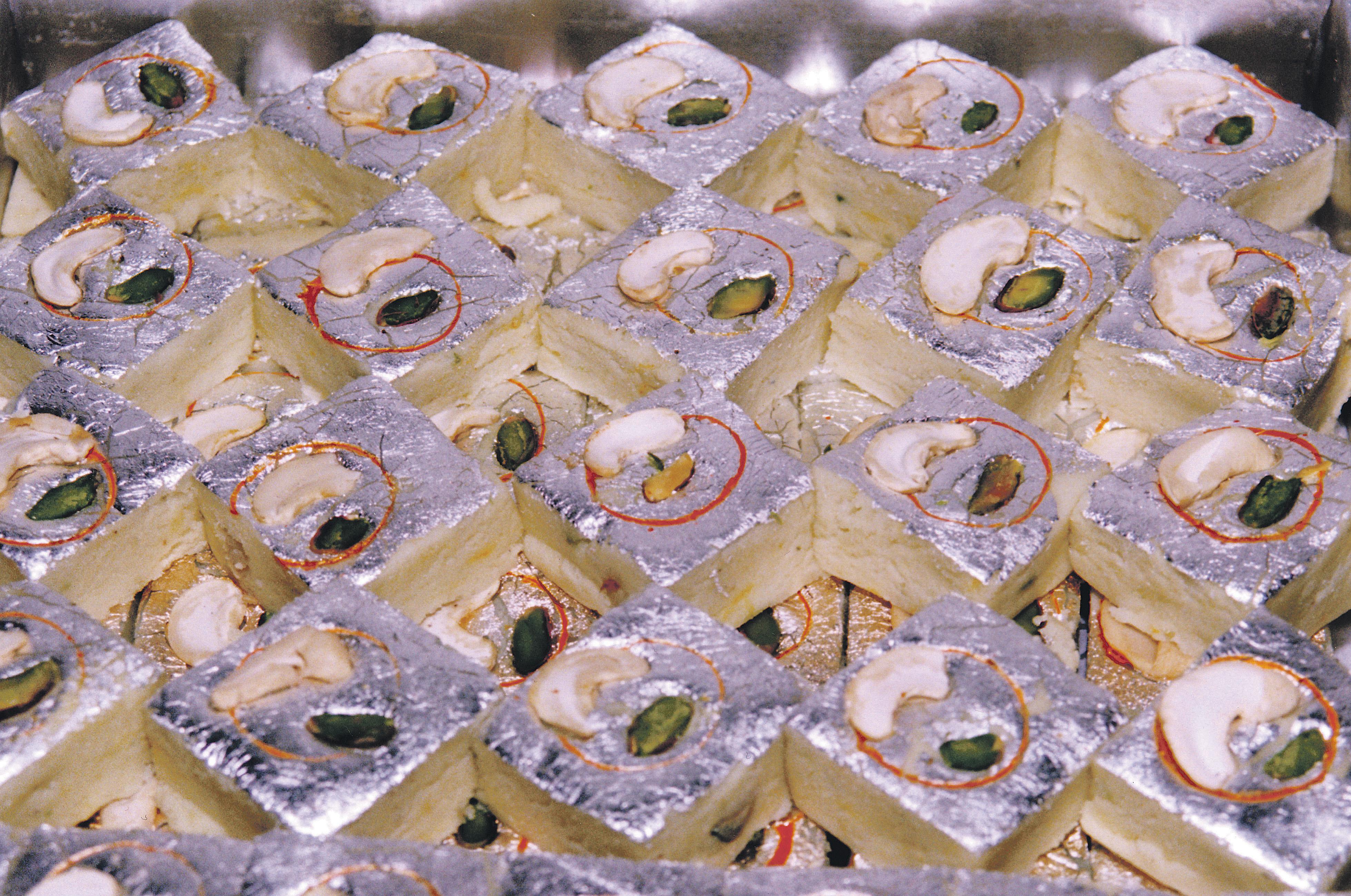
_ 1 cup ghee
_ 2 cups fresh grated coconut
_ ½ cup condensed milk
_ 250 gms paneer
BY RAJNI ANAND LUTHRA
It’s Diwali, but life is busy! Trying to get all the traditional fare to make up an authentic Diwali is getting harder. We can put up the lights, buy a few phooljhadis (sparklers), but the sweets? That takes an effort and it seems much simpler to sneak into your friendly Indian shop and buy a bunch. That’s why these recipes, sourced from friends and family, are perfect. They’re traditional (some are not!), not too much of a process to make and the final outcome is just delicious!
So make the festival season just that little bit special and find a reason to boast to your friends that you can still manage a ‘home-cooked’ Diwali.
Chocolate Burfi
_ ½ kg khoya, crumbled*
_ ½ kg sugar
_ 8 tbsp drinking chocolate
_ 1 cup plus 1 tbsp extra milk
_ 1 tbsp cocoa powder
_ Silver varakh paper (optional).
Heat one cup milk and dissolve drinking chocolate and cocoa powder in it to a smooth paste.
Heat a heavy bottomed pan and stir the crumbled khoya for five to six minutes over medium heat till it forms a smooth ball. Remove from heat and keep aside.
Heat sugar and a little water in another heavy bottomed pan. When the sugar has melted, add one tbsp milk and remove scum. Keep stirring on low heat till the mixture is bubbly and almost thick. Then add the heated dissolved drinking chocolate-cocoa mixture and mix well. When the mixture leaves the sides of the pan, remove from heat and keep it aside for ten minutes.
While still lukewarm, pour the mixture into a greased plate to set. Decorate with silver varakh. When cold, cut into desired shapes. Store in a dry jar.
* To make a quick khoya substitute, combine three cups full-cream milk powder, 300ml thickened cream and a can of condensed milk. Microwave on High for 4 minutes, stir and reheat on High for a further 4 minutes. (You might find that you have to vary these times depending on your microwave – so experiment till you get the right amounts and time suited to you).
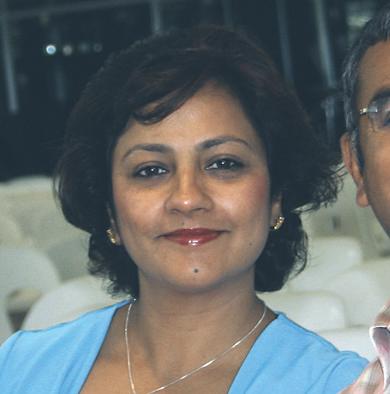
Doodh Peda
_ 2 cups milk powder
_ 3 tbsp unsalted butter, softened
_ ½ cup milk - sufficient to make a soft dough
_ ½ cup sugar + ½ cup water to make syrup
_ 3 or 4 numbers cardamom, crushed, and roughly
_ powdered pistacchio nuts to decorate.
Mix butter and milk powder, and add milk to make a soft dough. Refrigerate for 15 minutes. Take out the dough and crumble it with your fingers breaking all the lumps.
Make sugar syrup of one strand consistency; put in the crumbled dough and keep stirring till it cooks and starts leaving the sides of the pan. Remove from heat.
While still slightly warm, make small balls and flatten into peda shapes. Decorate with cardamom and pista powder on the top.
Coconut Burfi
_ 3 cups sugar
_ 4 cups milk
Mix all the four ingredients in a deep non stick vessel. Bring the milk to a boil on low flame stirring the contents occasionally. Keep stirring till it all comes together and starts leaving the sides of the pan. Put some mixture on your palm and see if you can roll it up into a ball. If you can, then the mix is cooked, and for you to pour out in a greased tray. When cool, cut into desired shapes and store in a dry jar.
Instant Kalakhand
_ 1 tin condensed milk
_ 6 tbsp milk powder
_ 2 tbsp yogurt
_ 2 tbsp ghee
Mix all the ingredients in a glass bowl. Let stand for a minute or so. Microwave on High for three minutes. Take the bowl out and stir the contents once. Microwave again for three minutes on High. Keep watching as it could bubble over. If it does, stir and continue. The kalakhand is cooked when the mixture all comes together as a mass and browns slightly and unevenly as a result of caramelisation.
_ 2-3 drops kewra essence
_ ¼ tsp yellow colour
Mash paneer well. Add condensed milk and cook on low heat, stirring constantly. Cook till thickened and it all comes together, leaving the sides of the pan. Add essence and remove from flame. Pour onto a plate and let cool somewhat. When still slightly warm, roll into little laddoos. Sprinkle powdered elaichi on top to decorate if you wish.
Quick Til Burfi
_ 1 cup white sesame seed (whole)
_ 1 cup milk powder
_ 125 gms unsalted butter
_ 1 can condensed milk
Dry roast the sesame seeds and grind coarsely in a grinder or blender.
In a glass dish add all the ingredients including the ground sesame seeds. Microwave on High for 3 minutes. Stir the mixture well and reheat on High for another 3 minutes. Keep watching as it could bubble and pour out. If it does, stir briefly and continue. Soon it will come together as a mass. Pour into a greased thali and let cool. Cut into desired shapes and store in an airtight container.
and fry for another 15 minutes.
Add semolina-coconut mixture to the syrup and mix well. Remove from heat and beat well. Keep covered for half an hour. When cool roll into laddoos.
Malai Laddoo
while. Then take a strainer and pass the dough through it. Heat the strained dough with the remaining ghee, cook for a while and then let cool.
Add ½ cup water to the sugar and heat to make a thin syrup. Add to this the remaining milk, saffron and cardamom powder. Stir well.
When cool, add the gramflour to the syrup and mix well.
72 <> OCTOBER (1) 2011 INDIAN LINK FOOD
delicacies
Pour into a greased tray to set. When cool, cut into desired shapes and store in an airtight container.
Quick Jalebi
_ 1 cup plain flour
_ 2 tsp gram flour (besan)
_ ½ cup yogurt
_ 2 cups sugar
_ Pinch Eno fruit salt or sodabicarbonate
_ ½ tsp saffron
_ Oil for deep frying
Mix sugar and one cup water and heat to make a sugar syrup of one-strand consistency. Combine plain flour and besan. Add yogurt and saffron. Add one cup water and finally soda. Mix well.
Heat oil in a kadhai. Roll up a clean plastic bag or piece of fabric into a conical shape and snip off the end. Put in prepared paste and allow it to pass through the hole, directly onto the hot oil. Turn your hand deftly in circular motions to make spirals. Fry both sides. When lightly browned, remove from the kadai with a slotted spoon straight into the sugar syrup. Soak briefly and remove onto a plate.
Gujiya
For pastry:
_ 4 cups plain flour
_ ¼ cup melted ghee or oil
_ ¼ cup water to make the dough
Mix the oil and the flour so that the mixture resembles fine breadcrumbs. You may have to rub the flour between your palms to get the required texture. Then with small quantities of water mix into a smooth, elastic dough. Cover with a damp cloth and keep aside.
For filling:
_ ½ kg khoya
_ 50 gm raisins
_ 50 gm crushed cashewnuts
_ 100 gm desiccated or fresh grated coconut
_ 7 or 8 green cardamoms
_ 250 gms sugar
_ Oil for deep frying
Dry roast the khoya in a pan on a low heat. When it begins to change colour add the sugar and stir it for some more time, till it turns a golden colour. Add the other ingredients. Switch off the heat and allow to cool. The dough can be divided into 25 or 30 balls. Take one ball of dough and roll it thin and into an even circle. Put a scant teaspoonful of the filling in the centre of the circle and spread it out in a line, leaving a little space along the edges. Dip a finger in water and run it along one half of the edge of the circle.
Fold over the casing so that it forms a half moon shape. Press down on the wet side so that the casing does not open. Make sure that it has stuck well. Now pinch the edges of the mould so that it takes on a delicate shell pattern. Make up all the gujiyas and keep aside under a damp cover.
To fry, heat the oil in a pan or kadhai. Lower the heat and then fry the gujiyas on a gentle heat till a delicate golden colour. Cool and store in air tight containers.
Almond Burfi
_ 1 litre full cream milk
_ 10 numbers almonds
_ 3 cups sugar
_ 1 tbsp semolina
_ 1 cup ghee
Boil the milk down in a heavy-bottomed pan till it reduces into quarter litre. Soak almonds for about an hour, peel off and grind them into fine paste.
Add sugar, semolina and almond paste into milk and cook till the mixture thickens. Now add ghee and reduce heat briefly till it melts completely and then turn off heat. Mix well; you will notice the mixture coming together and leaving the sides of the pan. Pat this mixture in a plate and when cool, cut into desired shapes.
• Aged Care
• Disability
• Childcare
• First Aid
(GOVERNMENT FUNDED & FOR FEE COURSES) (Eligibility criteria applies*)
Certificate III in Aged Care (CHC30208)*
Certificate III in Business (BSB30107)*
Diploma of Business (BSB50207)*
Certificate III in Home & Community Care (CHC30308)*
Certificate IV in Disability (CHC40308)*
Certificate III in Childrens Services (CHC30708)* Apply First Aid (HLTFA301B) Medication for PCAs/AINs | Manual Handling
You can study these courses in class or online. Classes will start on 30-08-11
Delivery Centres: Western, North, Eastern, Sydney, Parramatta
If you’re working in Aged Care, Disability or Business Sector you could be eligible for Recognition of Prior Experience and qualify for a certificate.
Call us Now: 9635 7074 | 0413 664 800 | 1300 144 583 | 0412 580 887
Email: contact@jti.edu.au W: www.jti.edu.au

SUCCESS IELTS
Level 2, Suite 8A, 48 Macquarie Str eet, Parr amatta, NSW 86775161
www.successielts.com.au
0433986780
0421119628
Sonal Agrawal Syed Mohiuddin
Seeking entr y into Australian Univer sities or want a 7.0 band contact us NOW.
Special summer classes at $150 per week only
Starts 17th October with limited places
• Small class size for individual attention
• Flexible class timings Morning, Afternoon & Evening
• Weekend classes for those busy during the week
• Regular and crash courses
• Close to Parramatta Station
We also provide:
• Advice on Migration pathways

• General Skilled Migration
• Student Visas
• State Sponsored Visas
• Business Migration
• Partner and Family Migration
• Visa assessment (Eligibility assessment)
• Complete preparation of visa application
• Guidance on study options and facilitate Student Visa procedures
• Review procedures in Australia
• Admission procedures to Australian Colleges and Universities
Please contact info@successielts.com.au or call 8677 5161, 0433 986 780, 0421 119 628
OCTOBER (1) 2011 <> 73 NATIONAL EDITION www.indianlink.com.au
Wishful
So....”
BY SYDNEY SRINIVAS
Uma boarded the flight to London not knowing exactly why she was going there. Her daughter Tara had begged her to visit and spend about two months with her, but even when compelled, she did not tell her mother why. The flight from Sydney to London was indeed a tedious one, even with the transit in Singapore. Uma sat in a window seat and asked the stewardess not to disturb her as she wanted to sleep. But how could she?
Several thoughts came to her. Was it all because of her husband Rao who ruled the family as if he were Hitler? He had compelled Tara to study law, but because she could not get admission in any of the universities in Sydney, she had moved to Brisbane and completed her degree. Tara worked in a local firm, and after two years, the company transferred her to London where, of course, the working conditions were very good, and the money was also good. Again Rao compelled her to accept the transfer and move to London, reasoning that “Such money you can never make in Australia.” Uma wanted none of this. She knew Tara’s mind very well. She was more suited to be a family girl who would be happy in the company of a good husband and children. She was meant to lead a luxurious life, not the life of a hired ox. But who would listen to Uma? Rao was the commander-in-chief. He had also instructed Tara to transfer any savings from her job to him, so that he could place it as a deposit for an apartment in Sydney.
Tara had obeyed her dad for about a year or two. Then the amount she sent had halved, then quartered and finally, stopped altogether. Rao had tried to contact Tara, but there was no response to phone calls or emails. But the mother and daughter used to communicate, over phone and email; dad had been sidetracked. Rao learned of this and was furious, his screams of rage would not stop. Uma made many excuses: “She does not seem to be well. She says she wants to give up work for a while….” But Rao would not listen.
“Why does she want me in London?”
Uma mused as the plane prepared to land in Singapore. “Is she in trouble? Why isn’t she telling me anything? Instead of this uncertainty, what pleasure it would have been if she were married, and pregnant, and had called me for help!”
Singapore, normally a paradise for shopping, held no interest for Uma this time round.
At Heathrow, the Customs officer was of Indian origin. She looked at Uma’s Australian passport and asked, “How long will you stay in the UK?”

“About two months.”
“What will you do here for two months?”
Uma had not expected such a question. She quickly thought of a convincing answer.
“My daughter is going to have a baby.
“So you are here on work! Very good. Enjoy your stay here,” replied the officer, smiling.
Tara had asked her to catch an express train to Paddington where she would be waiting.
Uma looked all around as she drew nearer, but there was no sign of Tara.
But all of a sudden she noticed someone waving at her. Yes, it was Tara, sitting on a small bench. Uma was startled when Tara tried to stand up, but could not. Uma ran towards her but suddenly stopped, dumbfounded!
Tara’s belly bulged! She was heavily pregnant!
“Tara, what is all this?” asked Uma shocked, pointing at her tummy.
“I will tell you later, but first, how was your journey? Are you tired? Hope there was no difficulty.”
“There was no difficulty whatever. Now tell me about yourself.”
“Let’s not talk about it here. Let’s go home first.”
Uma was getting furious. What has my daughter gone and done? Who is the person behind this? With great difficulty she sat silent, till the taxi dropped them to Tara’s small but wellequipped apartment.
Once inside Uma searched for any accidental telltale items, anything belonging to a man. And found none.
Tara wanted Uma to have a shower and coffee, but her mum was adamant. “First tell me your story. I don’t want coffee or anything!” said Uma. “What happened? Who is behind this? Where is he? I’m beside myself with worry!”
“You seem to be in a hurry, mum. No-one is responsible for this. I am the one solely responsible.”
This was a riddle for Uma, who could not understand a thing.
Mother and daughter talked freely in the afternoon. With no inhibitions whatever, Tara narrated her story. She loved children and wanted to have her own. She even had ideas of marrying when in London, but her dad’s behaviour and his bossiness stood in her way. She did get close to two men, she revealed, but both relationships fizzled out. Finally, she gave up the idea of marriage. But the desire to have children remained. She decided to go in
for IVF, but that cost a lot of money. And she had a failed attempt as well. That’s when she stopped transferring money to her dad. Soon she found it difficult to work and her firm gave her leave without pay. She could get back to work after childbirth. The child was due in two weeks. Her friends were ready to help her, but Tara wanted her mum to be around.
Uma’s temper knew no bounds as she heard the story.
“Didn’t you think you should have consulted us before taking such a decision? Did you think we were dead?”
“What would you have said, mum?” retorted Tara. “You would have found someone for me to get married to. Wouldn’t you?”
“Yes, that is our way. Do you think any respectable girl would do what you have done? Is this the way to live? It’s okay for women who can’t bear children to take this path. But you… you are an immature girl, you should have thought about it carefully. How shall I show my face to others in the community now?” pleaded Uma despairingly.
“Mum, don’t give me that bullshit, please! I don’t live for others in the community, I live for myself. I make my own destiny. I cannot live like you, mum. You have lived only for dad, not for yourself. Have you lived a single moment for yourself ever since you married him?”
Had Tara talked this way ten years ago, Uma would have slapped her. But today she was speechless. “Tara is standing on her own feet now; and on top of it, she is pregnant,” she reasoned to herself. “In theory, she may be right. But it is unbearable when put in practice. She has declared her freedom in this way. But for me, this is not easy to accept”.
Uma spent days pondering over what to do. Should she stay on in
London and help her daughter, or return to Sydney at once?
“My daughter is soon to give birth - I have to accept the fact and assist her. But not for a child like this! It is strange that Tara does not know who the father is, nor has she attempted to find out…”.
Uma called Rao and told him that Tara was unwell, and needed help. She would stay on till Tara was back at work. Rao said nothing.
Tara then began to arrange for the impending birth. Indian groceries were purchased in bulk and the fridge stacked with fresh produce. She cooked all of Tara’s favourite foods, and all that women back home used to say are good for expecting mums. For her part, Tara arranged for her friends to take Uma sightseeing.
Every arrangement was made for the baby - a separate room, a good heater, a cot, sheets, baby things. Uma was thrilled when she saw all these, but said to herself, “How happy I would have been if it were a ‘proper’ child!”
Exactly after two weeks Tara gave birth to a baby boy, cute, healthy and with sharp features. “But who knows who the father is?” thought Uma, torn between excitement and regret.

The baby, it seemed, was quiet and calm when he was with the grandmother. Now it was time to inform Rao, thought Uma, the fact couldn’t be hidden any longer.
Rao fumed when he heard the news.
“You are responsible for this!” he ranted at Uma. “You always supported her. Now what’s your next plan?”
Uma gathered up her courage and replied ina tone she had never used with her husband, “I am not the one responsible for this. Your adamant attitude forced her into studying a course she had no interest in, and move to London. You even demanded that she send you money to buy property.”
“I did all this for her, not for myself.”
“Don’t you realize, you already have five properties in your name. All these will naturally go to Tara in the end. What was the point of making her struggle?”
Back in Sydney, Rao put down the phone, and brooded all night. “Was it money that made her do all this?” The next day he went to the bank and transferred all of Tara’s money back to her, of course, with the interest.
Uma stayed for three months instead of two. Watching Tara cuddle the baby made her feel pleased as well as displeased. She would say, “Baby’s eyes are like Tara’s.” But at the same time she would wonder who his nose and mouth looked like.
Rao did not phone even once.
After three months, the baby was placed in a daycare centre near Tara’s house and she returned to work.
Soon after, Uma left for Sydney and on parting, both mother and daughter wept. As the plane took off, Uma thought, “It was wishful thinking that I could assist Tara in childbirth, and that reason turned out to be true. I wish the two of them all the happiness in the world!”
74 <> OCTOBER (1) 2011 INDIAN LINK
FICTION www.indianlink.com.au
thinking
Uma’s secret desire comes true in a completely unexpected way, in this charming short story
She did get close to two men, she revealed, but both relationships fizzled out. Finally, she gave up the idea of marriage. But the desire to have children remained.
“My daughter is soon to give birth - I have to accept the fact and assist her”.
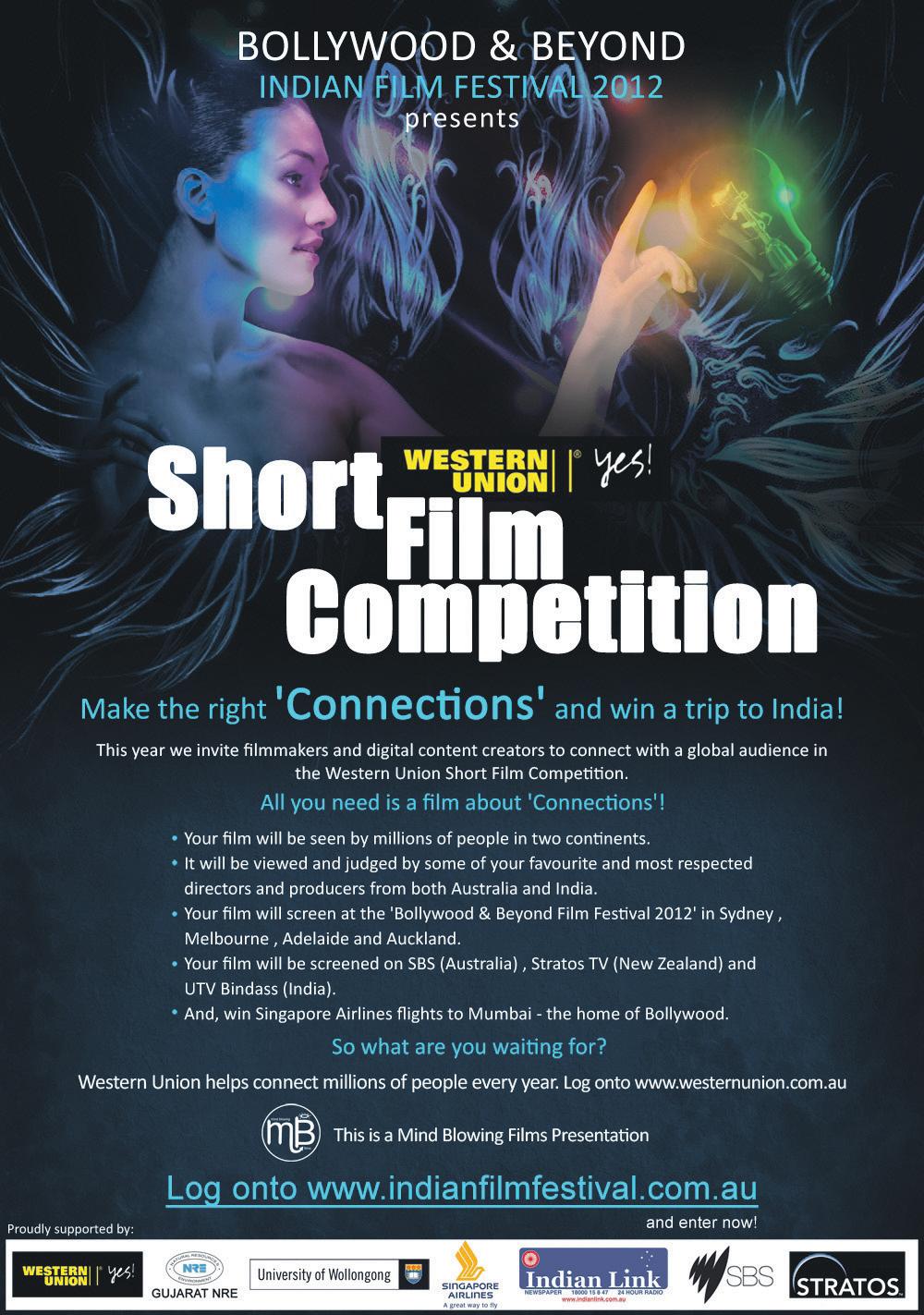
OCTOBER (1) 2011 <> 75 NATIONAL EDITION
Herbal
Hair and Beauty (for ladies only)


Specialised from Overseas (Shahnaz Herbal) and Australia •

76 <> OCTOBER (1) 2011 INDIAN LINK
Threading • Hair
Waxing
Nail
Beauty and Skin care • Simple Mehandi and Bridal Mehandi
Wedding and Engagements packages (Indian brides) • Facials Shop 34, 74 Genesis Building Rawson St, Epping 2121 (Entr y also via Beecroft Rd) Ph: 9868 4040 Mob: 0430 343 565 Monday closed Open from 10:00 am to 6:00 pm Shop 3, 22 Henley Road (inside the Arcade) Homebush West 2140 Ph: 8746 0400 Mob: 0413 062 984 Open 7 days Open from 9:30 am to 5:30 pm
cutting / Colouring / Streaking •
/
/ Body treatment •
•
therapist & Hair
Good
G ood
Harvinder Kaur (Nenu) Beauty
stylist Look
Feel




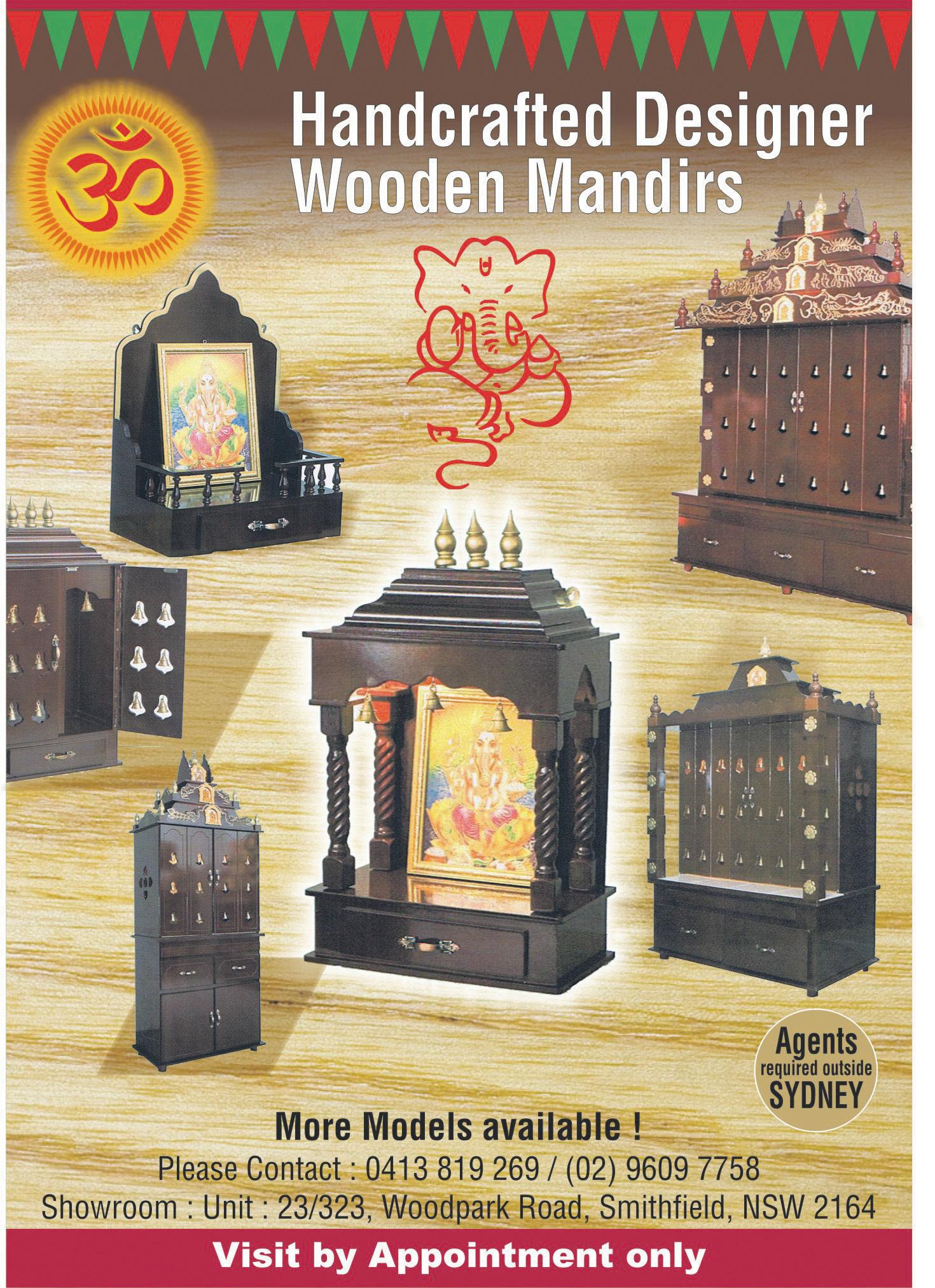
OCTOBER (1) 2011 <> 77 NATIONAL EDITION BUYING A BUSINESS? WHY PAY GOODWILL? START YOUR OWN! LIFE PROPERTY GROUP PTY LTD 2 brand new retail premises in a 39 apartment building. 120sqm & 75sqm suitable for: • Laundromat • Coffee Shop • Convenience Store • Dry Cleaning • Restaurant • Wine Bar • And anything else FOR LEASE or FOR SALE Norther n Beaches main road exposure to 45,000 + vehicles / day NARELLE ATACK 0419 396 788
Cine Talk
Shahid Kapoor stands tall
Film: Mausam
Cast: Shahid Kapoor, Sonam Kapoor, Supriya Pathak, Anupam Kher and Aditi Sharma
Writer-Director: Pankaj Kapoor
There is an absolutely devastating moment of pure drama in this eagerlyawaited far-from-disappointing romance where Shahid Kapoor, playing one of the most deliciously challenging roles of his career, espies from a train the lost love of his life, Sonam Kapoor, standing forlorn in the snow with luggage, like Meryl Streep in The French Lieutenant’s Woman or Manisha Koirala in Dil Se, waiting for god knows what! The next train? Love? Death? Or the next life?
It’s a moment that defines Mausam, a film that has some serious flaws, but finally holds together as a work of renaissance art, more remarkable, in parts outstanding, for what it attempts rather than what it finally achieves.
Pankaj Kapoor takes the MuslimHindu love story between a Kashmiri refugee girl and a Punjabi boy through an arching sweep of history. Every historical trauma that has defined and defiled India and Indians in the last 30 years props up as a vital image to underline the love story.
And what Mausam finally says is, love becomes impossible in a civilization that chooses to define itself by violence
rather than peace. Gandhi? He could be just a spectre that never existed in a world where two young people cannot come together in a clasp of love for the fear of falling into a terror trap.
We have award-worthy performances in Mausam by the hero who happens to be the director’s son. But that is just a karmic coincidence, like much of what transpires between the lovers in Mausam.
The film goes from one phase in the couple’s life to another, not quite smoothly, but not strenuously either. The transitions in their estrangement are mapped out in some finelywritten scenes where the couple’s smothered affections for one another are manifested in moments of sublime beauty.
The ever-brilliant cinematographer Binod Pradhan captures the couple against breathtaking backdrops in rural Punjab and Scotland.
Mausam is one of the best-looking films in recent times. The transitions in time and topography are brought about with a fair degree of inner conviction and outer resplendence.
The synthesis of the lovers’ inner and outer world is not always stress-free. The couple’s inability to come together through various tragic and traumatic historical conflicts is depicted in scenes that range from the rivetting to the mundane.
Visually, the film is a feast.
The film’s strong sense of purpose and its love-defining affiliation to socio-cultural incidents leave little space for the incidental characters (of
whom there are many) to grow in the plot. That, in a way, is the need of the plot. But you do crave to see more of the lives around the couple and how these lives and the relationships qualify the love story at the film’s centre. You want to see the long-lasting friendship between Aayaat’s Muslim father (Kamalnain Chopra) and the Kashmir Pundit (Anupam Kher).
And there is plenty of quality of that sublime stillness in the storytelling - the film’s extraneous correctness hides much of the film’s intrinsic inconsistencies. Then there is Shahid, standing tall with a performance that puts him right up there among the finest contemporary actors.
Shahid takes us through the film’s and his character’s romantic odyssey, inconsistencies and all. Forget Tom Cruise. In the Air Force uniform he reminds us of Rajesh Khanna in Aradhana. And that’s the highest compliment any contemporary star can be paid.
The director tries hard to merge Sonam in the resplendent ambience. Her performance has enchanting echoes of Kareena Kapoor in Refugee. The camera gives her no room to complain. But in the intensely romantic moments, she looks lost rather than lovelorn.
It’s the other girl, the spirited Punjabi kudi Rajjo, in Shahid’s life played by Aditi Sharma, who fills up the small space provided to her character.
Mausam is about the thwarted love between Harry and Aayaat. When they finally meet during the Gujarat riots,
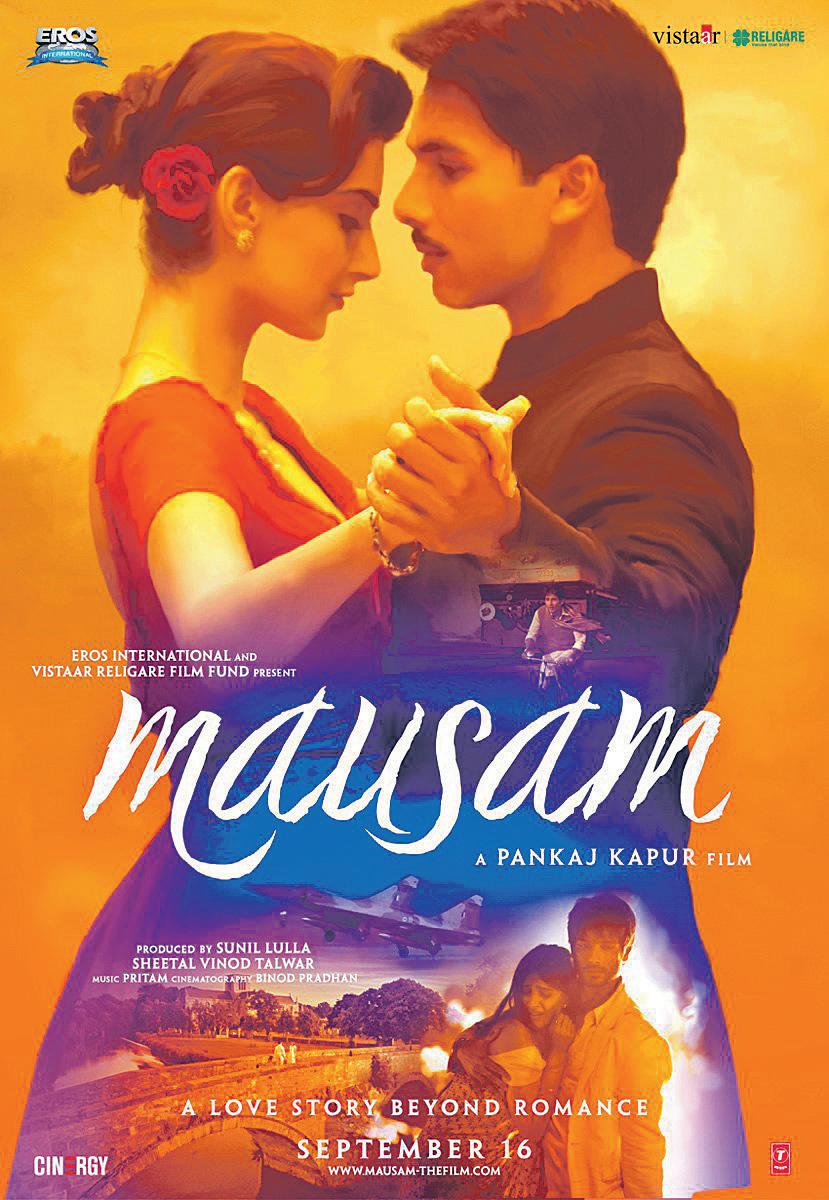
A homage to Guru Dutt?
Film:SahibBiwiAurGangster
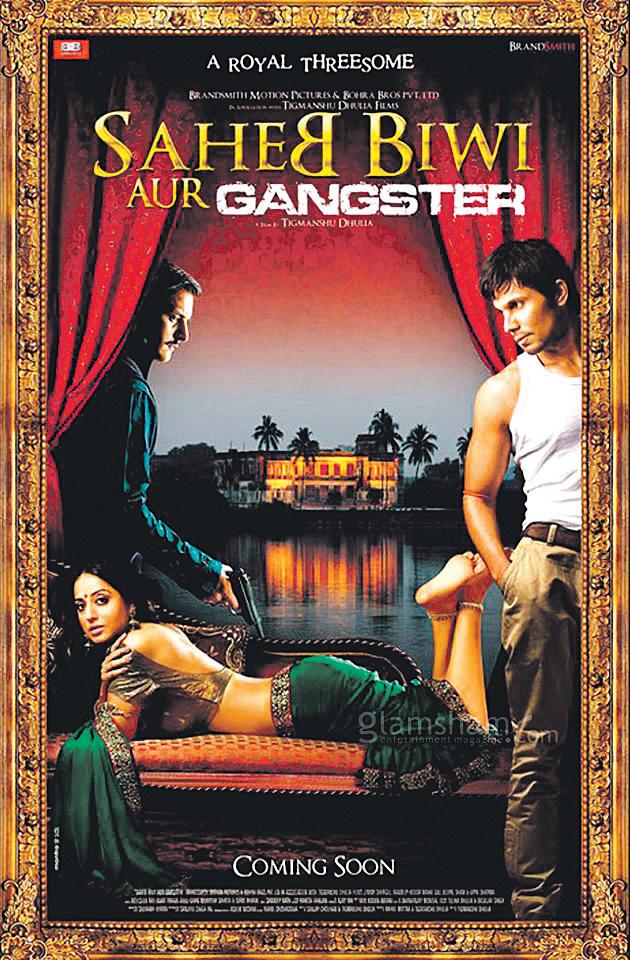
Cast: Mahie Gill, Randeep
Hooda, Jimmy Sheirgill
Director: Tigmashu Dhulia
Absolute power corrupts absolutely. And the power to create cinema that takes the prevalent language of narration into the domain of the dark and unpredictable is a privilege belonging to some politically savvy filmmakers.
Sudhir Mishra tops the list. Tigmanshu
Dhulia follows close behind.
The manner in which Dhulia brings into play the murky, sleazy politics of Uttar Pradesh is remarkable for the fusion of lies and truth with the borderline between the two extremes simply blurring.
Sahib Biwi Aur Gangster is an audacious tongue-in-cheek homage to Guru Dutt’s timeless classic Sahib Bibi Aur Ghulam. Don’t believe the director’s protestations to the contrary. Dhulia’s film even opens with an unabashed tribute to Guru Dutt’s film with skeletons being dug out during an excavation.
There onwards there are plenty of skeletons tumbling out of secret places in the zamindar’s (Jimmy Sheirgill) bedroom and other workplaces, all leading to a series of climaxes, many of them aggressively sexual in nature.
Dhulia deconstructs and demystifies Meena Kumari’s alcohol-laden mysterious Choti Bahu from Sahib Bibi Aur Ghulam. As played by Mahie Gill in Dhulia’s new-age deconstructed version of the old film, the wife is a full-blooded, sexually dissatisfied, curious and predatory creature somewhat annoying in her insistence on going against the rules of her husband’s crumbling haveli.
Scenes showing the wife’s rebellious streak are awkwardly constructed.
It is no coincidence that the intruder in Dhulia’s film is a libidinous overambitious driver whose hunger for sex and power drives him to selfdestruction. As played by Randeep Hooda, he is quite the opposite of the gentle shy besotted little creature that the Choti Bahu befriended in Guru Dutt’s film.
Sahib Biwi Aur Gangster creates a world far removed from Guru Dutt’s classic, and yet the two works are miraculously joined at the hip. Almost
every character from the Guru Dutt film is replicated if not parodied in Dhulia’s film. There is even Deepal Shaw playing a modern day version of Waheeda Rehan’s Jabaa from Sahib Bibi Aur Ghulam. Waheedaji’s reaction to her new-age avatar is awaited.
Sex and politics fuse into the fading crumbling feudal world of Dhulia’s cinema, creating a potent mix of passion and politics. As the goon, who dares to enter his benefactor’s wife’s bedroom and dreams of taking his place, Randeep Hooda has the best lines and graph for his character. Here’s an actor who is yet to get his due.
Mahie Gill plays the desolate wife with an absolute absence of enigma. Meena Kumari didn’t quite know what she was searching for. This woman knows exactly what she wants and finally gets it through the nozzle of the gun.
Jimmy Shergill has over the years evolved as an actor of subtle skills. As the embittered husband and doddering landlord he brings to the storyboard a kind of gentle persuasiveness that goes beyond the narration. His scenes with his father’s mistress are gems conveying wry disdain for a woman who controls the resources of a rapidly crumbling
they seem to discover not love but its aftermath, which is a far greater thing than love.
Where the film seems to lag behind is in creating emotional pockets for the couple’s mutual feelings to develop.
Shahid playing Harry the Punjabi wastrel turned Air Force officer and Sonam playing Aayaat the refugee from Kashmir, have several shared tender moments. The stand-out ones all come towards the second-half when loves grows impossible between the couple.
The climactic reconciliation during the Gujarat riots, enacted with supreme passion by Shahid, stands out for its stark dialogues that intercut between the couple’s long pent-up feeling of separation and the socio-political forces that have kept them from each other.
The climax on a ferris wheel appears a trifle manufactured.
Editor Sreekar Prasad’s smooth flow in the narration is suddenly stymied in the search for a jolting finale.
But you have to hand it to Pankaj Kapoor. In his directorial debut, he tells an old-fashioned story of love, separation and reunion with flourishes and flashes of great cinema igniting what would in lesser hands, appear to be a trite tale of love gone frightfully cliched.
And yes, Pritam’s music is apt. But the best tunes Abhi na jao chod kar and Ajeeb dastaan hain yeh, are not his.
feudal kingdom.
Dhulia is in the habit of bringing into play the political forces that determine human nature in Uttar Pradesh.
Saheb Biwi Aur Gangster turns progressively Shakespearean towards the end with three protagonists hurling towards self-destruction. As they delve toward doom you are left with no choice but to watch the characters as pathetic paradigms of an era that has long gone. The crumbling sepia-toned interiors and colour tones scream out a message of live and let live. But it’s too late, Dhulia’s characters are felled by their own greed and lust.
Guru Dutt would have probably choked at this badland bawdy burlesque of Sahib Bibi Aur Ghulam. Lekin maanna padega, boss. Tigmanshu Dhulia’s homage to Dutt is saucy if somewhat uneven in tone and jagged at the edges.
Subhash K. Jha
78 <> OCTOBER (1) 2011 INDIAN LINK
Subhash K. Jha
ENTERTAINMENT
A cliché-loaded NRI tale
Film:SpeedySingh(Breakaway)
Starring: Vinay Virmani, Camilla Belle, Anupam Kher, Noureen deWulf, Russell Peters, Rob Lowe
Directedby:Robert Liberman
A star is almost born. Debutant Vinay Virmani has a natural charm and an easygoing bonhomie to his personality that goes a long way in furnishing speed to Speedy Singh Regrettably there are too many potholes and roadblocks in the narration leading to a kind of plot that doffs its heart at all the films on the spirit of sportsmanship and the parental opposition that it faces.
Though this is a story applicable to numerous second and thirdgeneration NRIs in Britain, US and Canada, the story is littered with clichés and stereotyped characters .…You know the loud boisterous Punjabi joint-family whose joints are so creaky you can hear the Bhangra beats groaning out all the way from Bollywood to Birmingham. Young Virmani tries to bring in a certain subtlety and lightness to his clichéburdened role. But the film doesn’t really hold together.
Bend It Like Anupam? Remember Anupam as the Sardar-father of the girl who would sneak off to play football when he wasn’t looking in Gurinder Chadha’s Bend It Like
Beckham?
What’s the difference between the Sardar Anupam played in that film. And the one he plays in Speedy Singh?
Go, figure.
And while you’re at it, do find out what Akshay Kumar is doing being associated with a film that seems like a not-so-distant cousin of Akshay’s Patiala House. father disapproved of sonny-boy playing cricket in England. In Singh (no, that’s not a grammatical aberration) debutant Vinay Virmani’s father (Anupam Kher) frowns at his son’s ice-hockey ambitions.
The ice-hockey tournaments are filmed with more warmth and affection than the relationship between young Virmani and his pretty girlfriend (Camilla Belle). The
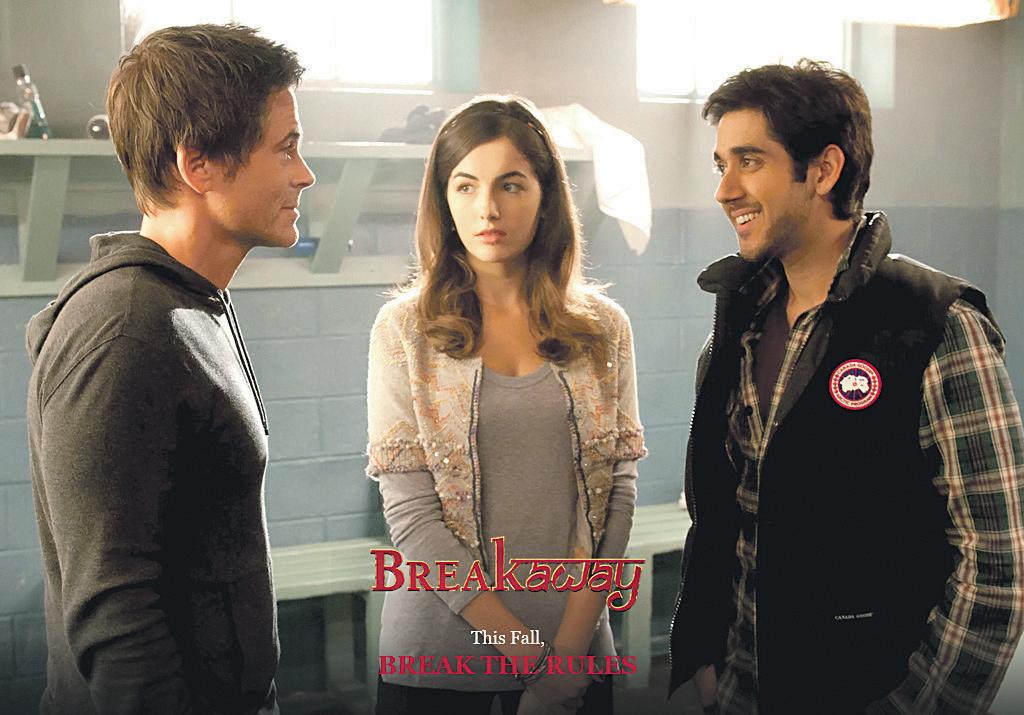
joint family. The Punjabi household is swamped with stereotypical colours, flavours, rhythms and characters. The clamour of Singhs gets unbearably deafening as the plot creaks forward in an all-too-familiar language. And we aren’t even talking about the
hero. As for the rest of the cast, stand-up comedian Russell Peters has been quoted as opining that Aishwarya Rai Bachchan can’t act. Has he looked at himself in this film?
Action speaks louder than words
Film: Force
Cast:John Abraham, Genelia D’Souza and Vidyut Jamwal
Director: Nishikant Kamat
A raw rugged cop’s tale of vicious vendetta fused into a tender romance seems like a hard act to live up to. But Nishikant Kamat, seeking inspiration from a hit Tamil film Kaakha Kaakha manages just fine.
He gets incredible support from dialogue writer Ritesh Shah, who infuses every exchange on love (with the girl who won’t take no for an answer) and war (against drug peddlers) with a kind of lived-in warmth and familiarity.
Kamat, who earlier made Mumbai Meri Jaan on terrorism and the city of Mumbai, here has a blast bringing back the oldfashioned action hero. John Abraham has worked hard on his physique and his expressions too look like a cop who thinks falling in love would take him away from his line of duty.
Enter the vivacious effervescent girlnext-door. Genelia with her multiplicity of expressions aptly plays ‘Bubbly’ to this duty-bound ‘Bunty’ who would rather not get entangled in human foibles like love and family. But the inevitable happens.
Kamat lovingly weaves the love story between the impish girl and the gentle giant into the persistent call of duty, making sure the film’s claims to be an action film doesn’t get drowned in mush.
While the first hour is a loose bag of
striking shootouts staged in crowded localities of Mumbai and some highly dispensable romantic songs, it is the second hour where the narration really gathers momentum pitching the relentless cop against his chief adversary a drug dealer named Vishnu, played with arresting elan by debutant Vidyut Jamwal.
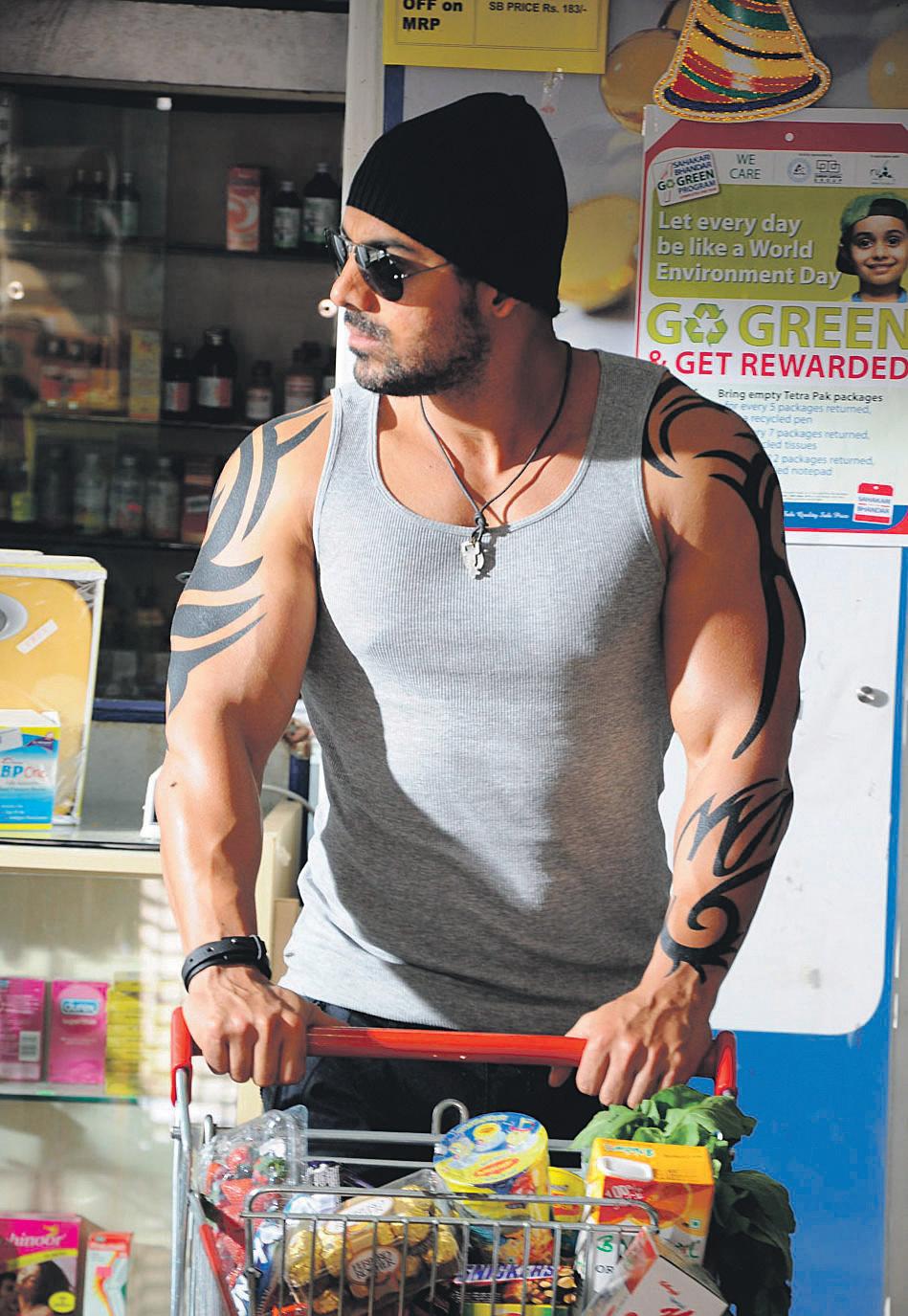
The man-to-man confrontations between Abraham and Jamwal have a rousing rugged resonance to them. They may make you squirm with their brutality. But the two look like well-matched opponents. Action director Allan Amin devises combats that convey a bone-crunching realism.
The two adversaries take care of the rest. John gives a finely pitched performance looking every inch like the action hero who can deliver that punch. He handles both the brutal and tender moments in the violence and romance, with ease.
Newcomer Vidyut Jamwal makes a formidable adversary. The menace is not only in the physique but the tone. This man means business. Some of the supporting cast is interesting too.
Force is a full-on action film with balls, brawn and brains. It’s the kind of virile cinema where action speaks louder than words. Blessedly the narrative secretes some fine dialogues and a tender love story that goes with the turbulent territory. Nishikant Kamat balances out the colour khaki with sharp colours of humour and romance.
OCTOBER (1) 2011 <> 79 NATIONAL EDITION
Subhash K. Jha
www.indianlink.com.au
Subhash K. Jha
BUZZThe
Born to sing: Lata turns 82…
Even after spreading the magic of her voice for seven decades, she continues to sing with aplomb.
One of the gems of the Hindi film industry, Lata Mangeshkar turned 82 recently. Thanks to her successful long journey and her body of work, she has become an institution in herself and a guiding force not only for budding singers but also for established artists.
Starting her career in 1943 at the age of 13 with the song Mata ek sapoot ki duniya badal de tu for Marathi film Gajaabhaau, Lata, who is called the Nightingale of India, went on to record songs for more than 1,000 films in 36 languages.
From classical to romantic numbers to ghazals to bhajans, she made her mark in a variety of genres.
Even at this age her zeal to sing is the same, which was evident when she sang Tere hasne se for Satrangee Parachute this year.
Lata, who is the voice behind evergreen lilting melodies like Aaja re pardesi, Kahi deep jale kahi dil, Beeti na bitaai raina, Tere bina zindagi se, Tere bina jiya jaaye na, Naino mein badra, Chalte chalte and Yaara sili sili, made it to the Guinness Book of World Records from 1974 to 1991 for having made the most recordings in the world.
SRK in RA.One mode
He hasn’t had a hit in recent times, so SRK is going all out to promote his upcoming release RA.One. In early Oct, he took to not one, not two, but three different TV shows on the same night! The 45-year-old appeared on the finales of Star Plus’ Just Dance, Colors’ India’s Got Talent 3 and Zee TV’s Sa Re Ga Ma Pa L’il Champs.
Shah Rukh was at his jovial best on all the shows as he danced, sang, cracked jokes as well as interacted with the audience. He danced to the film’s popular number Chhammak chhallo, got the participants to dance as well, presented the winners’ trophy, and also distributed his film’s merchandise, especially a G.One doll based on the movie’s villain, played by Arjun Rampal. Desperate times….

The mega-budget film RA.One, releases this Diwali Oct 26.
ABHILASHA SENGUPTA
the character he played in the original, 39 years after it first appeared.
Apparently the character would have aged by less than a decade in the sequel, as the story moves forward. The hunt is on for what the evergreen superstar describes as ‘a woman of today, trendy savvy with-it and attractive’.
“I have the script for Hare Rama Hare Krishna Aaj, which takes forward the story of the earlier film. It is not a remake. I don’t believe in remakes. I believe in moving forward. Every scene every character except mine would be new. If Dev Anand played Prashant in 1971, he will play Prashant in 2012 as well,” he said.
The Padma Bhushan awardee and Dadasaheb Phalke Award winner says, “As long as I feel creative and as long as I feel there’re some people who want to watch my films, I’ll continue to make them”.
Deepika-Ranbir back on!
Not just for singers, for actors and filmmakers too, the Bharat Ratna recipient is the voice that gave Hindi songs the quality that will be remembered for years.
… and Dev Anand is 88
Main zindagi ka saath nibhata chala gaya. True to his popular song, Dev Anand, one of the most loveable romantic heroes of the 1950s and the 1960s, has refused to let age slow him down. The actor turned 88, and his zest for life remains unmatched – going strong with a new film release, new film in the pipeline and a special birthday gift, an iPhone. He has been promoting his directorial project Chargesheet, although it has not exactly wowed the critics. The film, a murder mystery, is a different genre for the octogenarian.
Meanwhile, the ‘evergreen’ Dev is working on a sequel to his 1971 film Hare Rama Hare Krishna which will bring back
Their personal chemistry may have gone a bit sour after their break-up, but Ranbir Kapoor and Deepika Padukone will romance on the silver screen in Karan Johar’s new production Yeh Jawani Hai Deewani. One wonders if bringing the old back on screen was a tough nut to crack… But director Ayan Mukherjee says it was a smooth process as the two actors share an amicable equation. “Actually it was very easy. I know that the media had written a lot about their breakup, but actually they have a very
GUESS WHO
His film family have been in the news recently.
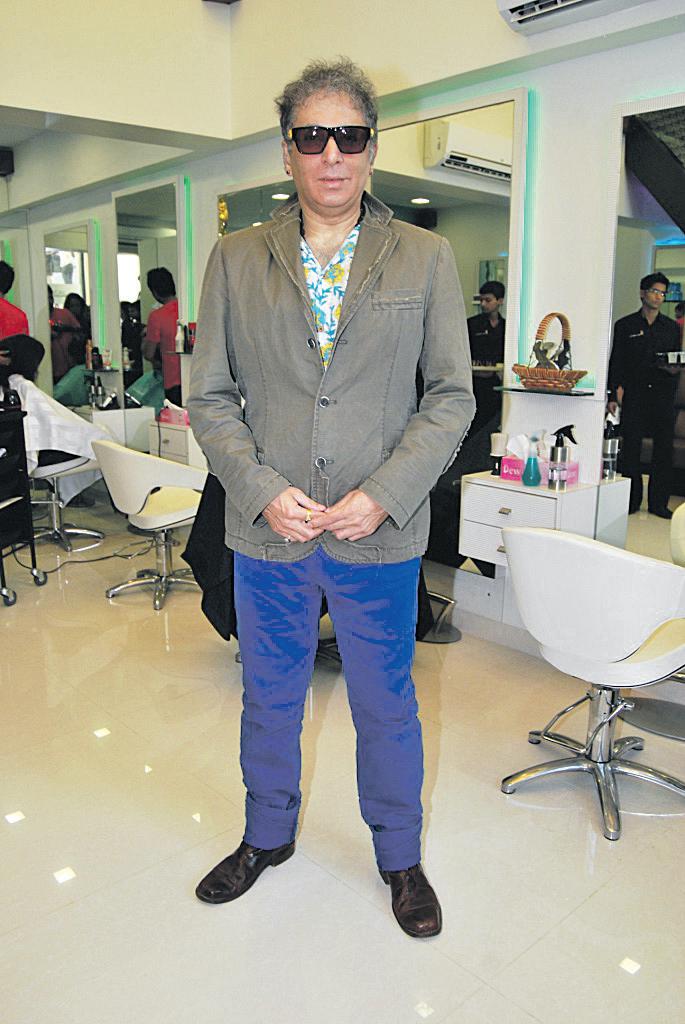
80 <> OCTOBER (1) 2011
ENTERTAINMENT
brings us up-to-date on what’s hot and happening in Bollywood
?
amicable equation and it was really smooth to put them together,” said Mukherjee.
The two actors dated each other for over a year. So far they have done one film together, Bachna Ae Haseeno in 2008. This will be their first film after the dramatic breakup in 2009.
But Mukherjee of Wake Up
Sid fame claims he is looking forward to bringing their sizzling chemistry on celluloid through the love story.
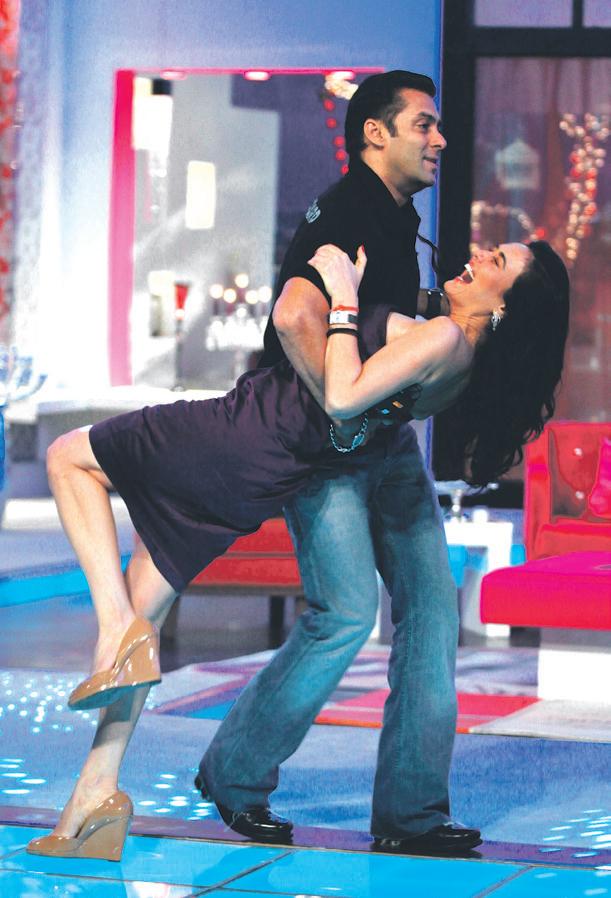
Bollywood biggies give Paris a miss
“Namaste India!” said socialite Paris Hilton as she launched her exclusive handbag collection in Mumbai late September, on her first visit to the country. Her line of bags, launched in association with Brand Concepts Pvt Ltd, will be available at two stores in Mumbai, priced between Rs.2,000 and Rs.11,000.
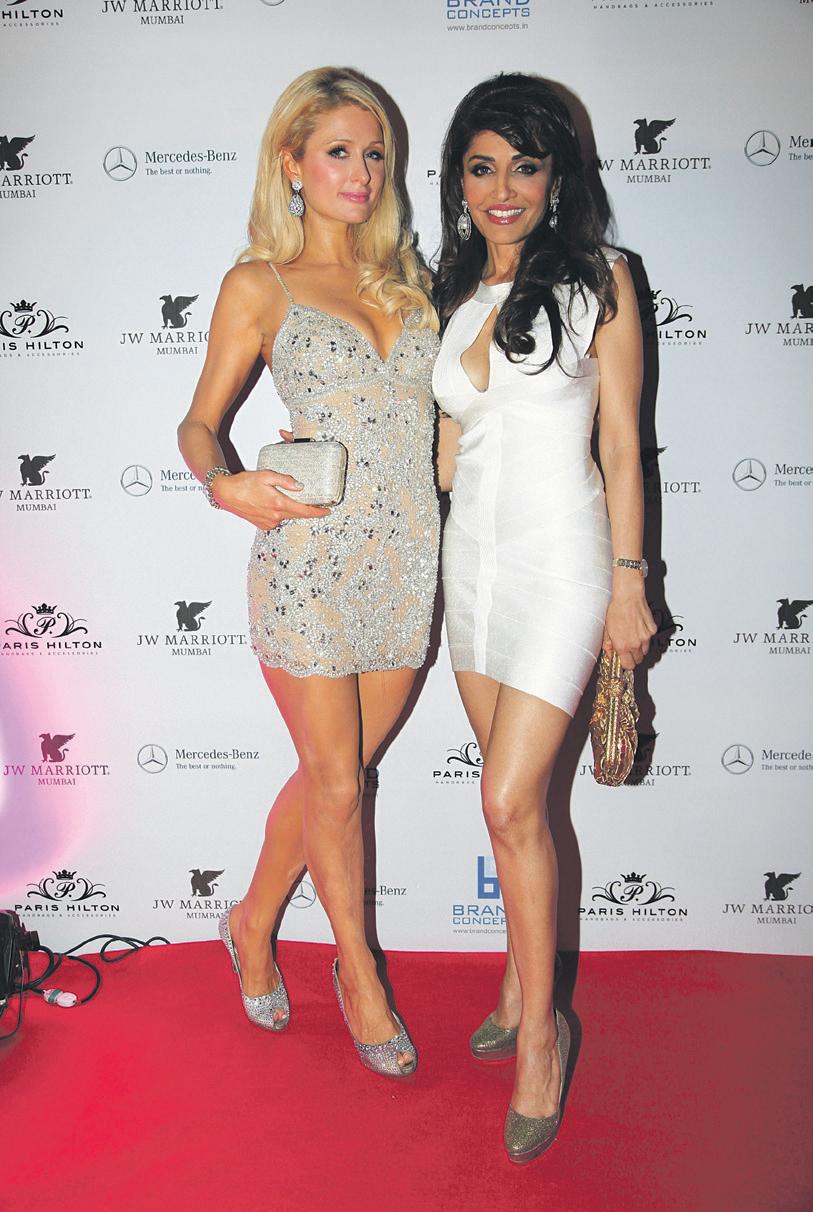
But Bollywood largely gave her entire visit a miss, with SRK denying rumours before she arrived that he was hosting a major do for her. As it turned out, Bombay socialite Queenie Dhody did the honours, but could only enlist a small set of B-grade ‘celebrities’ to attend. Of course Paris left the country tweeting about the ‘magical’ and ‘spiritual’ land that has changed her life, and that she would be back to experience the love again – and also that she wanted to, like, do more charitable work for the absolute poverty she got to see on the streets there.

John’s
back in the news
Looks like finally John’s back in the news for something other than exflame Bipasha. With his new movie Force, John is returning to the action genre after years. For the role he modelled his body on Hollywood actor Sylvester Stallone.
“After Dhoom people expected me to do action,” said John who took a break from the genre. “There is a time and place for everything and I think I’m more mature as an actor now. Even bodily I’m far more fit; I’ve understood my body better now”.
“For this film, I was very clear that I don’t want to do cable action. I wanted to do real, raw action, something that Sylvester Stallone did in Rocky. So I wanted to do that level of action and I wanted to look like him. That’s what I concentrated on,” added the actor “. “The important
thing was that I needed to look the part of the cop I’m playing in Force. The director Nishikanth briefed me saying, ‘I want you to look like Stallone with a body that looks like a machine.’”
And it was not easy - the actor had to work overtime and extremely hard to attain a physique that suited the character.
“For Aashayein I lost 16 kg and for Force I put on 12 kg. I worked really hard for eight months, three hours a day every day. There is no short cut to a body like this,” he said.
John, who made waves with his roles in films like Dhoom, Dostana and New York, could not manage a hit in his last three releases - Aashayein, Jhoota Hi Sahi 7 Khoon Maaf.
Let’s hope Force finally makes him a force to reckon with.
Himesh soldiers on Talk of self confidence. Himesh Reshammiya is pushing on, trying out every facet in India’s entertainment industry, despite what critics as well as audiences think of him. In his next movie Damadamm!, he is giving comedy a shot. “People perceive me as a very serious person, which I am not in real life. I have a good sense of humour, which will be visible in this film,” Himesh said recently.
The actor is also looking forward to break acting and musical grounds internationally with his English film A* Is Killed. The film, directed by Chrisophe Lenoir, is set for a December release and features Himesh as a musician.
His other international project, the music album Da Edge, will release this month in 122 countries under his own banner HR Music, in collaboration with Universal music.
“My album has 15 songs and the first single is I have been waiting for you so long. It has been remixed by Edward Maya, the famous trance DJ. Roman White, who directs videos for Justin Bieber, is the video director,” he said.
For now, Himesh, who did a live digital concert for his fans on artistaloud.com recently, is waiting for the release of Damadamm!.
“It’s a Diwali release and though it is releasing amid huge competition like RA.One, I’m very confident that it will make a mark. I’m confident about it as a product and as a storyline because I know that the central character Sameer, played by me, will instantly connect with the audience. It’s a very real character and it’s a fun-loving romantic film,” he added.
The film, directed by Swapna Waghmare, also stars Sonal Sehgal and Purbi Joshi in lead roles. The actor admits he is under pressure to prove his acting mettle after three box-office and Kajraare.
What’s the chitchat here between Preity and Salman?
Send in your responses to info@indianlink.com.au and win a surprise prize
Last issue Caption Contest winning entry
What’s Abhishek Bachchan saying to make Sameera Reddy laugh?
Hema: This is the last time I’m bailing you out, princess. If Tell Me O Khuda doesn’t do it for you, go find something else to do with your life.
Pankaj wins a double pass to new Hindi film Force

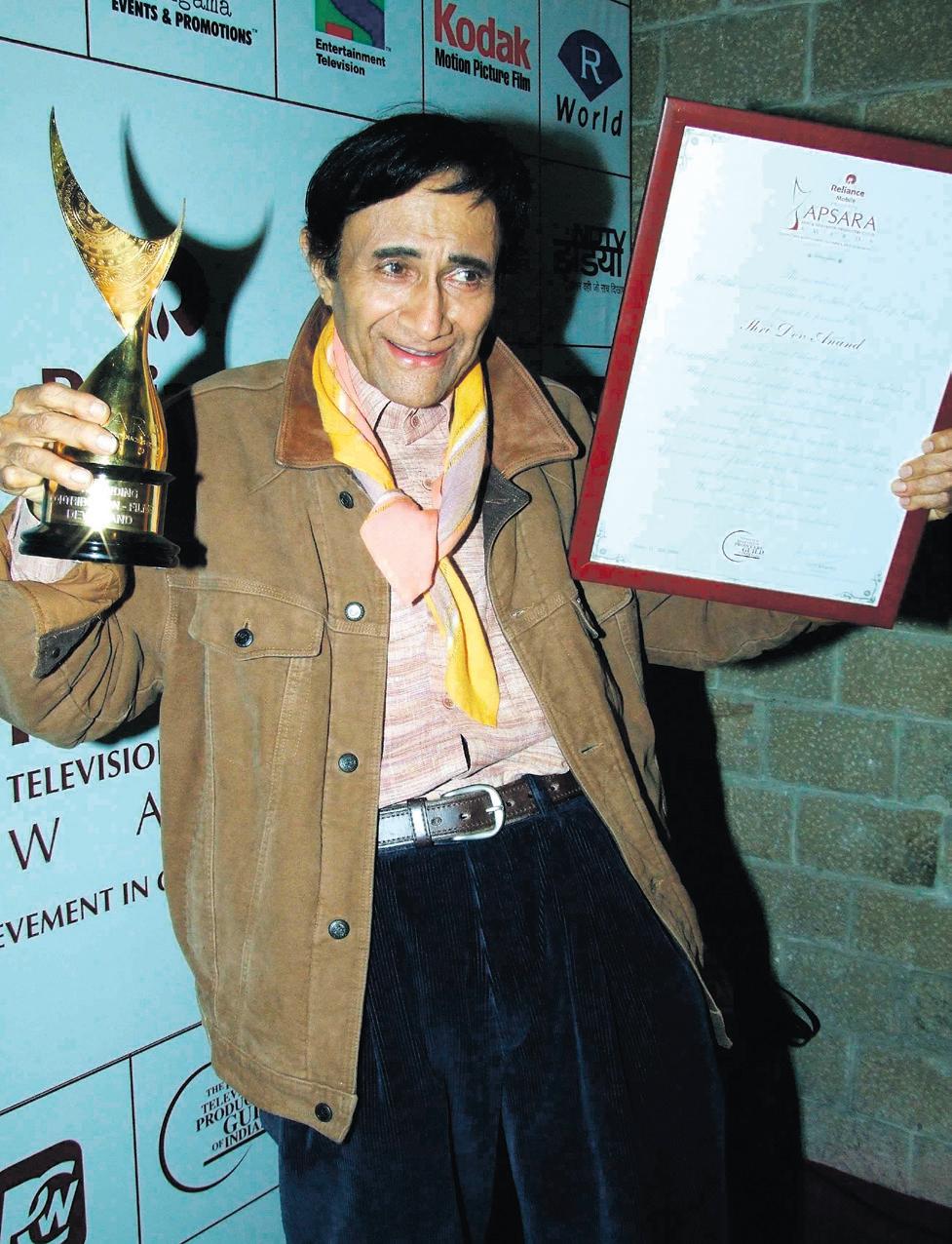
QUIZZ
1. Naseeruddin Shah played what character in Hollywood film The League of Extraordinary Gentlemen?
2. Which actor was known as the ‘Jumping Jack’?
3. What was Salman Khan’s name in Dabaang?
4. Who sang, and in which film, Mera haton meh nau nau churiya hain?
5. What was the first Bollywood talkies film or first film with vocal sound?

OCTOBER (1) 2011 <> 81 NATIONAL EDITION
www.indianlink.com.au CAPTION CONTEST sonKapoor’sShammiKapoor,RajAdityaWHO?GUESStoAnswer
to
Answers
QUIZZ:
1. Captain Nemo 2. Jeetendra 3. Chulbu Pandey 4. Sridevi in Chandani 5. Alam Ara
LATA
JOHN ABRAHAM
Pankaj Chadha Box Hill, Melbourne
PARS HILTON WITH MUMBAI SOCIALITE QUEENIE DHODY
DEV ANAND
Matrimonials
Seeking Grooms
Seeking match for Hindu Arora girl, 24, professional, employed well, born and brought up in Sydney. Well educated and settled family. Boy with similar background preferred. Email: rtmkh8064@gmail.com or call 0405 488 042.
Seeking suitable match (from Australia, never married) for Hindu girl 34 years, Chartered Accountant (non-veg), living in Australia over 25 years, with eastern and western family values. Please email with all details on ganesh2011v@gmail. com
Correspondence invited from well-to-do established young man (aged between 33 to 37) for a charming, pretty girl of 33, settled in Australia and working in IT industry, profile in Jeevansathi.com TTU0136. Please contact with recent photo and profile on sharad46@tpg. com.au, home phone 02 9713-2893.
Seeking a suitable match for May 1979-born girl, UK citizen, Australian permanent resident. Currently Pharmacist in UK, but would prefer to settle down in Australia. 5ft 7”, slim, vegetarian. Hindu Punjabi Khatri background. Father retired, mother working part-time in govt job, one brother (all in UK) and one sister (married and settled in Australia). Contact redvanilla101@hotmail.com
Looking for an intelligent, handsome, Sikh boy for my younger daughter 25 years old, 5’6”, slim, fair, beautiful and working in Insurance industry with Finance background on high income. We have been settled in Sydney for the past 35 years. My elder daughter is happily married here in Sydney. Please respond with your details and photo to 24advertiser@gmail.com
Seeking Brides
Seeking a suitable Australian Resident girl (Khatri, Brahmin, Sikh) for good-looking cleanshaven Khatri boy (Manglik) 08/10/1984, 5’9”, well-
educated. B.Tech Mechanical (Production) from N.D.E.C Ludhiana, presently working in MNC in India (Punjab). Elder brother and sister-inlaw settled in Sydney for the last five years. Good family background. Belongs to Distt Hoshiarpur (Punjab).
Please contact mobile: 0432 841 613 or email sunny_ nannu0082@yahoo.co.in

Suitable match for 1975born, clean-shaven Sikh Khatri boy, 5’ 9”, M.P.M, M.C.M (from India). Recently finished Masters in I.T from Australia. Boy is temporary resident and currently preparing to file for P.R. Has full-time job in service industry with decent income. Staying with elder brother and parents (who are on 1-year visitor visa) in Sydney. Girl should be tall, well educated with pleasing personality and must be from Sikh background. Early marriage, serious proposals only please. Phone: 02 94764570, email jas_ghai01@ hotmail.com
I wear Eyestar!
Hume Kim of Eyestar
Eyewear is getting used to Indian customers swarming his place ever since he moved his business to Strathfield about a year ago.
His practice deals with all kinds of optical services including spectacle frames, lenses and prescription sun glasses, and he features all the major brands in the field.

“Indian customers ask a lot of questions,” he notes. “And I’m a friendly guy, so I like to talk! And it’s a pleasure to talk to them, because they go away, and then come back after doing a bit of research, and talk knowledgeably about my products”.
Kim has over 15 years’ experience in the business, having worked in the Campsie area before relocating to Strathfield.
The Korea-trained professional clearly loves to engage closely with his clients. “I have clients of all ages, from kids to elderly people. They all have different needs, and I like to look after them well”.
And they have all walked away from his shop happy, especially with his personal approach and dedicated service.
“Kim has good specials on from time to time,” Rajeev Mehrotra, a repeat client who lives in Starthfied, says. “Firstly he stocks all major brands. Second, all health funds are catered for. And on top of that, he’s very friendly and has a great way with all his customers”.
“There’s good quality, plus great service, at my shop” Kim says with pride.
Next time you need glasses, head straight to Eyewear Eyestar – you’ll be guaranteed to get a good deal.
82 <> OCTOBER (1) 2011 INDIAN LINK
Eyestar Eyewear Suite 4, Level 1, 7-9 Churchill Ave, Strathfield 02 8004 0212
ARIES March 21 – April 19
Tarot
Tarot ‘n’ You Tarot ‘n’ You
Tarot predictions for


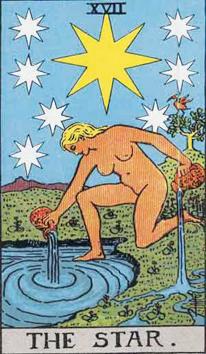
Tarot predictions for October 2011
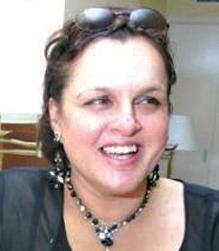

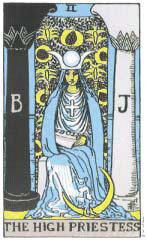

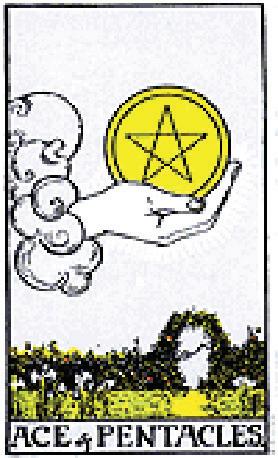




This month, the cards are emphasizing on developments within yourself as a person. There is a sense of growth and accomplishment in all areas. Career and work matters are looking more stable, and financial gains are indicated. Relationships will be calmer, with efforts being made from both sides to bring harmony and peace. Be careful of nagging headaches and check your diet as food intolerances are indicated here.

TAURUS April 20 – May 20
This month the cards are indicating your career will be on overdrive where you will be in great demand and also working very hard. Financially you are looking at some unexpected expenditures coming up. There will be a lot of travelling and your stress levels will be high. Relationships will move forward smoothly. Make sure you have time for yourself and look after your neck and throat areas.
GEMINI May 21 – June 20
The cards are indicating that you will be putting in a lot of effort in your work area. You will be feeling very good about yourself, and will be looking at exercising more and at your diet. Finances are going to be stable and money owed may finally be returned. Relationships may be strained, so it is advised to keep cool. Do not ignore any coughs or colds this month.
CANCER June 21 – July 22
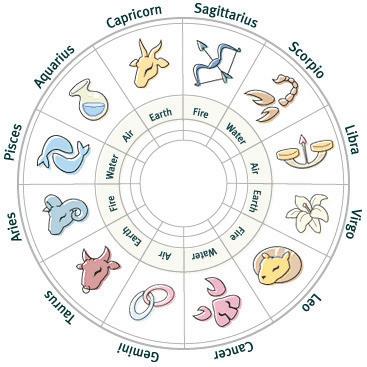
You will be on a high as there is a lot to celebrate; luck and fortune are creeping into your life. Work is slightly boring, but you have your eyes open for new opportunities. Financially you will be looking at investments in the distant future. Relationships are going to be a little strained but nothing permanent, so relax. Take care of your stomach and any minor aches and pains.
LEO July 23 – August 22
You will be looking for interesting opportunities, and the cards are indicating that you need to be clear on where you want to work - overseas or here. You will decide to spend some quality time with family and friends, as you feel you have neglected certain individuals. Financially, you are contemplating purchasing items for the house. Make sure you get adequate sleep, there is indication of eye strain.

VIRGO August 23 – September 22
This is your month, to focus on clearing out the old and bringing in the new. You have plans to change your surroundings and will be selling or getting rid of things. Taking time out with family and friends will be good, as you need a break. Unexpected money is indicated. Your stomach area has been a cause of concern and you may need some food allergy tests done.
February 2010
By NANCY JADE ALTHEA
LIBRA September 23 – October 22

You will be in a very generous mood and will want to treat your family and friends. Your nature is changing and you want to do more for others. Work and career will keep you occupied and happy, but you are looking for a promotion as soon as possible. No major worries with finances, although be careful to not overspend. Take care of your back and have your kidneys checked.

SCORPIO October 23 – November 21
This month you will be celebrating almost everything. You have a real magnetism to life and people, and will feel in control of things. Relationships will go well and you will surprise your partner. Be careful at work as someone is envious of you. There will be a chance to show off your speaking skills at a meeting/event. Take care of your diet as overindulgence may lead to stomach issues.
SAGITTARIUS November 22 – December 21
The cards are indicating that this month you will be making plans to travel as you have itchy feet right now. You will be feeling good about work as you have worked hard to gain recognition, and new offers are indicated here. Relationships are peaceful and should you be looking, there is someone who is interested in dating you. You may be very accidentprone this month, so take care.
CAPRICORN December 22 – January 19
This month the cards are indicating that you are restless and have many plans to execute. There is an indication here that you will travel, and this could lead to work and/or opportunities. Work is currently not giving you the rewards you expect or desire. Relationships are a little strained and the family seems to be pressurizing you to make some changes. Take care of your feet.
AQUARIUS January 20 – February 18
This month you will be expanding your horizons greatly and work is going to take a huge amount of your time. You will look at relaxing with your family, as you tend to get carried away with work. Romance is indicated and relationships will need to be spiced up, especially if you are married. Finances are not a worry. Make sure you have an eye check and watch your diet.
PISCES February 19 – March 20
This month sees you working towards bringing a relationship together. The cards are indicating a long distance relationship. Work will be very busy and you may have to take on more than you can handle. Finances are a little strained but manageable. You may decide not to go out as much to bring balance. Get plenty of sleep as your brain is not switching off and you are over-analyzing everything.
OCTOBER (1) 2011 <> 83 NATIONAL EDITION º Very Unique Jewellery º First to be introduced in Australia º Supported with a very good website º Selling due to sudden health problems Asking Price - $17,000 including stock Small Jewellery Business for Sale Please call on 0431 523 675
STARSFORETELL
www.indianlink.com.au
A digital Diwali
delight?
As the digital age advances, will the giving of gifts this festive season take on a more practical, yet sinister meaning?
wonder that IBM arrived at such a decision?
BY LP AYER
Not before long, laddoo packets may be dislodged by laptop computers as Diwali gifts for youngsters, since their prices are sliding down like the world’s stock markets. The catchy jingle, ‘Laptop for every kid’ has been used as an election sweetener by Julia as well as Jayalalitha, the recently recycled premier of Tamil Nadu, raising the hopes of the younger generation. From now on, will the laptop do the victory lap as the No 1 gift, leaving the laddoo to languish as a laggard? I doubt it!
We are now told ad nauseam that the carbon tax and computers will be the saviours of planet earth. It is too early to pass verdict on the former as it is going through its own taxing time in Parliament. But on computers, after an association of 25 years, my report card reads that they are a scourge. Before software supremos and hardware heavies harangue me, let me explain.
In the ‘60s when IBM, the then leader in the field, asked its marketing mandarins to explore the sales potential for personal computers, they concluded that there would be a demand for only four PCs in the entire world. Back then IBM’s mainframe units were the size of a wardrobe or even larger. How many in the world would have a need or desire to own such machines. In the early ‘70s it was my privilege, as Tata Steel’s PR, to take VIP visitors around Jamshedpur Telco’s works where their computer room was a mandatory showpiece. The room was larger than a lounge with its exclusive airconditioning system, enjoying a privilege more than the firm’s MD. So is it any
But within three decades, laptops lord over us and desktops dominate the office scene. In the BC (Before Computer) era, bosses used to dictate (literally at times) letters to lovely lady secretaries who were probably sneakily referred to as ‘laptops’ in boys’ circles, when no PC (political correctness) existed. Now those shorthand scribes have been short-changed by portable plastic gadgets doing everything the female fraternity did, except making tea.
Two of the main reasons for the mass migration of PCs into our living space are miniaturising the machine and maximising its applications beyond the basic business functions to infotainment. The black box is now a constant companion in our life journey.
As an early convert to computers, in 1982 I bought a Commodore (not the Holden kind) with a grand 64kb hard drive. Two years later, enticed like the proverbial Eve, I went for the bytes of an Apple 2c as it resembled a portable typewriter over which old journos lavished more love than on their partners. That was in the domestic scene.
In my office setting, Compaqs came in like confetti followed by a deluge of Dells in updated avatars with new beauty features. Now every new model is designed to handle enhanced software and in turn, each new software release demands more grunt. It is a never-ending merry-goround and the result is a mountain of disused computers sitting like orphans without an adoptee in sight. But they are not alone; they have a good company of associated accessories - monstrous monochrome monitors, pre-loved printers, MFCs etc. These plastic playthings proclaimed to save the planet, are produced from non-renewable hydro-carbons and are now a blight on our
landscape. If all the derelict desktops were decked on top of each other, they are expected to reach halfway to the moon.

The humongous holes at Australian mine sites resulting from export of shiploads of ore to China may one day be filled in by container loads of PCs imported from PRC, on becoming obsolete. It is a win-win for Wen Jiabo who gets non-renewable resources and gets rid of plastic piles from PRC. Australia, according to an SBS programme, tranships e-waste to Ghana where they are burnt yielding bits of copper for scroungers and emitting columns of toxic smoke. A carbon tax conundrum?
Until sometime ago, as you drove along my city Adelaide’s suburbs you may have noticed on certain days, mini mountains of plastic junk sitting on the footpath outside many houses. They are the pre-loved PCs, abandoned like unwanted pets after impulsive buying at Christmas, destined for the council dump. Now the councils have woken up and want your dollars to ditch them. In my own situation, nearly a dozen of them have sought asylum in one of our children’s bedrooms since the original occupant has left the coop. The soft-shoe brigade of hardware hawkers keep counselling that we need to upgrade every two years to be up to scratch. So we still keep buying. We have become a soft touch and stimulus package punch bag. At the current rate of acquisition and obsolescence, we may before long, need to surrender our bedroom too, to the computer conquest, and sleep outdoors. That is the harrowing part of hardware. The software story is even scarier. I will spare you of this until next time.
The catchy jingle, ‘Laptop for every kid’ has been used as an election sweetener by Julia as well as Jayalalitha, the recently recycled premier of Tamil Nadu, raising the hopes of the younger generation.
At the current rate of acquisition and obsolescence, we may before long, need to surrender our bedroom too, to the computer conquest, and sleep outdoors.
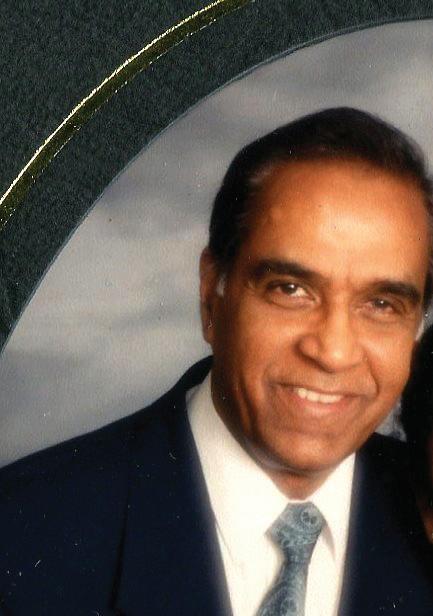
84 <> OCTOBER (1) 2011 INDIAN LINK
BACKCHAT www.indianlink.com.au

OCTOBER (1) 2011 <> 85 NATIONAL EDITION delight?

86 <> OCTOBER (1) 2011 INDIAN LINK

OCTOBER (1) 2011 <> 87 NATIONAL EDITION
making your HSC success simple!
30% OF OUR STUDENTS SCORED ATARS OVER 99, AND 60% OVER 97 IN 2008 TO 2010 SECRETS OF THE HSC
At Talent 100 we help you achieve such exceptional results, it’s almost unfair. We are so confident we have the most effective system of tutoring, we’re offering you a THREE WEEK FREE TRIAL.
YEAR 12 PROGRAM
GET A HEADSTART
Find out what schools never tell you about Scaling and scoring a top ATAR. Learn:
+ To breakdown any ATAR into achievable goals in each individual subject
+ Calculate your ATAR from your raw scores
+ How each subject scales + How subject selection affects your ATAR
Places are strictly limited so book now!
Outstanding results are built on sustained, consistent & precise effort Weekly Programs in Maths, Physics, Chemistry and English that helps you develop strong understanding, and perfect your examination technique
+ Personalised Learning in small Groups
+ Complete review of every syllabus dot point to a full marks standard
+ Comprehensive exam practice with HSC-Style Questions
Get a Headstart today, to ensure HSC success.
If you’re in Year 10, Our Headstart Programs gives students a competitive advantage in Year 11 and 12, by teaching them the core concepts in Maths, English, Physics and Chemistry one year early.
Call us your THREE WEEK FREE TRIAL today
ACE YOUR UMAT EXAM
If you’re looking to study medicine or other health sciences, you need to ace your UMAT exam. Unlike the HSC, the UMAT tests your ability to think in three critical dimensions. Our personalised, small-group classes help students excel in the UMAT exam by -

Developing systematic frameworks to solve each of the question types quickly and accurately
Training for the style, structure and difficulty of the UMAT Exams with abundant, high quality Drills and Practice Exams
Receiving personalised and results-focused instruction and follow up support from our team of highly experienced UMAT Teachers and UMAT Tutors
Enrol for the UMAT Comprehensive Package 10 x 2 hour lessons + UMAT Bible (Comprehensive Section Guides) + Online Resources (including 10 Mock Exams)
88 <> OCTOBER (1) 2011 INDIAN LINK
chatswood branch Level 1, 457 Victoria Avenue Chatswood NSW 2067 epping branch Shop 24 (Upper Ground),
Rawson Street Epping
talent-100.com.au Epping Branch Shop 24 (Upper Ground), 74 Rawson Street Epping 2121 NSW Chatswood Branch Level 1, 457 Victoria Avenue Chatswood 2067 NSW Telephone 1300 998 628 Email info@medstart.com.au Web medstart.com.au your
74
NSW 2121 telephone 1300 999 100 email info@talent-100.com.au web
journey starts here






























 BY SUJITH KRISHNAN
BY SUJITH KRISHNAN

















































 BY SHERYL DIXIT
BY SHERYL DIXIT
































































 By Navjeet Singh Matta, ASIC Licensed Mortgage Broker also Director- Gain Home Loans (Full member MFAA)
By Navjeet Singh Matta, ASIC Licensed Mortgage Broker also Director- Gain Home Loans (Full member MFAA)
























































 BY FRANKEY GERARD FERNANDES
BY FRANKEY GERARD FERNANDES






 BY ASTHA SINGH
BY ASTHA SINGH
































































































